|
Twelve miles southwest of Paris (as measured from the "Kilometer Zero " medallion in front of the Notre Dame Cathedral) is the Palace of Versailles - seat of French power since 1682. Begun as a hunting lodge in 1623 by Louis XIII, and after many embellishments, it soon became the symbol of the Absolute Monarchy in old France. Following the French Revolution, Versailles fell into disrepair until Napoleon began restoration efforts in 1810. Today, as the Museum of the History of France, it plays host to approximately five million visitors per year (five million and two once we arrived). Versailles is still used for State functions and joint sessions of the French Parliament. With all of the hoopla about how beautiful this palace is, we just had to pay a visit to see how we could have lived if only we had saved "a little more money." We have to say , Versailles lives up to its reputation. What an elegant place! Having visited several palaces during our adventures, we have to say that the European monarchs certainly knew how to live, especially when spending other people's money. Even from a distance, Versailles is an impressive looking building. How would you like to have this gate at the entrance to your driveway? The central courtyard is bigger than many baseball stadiums. Visitors to the Palace would wait in this reception room before being brought to see the Monarch. In rooms that did not have frescoed ceilings, there were very elaborate ceiling panels. The chapel within Versailles was more impressive than some cathedrals we had visited in other parts of Europe. Wall paintings are huge! The Salon de L'Abondance is an antechamber to the King's apartment. Orginally used as a room for the King's Guards, the Mars Room became a ballroom for evening receptions. Formerly a King's bedroom, the Apollo room became the Throne room. Called the War Room, the Monarch and his/her advisors would plan strategies for waging war. The Council Study is where day-to-day activities of the state were discussed. The Queen's sitting room. Some of the Monarchs were voracious readers as evidenced by the collections in their own libraries. This bedroom for the Queen is fabulously decorated. Perhaps the most famous room is the Hall of Mirrors.
0 Comments
One of the largest art museums in Europe is the Musee d'Orsay, located on the left bank of the Seine, across from the Louvre. Originally built as a railway station (1898-1900), it serviced trains from south western France until 1939. It then became a mailing center during World War II. Franz Kafka used the Orsay as a set for his film "The Trial". For a brief time, it served as the home for the Renaud-Barrault Theater Company. Scheduled for demolition in the 1970's, the Orsay was saved by being placed on the Historic Monuments list. It became a museum to "... bridge the gap between the Louvre and the National Museum of Art." The Musee d'Orsay now houses the largest collection of Impressionist art in the world, as well as over 600 sculptures and other works. We had passed this museum several times while visiting other Paris attractions and it piqued our interest. Lorraine and I love the Impressionists, so we were thrilled to have discovered this museum. The Musee d'Orsay sits on the left bank of the Seine. Hiwever, the main entrance is around the corner. The central exhibit hall as it looks today... ...and as it looked when it was a railway station. A scale model of Bartholdi's Statue of Liberty is one of the first sculptures you encounter once inside the museum. Nearby is Jean-Leon Gerome's "Les Gladiateurs" (1824). Delacroix painted "The Puma" in 1859. "The Offerings to Minerva" brooch was created by Galbrunner in 1869. Touluse-Lautrec's "Jane Avril dansant." (1892). "The Garden of the Artist Giverny" by Monet (1900). Degas' "Small Dancer of 14 Years of Age". Van Gogh's "Starry Night" is one of the more popular exhibits... ...as is the portrait of the artist, himself. One of the more interesting parts of our visit to the Orsay, was being able to watch one of the restoration workshops in action. This is slow, pains-taking work. The elegant old railway station clock still works.
Overlooking the city of Paris, at 400 feet above sea level, Montmartre is best known for its white domed Basilica Sacre Coeur. Ancient records indicate that this hill has been occupied at least since the 8th century, although 1975 excavations found coins and the remains of a major wall dating from the third (as well as remains of Roman baths from the second century). Bishop St. Denis was decapitated on this hill in 250 AD for trying to preach Christianity. The first church built on this site, known as Mont de Mars (Mont of Martyrs), was constructed sometime around the third century. In 1134, the St. Pierre de Montmartre Church , where the Jesuit order was founded, was built on land next to the current basilica. Construction of Sacre Coeur began in 1875 but was not completed until 1914. We had some prior knowledge of Montmartre and Sacre Coeur, and wanted to make sure that we visited during our stay in Paris. An easy train ride took us to the base of the hill and the more modern neighborhood that has grown up around it. We decided to climb up the hill rather than take the available funicular. While there are a "lot" of stairs to climb, the views were worth it. And the old neighborhood of Montmartre around the Basilica is quite quaint. This was a lovely day and we thoroughly enjoyed our visit. Looking up Montmartre hill towards then Sacre Coeur Basilica. Climbing those stairs was a bit of a challenge but we enjoyed the exercise. Side view of the Basilica from the streets of the charming neighborhood of Monmartre. While much younger than some of the churches, mosques, and temples we have visited on our journey, Sacre Coeur is still beautifully decorated. This close up view of the fresco above the main altar shows the exquisite workmanship that went into its creation. One of the two organ lofts within Sacre Coeur. Architect's scale model of the basilica. Even the main doors are wonderfully sculptured. The streets of Montmartre village, next to the basilica, were a delight to explore. Le Ceni's is where we decided to have lunch. The prices were reasonable and the service was excellent. Celine, our waitress, not only took care of serving us lunch, but also helped us with our French. The Jesuit Order was founded here in St. Pierre de Montmartre church, located next to the basilica. The main altar and stained glass windows of St. Pierre de Monmartre. Notre Dame de Montmartre statue dedicated for her protection of the hill during bombings of World War II
The final stage of the Tour de France happens in Paris and it is a gigantic event. It is the oldest and most prestigious cycling event in Europe, encompassing 2200 miles in 23 days. With front row positions between the Louvre and Le Jardin de Carousel, we were in a perfect location to view this part of the race. What a spectacle this was! It had everything; a fly over by the Frence Air Force; a huge parade of sponsor adorned vehicles; and the race itself (including both a women's and men's divisions). Followers of the race told us that once the cyclists entered Paris, they would complete seven loops around the Carousel and Tuilerie gardens, meaning that they would pass right by us several times. The day was very sunny; the crowds were large and enthusiastic; and we enjoyed ourselves immensely. Motorcycle escort making sure the road is cleared just before the cyclists came by. There was plenty of police presence during the event. Prior to the actual race participants, there were a number of cycle clubs that rode the course for charity. There also was a parade of sponsor vehicles... ...that kept coming... ...and coming... ...and coming. We thought it would never end. Finally, the racers started to come by. As the race progressed, different participants took the lead... ...until there was a break-away... ...followed by the Peleton... ...and then by the support vehicles.
The Louvre is the world' largest museum, and the second most visited one (after the Palace Museum of China). Originally a 12th century fortress built by Philip II, it became a royal palace in the 14th century, and remained so until Louis XIV moved the royal household to Versailles in 1682. At that time, the Louvre became a place to display the Royal Collections. It opened as a museum in 1793. The most celebrated acquisition, the Mona Lisa, was brought here by Francis I in 1797. We spent two wonderful days exploring this fantastic museum. For us, one of the biggest surprises was to see portions of the original fortress still in place under the museum. Not having the option to buy and print out entrance tickets online, we joined the lines outside the glass pyramid entryway. Don't be daunted if the lines seem long. They move quickly. The longest we waited during our two day visit was around 35 minutes. This place is huge, and somewhat confusing to navigate, but by spending a few moments studying the free map that is provided and making a plan of what you want to see, it isn't too bad. If the crowds are too big around the main attractions (i.e the Mona Lisa, the Winged Victory, Venus De Milo, etc) make note of their locations and return to them later, when the crowds may have thinned out. One tip of which to be aware, is that the museum is open until 9:45 pm on Wednesdays and Fridays. Otherwise, it closes at 6:00 pm (it is closed on Tuesday). We managed to visit all the exhibits by going on these extended hours days. What a fantastic place! In the central courtyard is the glass pyramid entrance for the Louvre. Artist rendition of the original fortress that was to become La Louvre. Part of that fortress still exists on the lower level of the museum. Aphrodite of Milos, better known as the Venus de Milo (ca. 130-100 BC) is one of the main attractions. This exotic looking room is part of the Egyptian display wing. Created around 600 years BC, The Scribe is another highlight piece . The second century BC Winged Victory of Samothracemis one of the most celebrated sculptures in the world. The centerpiece of the Louvre's collections is Da Vinci's Mona Lisa. Here I am with my own version of the Mona Lisa visiting Da Vinci's version. We were impressed with this sculpture of eight knights carrying Phillipe Pot, Knight of the Golden Fleece. Part of the Royal Apartments in the Louvre. Napoleon's Throne room... ...and his Coat of Arms rug. The State Dining Room, where a "few" close friends could take repas with the King and Queen. Why is there such a large waiting area around the King's bed chamber? Does it take that many servants to get him up? Part of Queen Anne of Austria's apartment First century AD sculpture of Athena.
One of the most celebrated French Sculpturers is Auguste Rodin (although his works were somewhat criticized during his lifetime). Tucked away in a little side street near La Hopital de L'Invalides is the Hotel Biron. Rodin bought this building and used it as his workshop. Opened as a museum in 1919, over 29,000 of his sculptures, drawings, old photos, and objects d'arts are on display here. These include three of his most notable works; "The Thinker", "The Kiss", and "The Gates of Hell". We spent a wonderful day exploring all of the fantastic works amassed in this museum. One of the many photographs of Rodin on exhibit in the museum. Rodin's "The Thinker" as it would normally look while on display in the garden of the museum...(we could not come to Paris without seeing this piece, as it will always hold a special place in the hearts and minds of the Aveni family)... ...however, on the day of our visit, it was surrounded by scaffolding while it underwent restoration. Another of Rodin's notable sculptures is "The Kiss." "The Gates of Hell" massive piece by Auguste Rodin... ...included in this piece is a copy of Rodin's "The Thinker"... ...as well as "The Kiss"... ...and a copy of another of his notable sculptures entitled "The Three Shades." In the museum garden is the full scale sculpture known as "The Three Shades." Rodin was an avid collector of ancient Roman and Greek pieces that he used as models for some of his own sculptures... ...including this piece he titled "The Walking Man." "The Burghers of Calais" is another of his famous pieces commemorating heroism during the "Hundred Years War". Rodin was friends with Monet and collected a number of his paintings, which are also on display in this museum. Photograph of Rodin in his workshop at the Hotel Biron
Bastille Day (July 14th) is officially known as "La Fete National." Not only does it celebrate the storming of the fortress prison at the start of the French Revolution, but it also symbolizes the unity of the French nation. This has become the oldest and largest military parade in Europe. Since we were going to be in Paris on this special day, we knew that we had to experience Bastille Day events. The day before the celebration took place, we explored La Place de La Concorde (where 2700 French men and women were guillotined during the French Revolution) and the famous Champs Elysees, down to L'Arc de Triumph. The "just right" place to view the parade had to be found. Of course, we also knew that getting there early would be the only way to secure a prime viewing spot. This being the 100th anniversary of the Battle of the Sommes ( the largest and bloodiest of World War I), members of the the Australian and New Zealand armies (including Maori warriors) were invited to attend, as units from these two armies fought along side the French. What a spectacle! Most of the parade would pass L'Arc de Triumphe. While we were exploring the Champs Elysee for a "perfect" viewing spot, we met the members of the Pescado Bicycle Club from the United Kingdom. A very convivial group. The French Air Force added some color to the festivities. No military parade would be complete without a "few" tanks and armored personnel carriers. Some of the dress uniforms were quite splendid looking... I don't think we saw one smiling face in the whole parade... ...especially not among the Maori warriors. We had seen videos of these New Zealanders performing various ritual ceremonies, but to see them in person was a whole different ball game. We had never seen this before in any parade: a whole unit of predatory birds. It was quite a sight! The French also acknowledged the work of the national police forces... ...and the K-9 corps.
Much of Paris was constructed with limestone blocks quarried from ancient mines located below the streets of the current city. Many of those mines were illegal and poorly constructed. Following a series of cave-ins throughout the city during 1774, as well as a developing crisis of overflowing cemeteries, the city council decided to shore up the network of tunnels and to use them as repositories for over six million bodies. It took them two years (1786 to 1788) of nightly processions to move all of those bones into the tunnels. In 1810, the Paris Mine Inspection Service began renovations to this network of tunnels that included the stacking of skulls and femurs into the patterns we see today. Finally, "The World's Largest Grave" was opened to the public in 1874. During World War II, the French Resistence used the tunnels as their headquarters and to store weapons. The Nazis never found the headquarters. In 2004, police discovered a fully equipped movie theater, bar, and restaurant in one portion of the network. . Airbnb paid 350,000 Euros in a 2015 publicity stunt offering overnight accommodations in the catacombs. It took us a bit of time to find the entrance to this attraction, as it is in a rather non-descript dark green building in La Place Denfert-Rochereau (no wonder the Nazis had a hard time finding it). The Catacombs are such a popular tourist attraction, that we had to wait four hours just to purchase tickets. We later learned that tickets could be purchased on-line, allowing for immediate access to the ossuary (that really would not have been much help to us anyway, as we had no way of printing them out). We have been to the catacombs in Rome but they were nothing like this. The Paris Catacombs are amazing and worth a visit. This is how the entrance looks before all the crowds showed up. It is so non-descript that we could easily see why the Nazis never found it. The network of tunnels were part of mines in which limestone blocks were quarried for the construction of the city. Since many of these tunnels were illegal and poorly constructed, the city experienced a series of devastating cave-ins during the early 1770's. Today, only a small portion is open to the public. The Paris Mine Inspection Service had to reinforce most of the tunnels to prevent further cave-ins. As the mines were inspected and inventoried, the tunnels were labeled with street signs. The segment of the mines devoted to those buried beneath Paris' city streets is designated by this portal sign; "Stop! This is the Empire of the Dead." As cemeteries experienced serious overcrowding (Des Innocents being the worst), a solution had to be found. The network of tunnels was the answer. Each cemetery from which bones were taken has its own designated location. In 1810, the Mine Inspection Service carried out renovations that included the stacking of skulls and femurs into patterns that still exist today. Some of those patterns were creatively done. ...even using skulls to create a heart shape. In various places throughout the tunnels are bits of poetry. While the patterns on display utilize skulls and femurs, one would wonder where the other bones are? Perhaps those other bones are piled up behind what is presented to the public. While the tunnels and the catacombs available for public access are a little over a mile in length, the whole complex is much, much bigger. This whole complex , we felt, was gracefully presented and a thoughtful tribute to those buried here.
Originally built in the 11th century, the church of Saint Severin is one of the oldest on the Left Bank of the Seine. The first structure was constructed over the tomb of Saint Severin, a 5th century devout hermit, who lived along the banks of the river. During the 13th century, a much larger church (the current structure) was built on the same site. This church also houses one of the oldest bells in Paris, cast in 1412. When we first entered Saint Severin's, we were impressed with its beautiful stained glass windows. Turning around towards the entrance, we noticed something different; seven more modern stained glass windows, representing the sacraments of the Catholic Religion. While there is very little in terms of art work decorating the walls, as we've seen in other church's of the same era, the beauty of the structure is in the windows. Perhaps the most unusual feature we saw was one pillar that is in the form of the trunk of a palm tree. In a city full of churches, this one church is well worth seeking out. For more information on the history of this church, simply Google "Saint Severin." Saint Severin's church on the Left Bank of the Seine. Looking down the central aisle. The most unusual feature of this church, we thought, was the one pillar, behind the main altar, in the shape of a palm tree trunk. one of the more traditional stained glass windows... ...and one of the more modern ones. The reliquary of Saint Ursula within the chapel of Saint Joseph. During the Middle Ages, the traditional stained glass windows helped to describe portions of the bible for the illiterate . Here, Saint Anthony is distributing bread. The artistry that went into the making of these windows is amazing. On the side street next to Saint Severin's is the narrowest building in Paris...(while I was taking this picture, Lorraine and I were surrounded by several "gypsy" girls wanting us to sign some fake document, all the while eyeing my camera/phone. We had to be quite aggressive at saying "NO!" Before they left. So always be aware of what is going on around you). ...as well as the narrowest street (Rue du Chat qui Peche -"street of the cat who fishes")... ...and for all of our Brockton friends, perhaps a taste of home?
There are many wonderful sights to see in Paris. However, THE iconic symbol of this city, and the one thing you do not want to miss, is undoubtably the Eiffel Tower. Built by Gustave Eiffel for the 1889 world's fair as the center piece celebrating the 100th anniversary of the French Revolution, it was not immediately liked by many Parisians ("it is ugly!"). At 906 feet above ground, the top level is the highest observation deck in the European Union. The original plans for the Tower called for it to be dismantled after twenty years. But it proved to be too valuable for communication purposes, so it remains. Eiffel had 72 names of scientists, mathameticians, and engineers engraved on the facade of the first level, for their contributions to the construction of the Tower. He also built a private apartment on the top level for entertaining guests. Thus, this was a MUST SEE for us. Since it was less than 4 miles from our apartment, and was such a nice day, we decided to walk to it. Once we arrived, it was only a half hour wait in line to purchase our tickets to the top. Each level had fantastic views of the city. Of course, it was somewhat helpful to have a clear sunny day. You HAVE TO visit the Eiffel Tower if you ever make it to Paris. Even from a distance, the Tower looks like you could reach out and touch it. We are getting closer. We have arrived ( and so has the wind). The cable car (the little bit of yellow in the center of the picture) ride to the first level (where the restaurants are) only takes two minutes. Look at all this tiny people down there! Viewed from the first level. Looking from the second level, at the far end of that narrow island (Ile de Cygnes) is a scale model of the Statue of Liberty. View from the top level towards Le Hopital de L'Invaldes, built by Napoleon... ...and towards L'Arc de Triumph at the end of the Champs Elysees. Lorraine, the intrepid voyager, at the top of the Eiffel Tower. Gustave Eiffel's office in his private apartment on the Tower.
Easily THE most exquisite religious structure we've visited so far is the Sainte-Chapelle (Holy Chapel), which is part of the 10th century Palais de la Cite (now the Palace of Justice). Construction of the chapel began in 1242, on the orders of Louis IX, in order to house his collection of Passion Relics (including Christ's Crown of Thorns and and a piece of His crucifix - both of which he bought from the Latin Emperor of Constantinople). Documents indicate that Louis IX paid more than five times the cost of constructing the building for these relics...which recent testing indicate that they may be fakes! The upper chapel was used by the King and his close friends, while the lower chapel was for the palace staff and their families. Stunningly beautiful are the stained glass windows and decorations in the upper chapel. Sainte-Chapelle as part of the Palais de la Cite (now the Palace of Justice). The main entrance into the lower chapel... Which is beautifully decorated in its own right (although it does show some wear and tear on the right side of the picture). This was designed to be used by the staff that worked in the palace, and their families. Not bad for the "common folks." A closer look at some of the lower chapel decorations. The upper chapel, designed for the king and his close friends , is a lot more lavish. The stained-glass windows are fantastic, As in the lower chapel, the ceiling is decorated to resemble stars. Lining the walls are sculptures of the Twelve Apostles. The stained-glass Windows are one of the main features that completely awed us... ...including this magnificent rose window. However, the main feature that garners everyone's attention, and the "raison d'etre" for the chapel, is the reliquyn on top of the high altar... This is where Louis IX had the Crown of Thorns kept ( which are now housed in the Notre Dame Cathedral Treasury room. While visiting Sainte-Chapelle, we also had the opportunity to visit the "Conciergerie". At the end of the 14th century, Charles V moved to the Hotel Saint Pol and left a steward - or concierge - to look after the Palais de la Cite and its prison. The Great Hall, at one time, had been used by the Royal Guards and the people who worked for the king (around 2000 folks). Part of this complex also housed the State Prison, which, following the revolution of 1790, was used by the Revolutionary Tribunal to hear arguments about those who had been accused of treason. Some 2700 prisoners were sent to the quillotine form here, including Louis XVI and Marie Antoinette. Part of the Palais de la Cite that housed the "Conciergerie" and the State Prison. On the outside wall facing towards Notre Dame Cathedral, is this elaborate clock. Constructed in 1371, this was France's first public clock and its purpose was "... So that the inhabitants of Paris would be able to regular their affairs day and night." The two sculptures on either side of clock face represent the law and justice. The Grand Hall was used by the 2000 or so folks who worked in the palace to have their meals. It was also used for large scale state banquets. Following the 1790 revolution, the Revoluntionary Tribunal held its trials here. Prisoners who were poor were lumped in cells like this, which were breeding grounds for disease. The more wealthy could rent private cells. One of the guards' rooms. Marie Antoinette's private cell (although it was not really so private, as she had guards constantly watching her. This room is dedicated to the 2700 persons sentenced to death at the quillotine following the revolution..... ...including Marie Antoinette.... ...and Luis XVI.
Originally a church dedicated to St. Genevieve (and to house her relics), this structure was rebuilt in the mid-18th century, to resemble the Pantheon in Rome by Louis XV. Construction was finally completed in 1790. Several times during the succeeding centuries, it bounced between being a church and a secular mausoleum. The triple-domed upper level is beautifully decorated with frescos depicting important events in French history, as well as sculptures. The Paris Pantheon's current purpose is as a mausoleum for important French citizens and this crypt level is really impressive. It seems to go on forever! Many famous French men and women (76 at last count and still growing) are buried here; including Voltaire, Rousseau, Victor Hugo, Marie Curie, Louis Braille, Emile Zola, and Alexander Dumas. This is definitely a must see if you visit Paris. For more information, just Google "Paris' Pantheon." The Pantheon in Paris as viewed from the plaza in front. The upper level main hall is beautifully decorated with statues and frescos. Close up of the central sculpture in the upper level. When this structure served as a church, the high altar would be located here. The dome of the Paris Pantheon is made up of three shells fitted within each other. The outermost shell is covered in lead sheathing, while the inner second dome was frescoed by Antoine Gros. In 1851, Leon Foucault constructed this fulcrum within the Pantheon to demonstrate the rotation of the earth. Reminds us of the one in Boston's Museum of Science. The lower level crypt area seems to go on forever. Currently, there are 76 famous French personalities buried here, and still growing. Voltaire's tomb... ...close up of his tomb. The Tomb of Rousseau. Victor Hugo's tomb on the left, Emile Zola's on the right, and Alexander Dumas' straight ahead. Three Giants in French history buried together. Marie Curie is buried with her husband, Pierre. Louis Braille's tomb includes the system he created for the blind so they can read.
After having read about this museum, we decided it definitely had to be on our list of places to visit. Originally built in 1334 as a townhouse for the abbots of Cluny (over the remnants of a first century Gallo-Roman bath), it was converted into a museum in 1843. Mary Tudor, Queen of France, lived here for awhile in 1515. It is now known as the National Museum of the Medieval Age and Thermal Baths. One of its most celebrated collections are the five "Lady and the Unicorn" tapestries. But, for us, the most impressive part of the museum are what remains of the old Roman Thermal Baths. Estimated to be only one-third of the original complex, these ruins are huge! We can only imagine what it looked like in its heyday. Documents indicate that the baths extended for blocks over towards Notre Dame Cathedral ( and make up part of the archeological crypts below the cathedral). The nearly 45 foot tall vaulted "frigidarium" (cold room) is exceptionally well preserved. This place was amazing! We really enjoyed this visit. The approach to the Cluny museum provides just a hint of what will be found inside. This is a beautiful structure. Part of the inner courtyard showing the tower. The rest of the inner courtyard. Like many of the grand houses and palaces of the medieval period, this had its own well. Etched on the wall of the tower was this sundial. During excavations under Notre Dame Cathedral in 1977, this statue of Appollo (circa 1260) was discovered, in near perfect condition. Altarpiece from the Abbey of Saint-Denis, dated between 1250 and 1260. The "frigidarium" (cold room) , with its 45 foot tall vaulted ceilings is one of the best preserved parts of the thermal baths. One of the most celebrated collections in the museum are the five "Lady and the Unicorn" tapestries dedicated to the senses. This one depicts "sight". This tapestry is dedicated to "sound". Tapestries during medieval times, served a dual purpose; hung on the walls, they help to keep heat in the rooms of the cold houses or palaces; they also were decorated to tell a story. This tapestry is dedicated to "All My Desires".
One of the best known churches in the world is the Notre Dame ("Our Lady") Cathedral in Paris. However, it was not the first religious structure built on this site. A fourth century church - Saint Stephens -holds that title. Seven centuries later, in 1160, the bishop of Paris felt it was not grand enough, so he had it demolished, and started construction on a new one. The famous "flying buttresses" of Notre Dame were not part of the original plans, but added later when the walls began to show fractures. Officially, the building is owned by the French state, but the Catholic Church has exclusive rights to use it, "in perpetuity." Of the ten bells located in the towers, "Emanuel" (1680) is the largest , and is ALWAYS rung first (five seconds before the others) - we did not see Quasimodo swinging on it while there. "Emanuel" was rung on August 24, 1944 to signal the "Liberation of Paris." When we went to visit Notre Dame, we discovered two lines around the Cathedral; one for visiting the Cathedral itself (there is no admission price for this one and it moves rather quickly); and one to climb the 400 plus stairs to the top of the towers (this one costs ten Euros and moves slowly). Once inside the Cathedral, we were impressed with its magnificence! It was a toss up as to what was more stunning, the beautiful stained glass windows, or the exquisite sculptures. Everything was so beautiful! Regardless of your religious affiliation, this is a MUST SEE attraction if you come to Paris. Approaching Notre Dame from across the Seine. The plaza leading to the main entrance of the Cathedral fills up quickly. Notre Dame Cathedral was one of the first to make use of flying buttresses to support the weight of the walls. The high altar area was stunningly sculptured. Everything about the Cathedral was magnificent ! While visiting the Cathedral, we had the opportunity to witness the ordination ceremony of six new priests. Even the aisle walls had exquisite sculptures. Of course, the stained glass windows were equally impressive. One of the special altars is this one of the Virgin Mary with Christ following His Crucifiction. The altar is bounded by kneeling statues of King Louis XIII and King Louis XIV. There are over 400 narrow stairs to climb in order to get to the towers (I think I stopped counting after ten). "Emanuel" is the largest of the ten bells in the towers of the Cathedral. A view of Paris from one of the bell towers. Statuary is everywhere, even on the roof. I bet this was a project to get them up here! OK, which one is Quasimodo?
From time to time, we put together a gallery of those folks we've met along the way. Some are fellow travelers from around the world. Others are locals to the area we are currently in; i.e. just plain folks. Presented here are some of those interesting people that were met while traveling through Spain. Miguel (Mel) was a tour guide we met in Madrid. Lindsey and Annie are U.S. Workers teaching English in Madrid. We met Libby and Preytenke in Barcelona while they were visiting from England. While taking a break from watching Castells ( human pyramid building) in Barcelona, we met this group from Sicily; Claudio, Giulia, and Luca. Lisa (from South Africa) and Joanne (from Seattle), both students in Michigan, were visiting Barcelona when we met. We had the pleasure of watching Adrianna perform the Flamenco, and meeting with her afterwards. This was in a little theater restaurant just outside of Plaz Mayor in Madrid. There were many bachelorette groups wherever we traveled in Spain. We met this group of merrymakers along La Ramblas in Barcelona.
You know you're in Barcelona when...
1. People tend to speak Catalan rather than Spanish... 2. The flag displayed the most is four red stripes on a yellow background... 3. Building human pyramids is the area past time... 4. The monument to Columbus at the waterfront is THE place to meet... 5. Everybody walks La Ramblas... 6. Gaudi architecture is everywhere... 7. It is normal to wait in a line 3-5 hours just to see an unfinished cathedral... 8. Calamari and octopus rings are a must for lunch... 9. Everyone (and we mean everyone) buys and drinks bottled water... 10. The residents tend to consider themselves Catalunya, not Spanish... 11. Gaining independence from Spain is on everyone's list. |
Carl and Lorraine Aveni are two retirees planning on traveling through Europe for at least one year.
Archives
September 2020
Categories |
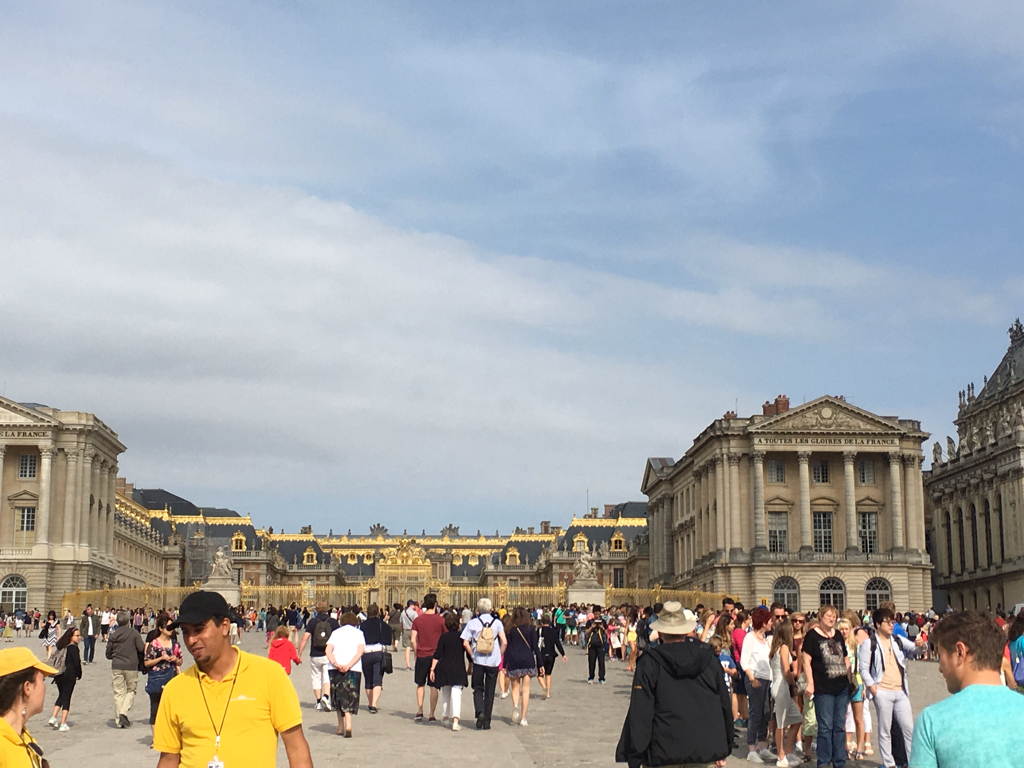
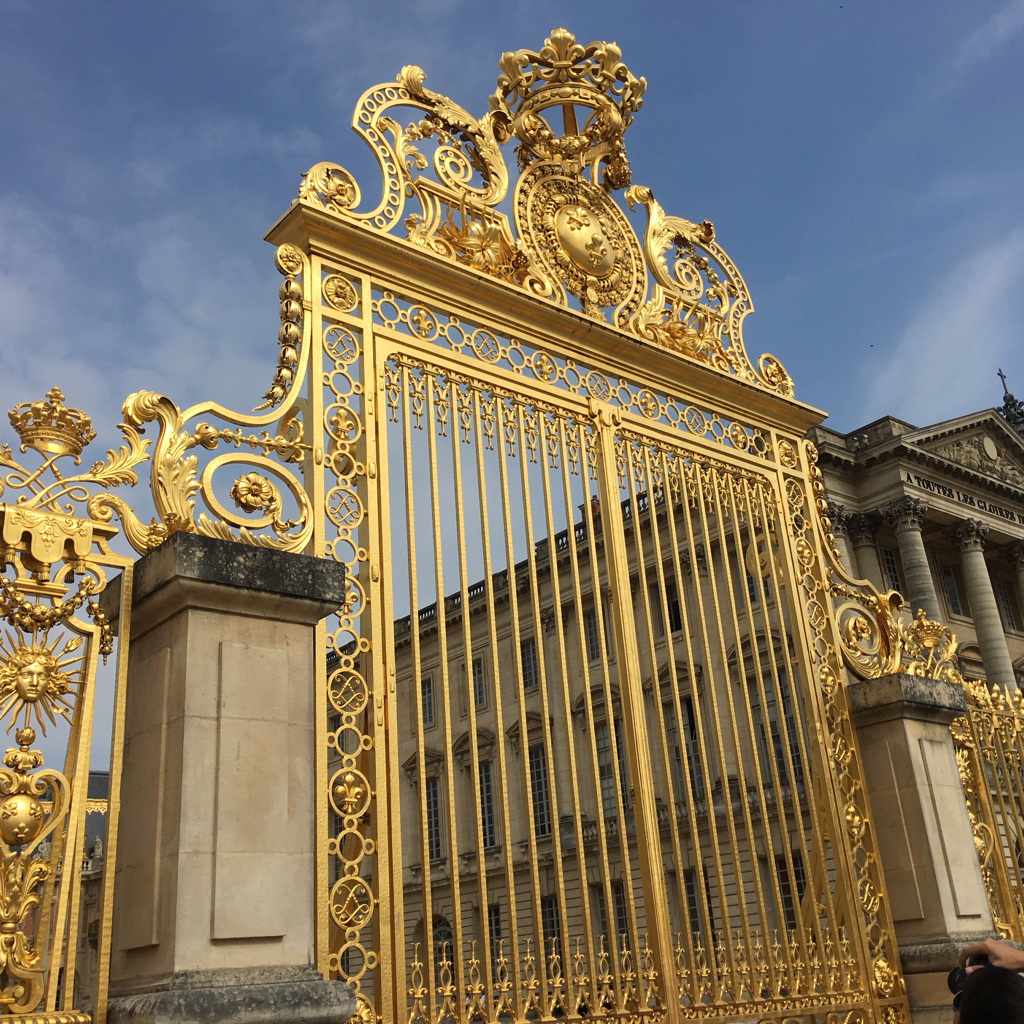
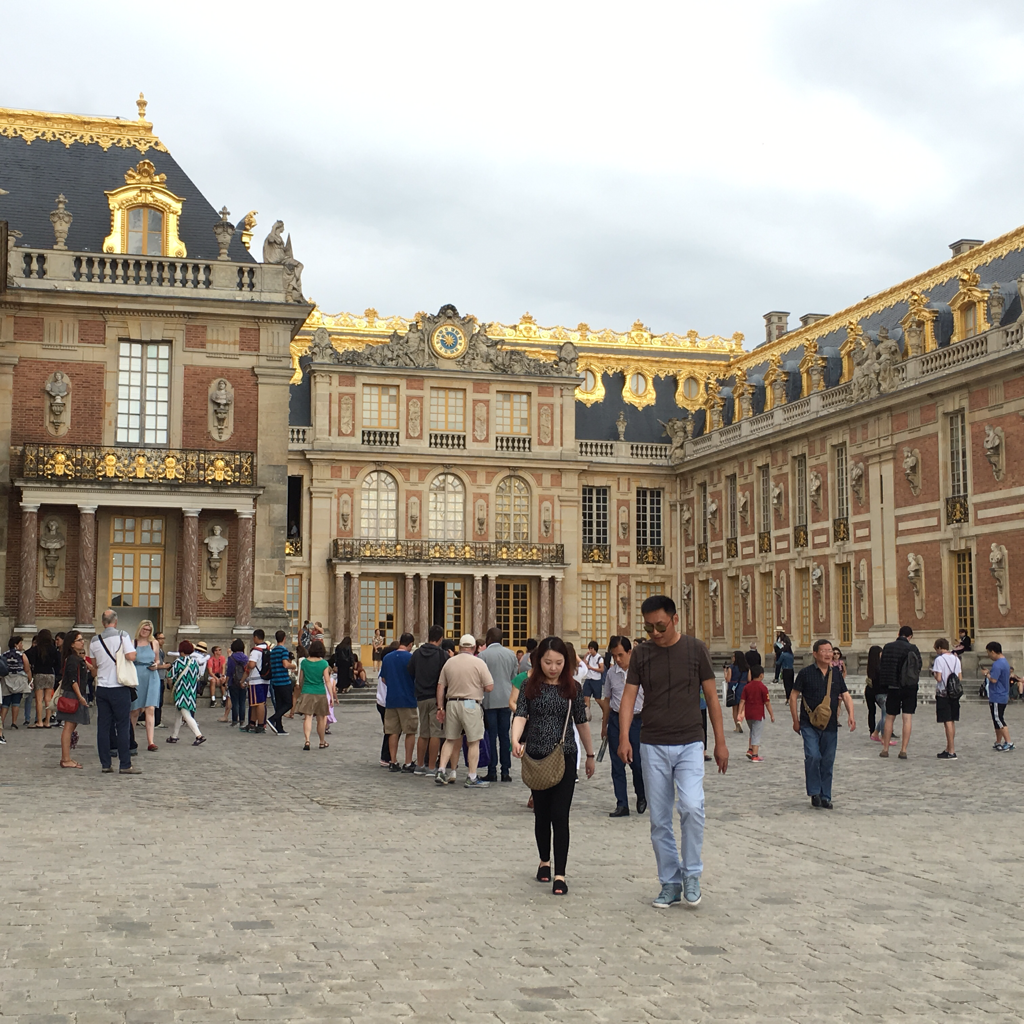
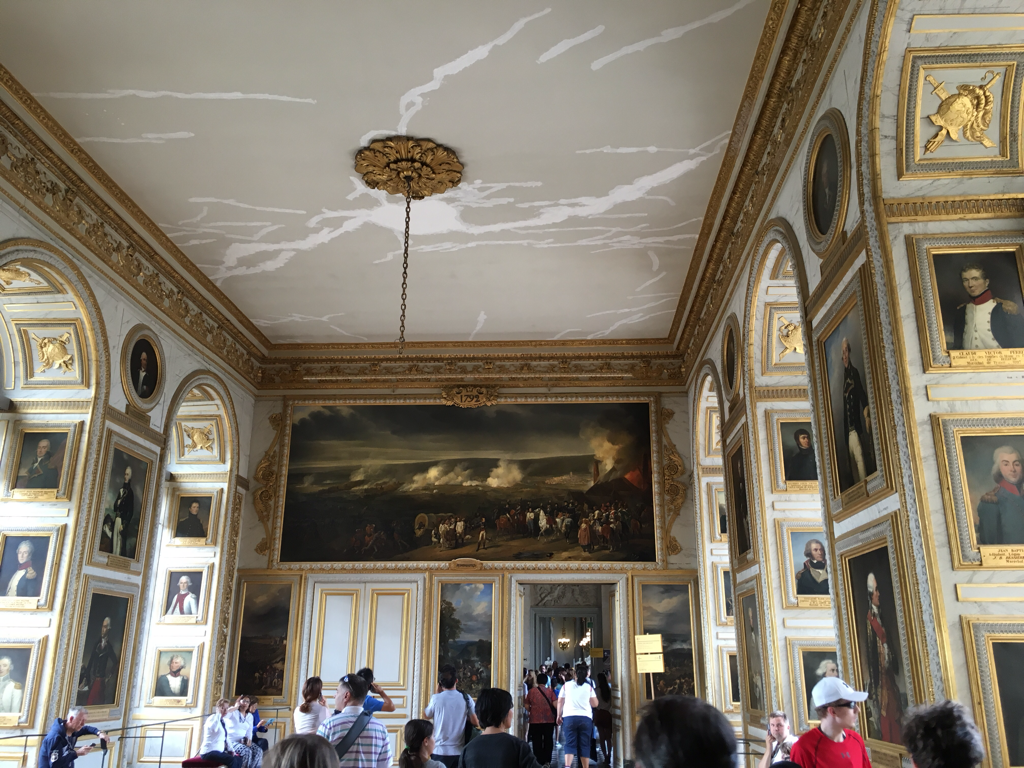
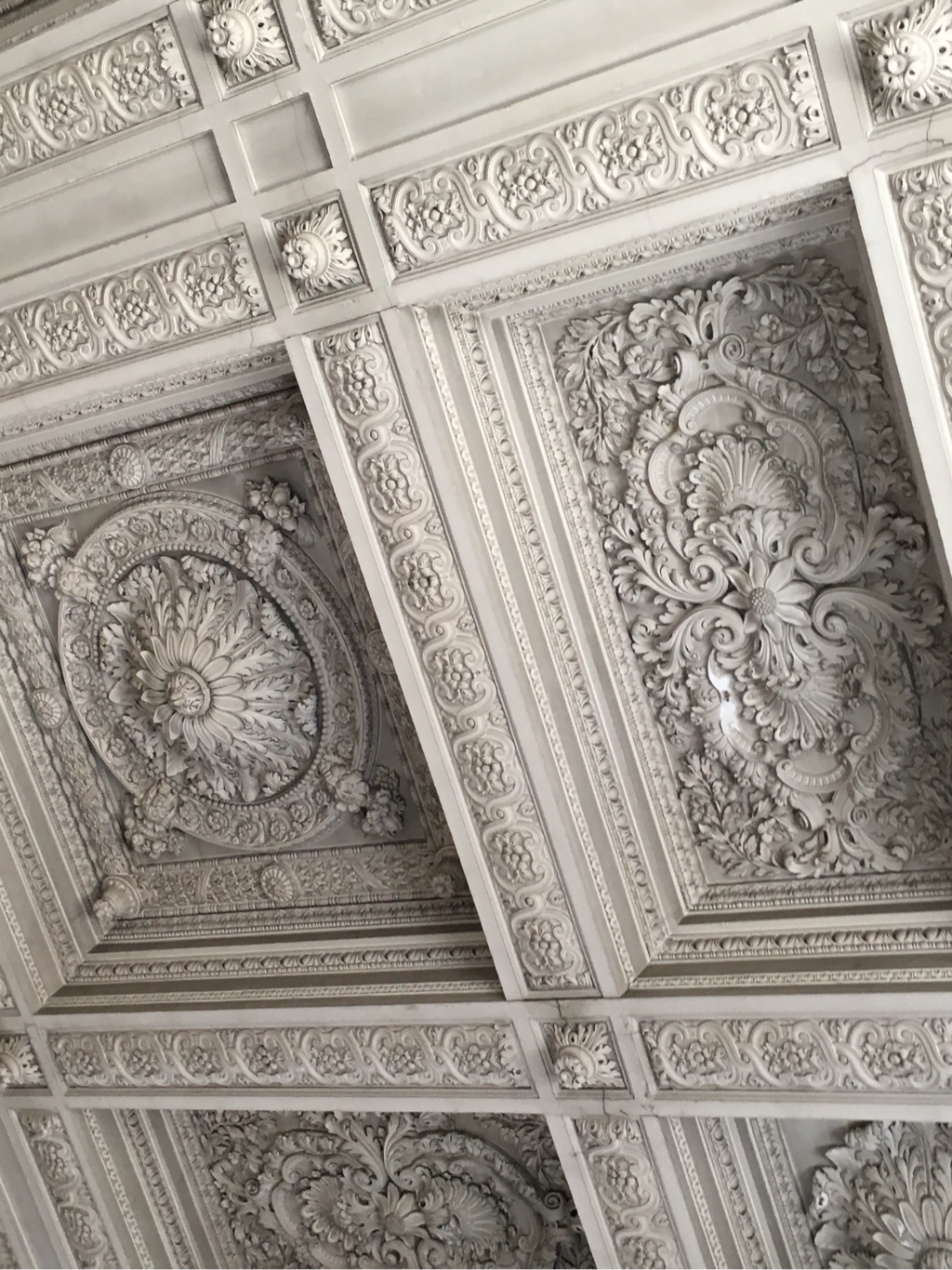
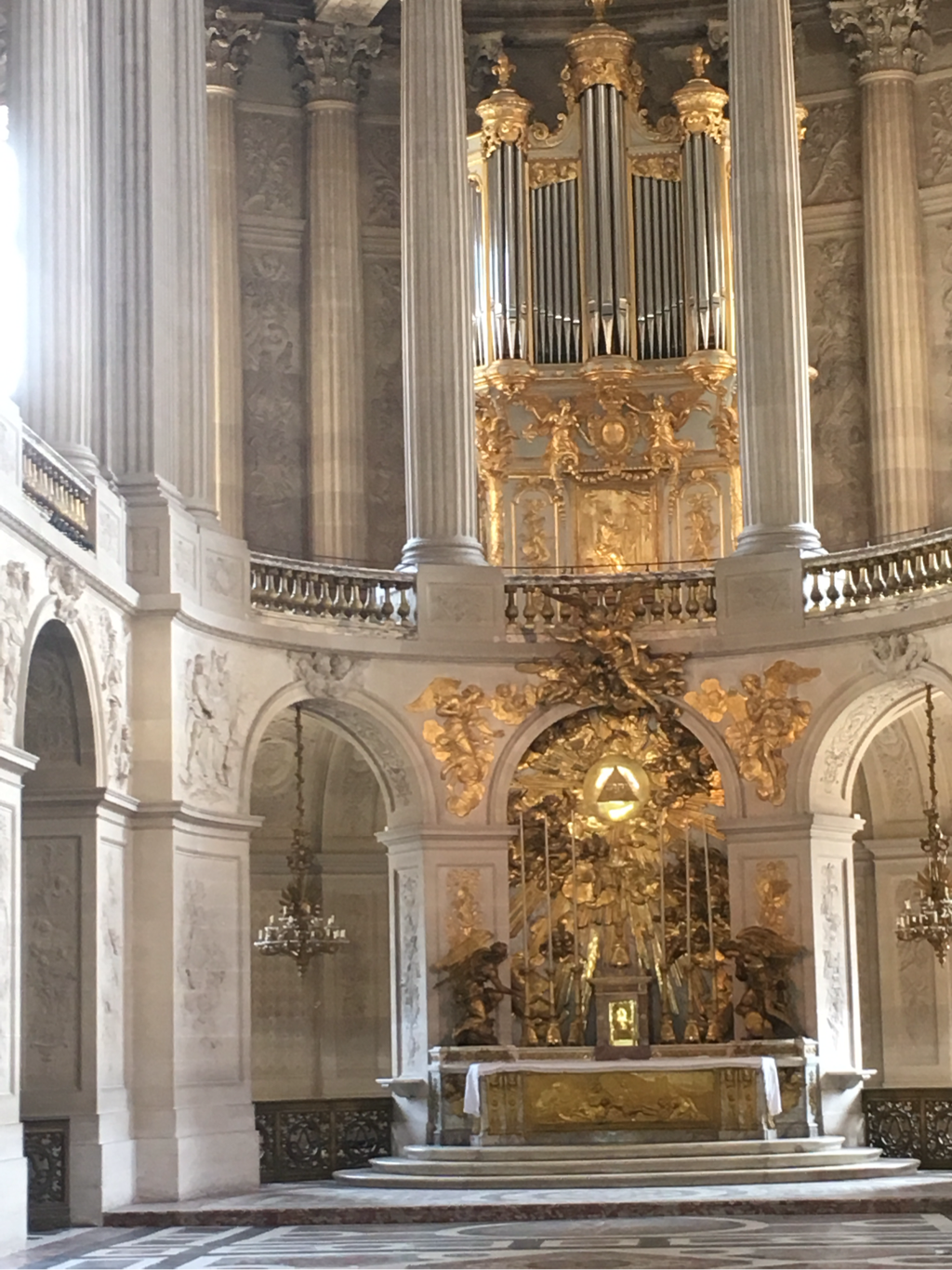
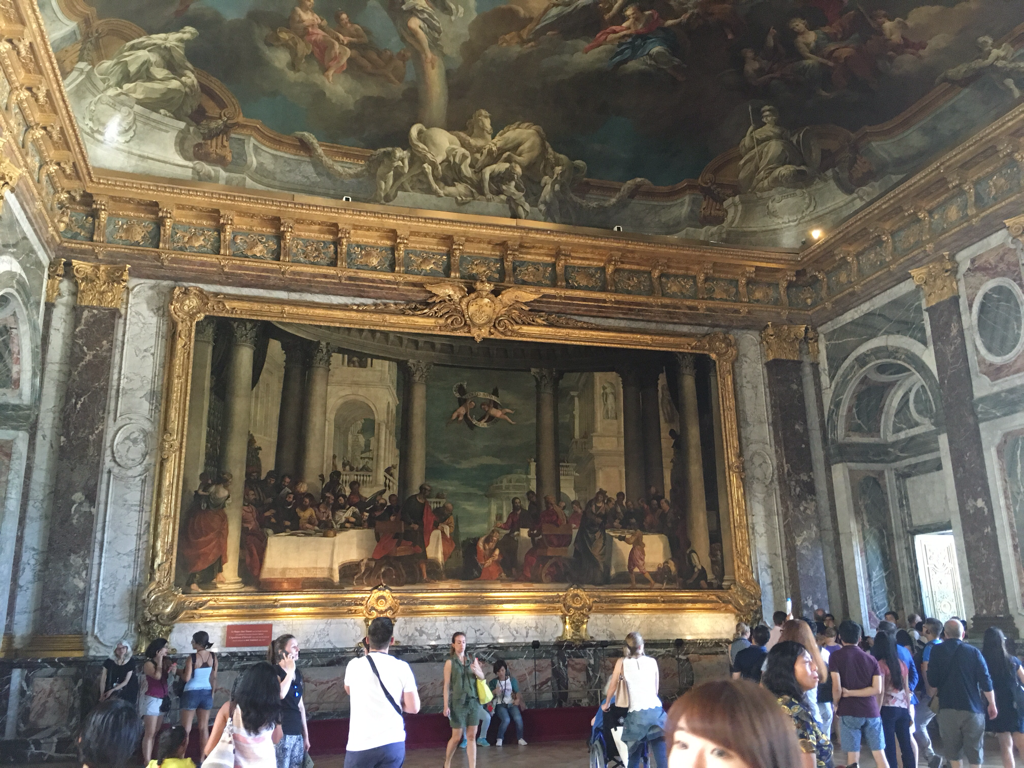
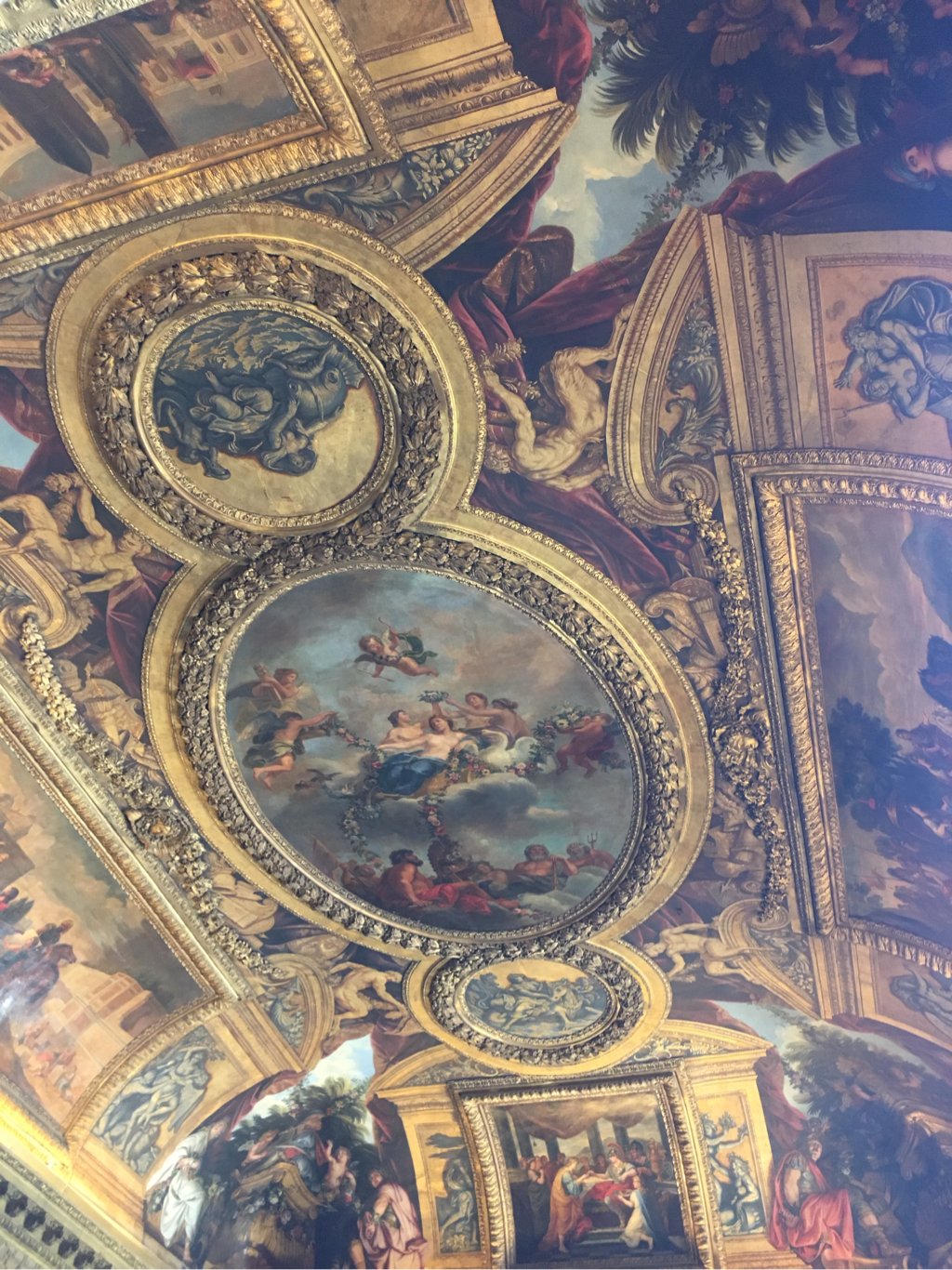
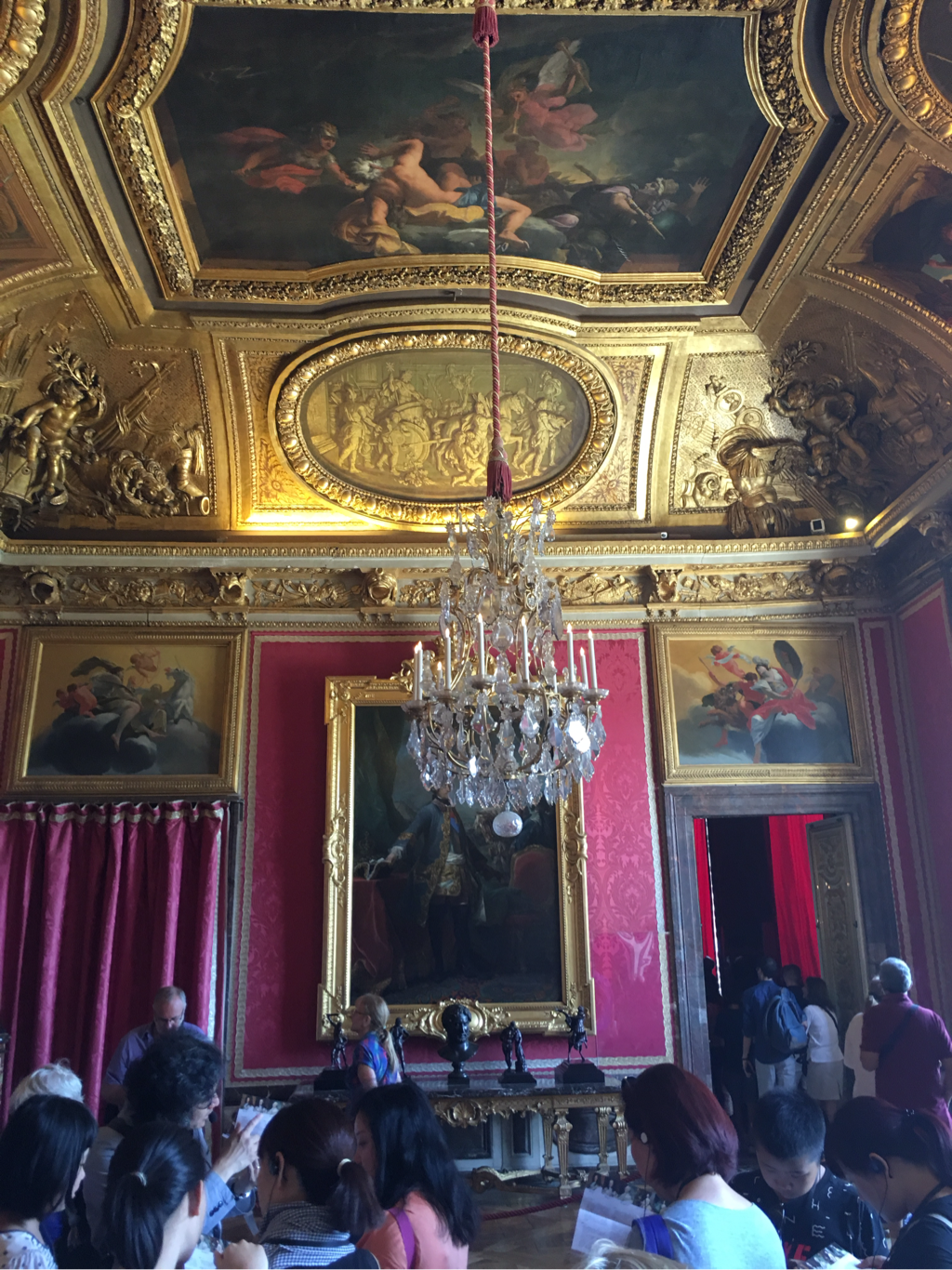
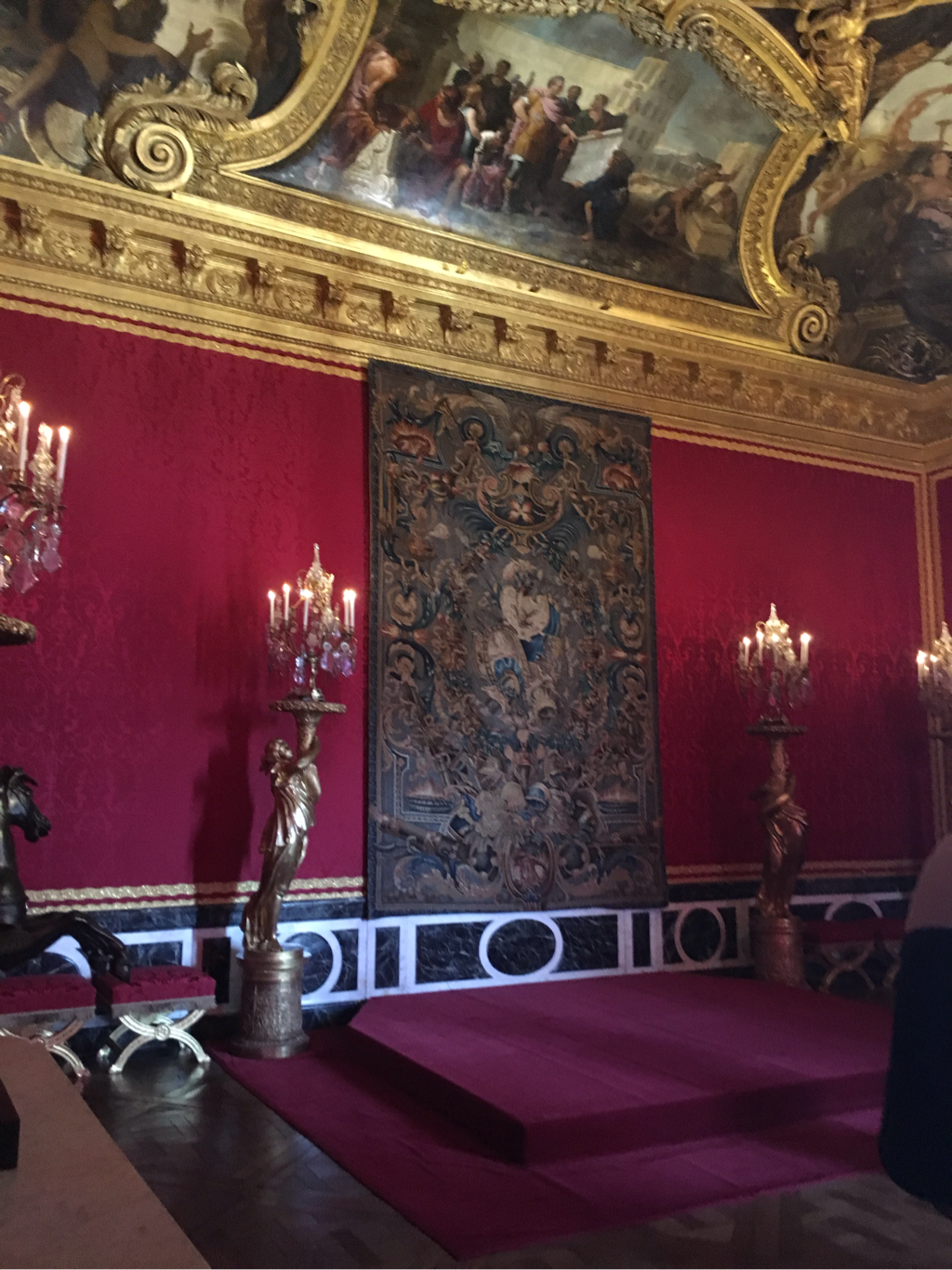
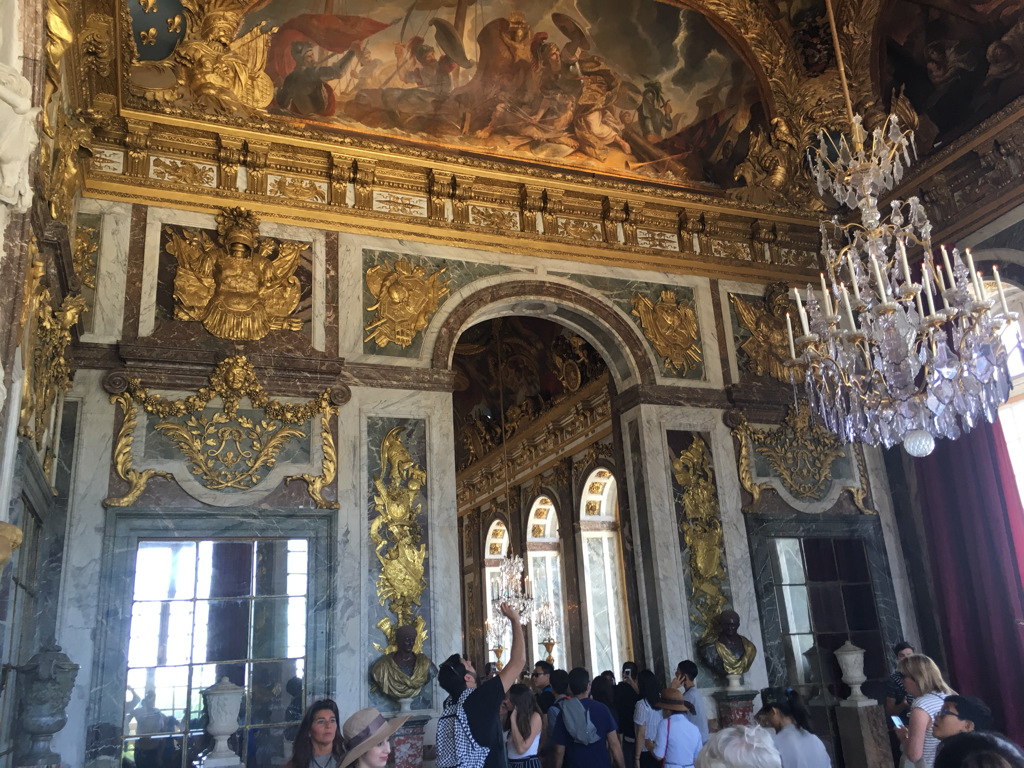
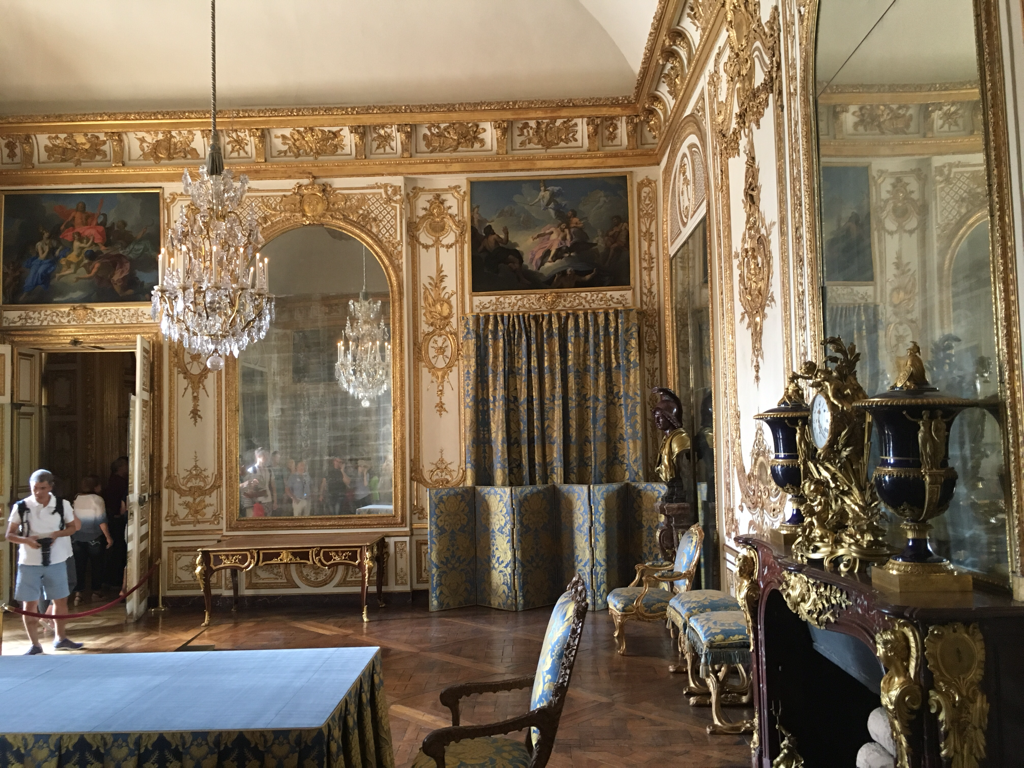
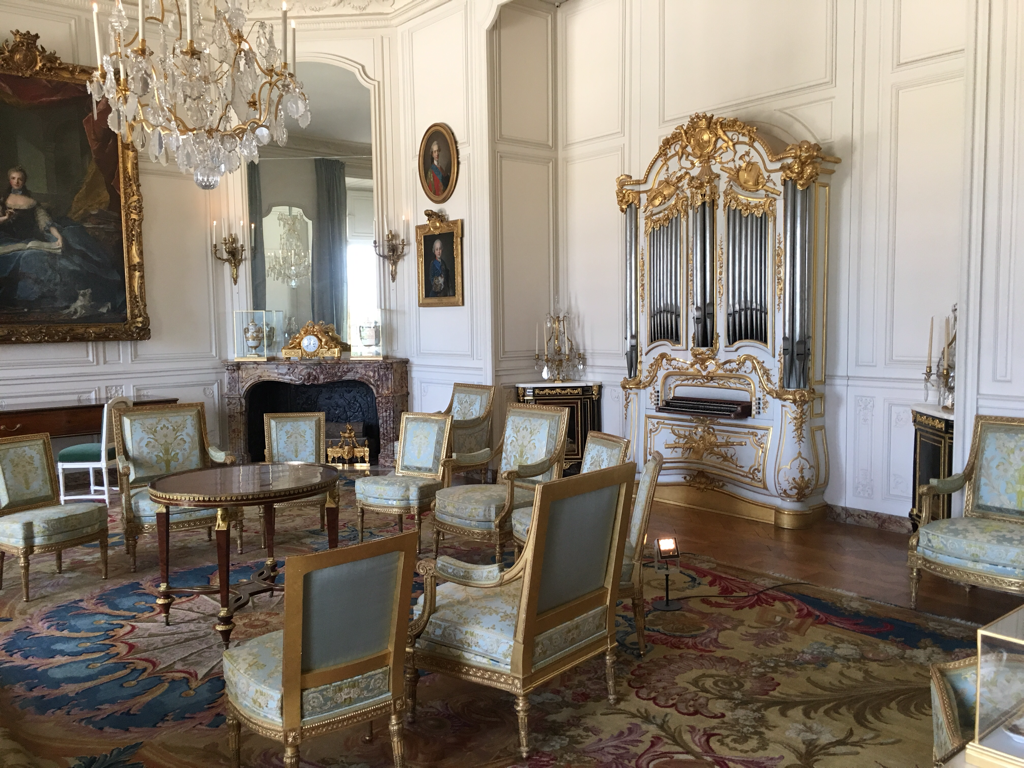
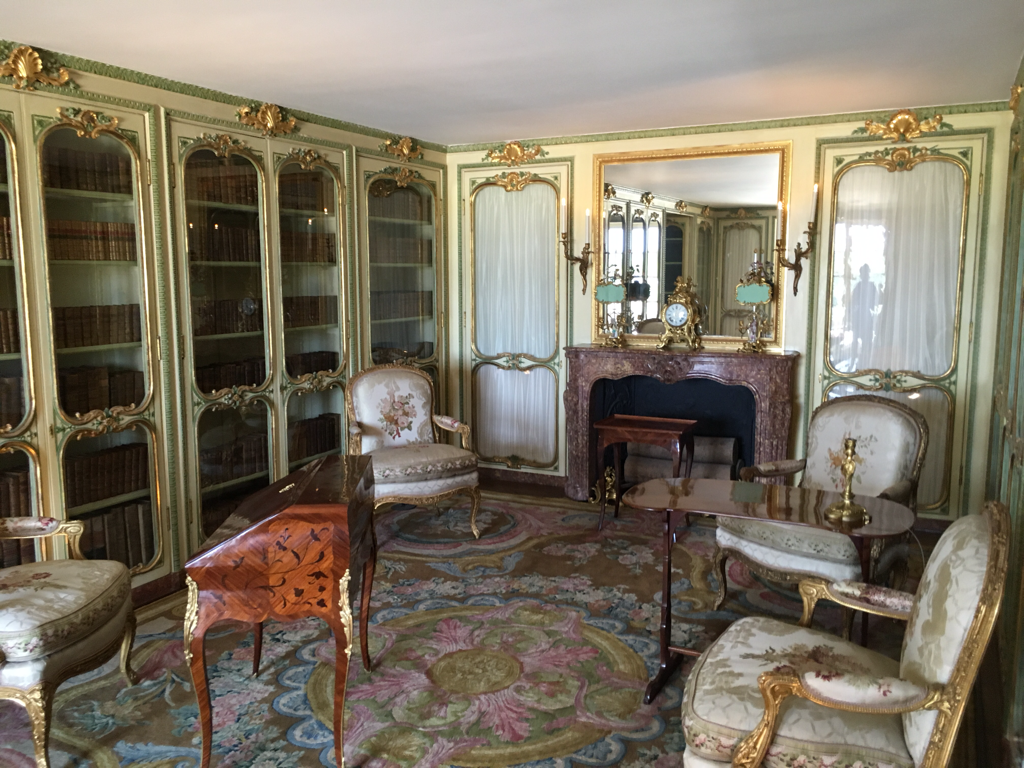
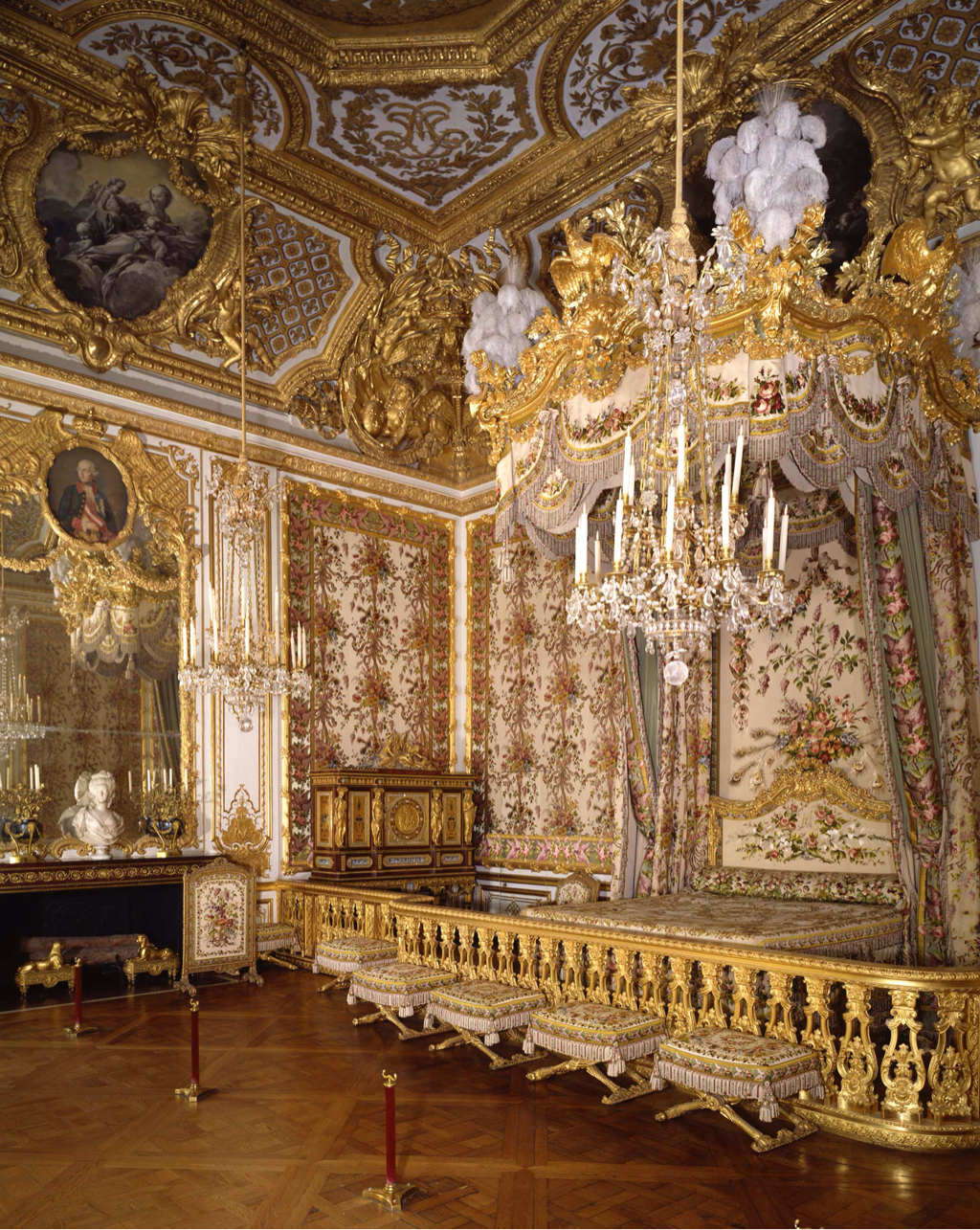
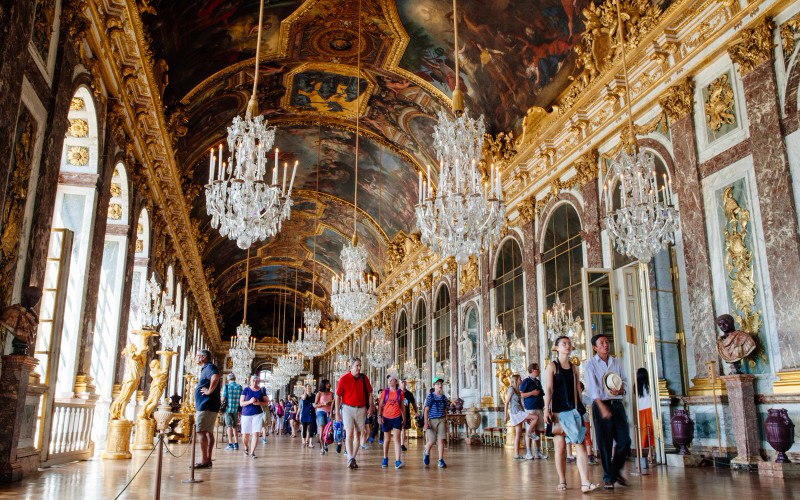
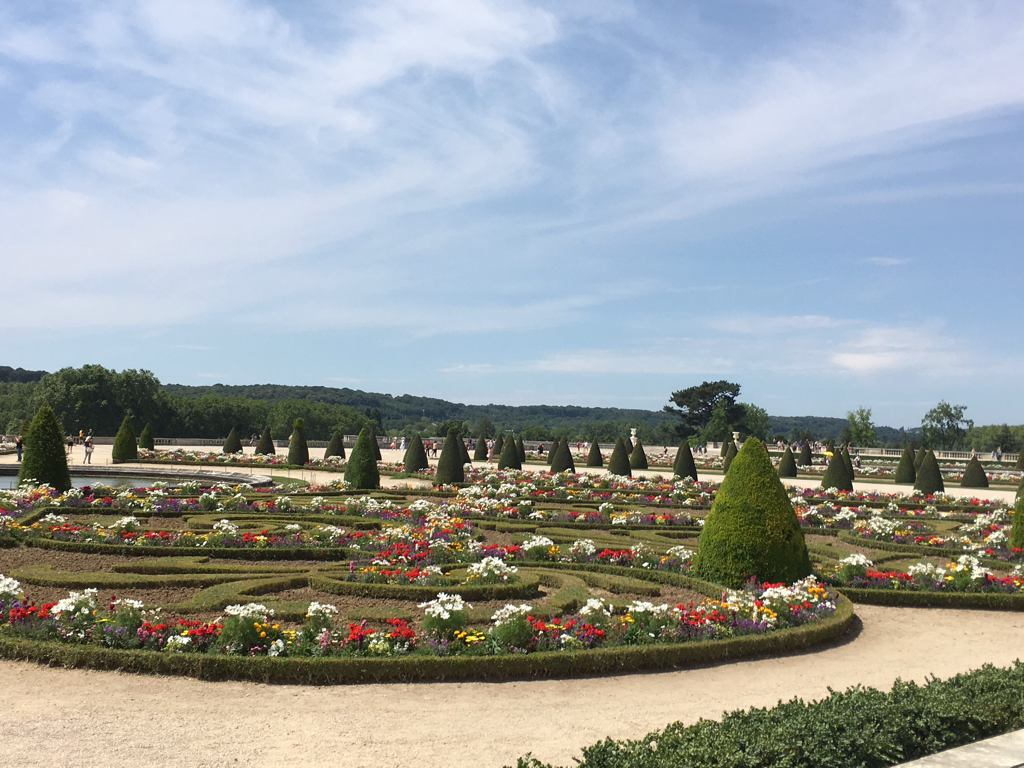
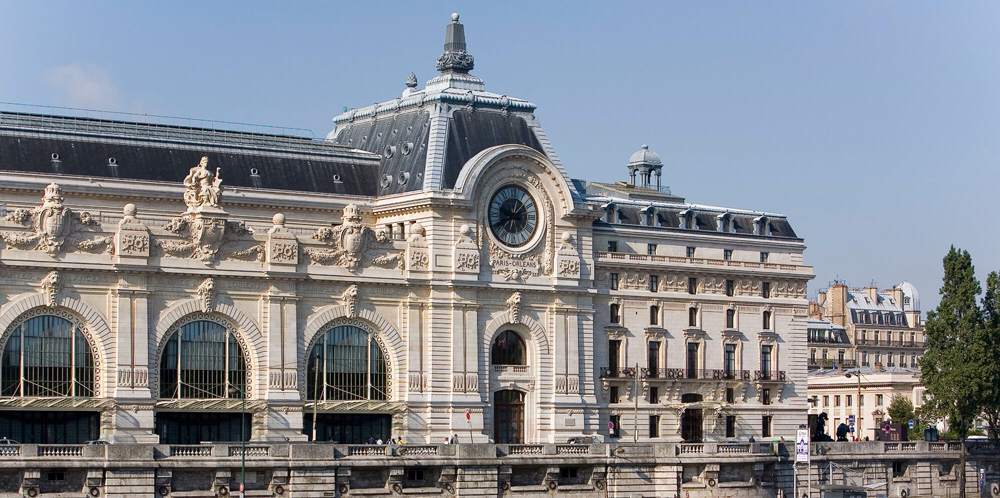

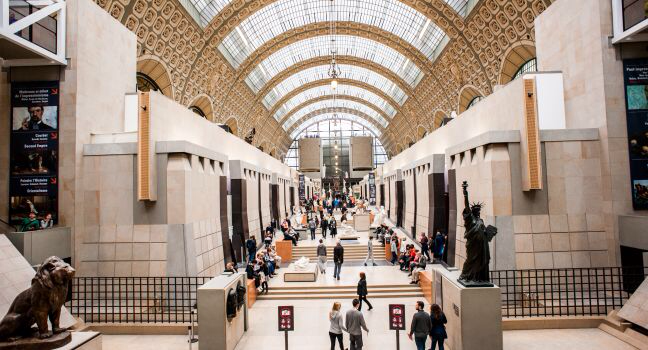
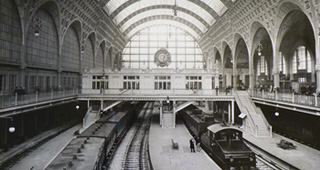
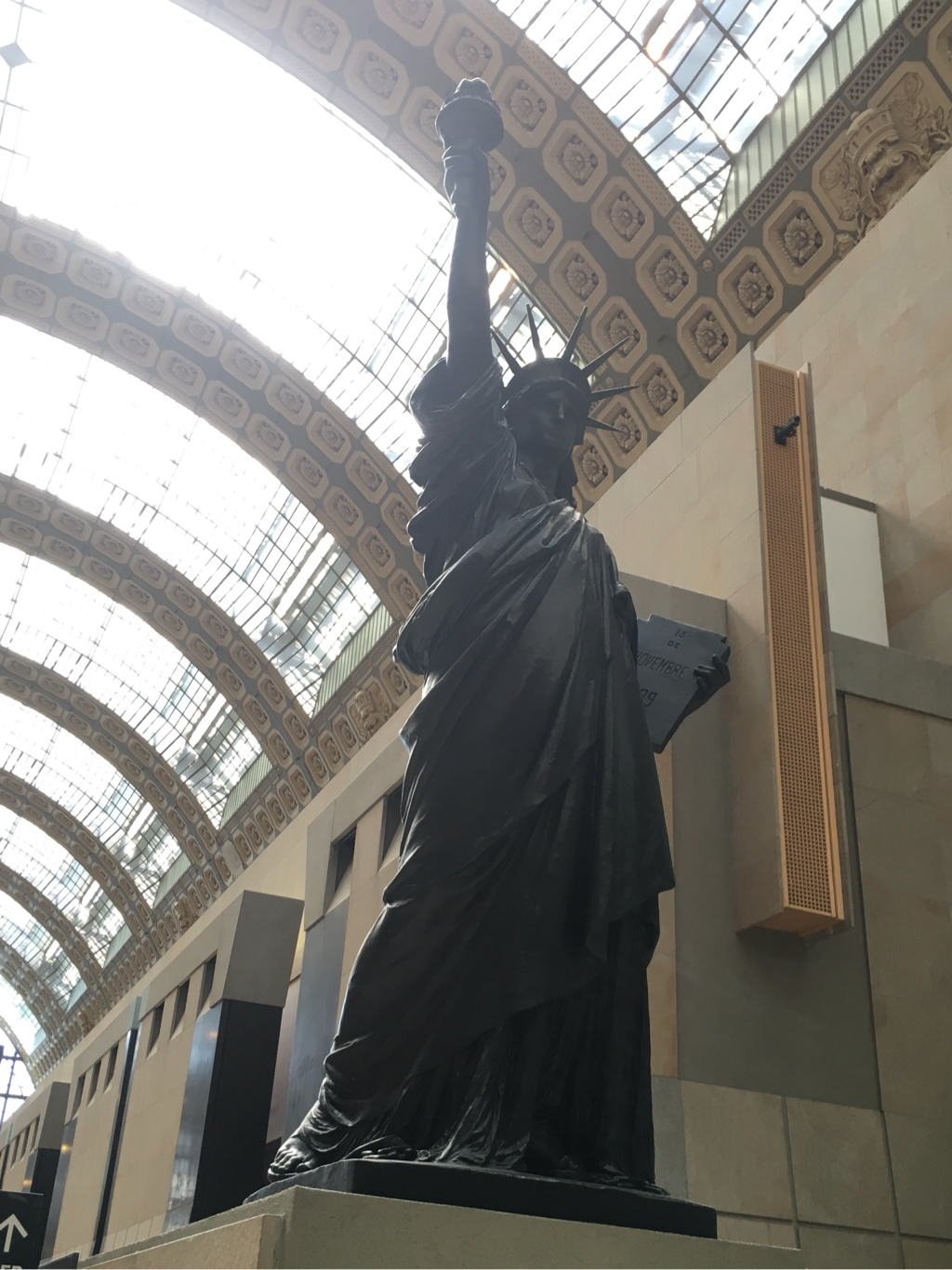
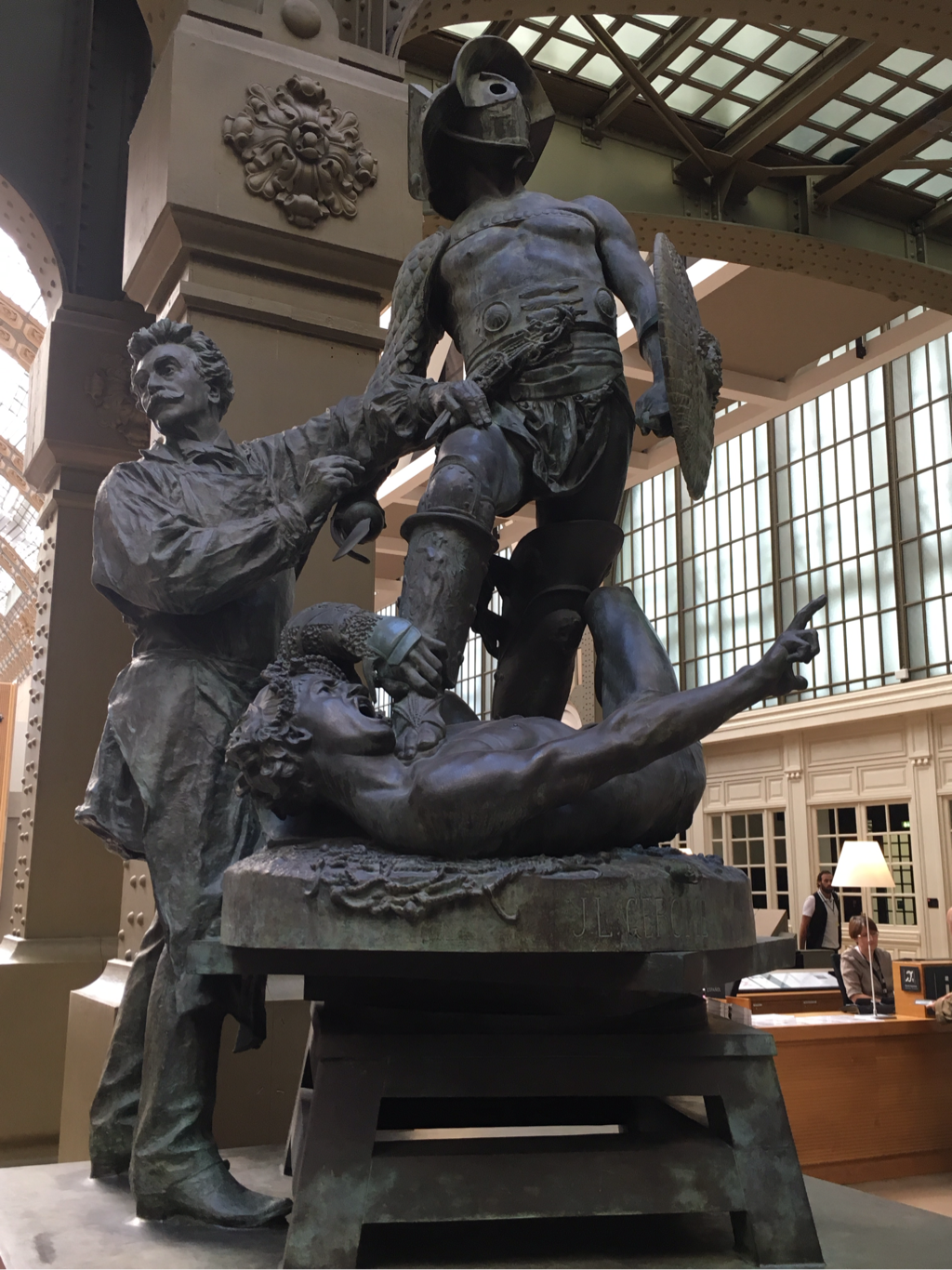
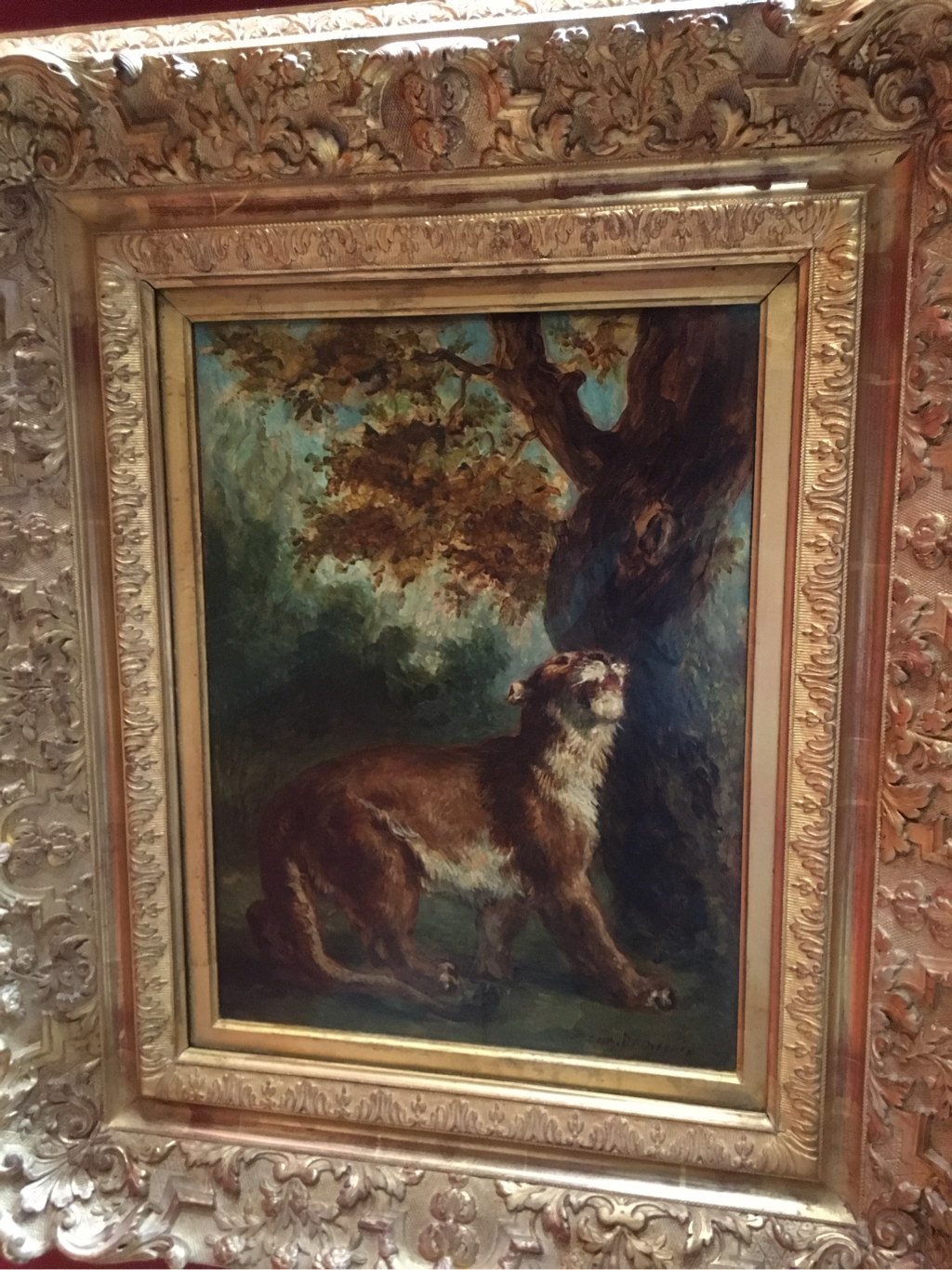
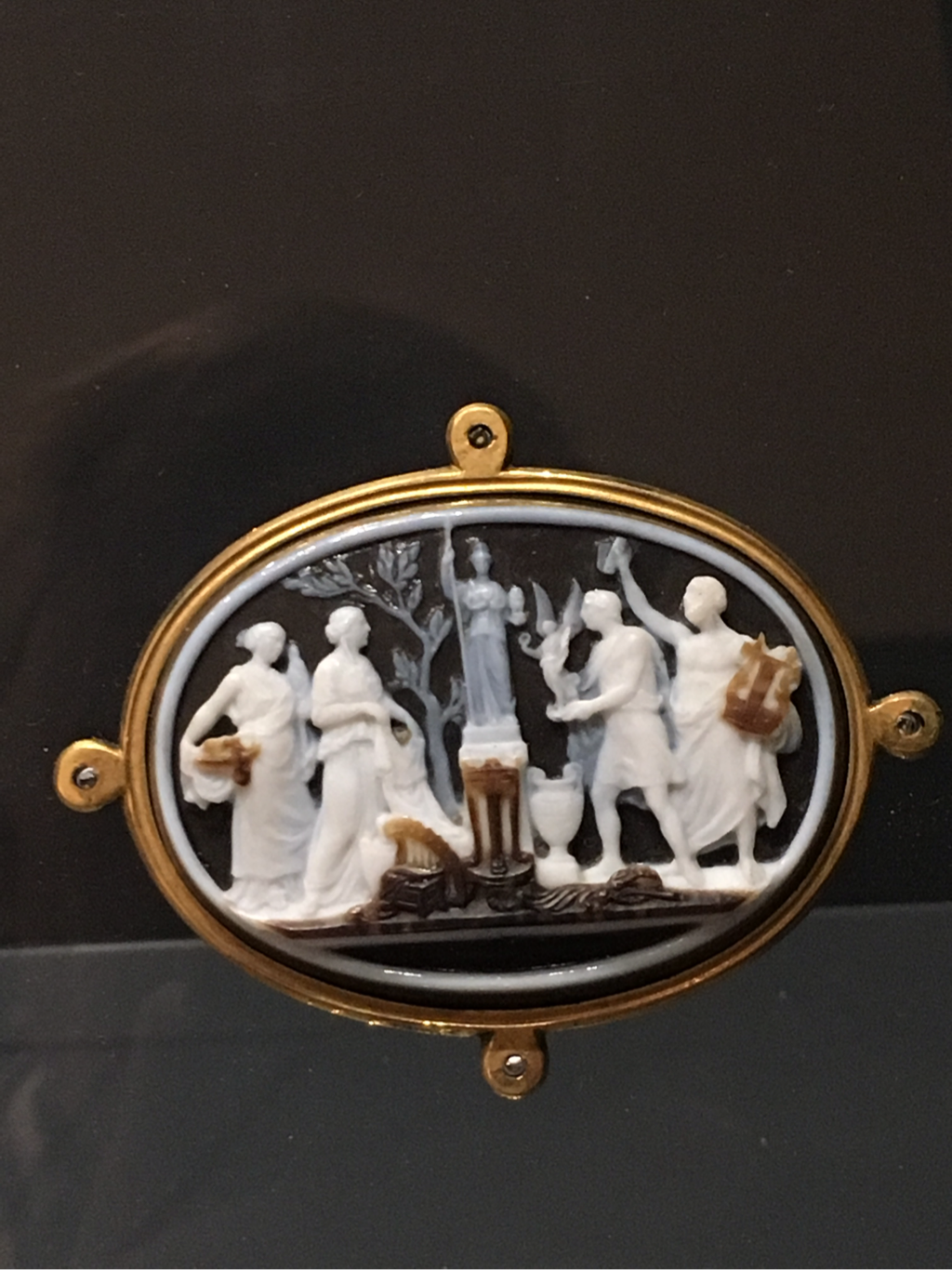
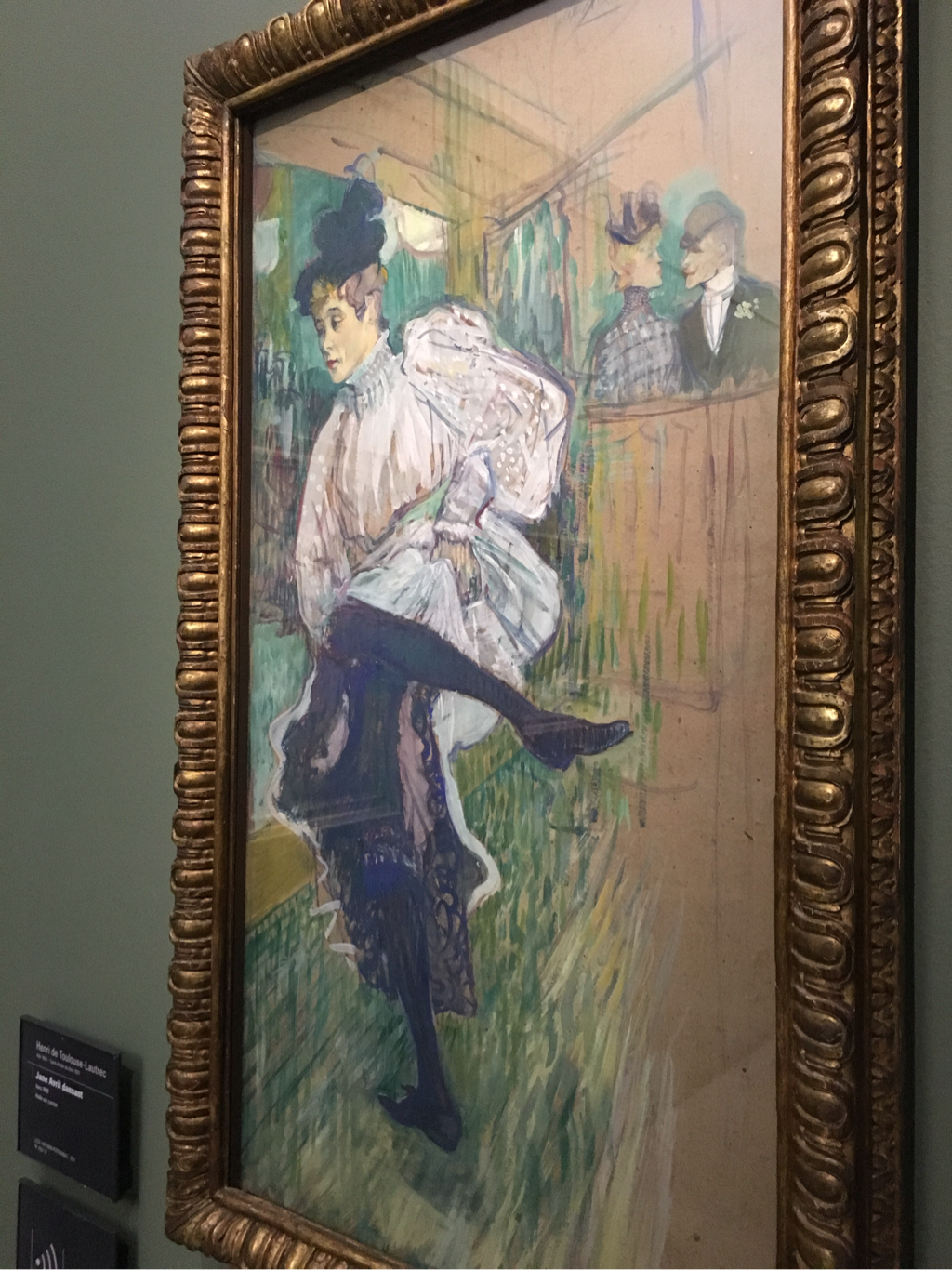
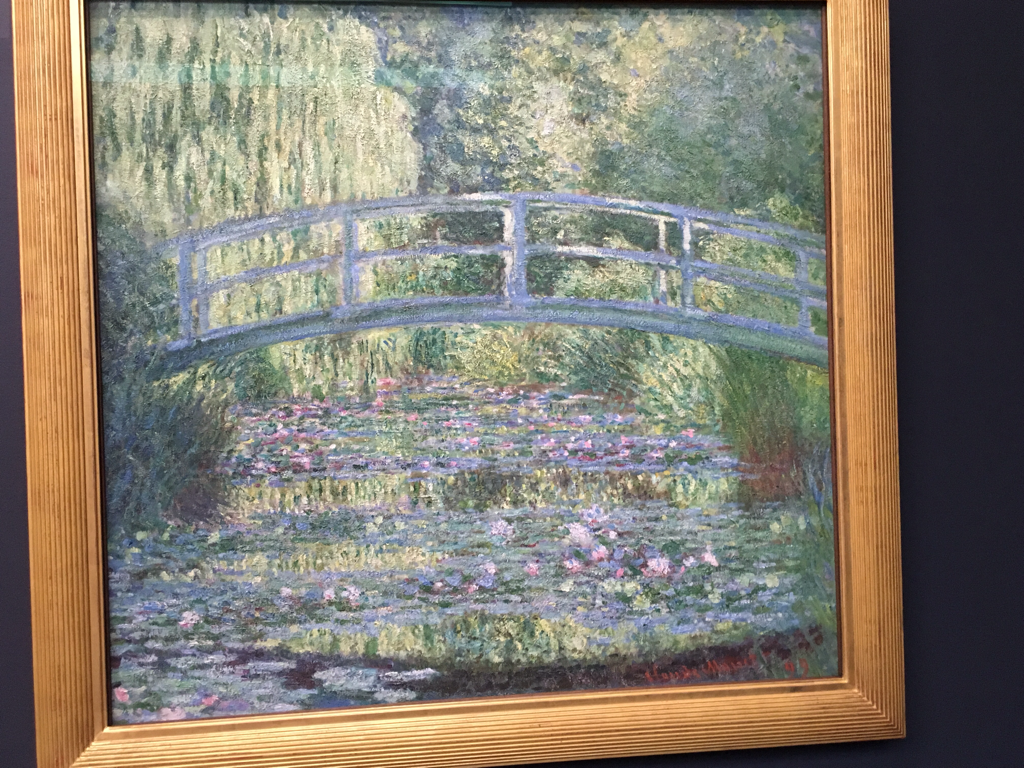
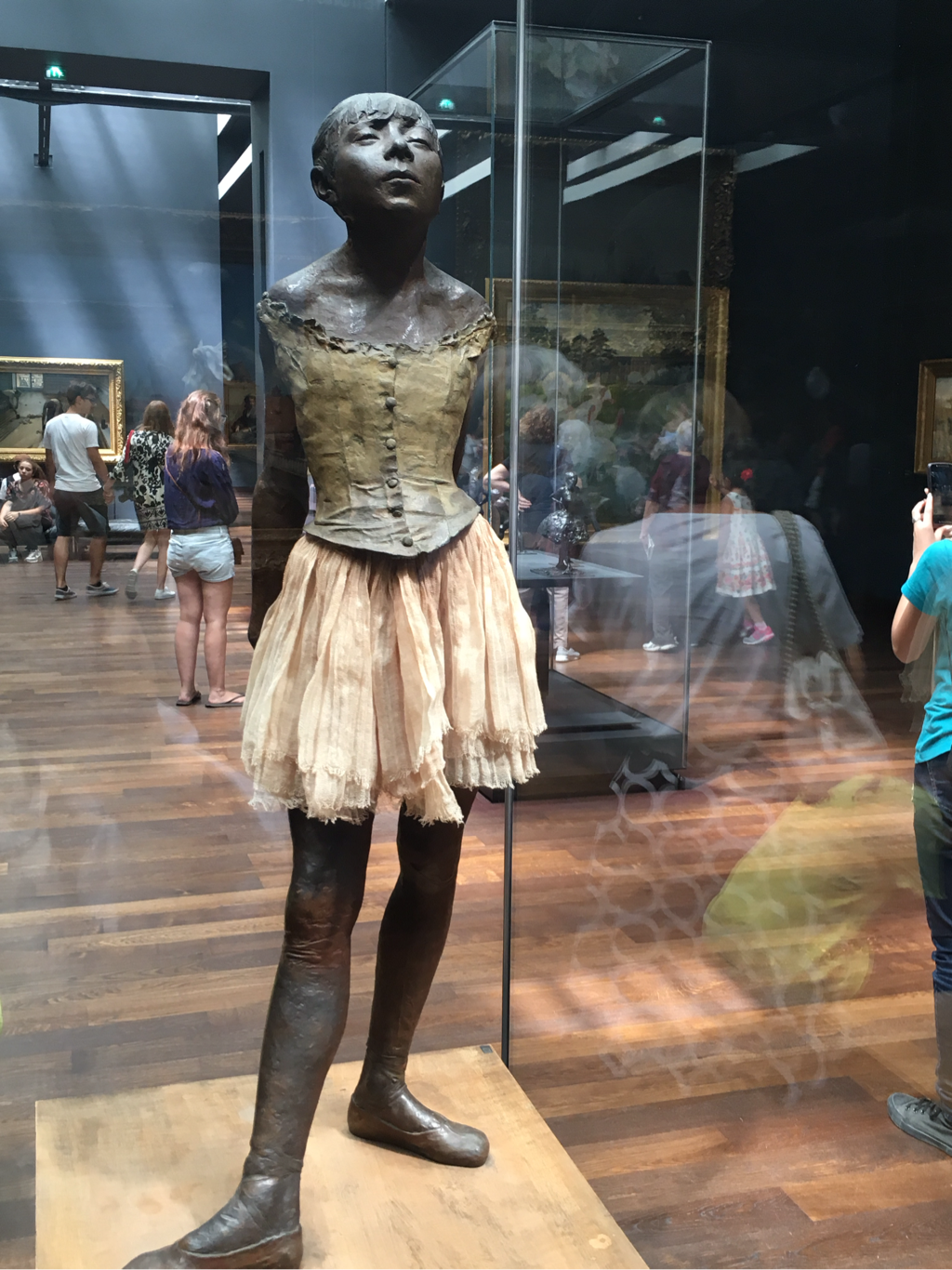
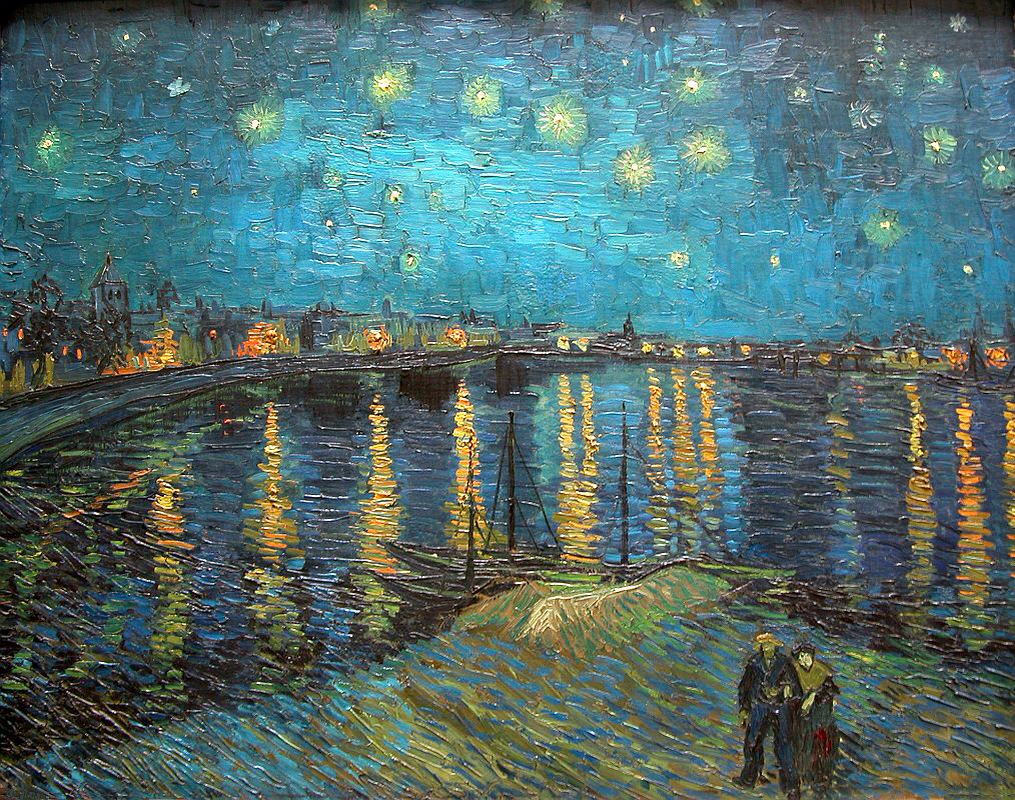
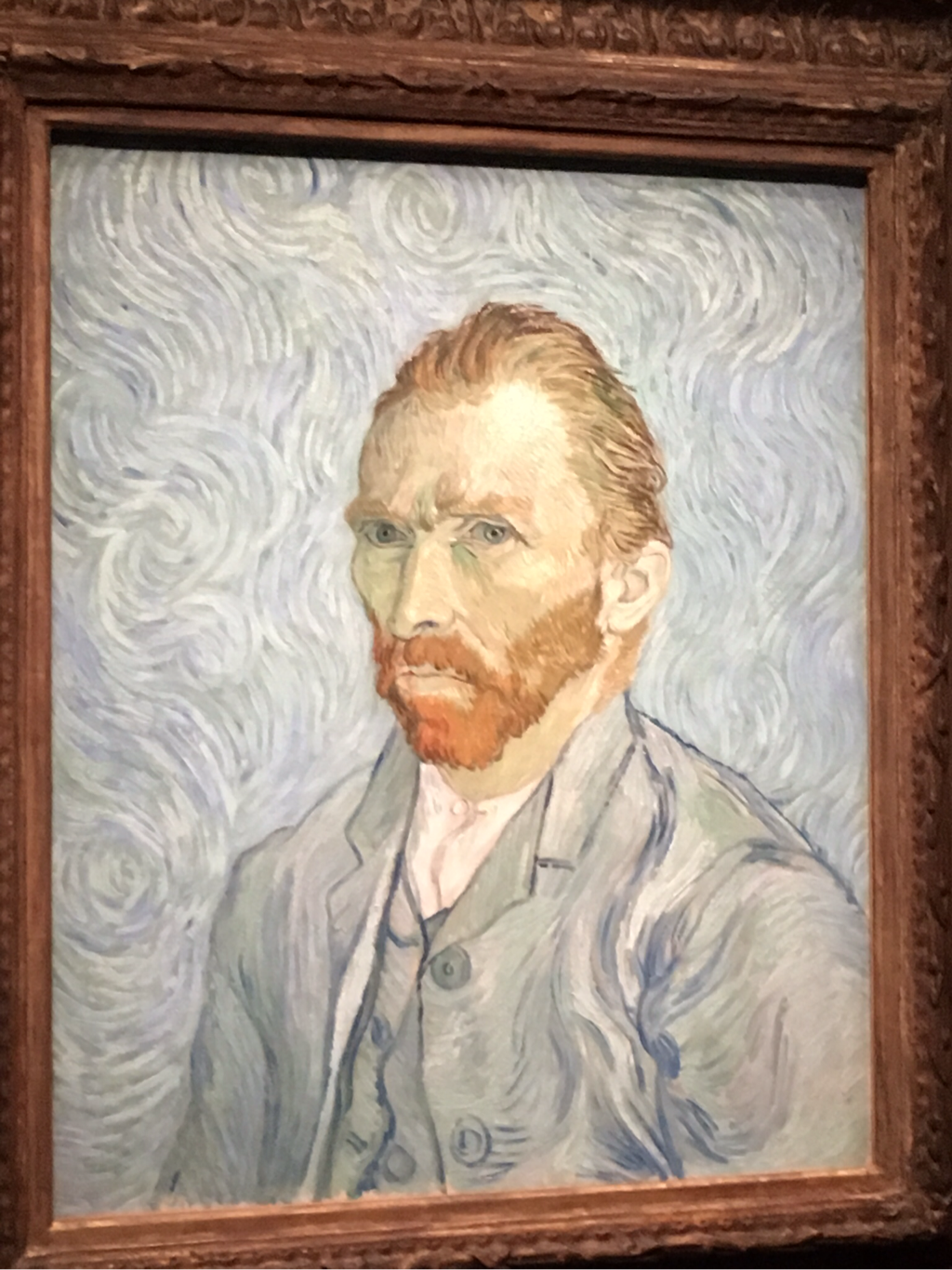
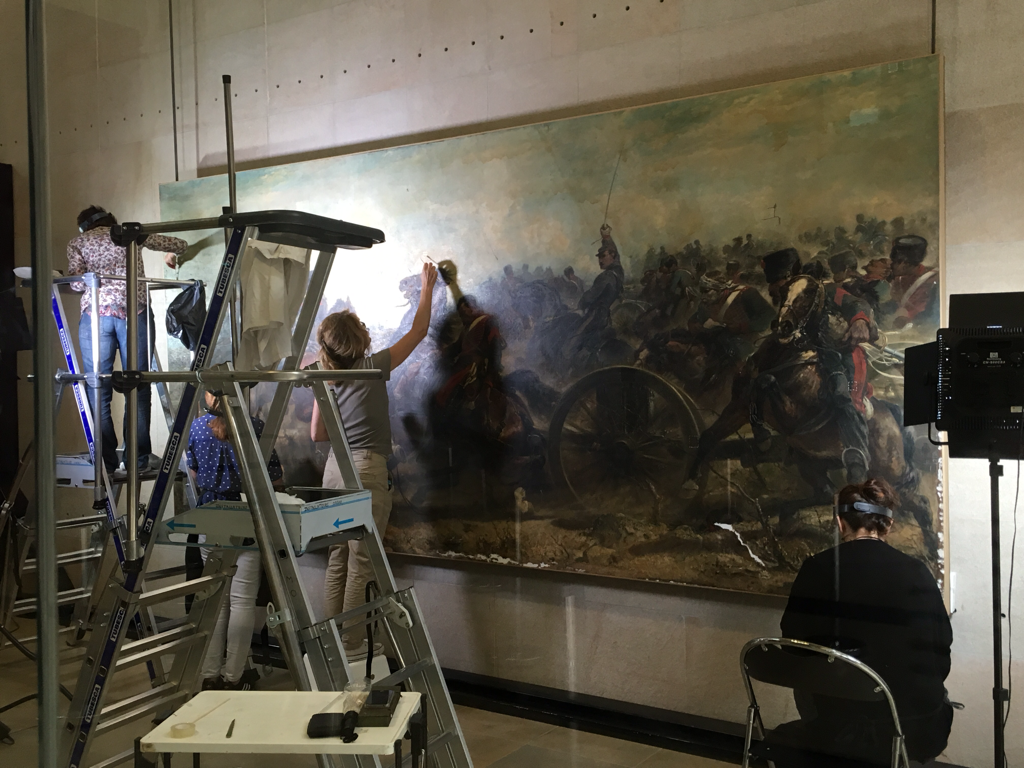
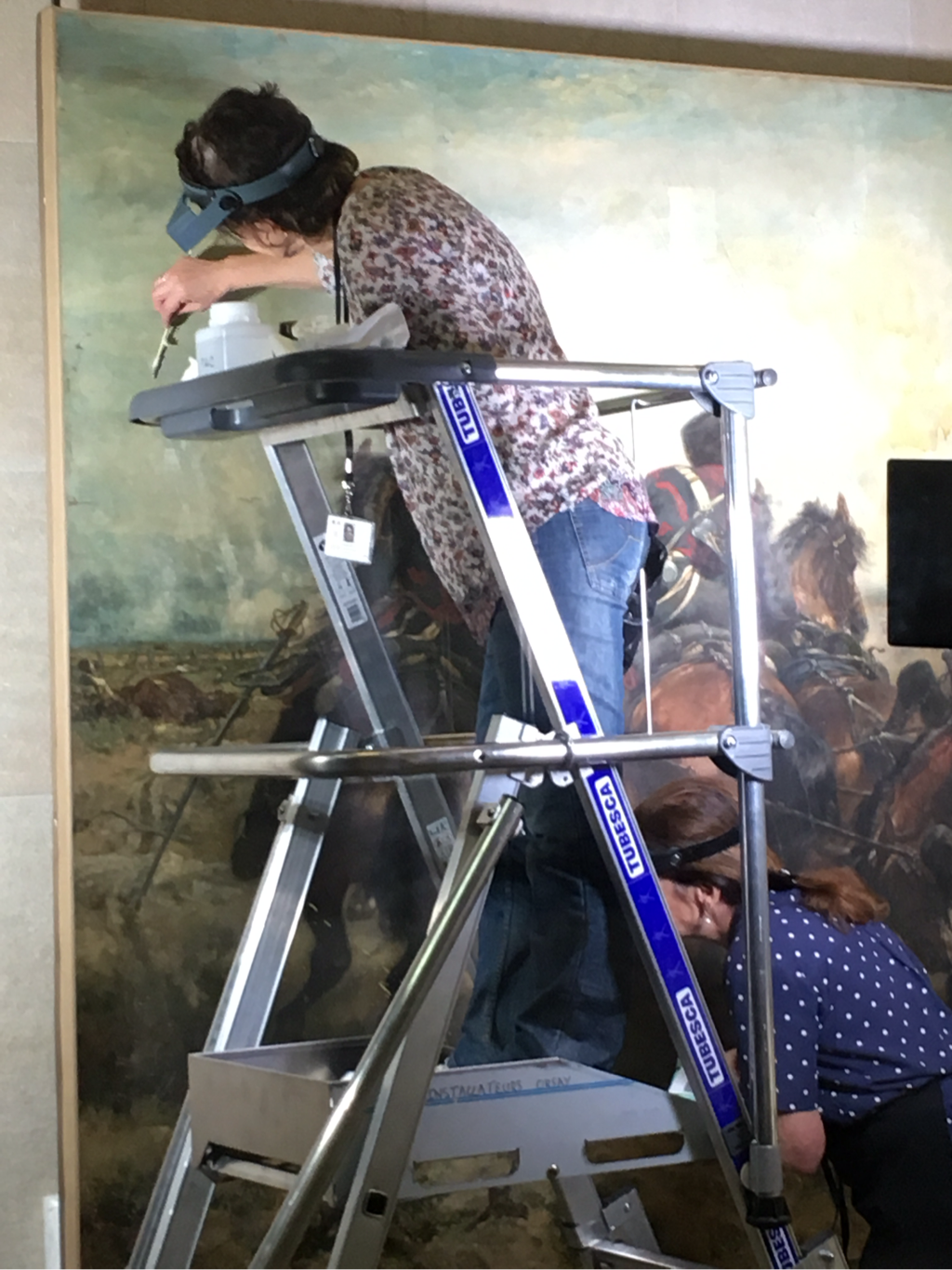
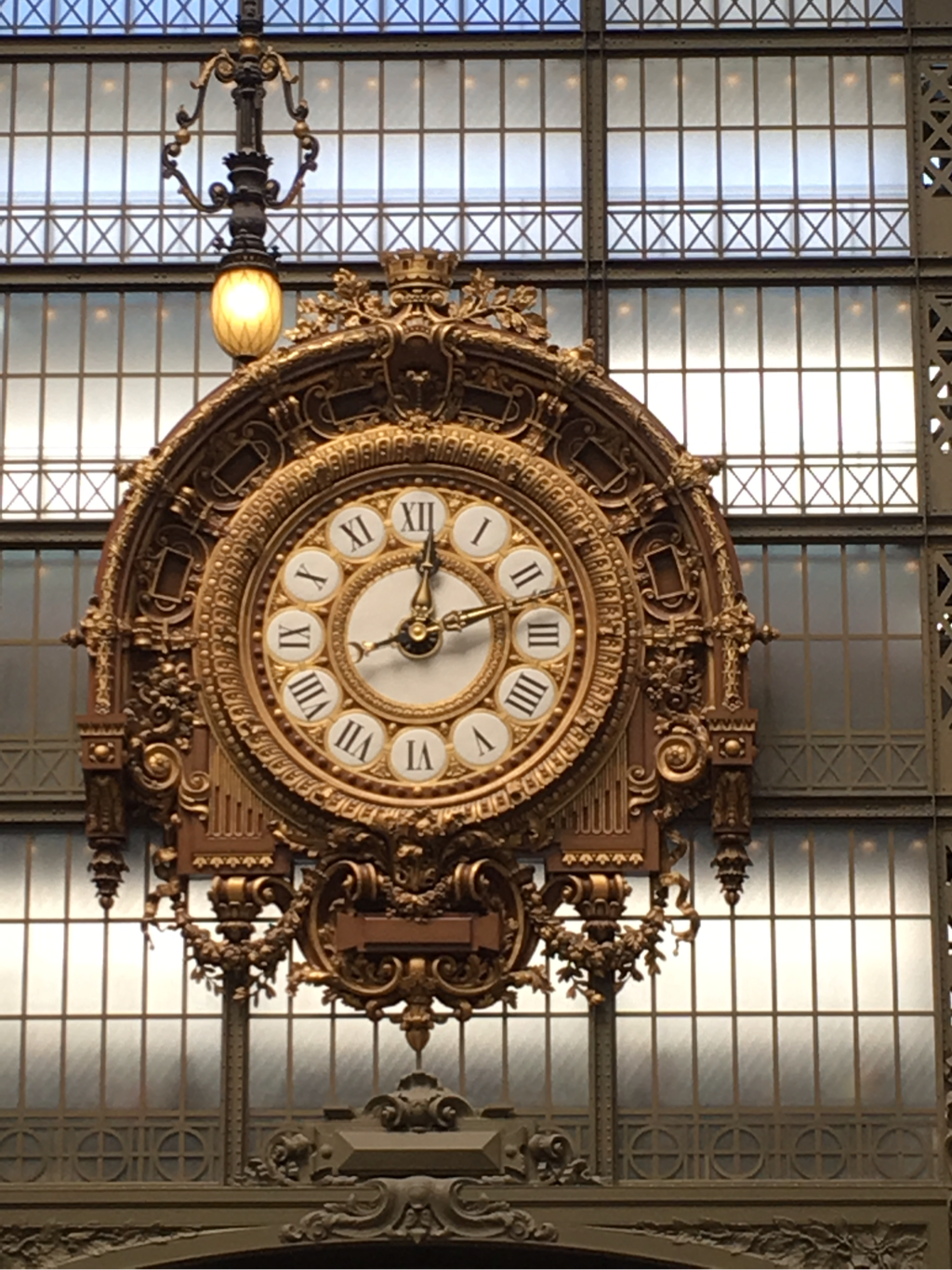
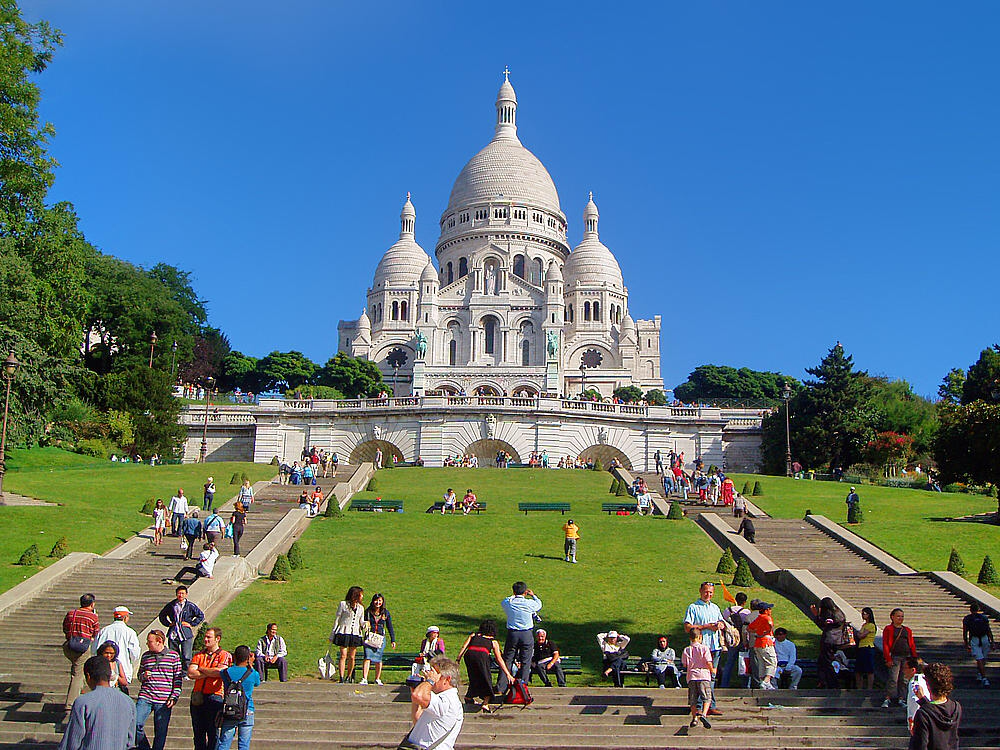
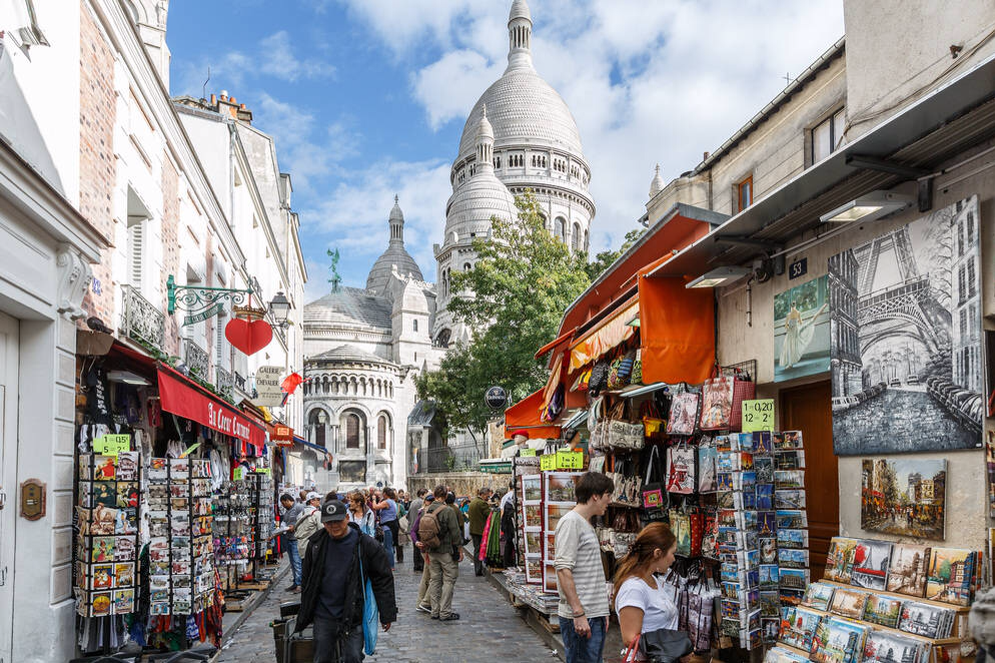
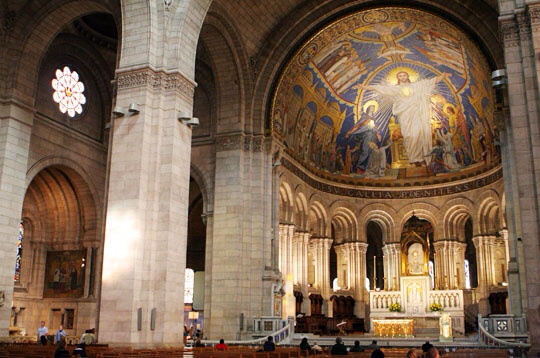
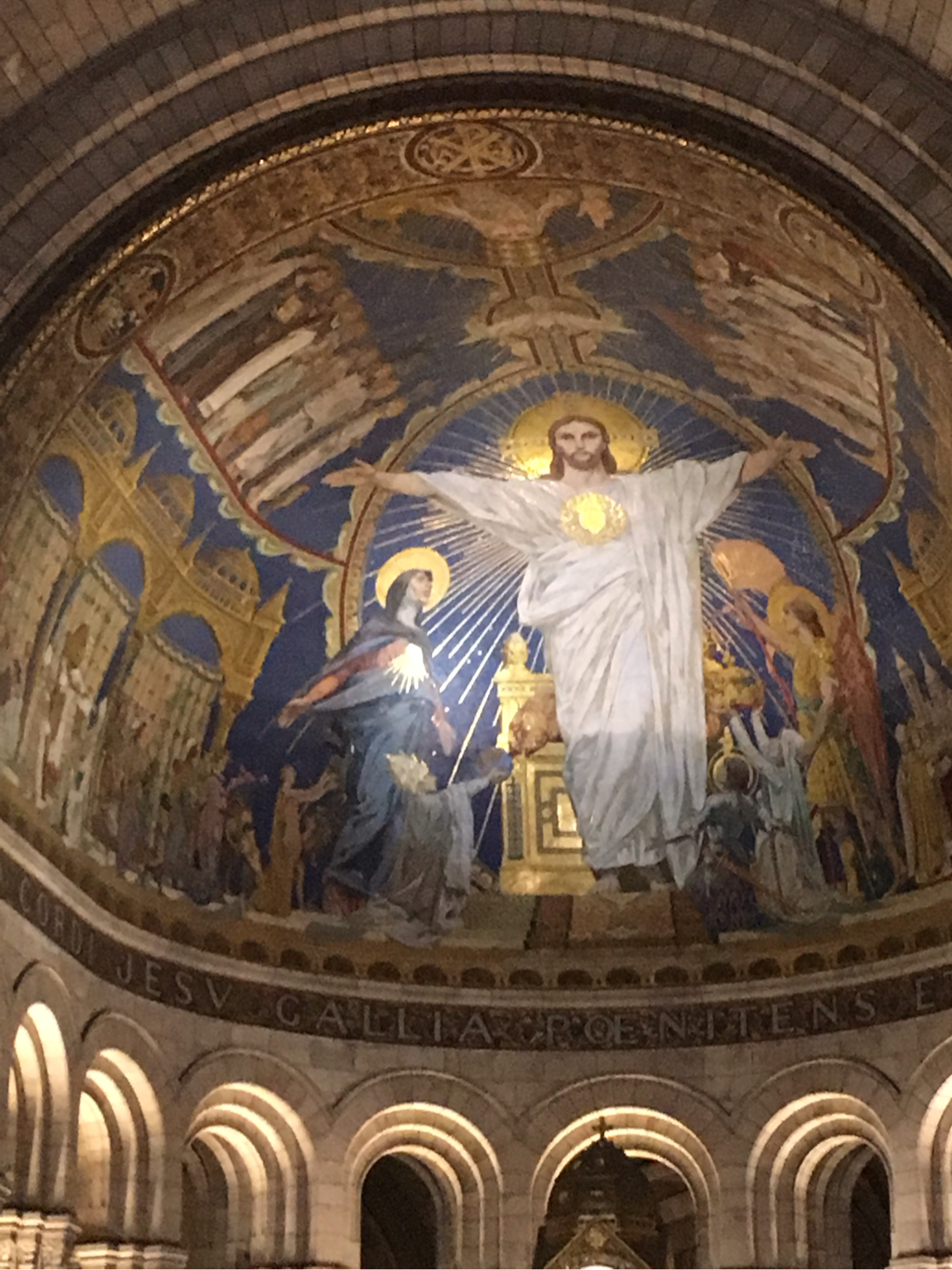
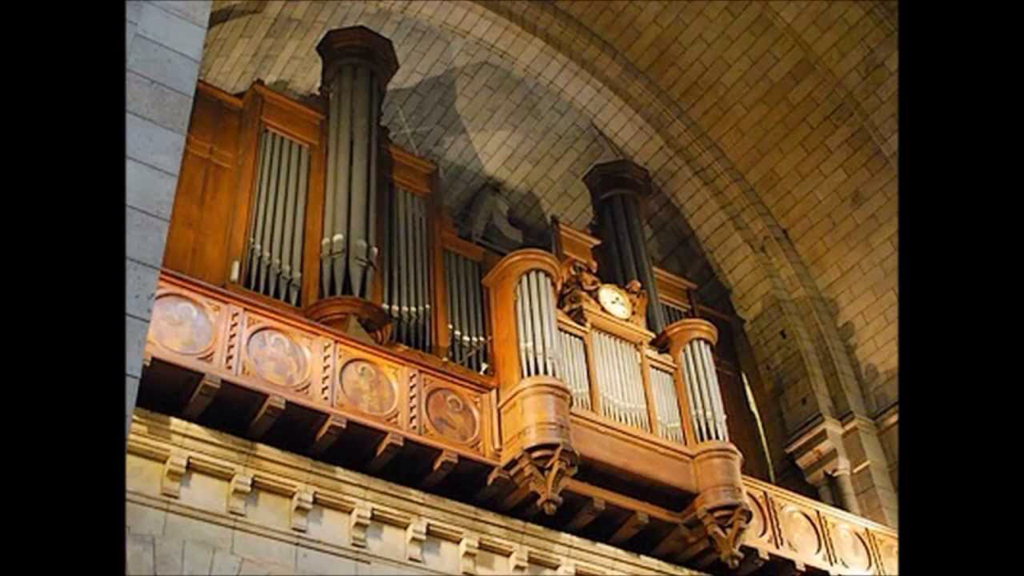
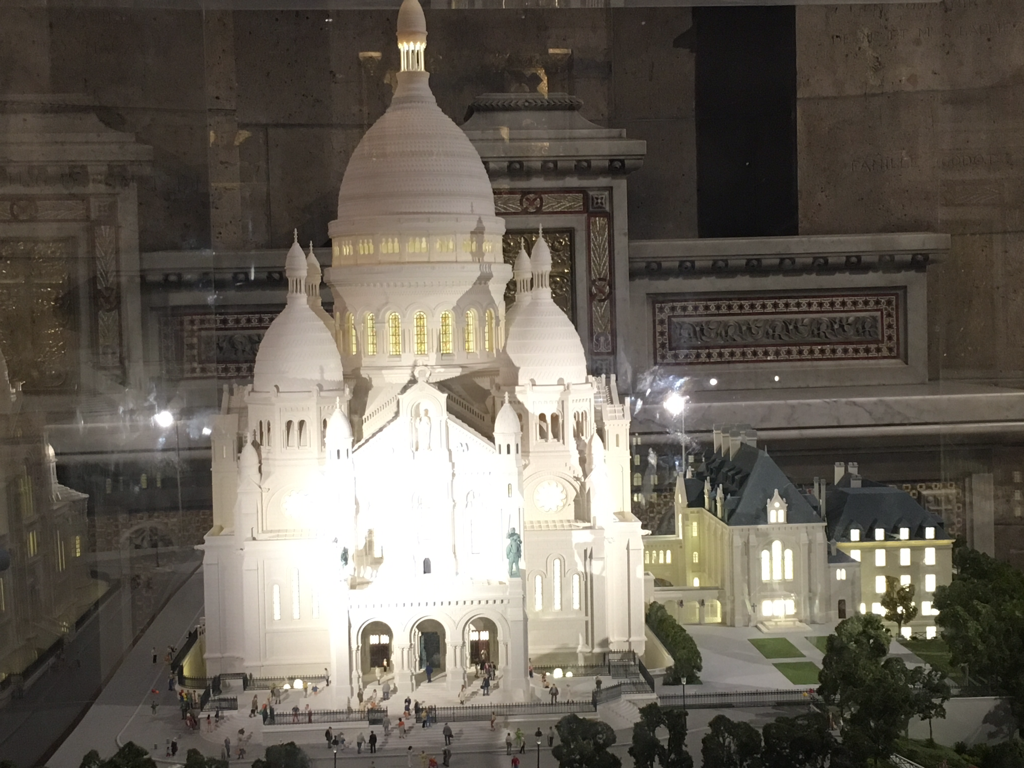
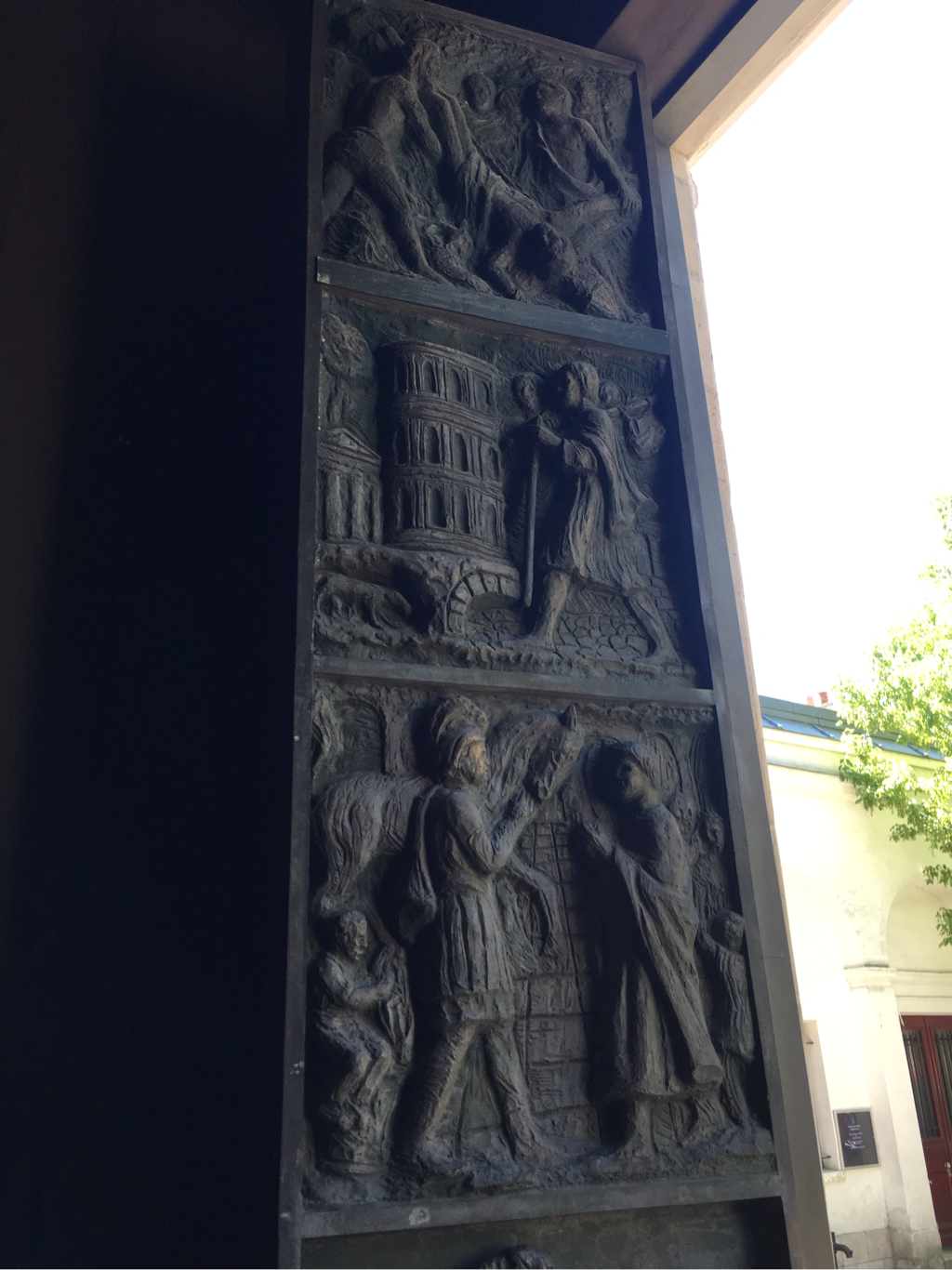
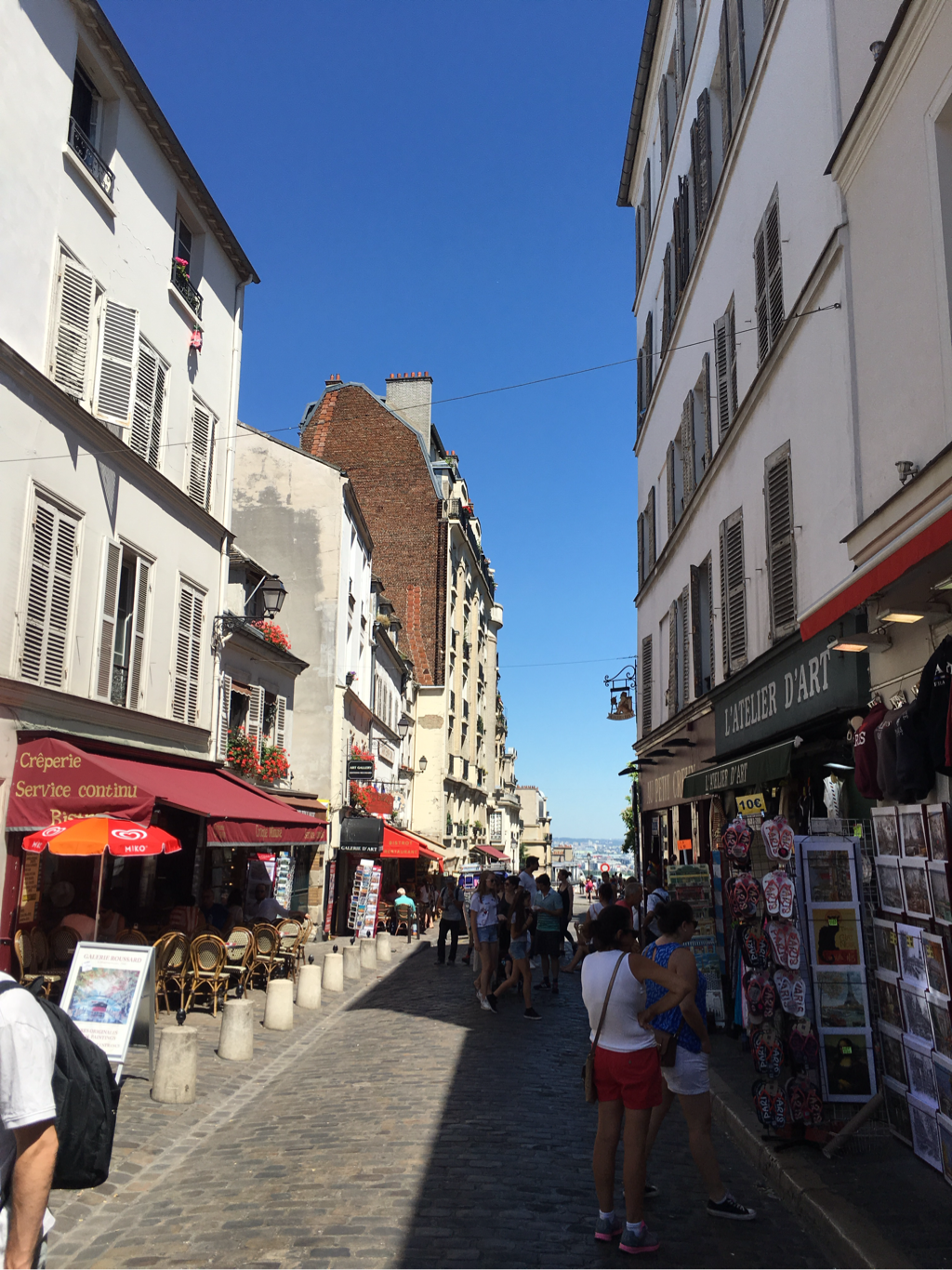
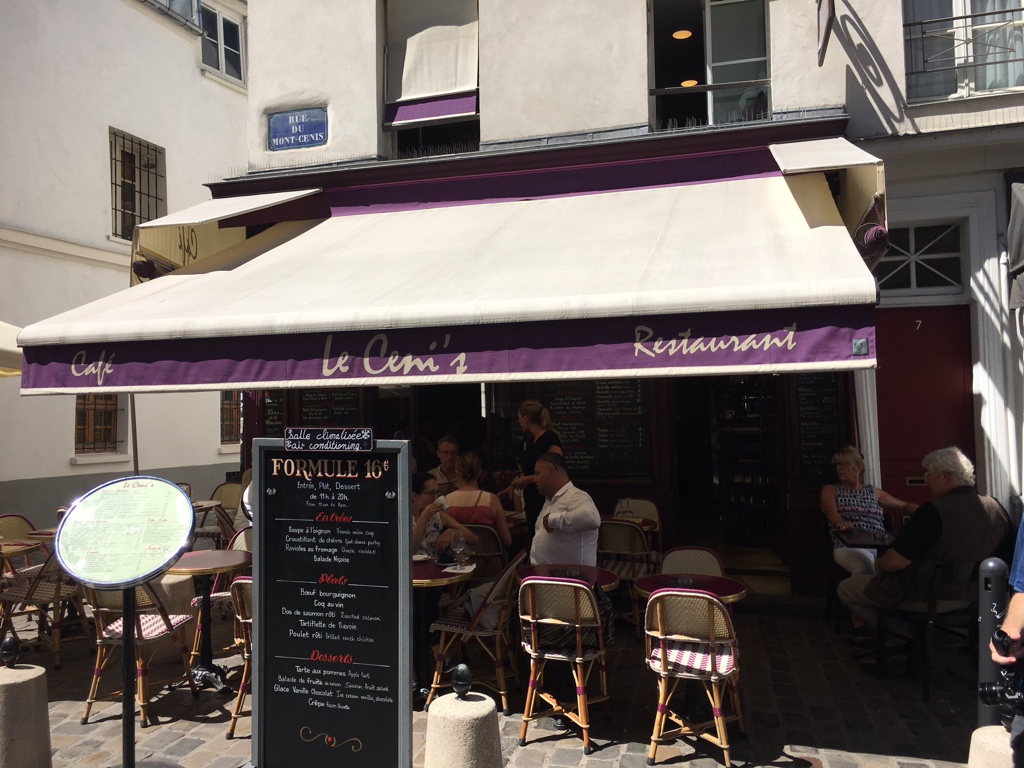
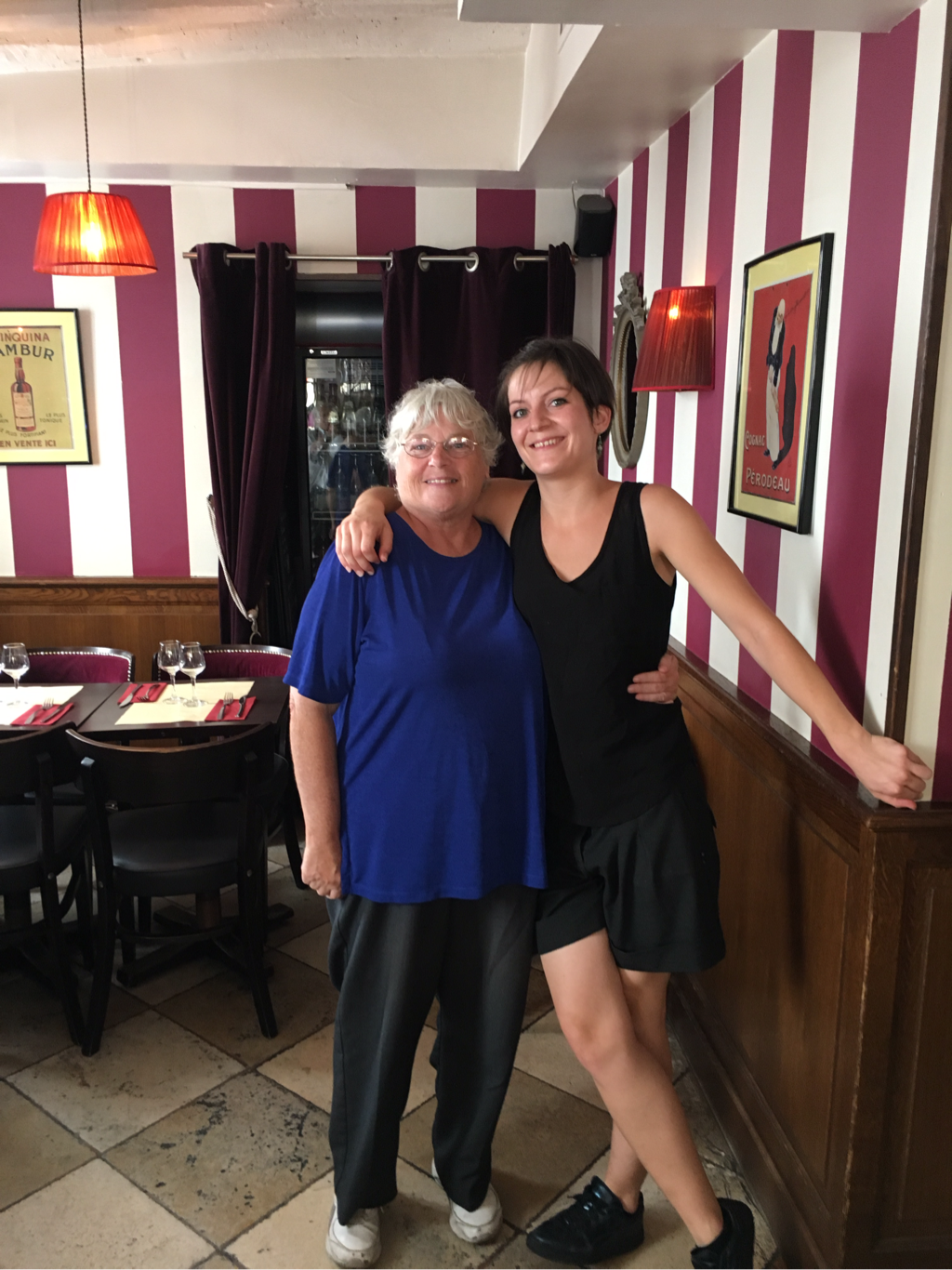
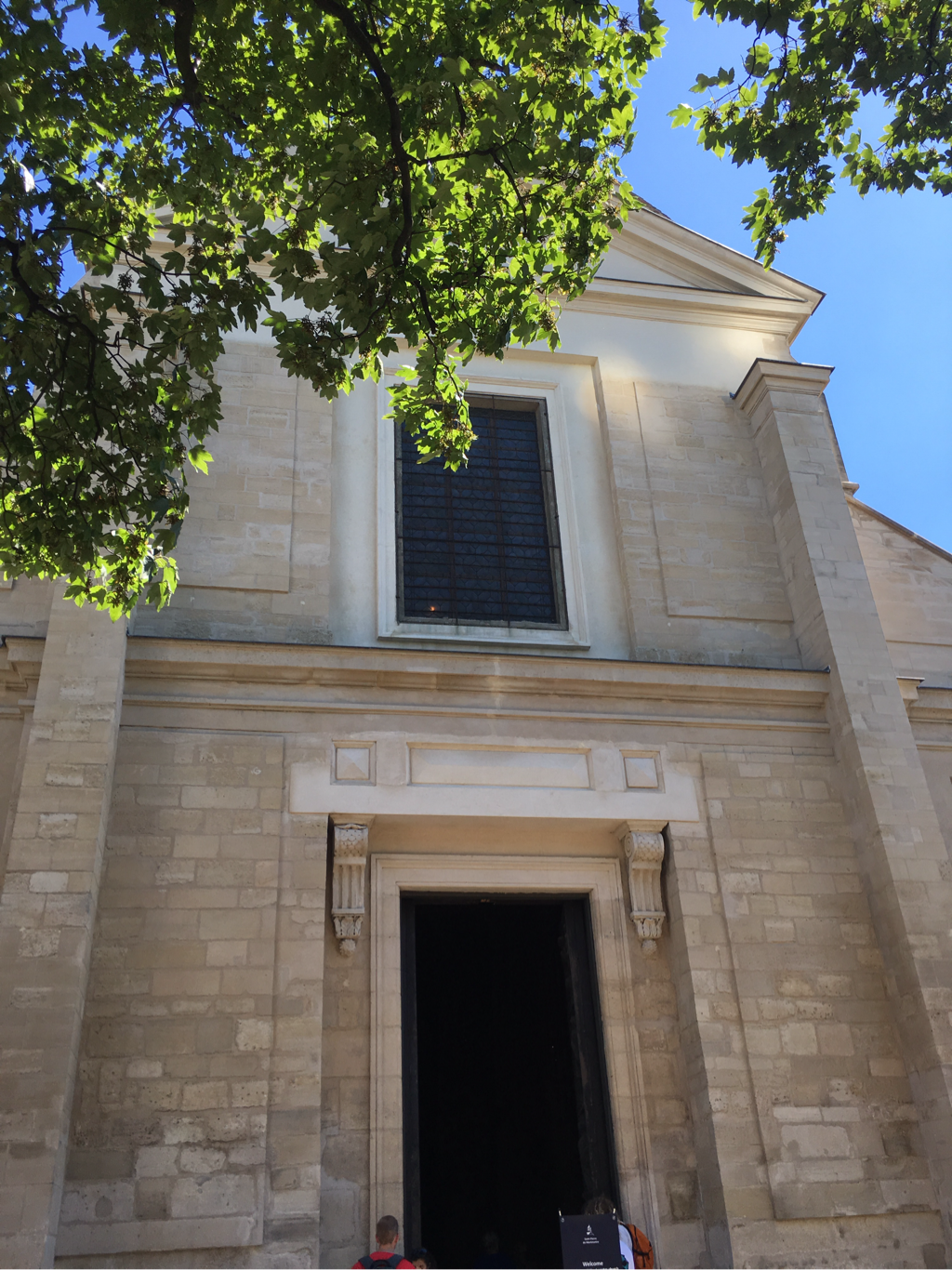
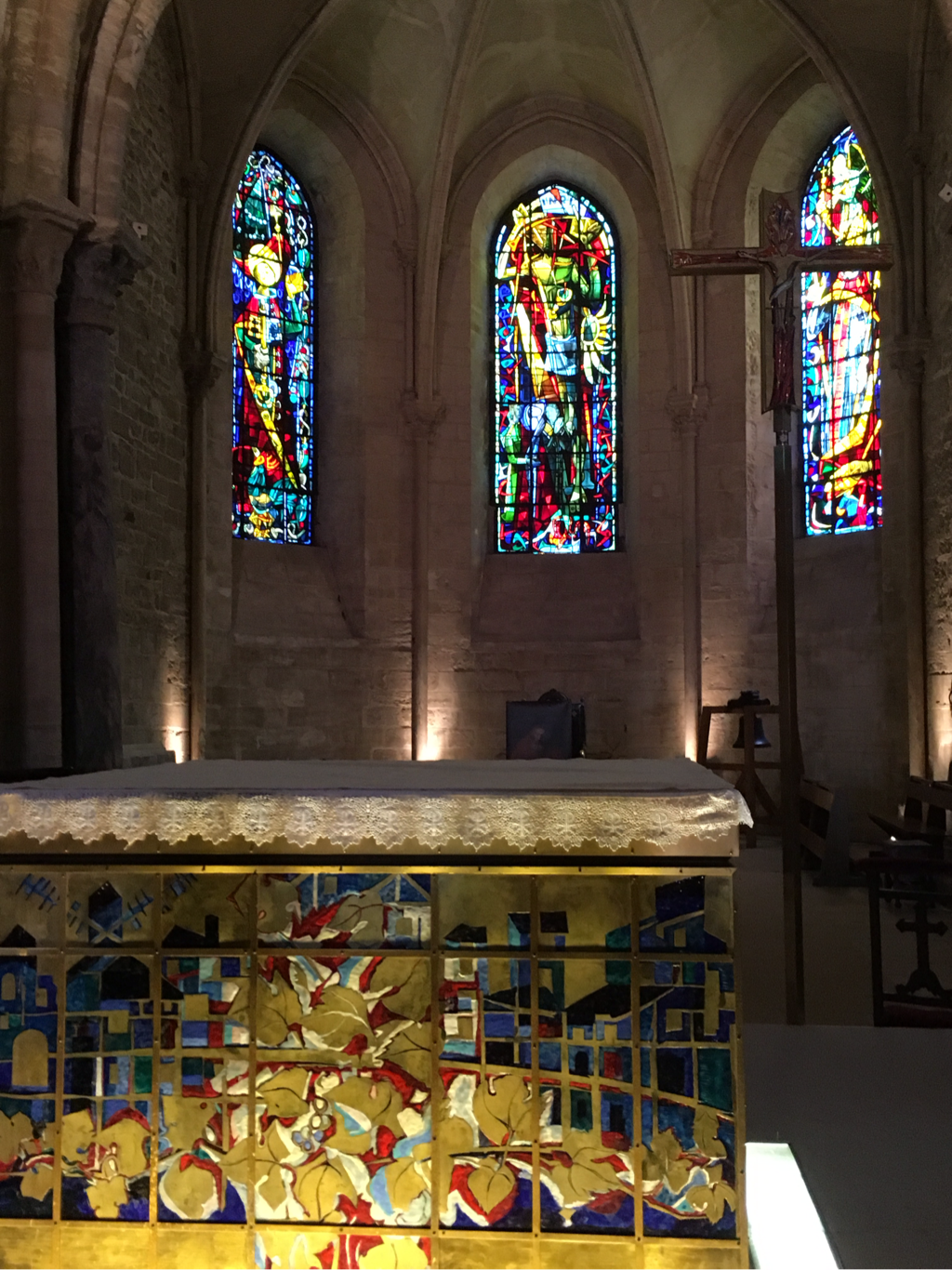
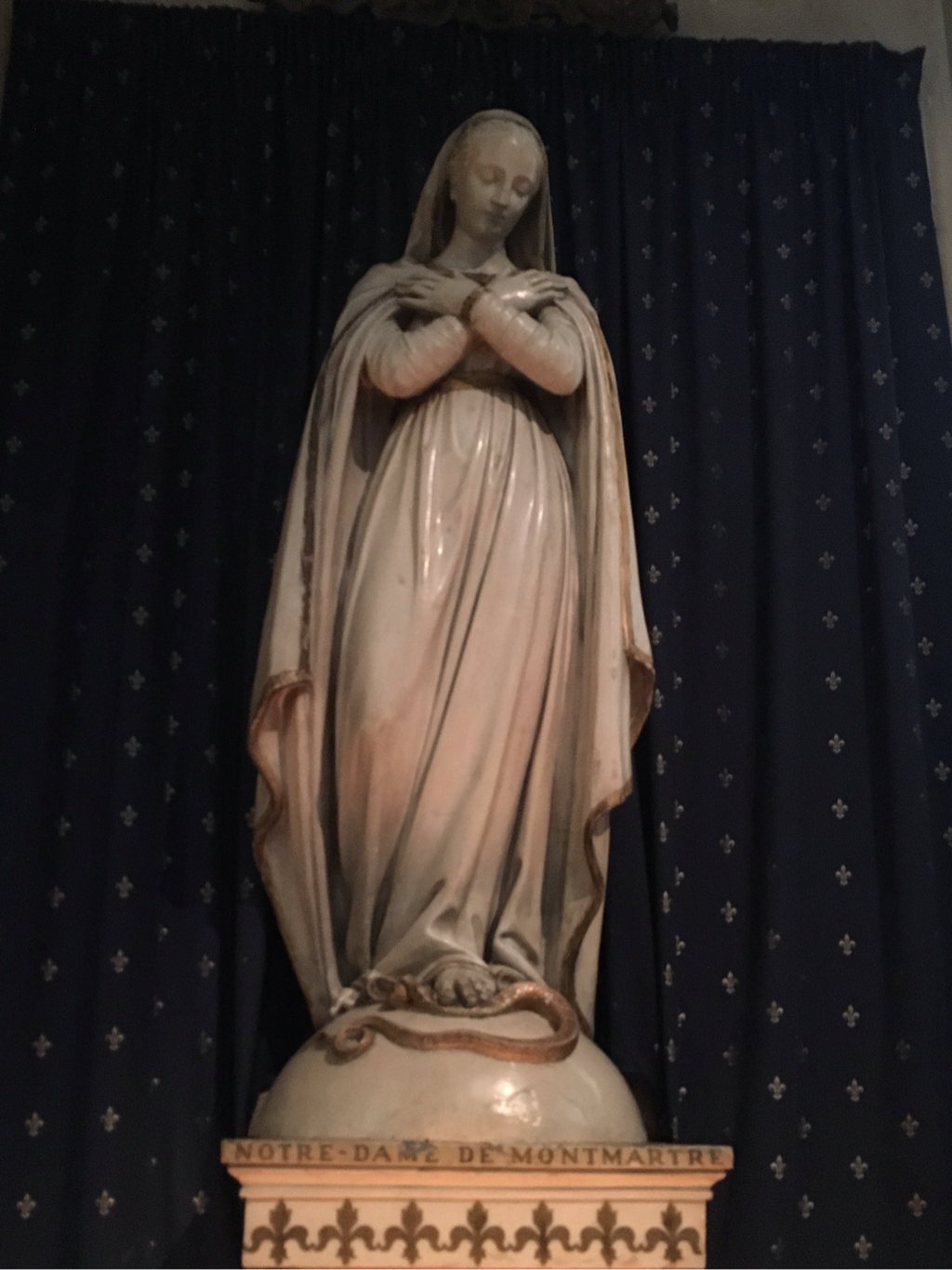
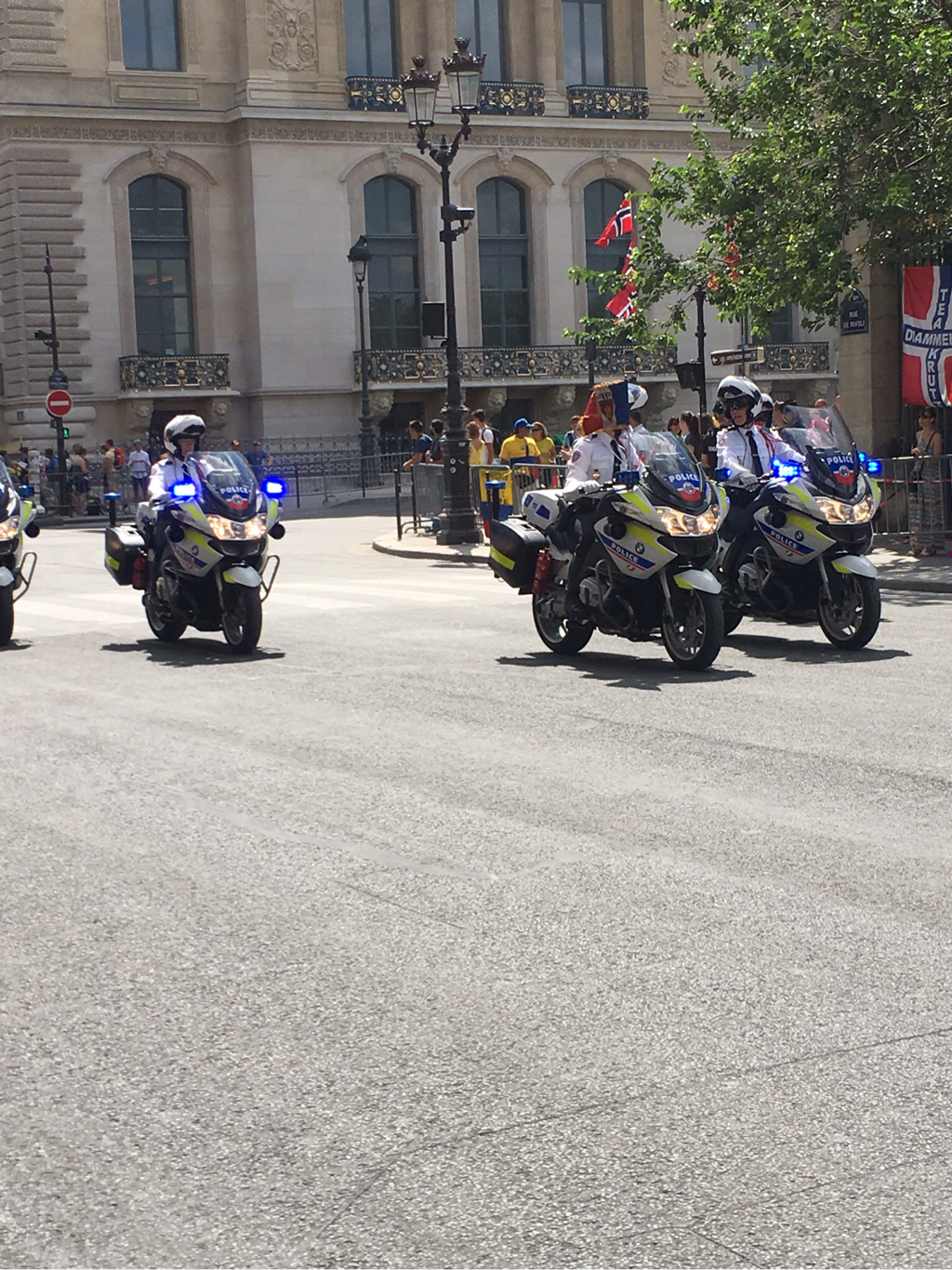
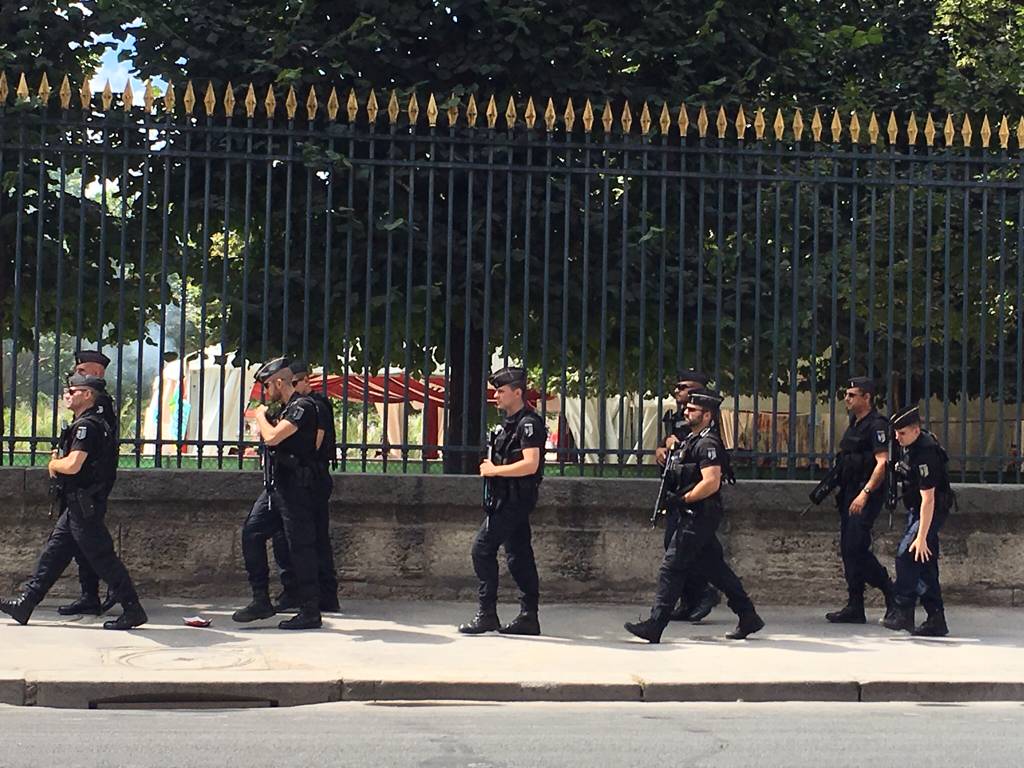
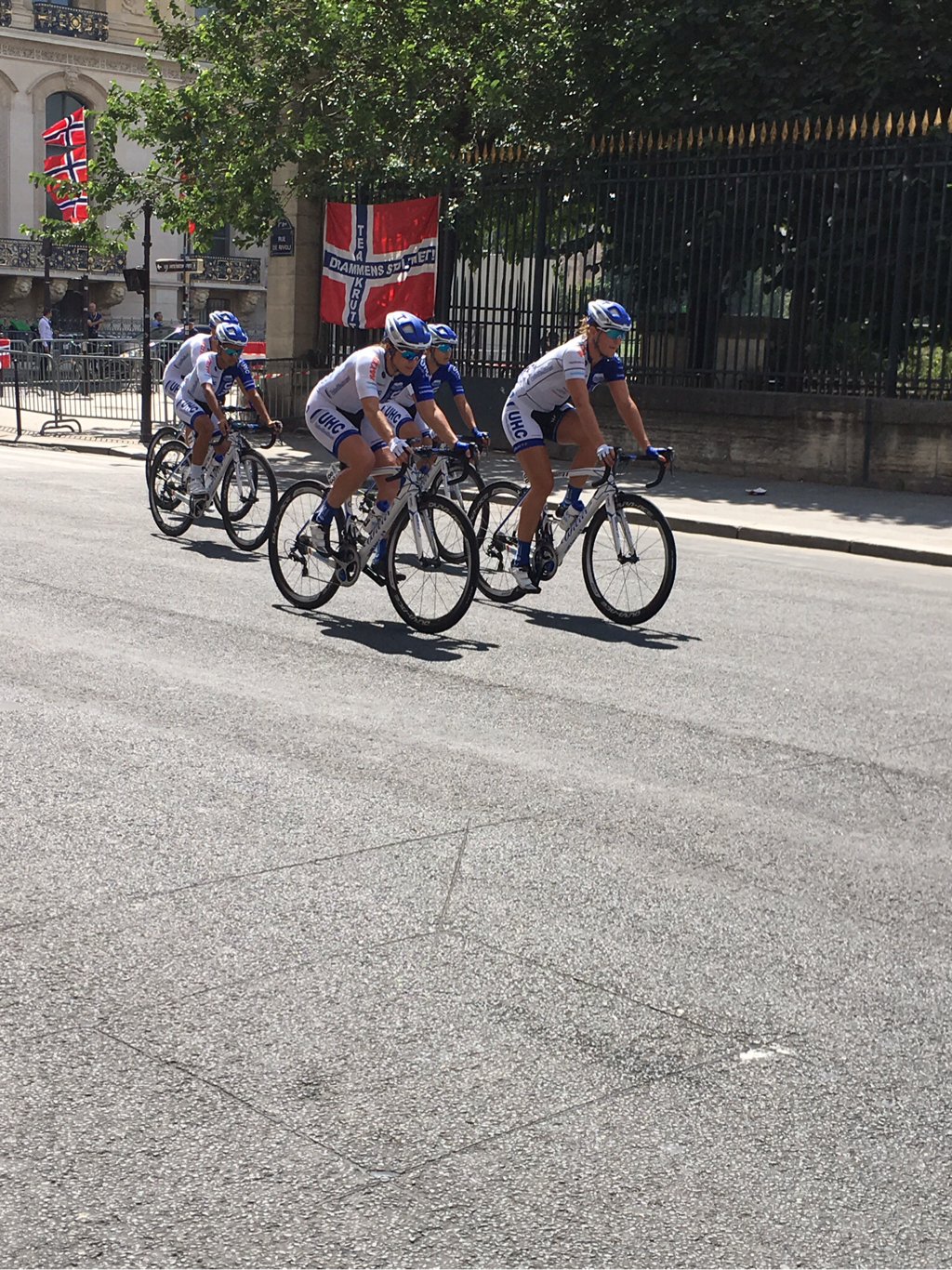
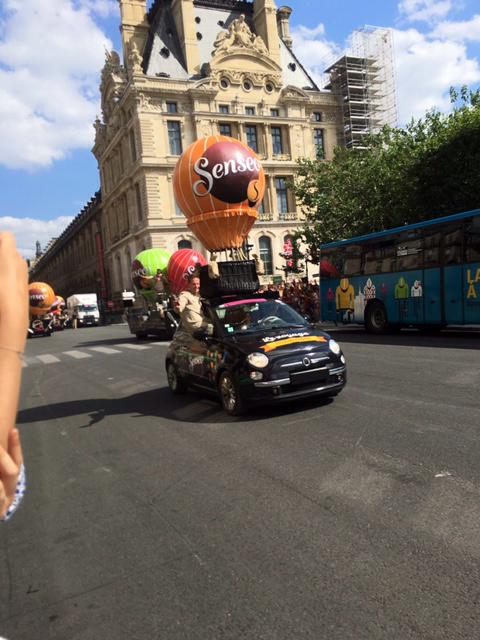
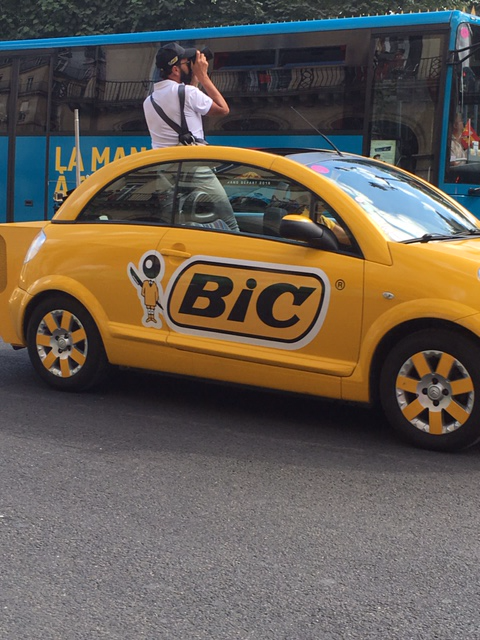
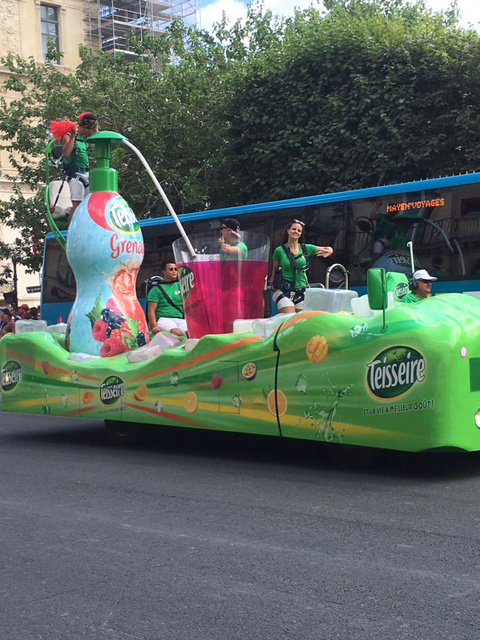

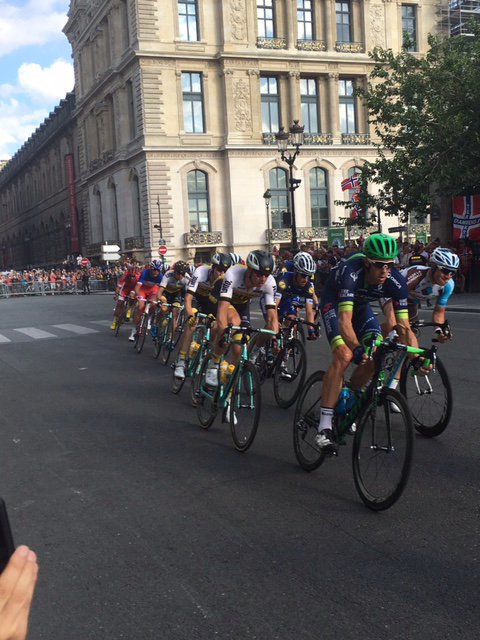
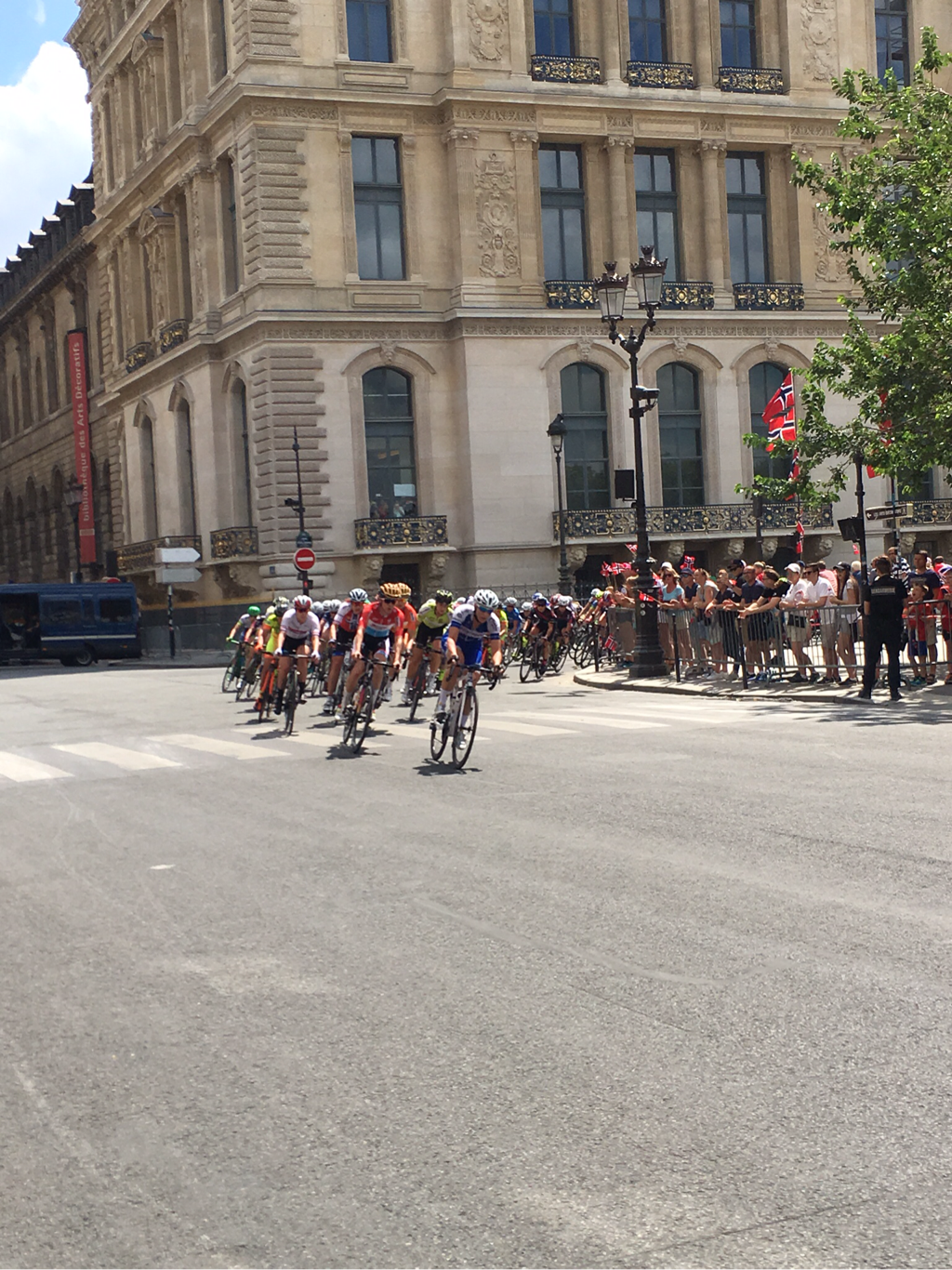
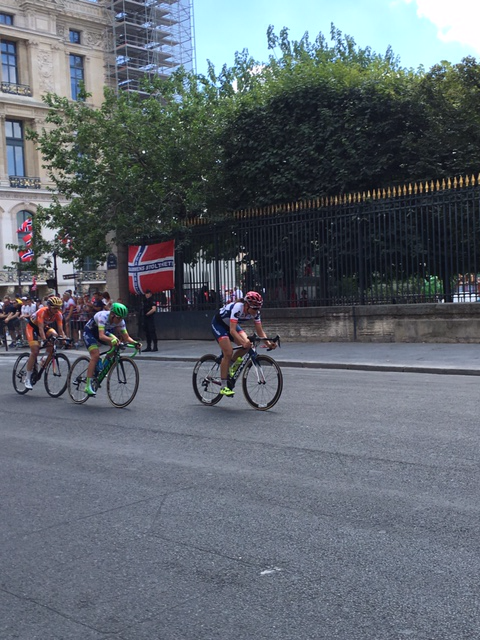
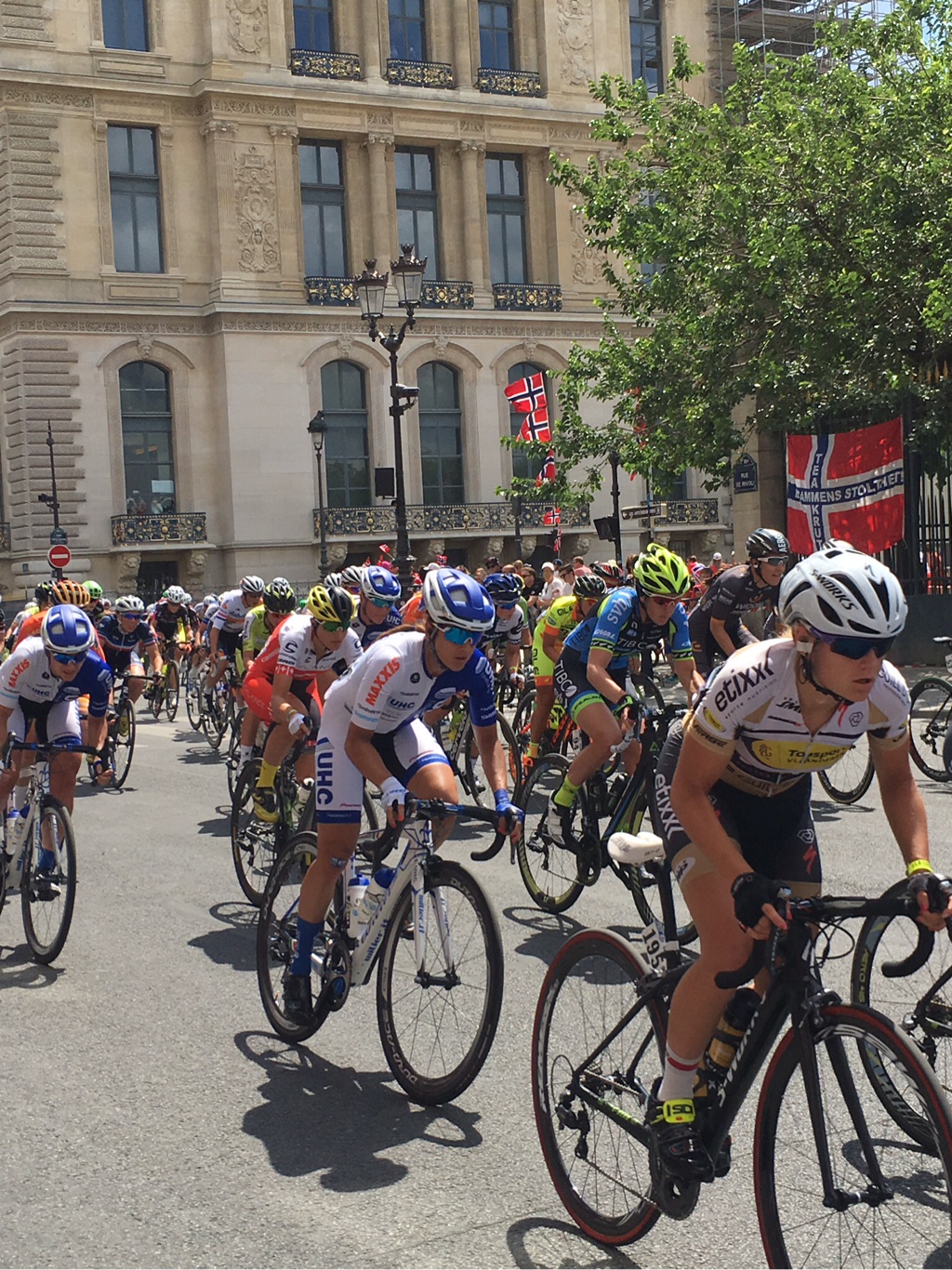
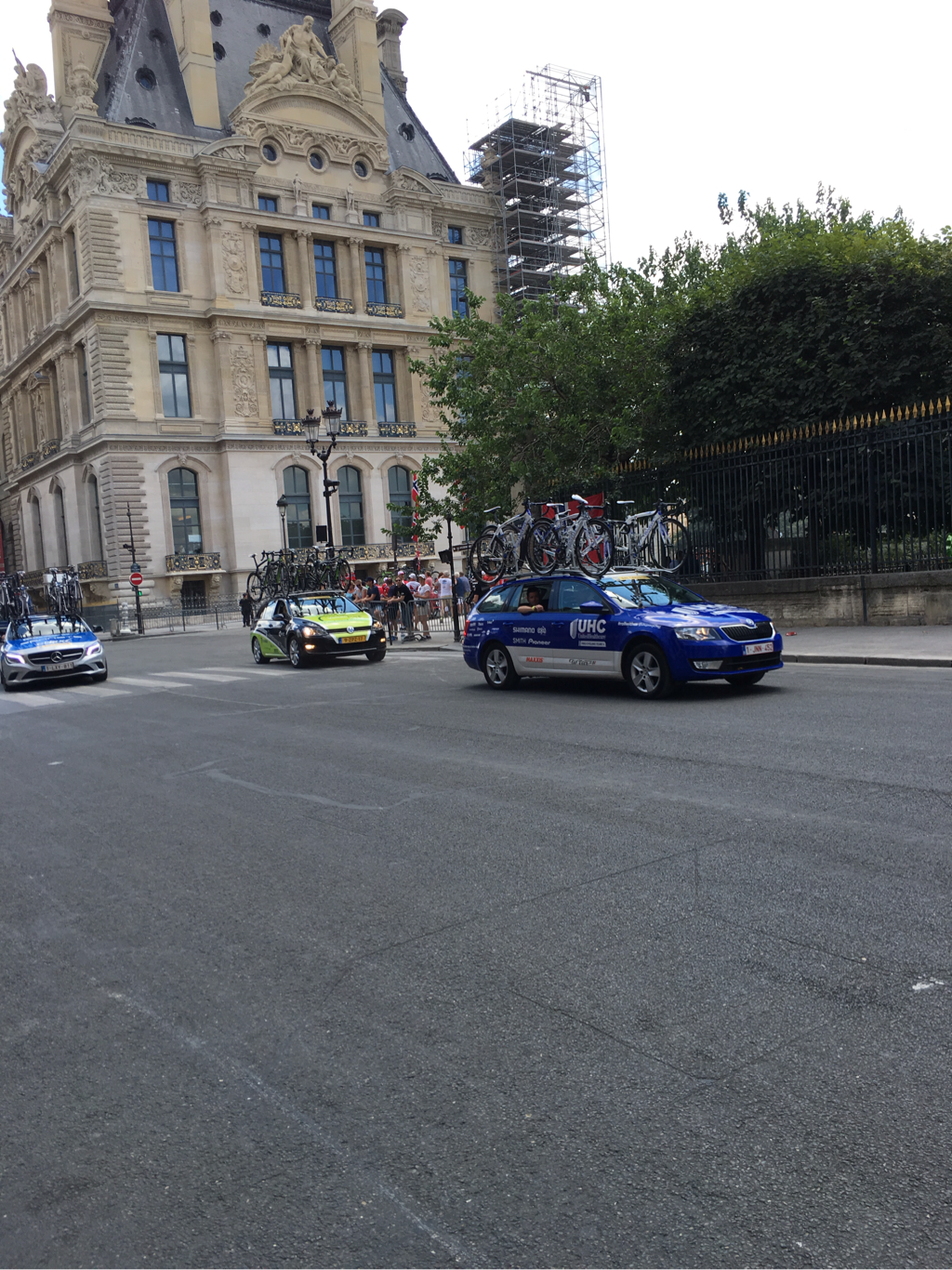
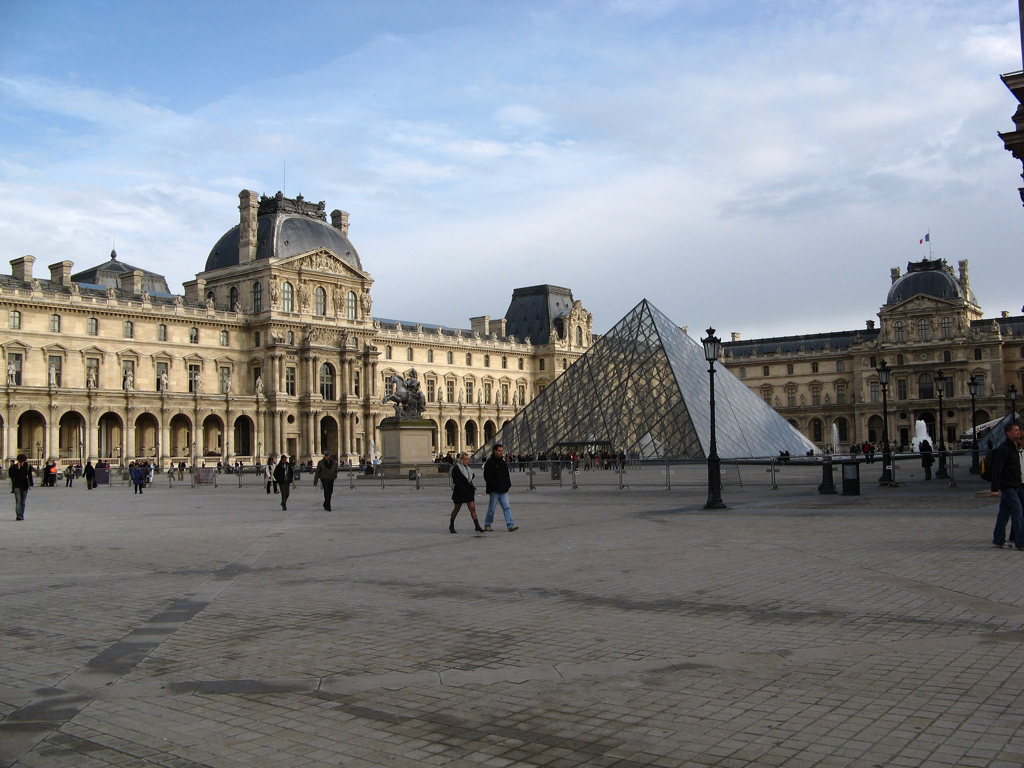
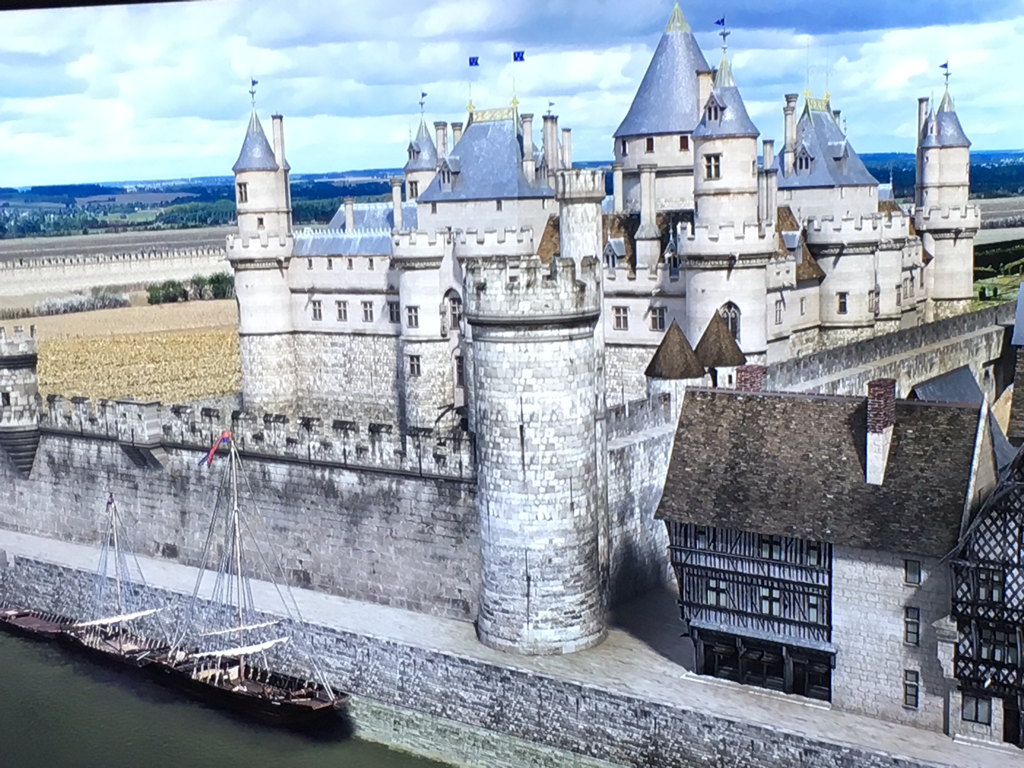
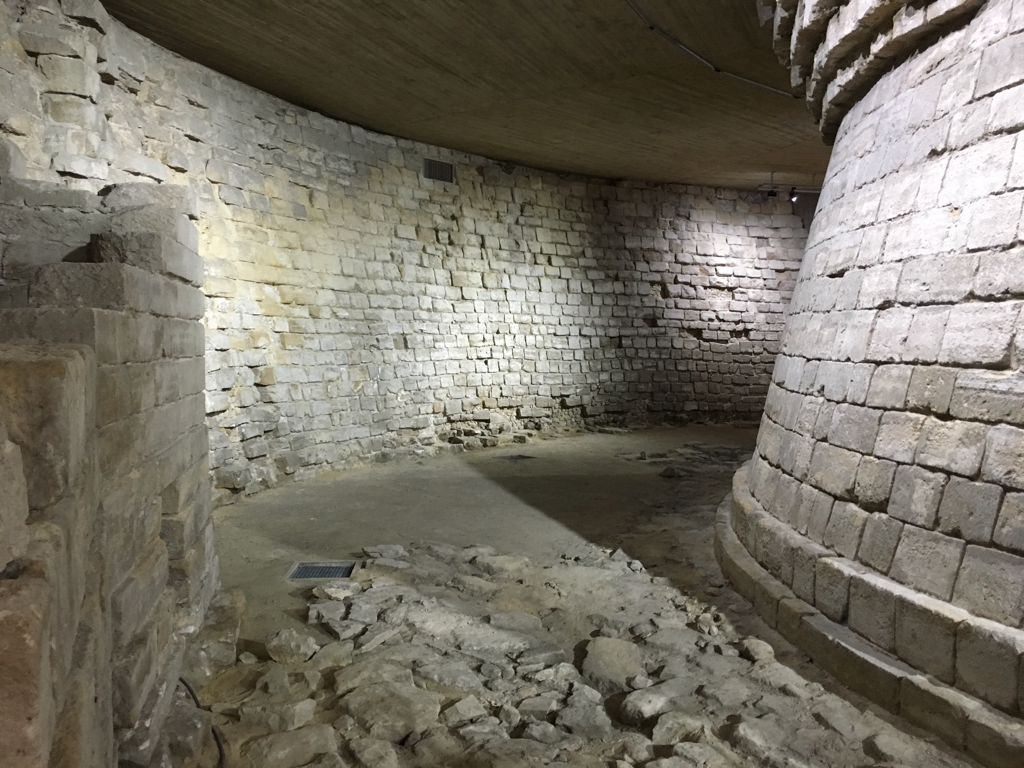
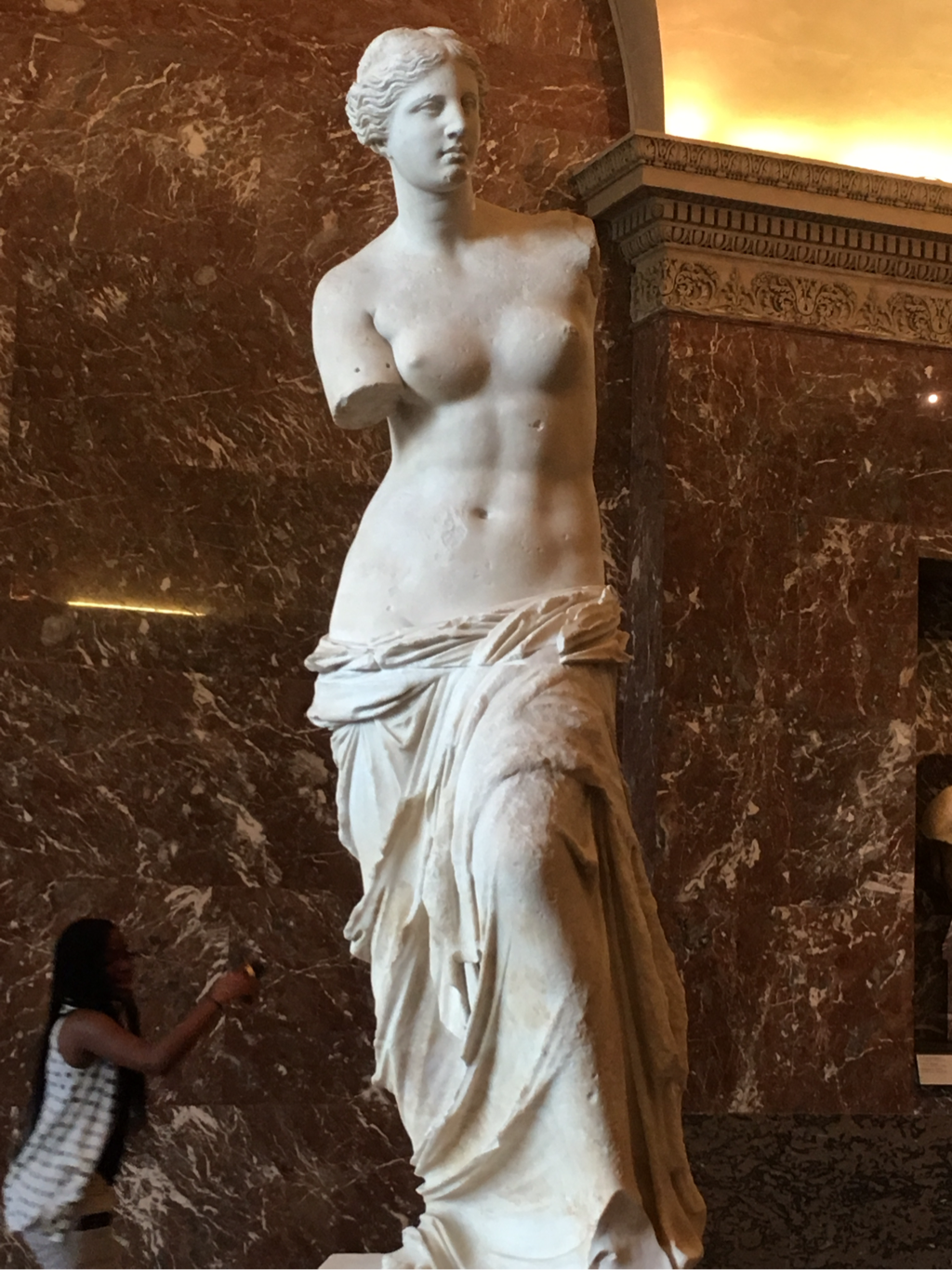
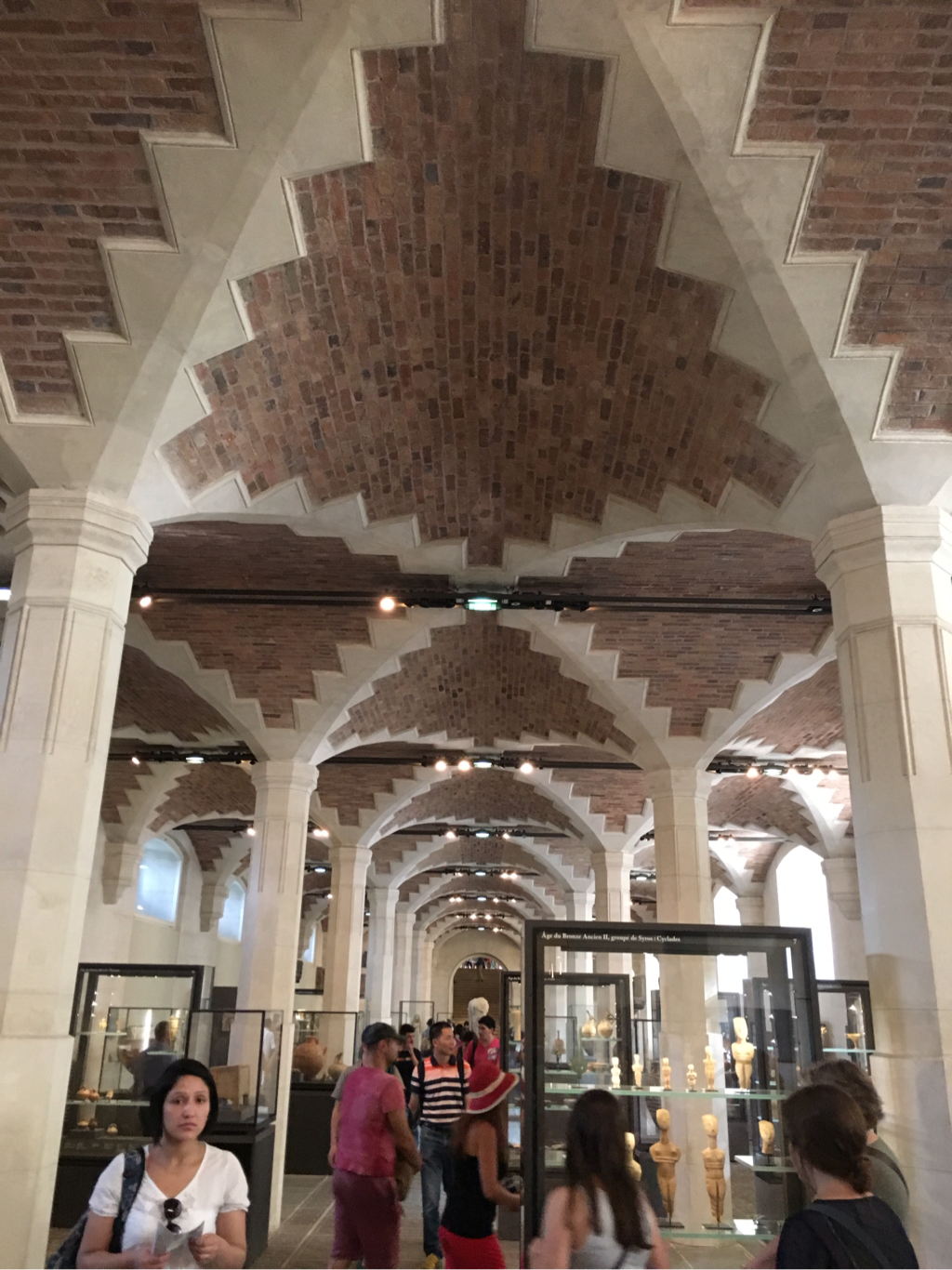
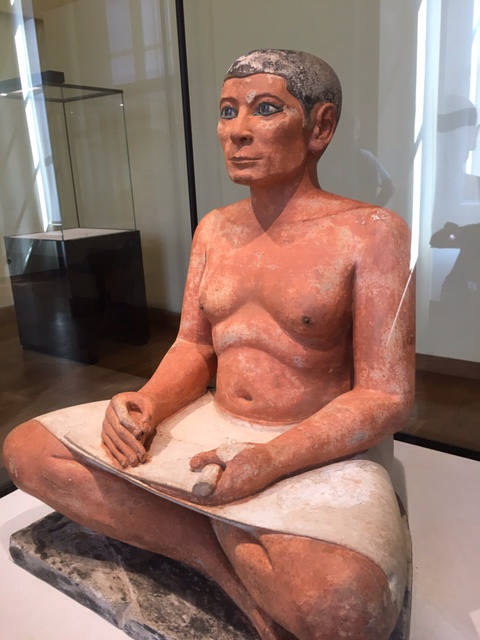

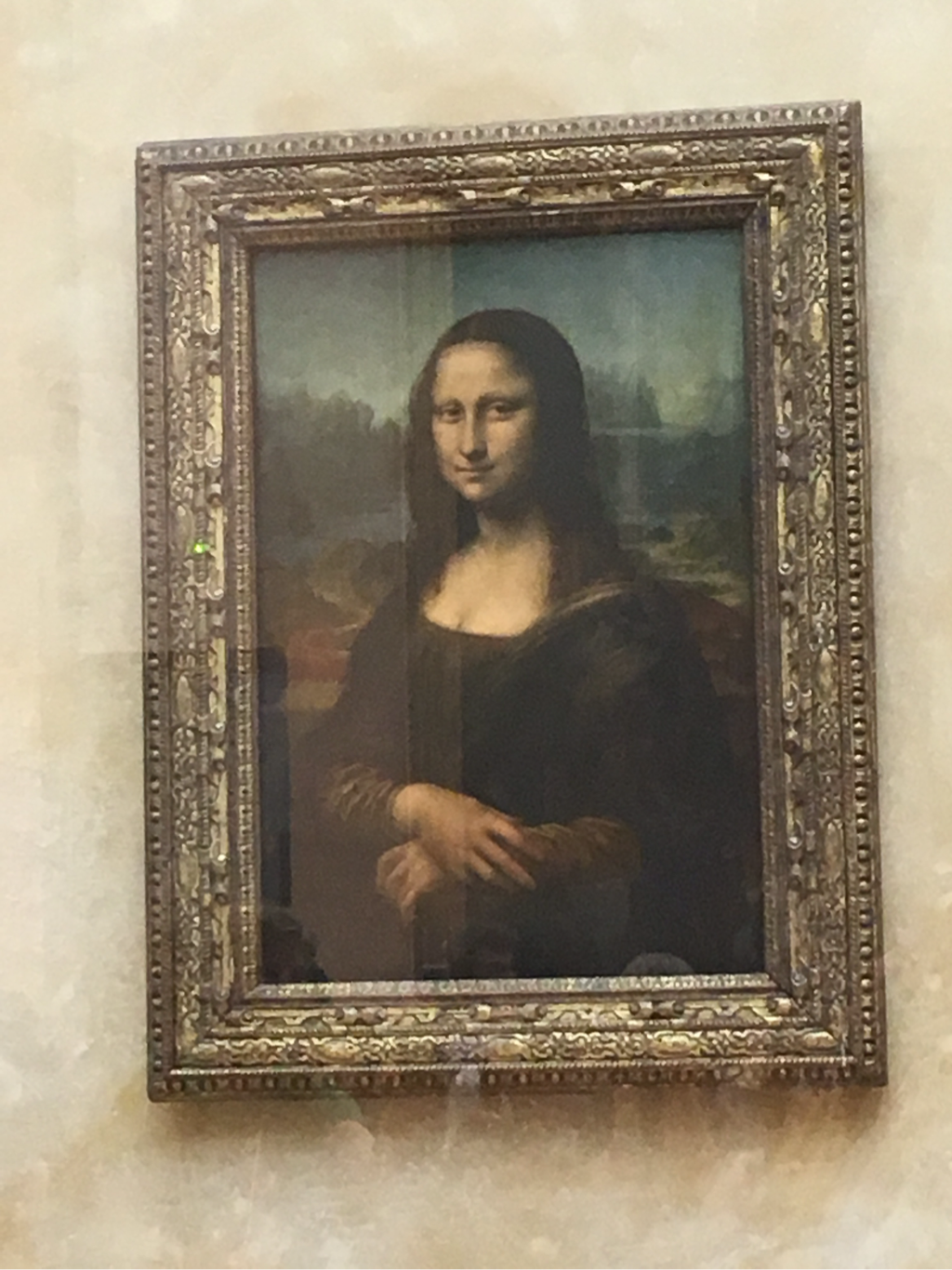
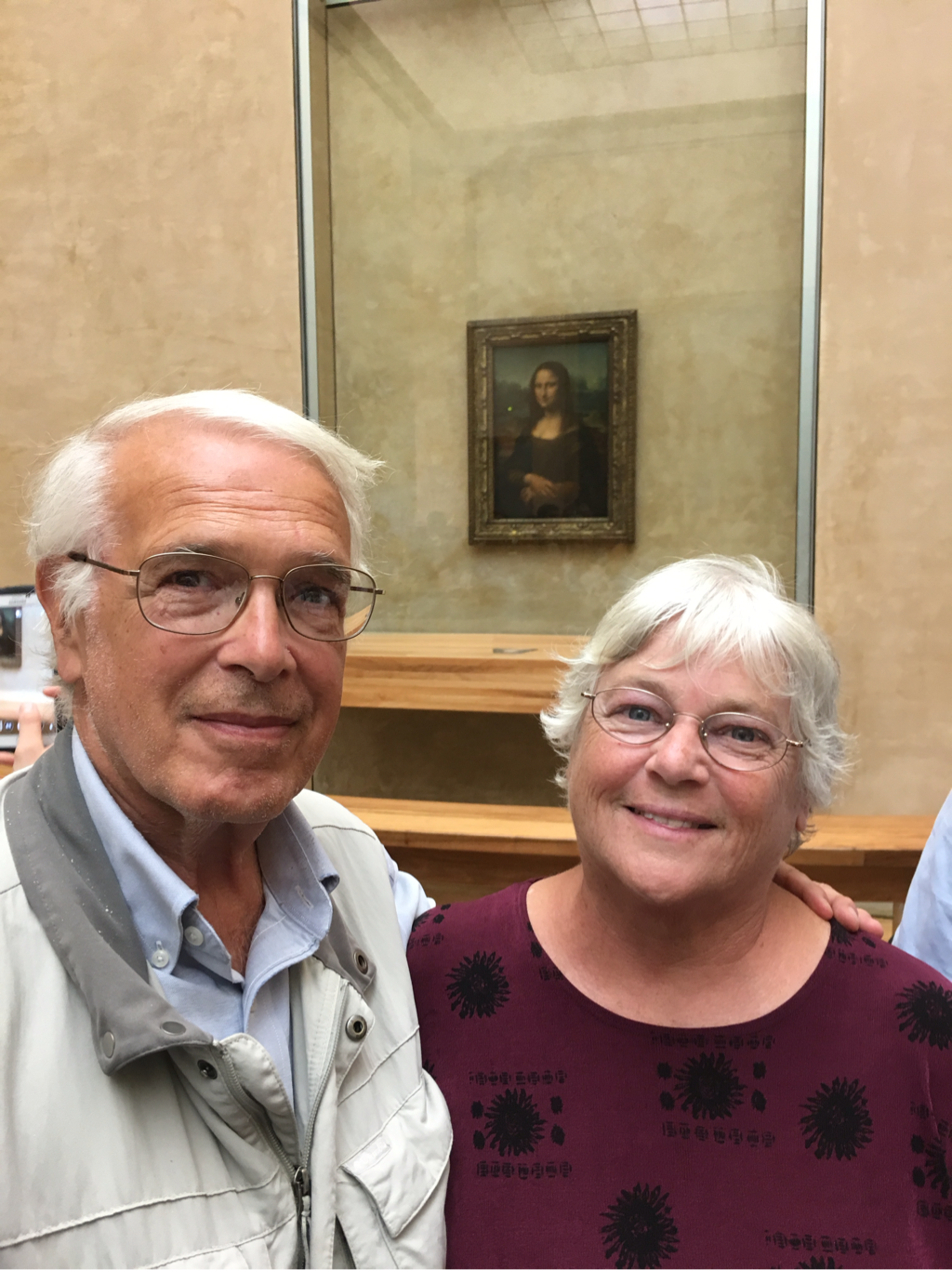
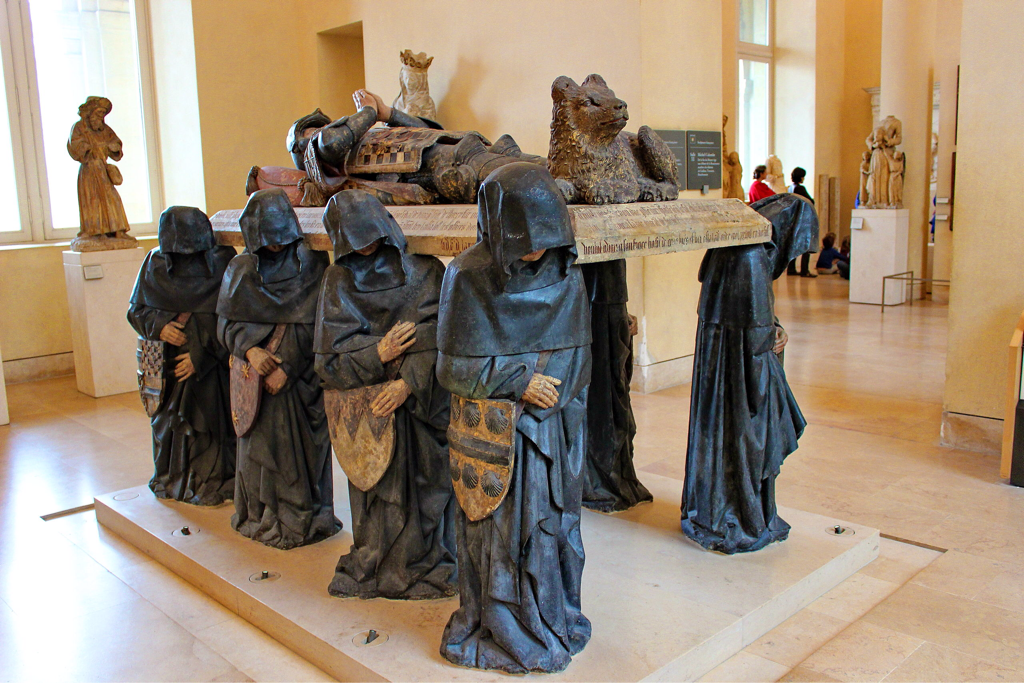
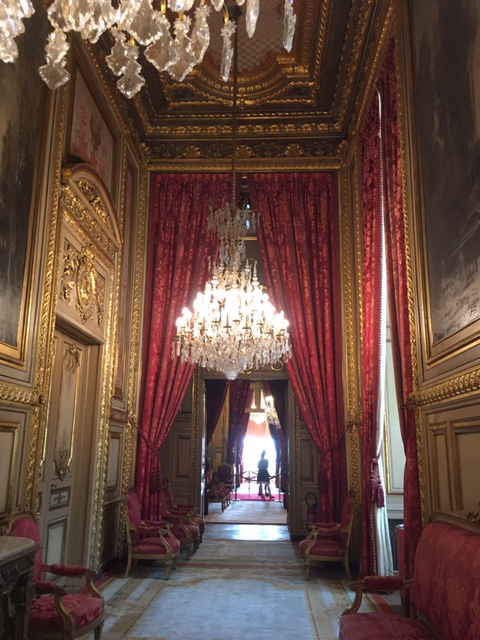
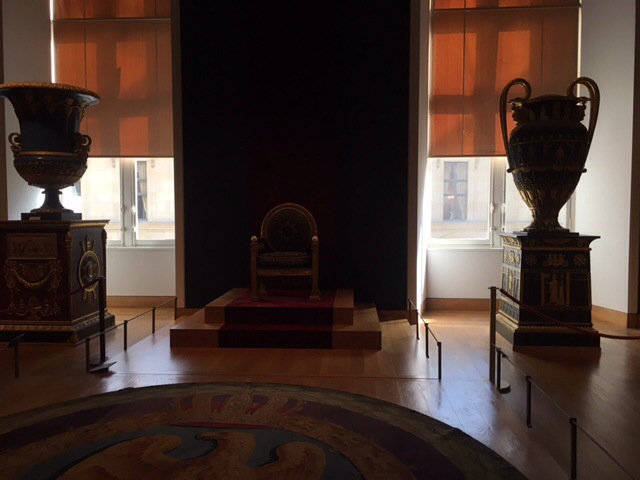
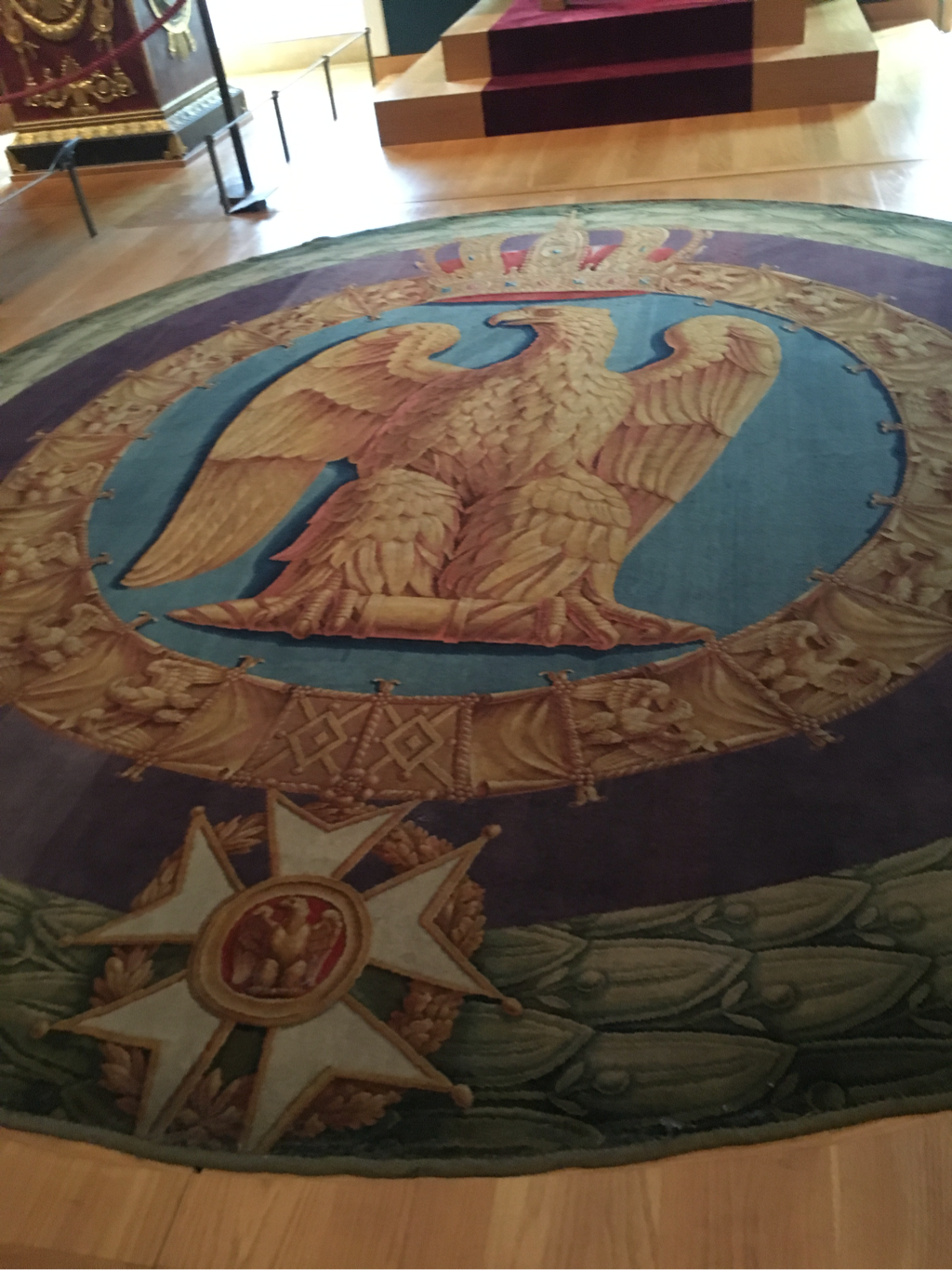
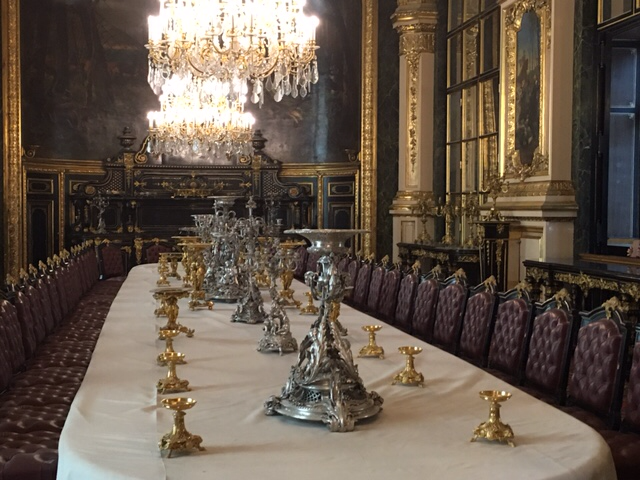
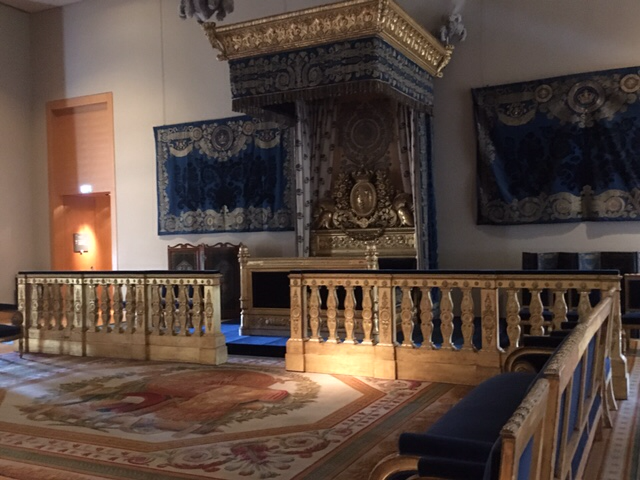
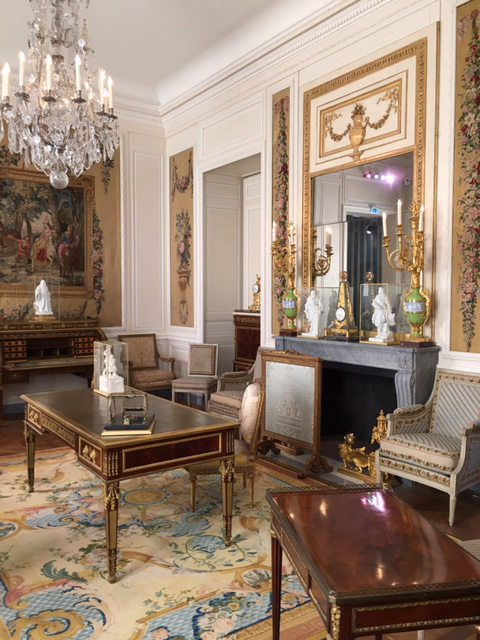
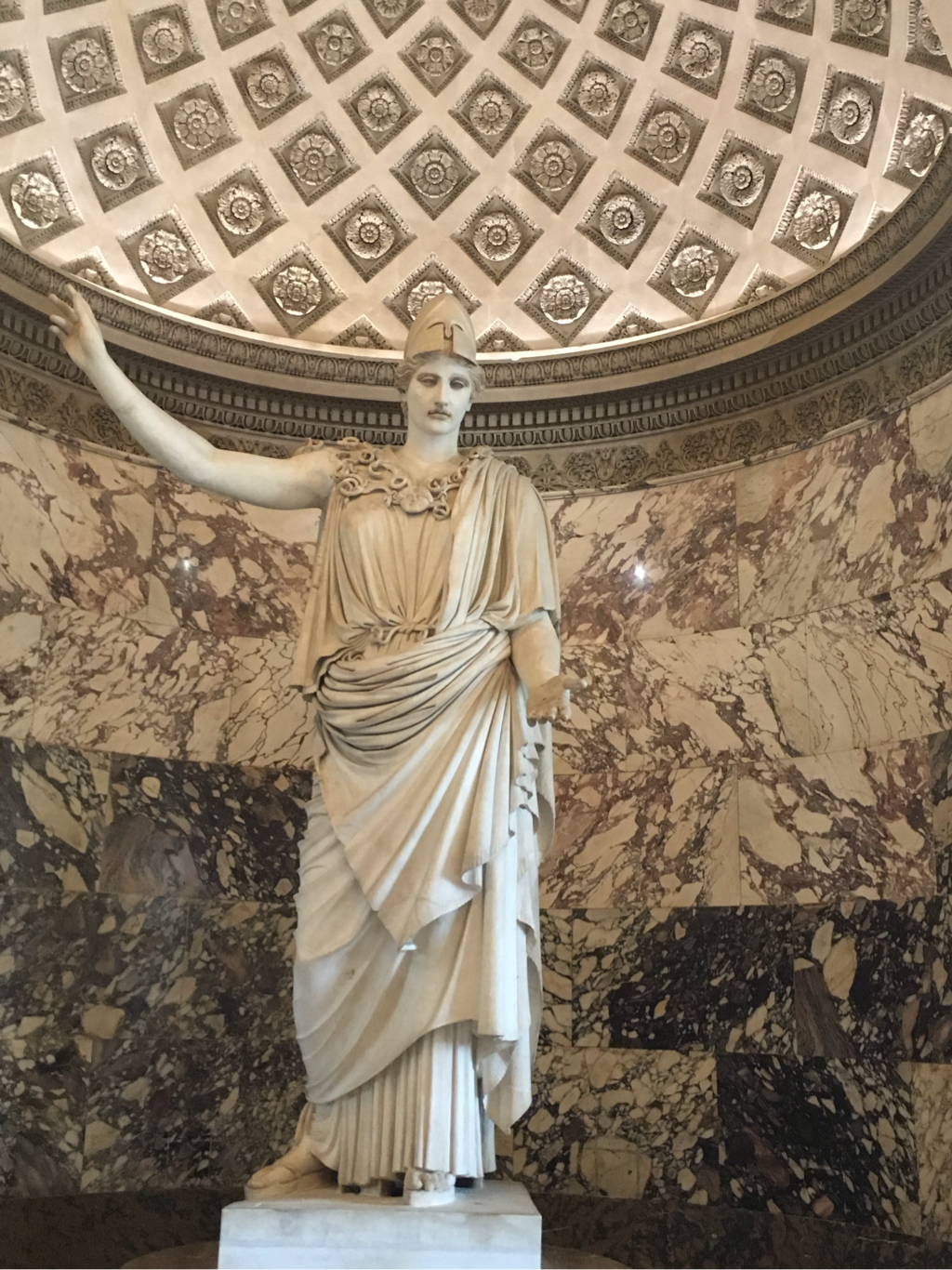
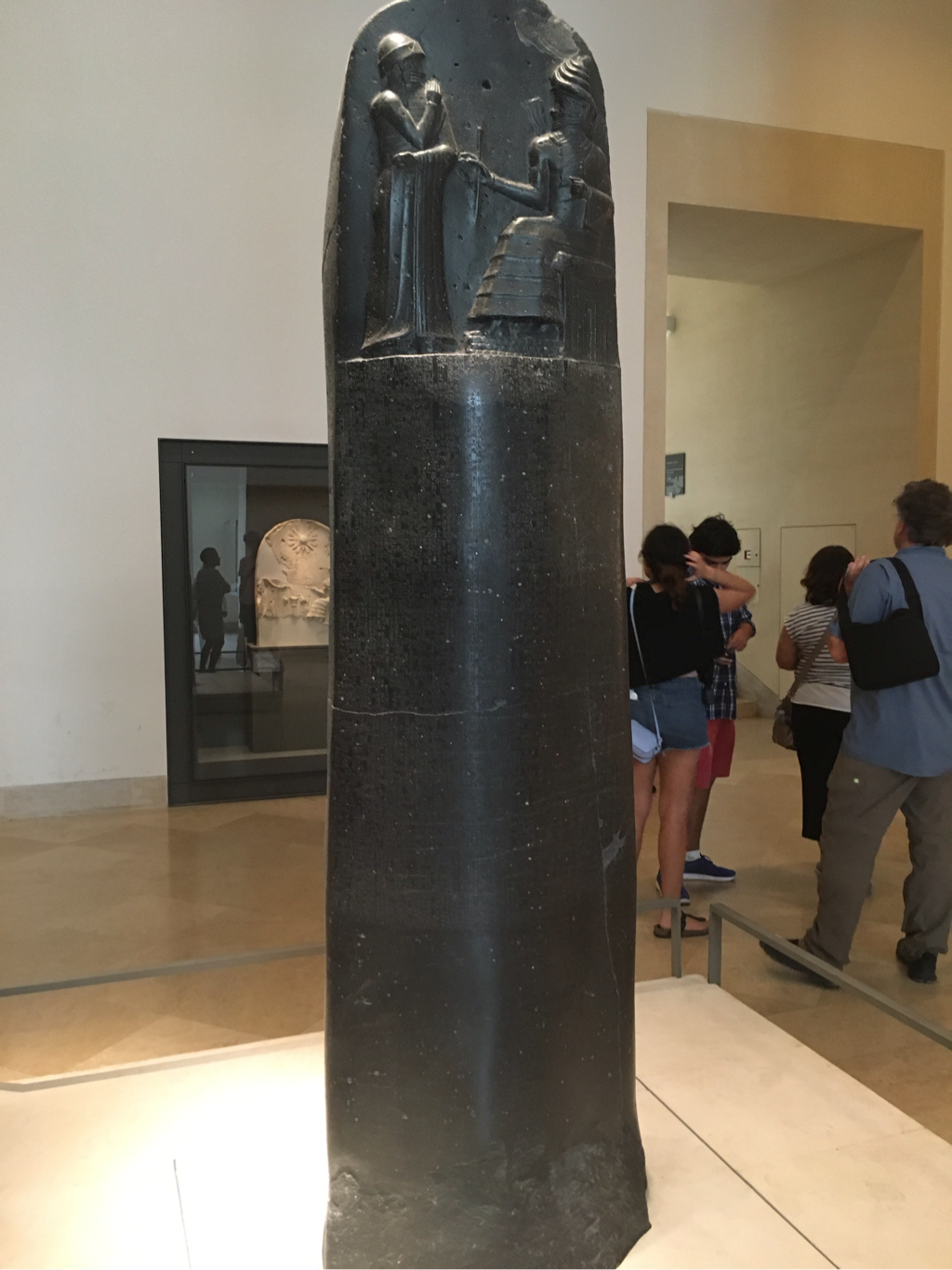
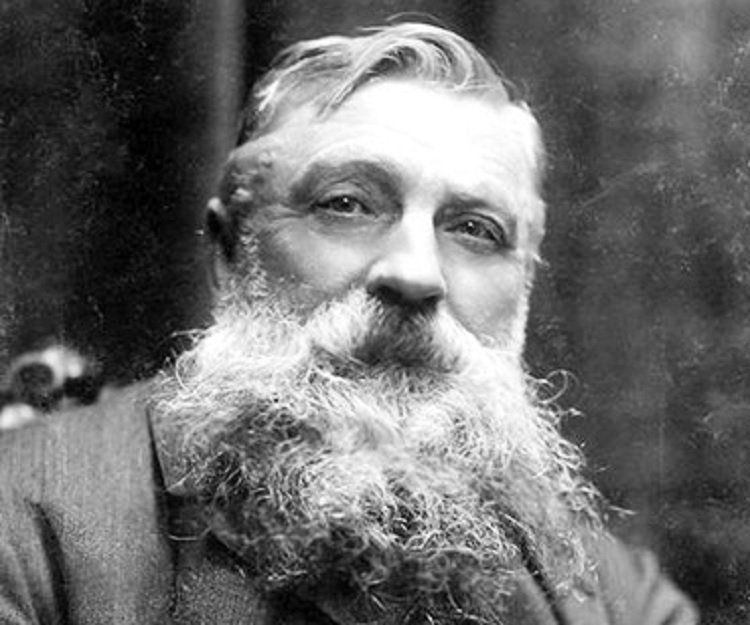
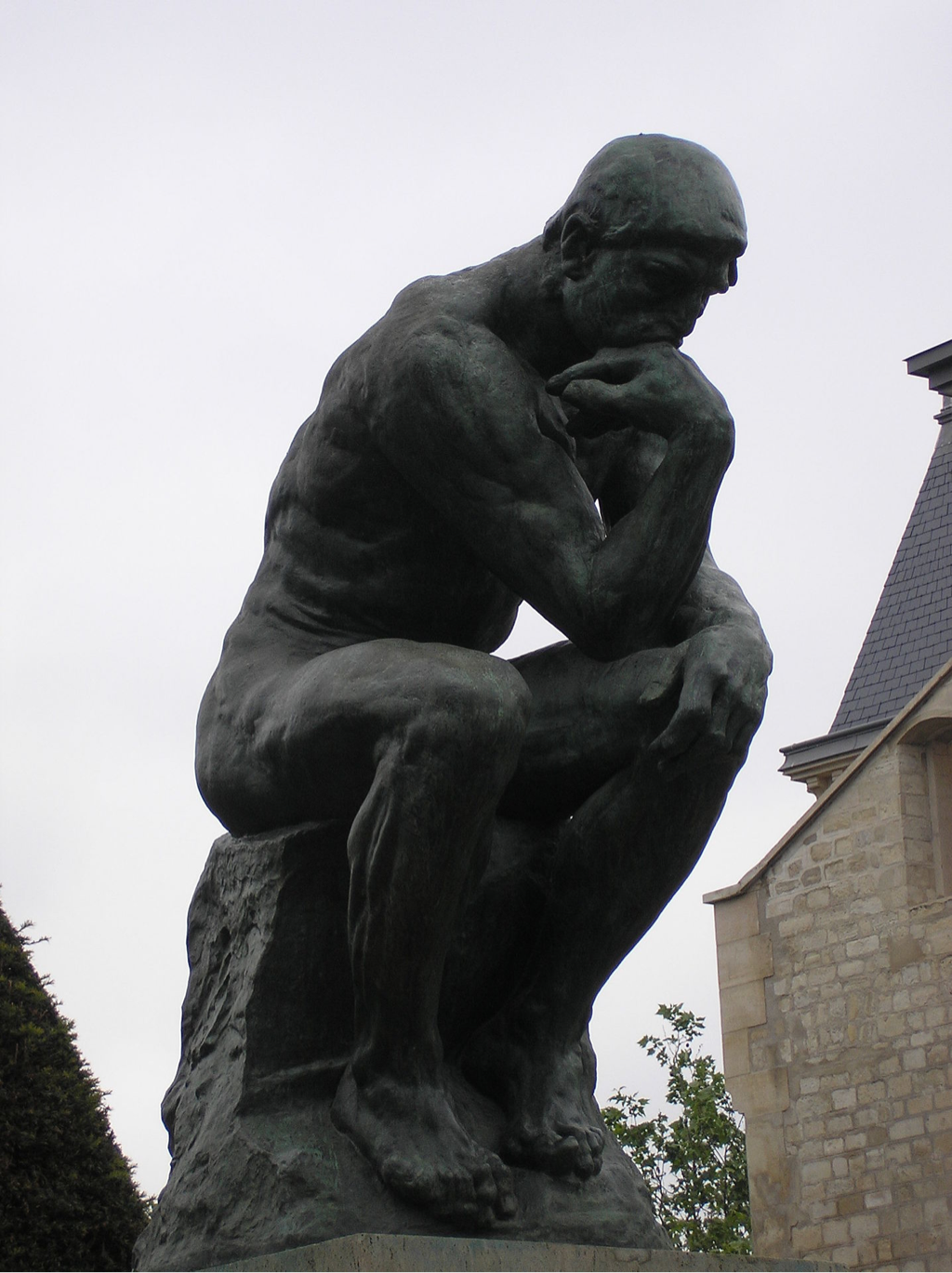
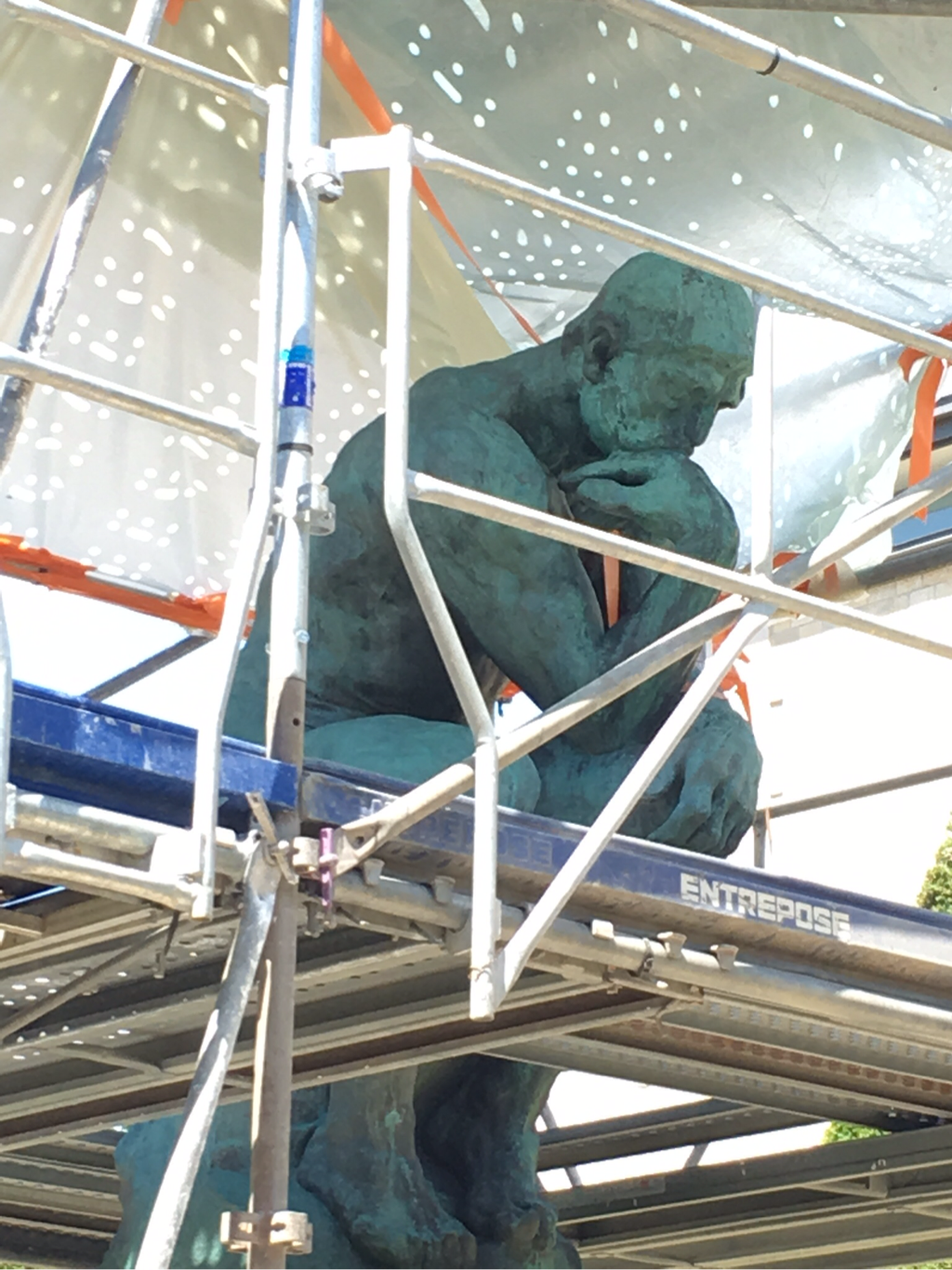
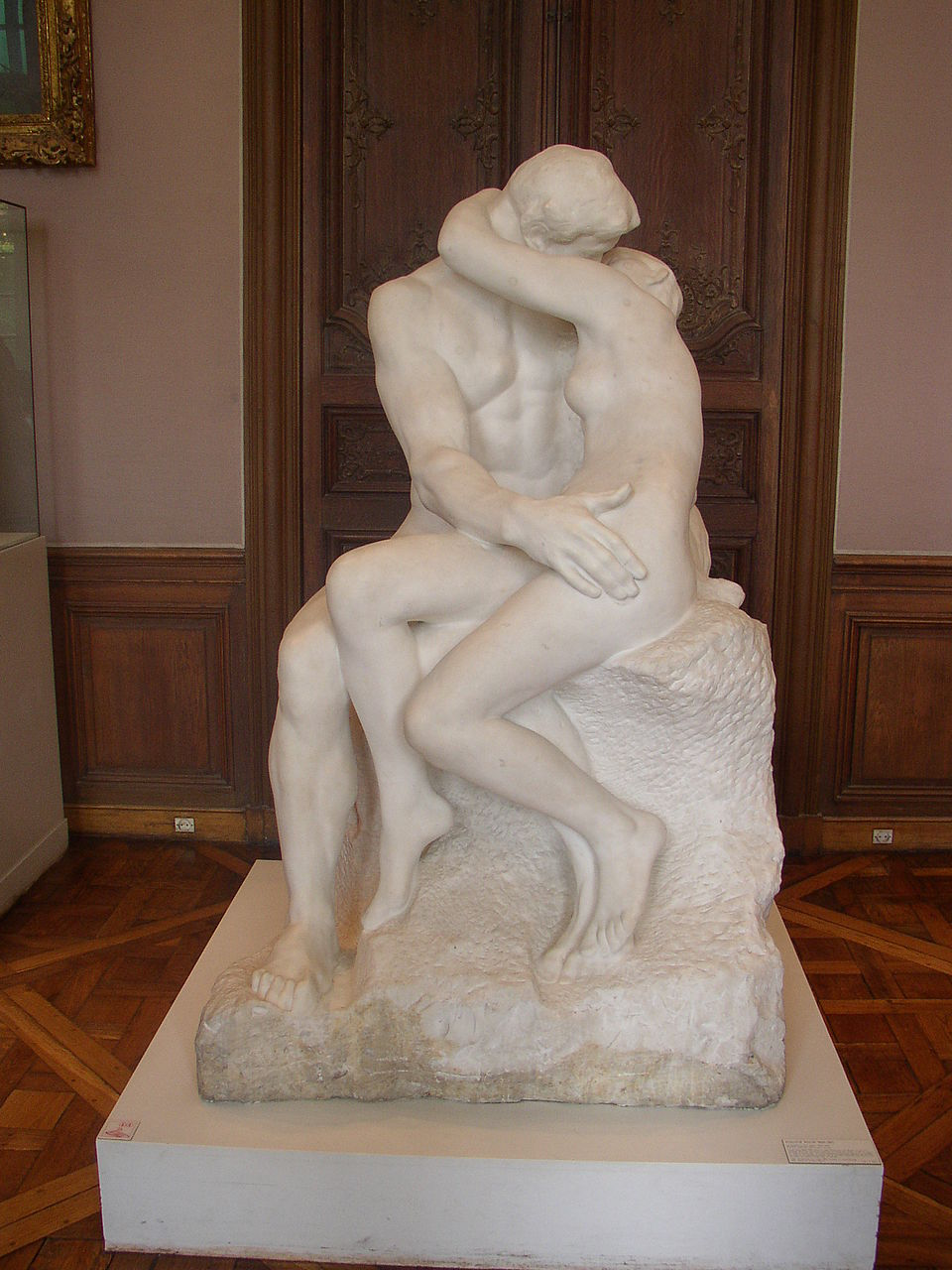
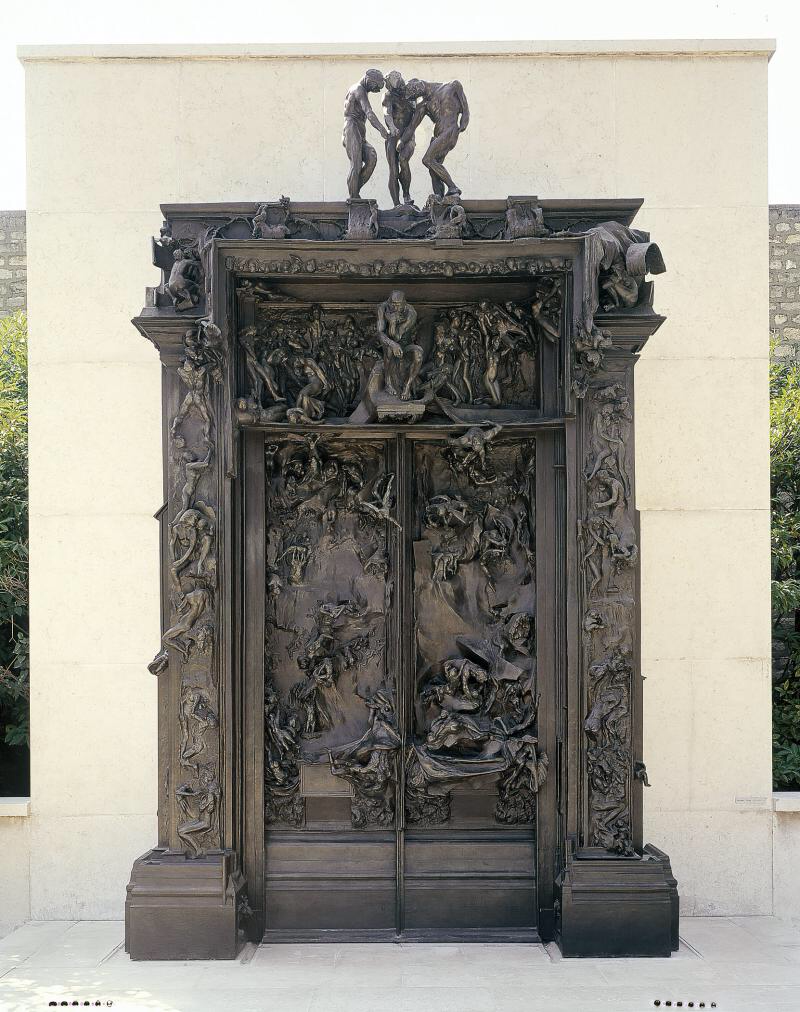
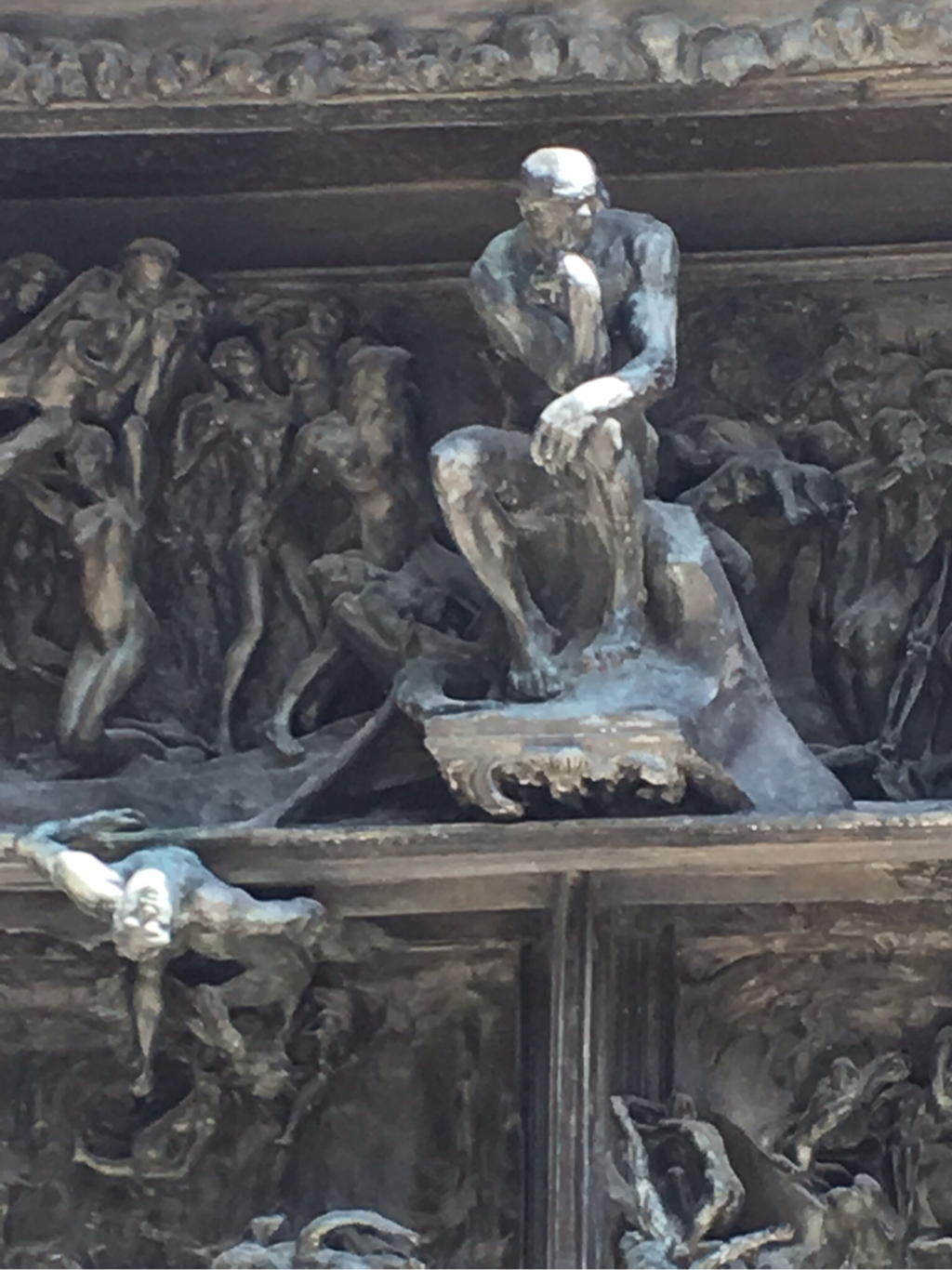
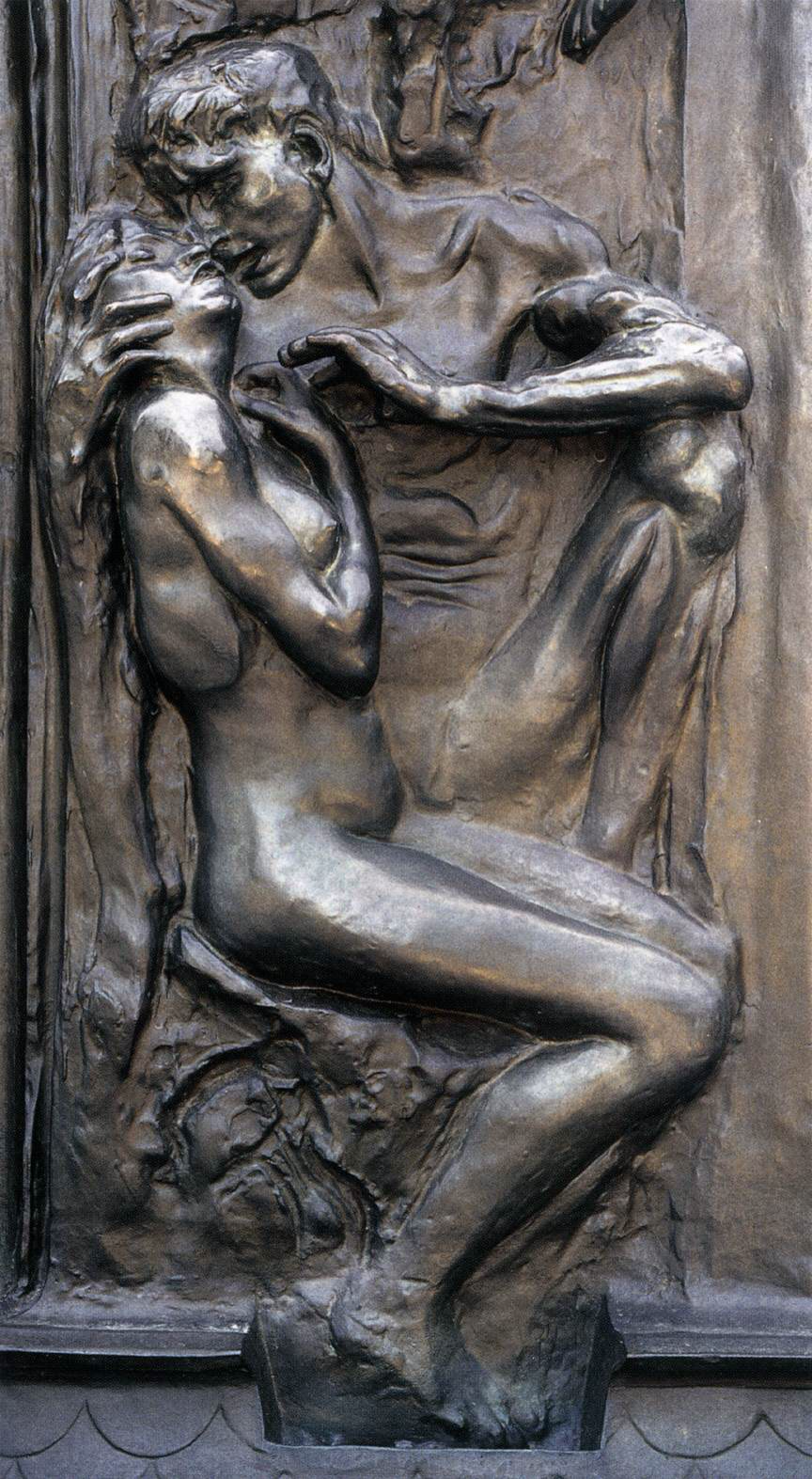
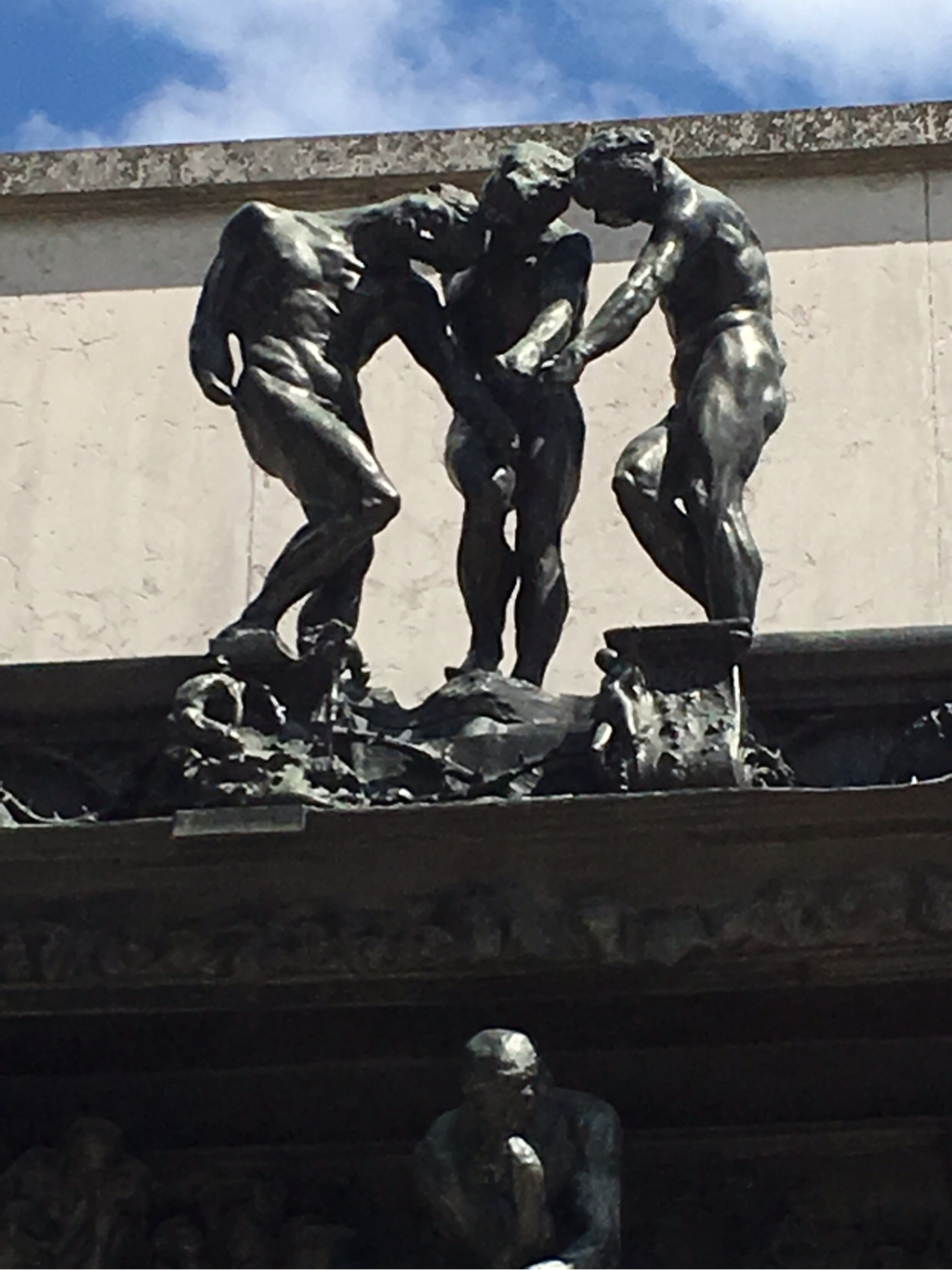
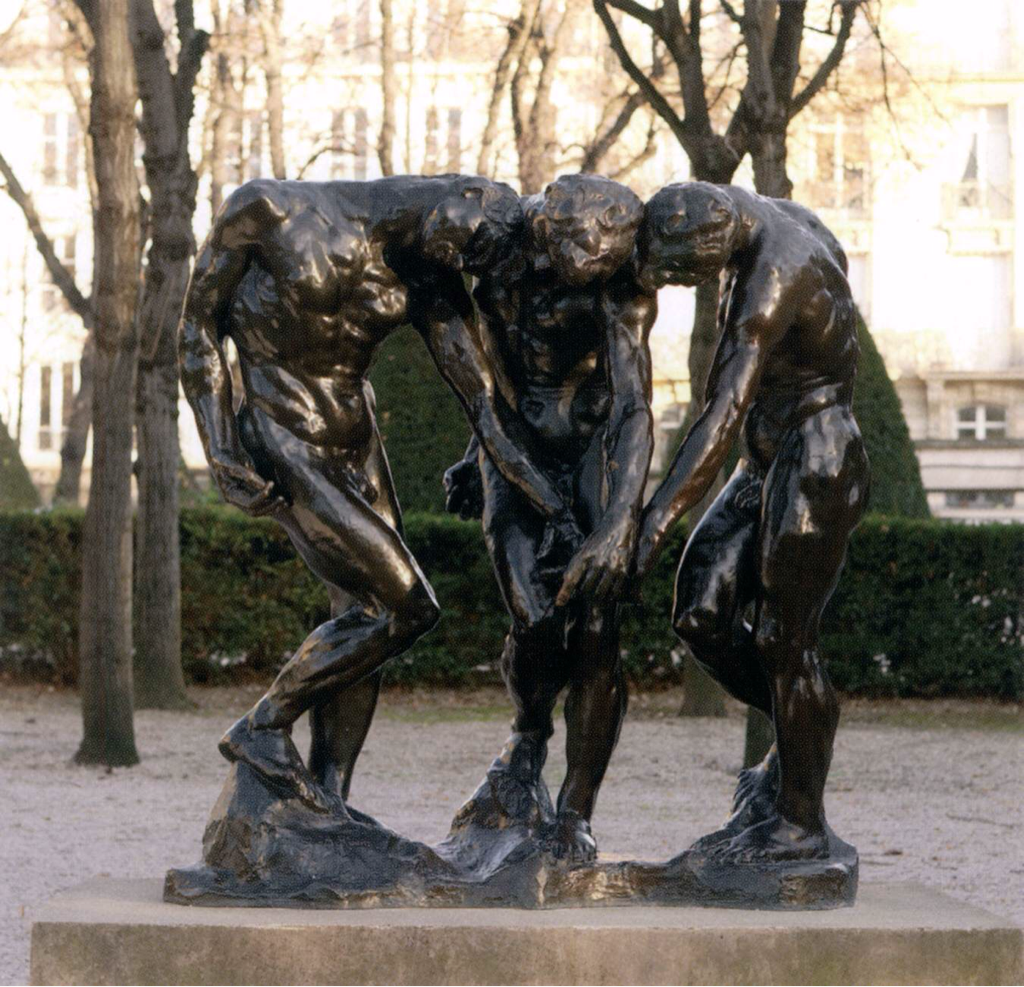
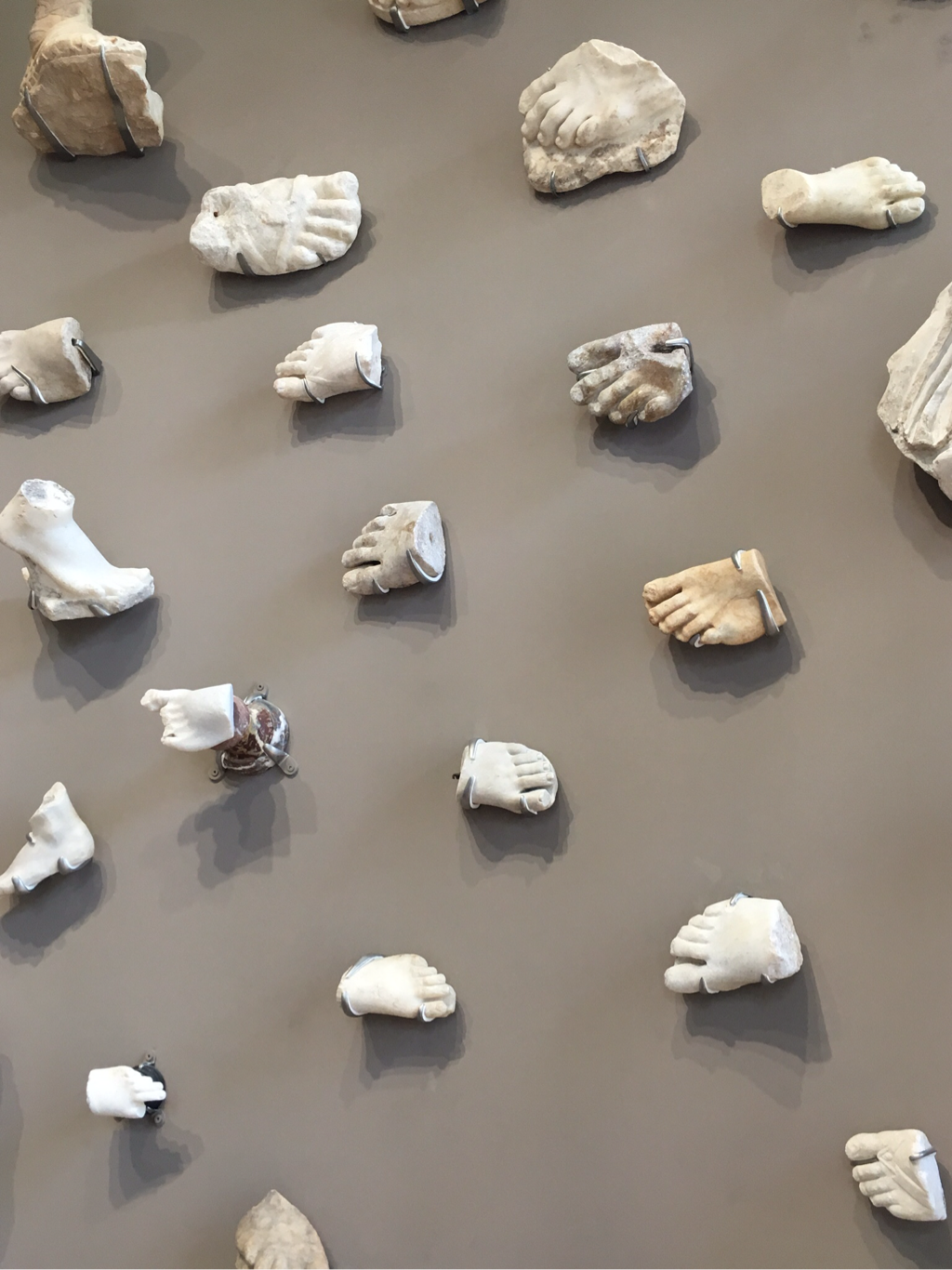
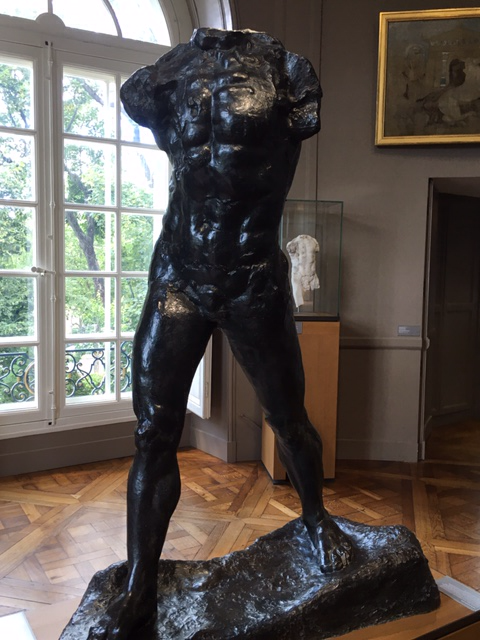
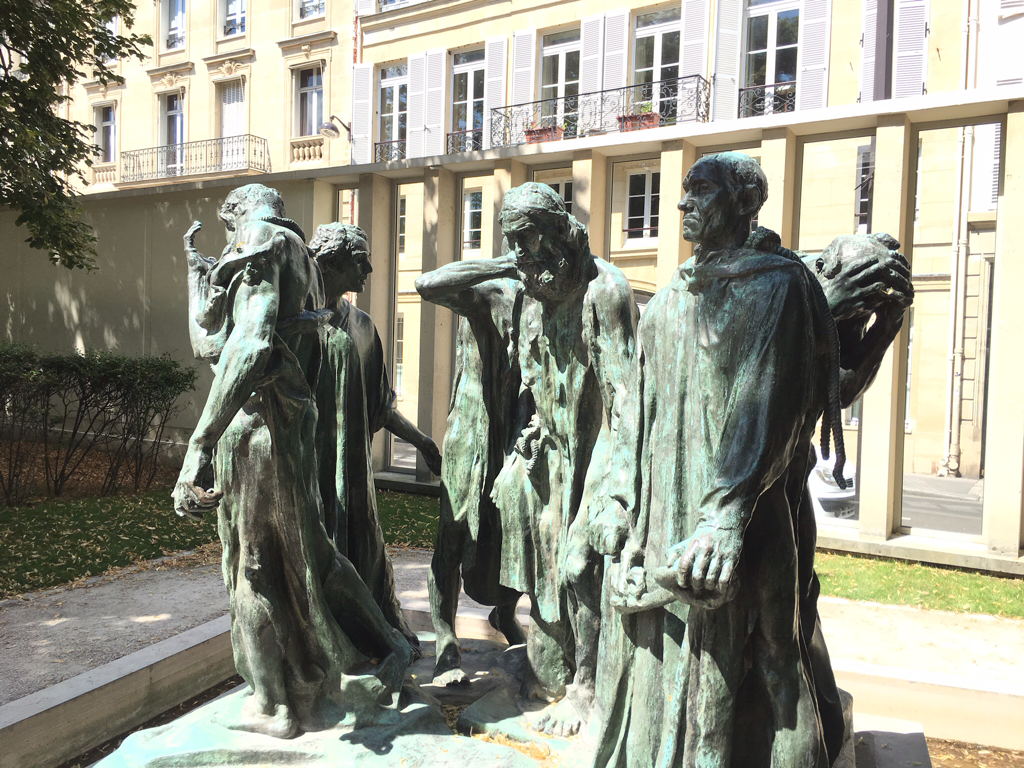
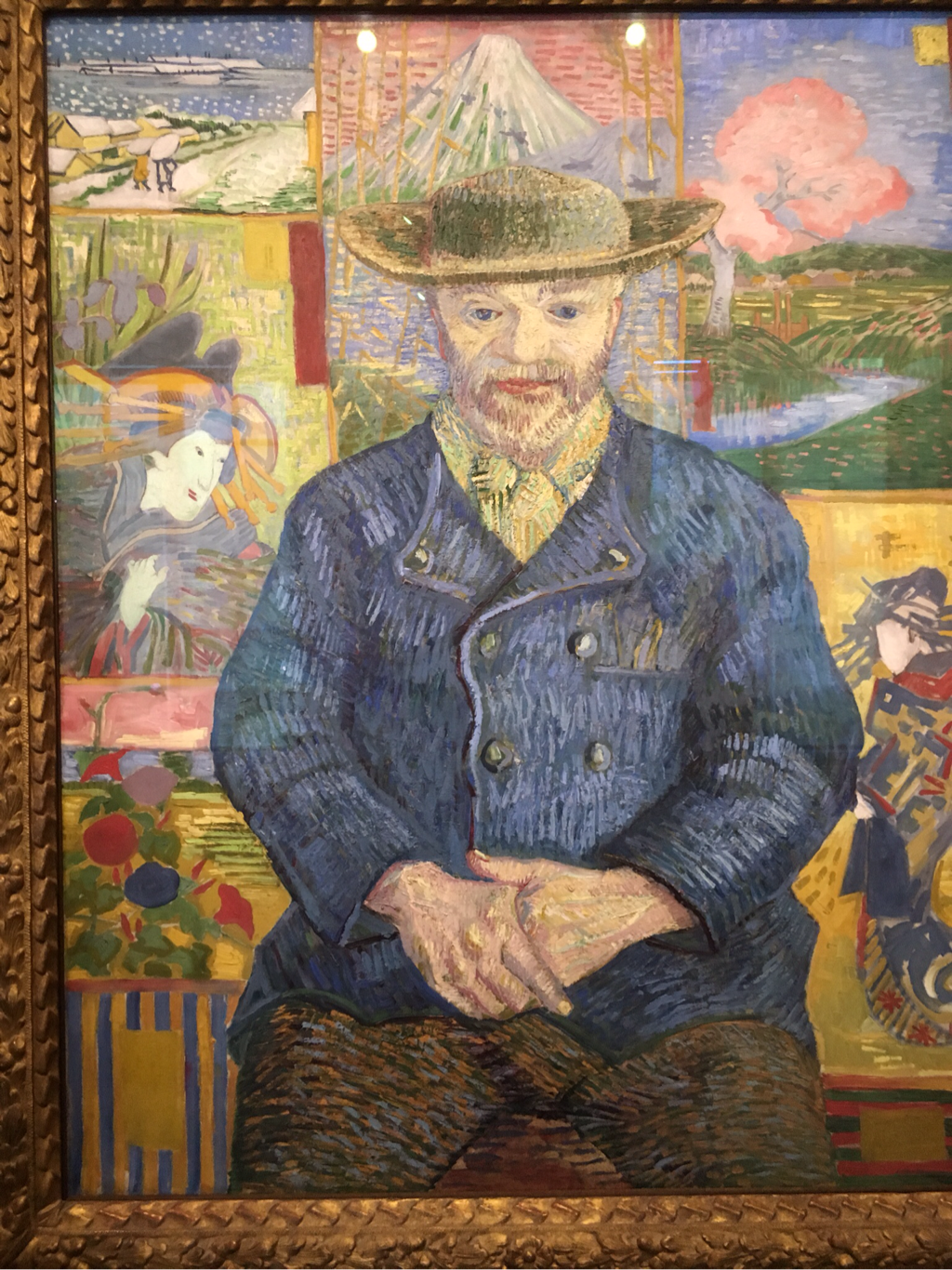
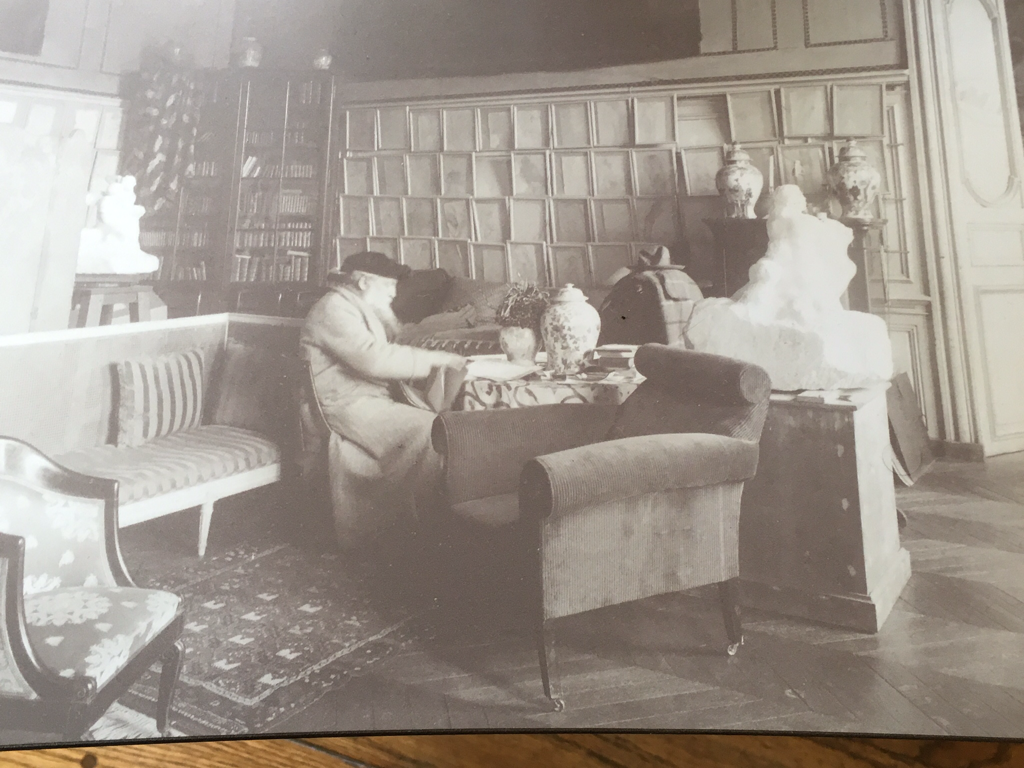
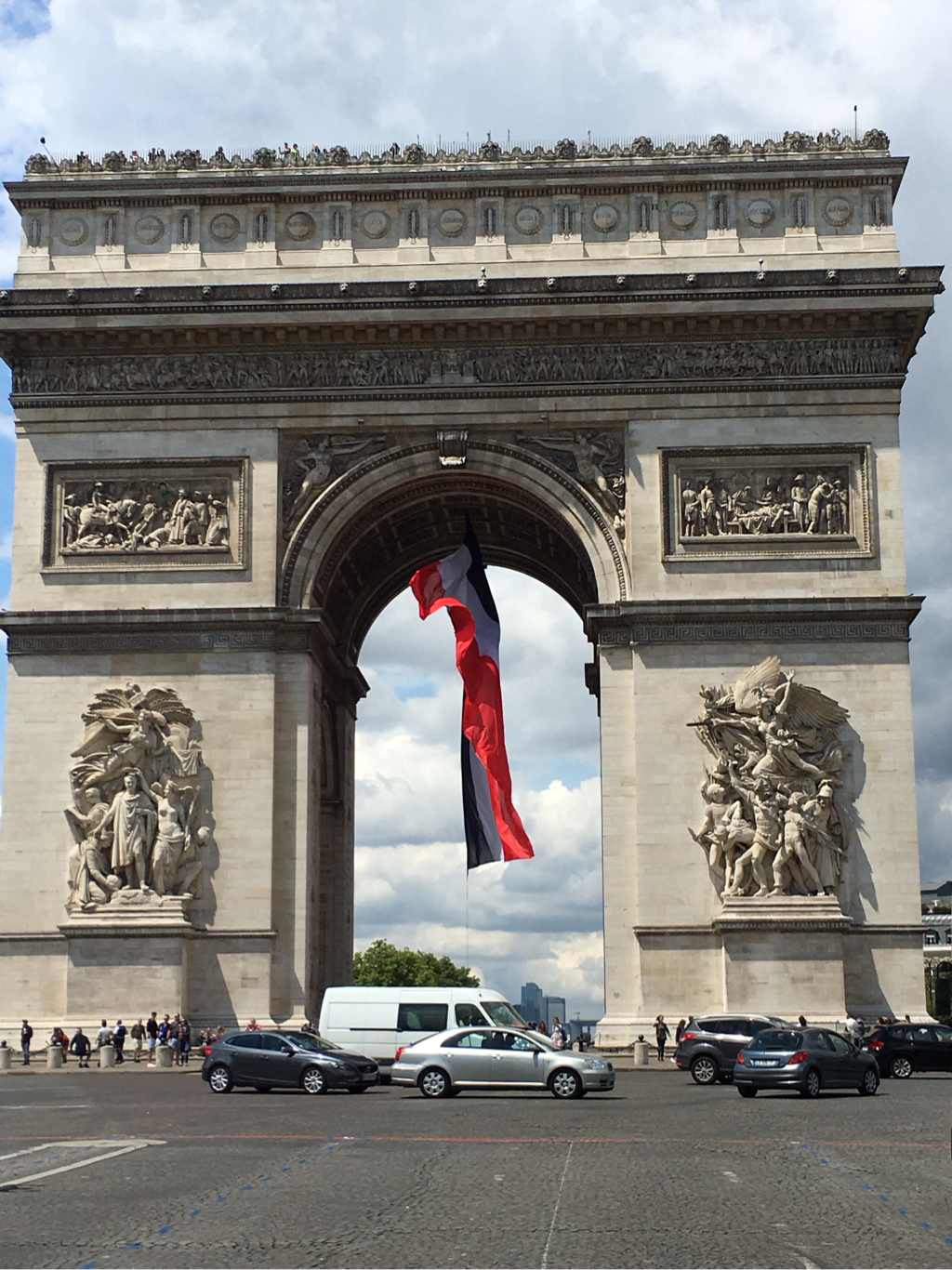

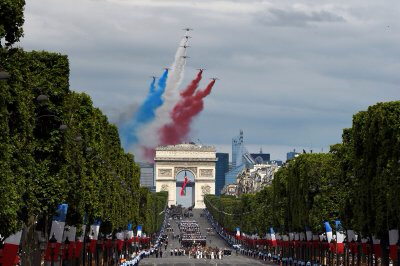
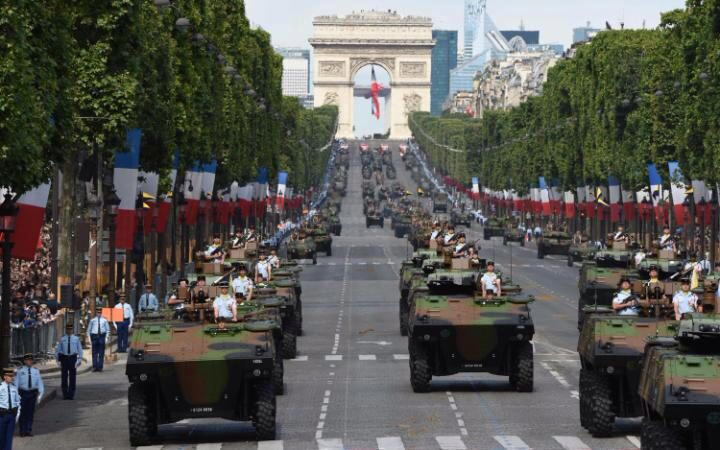
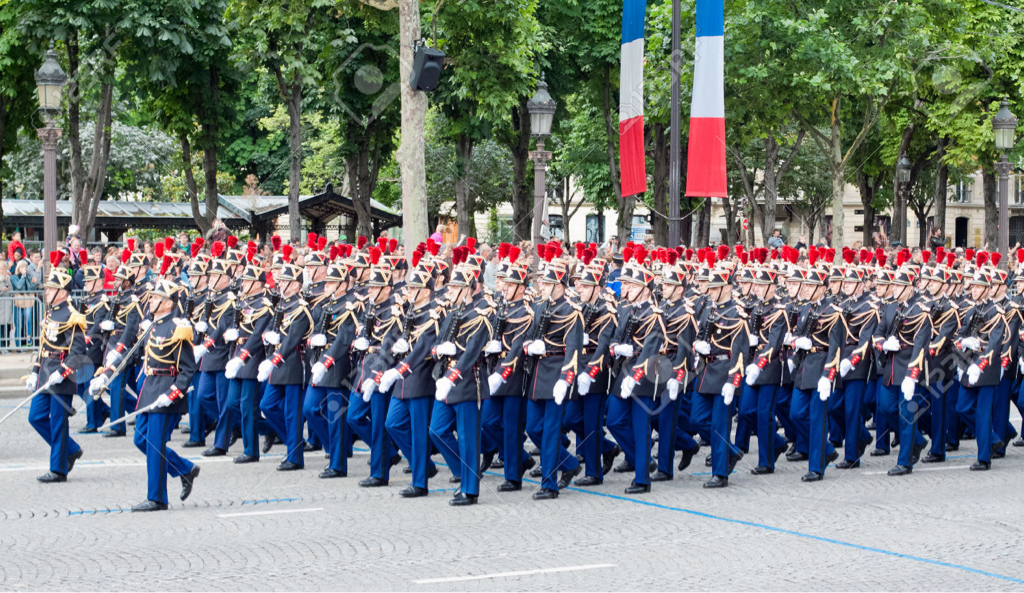
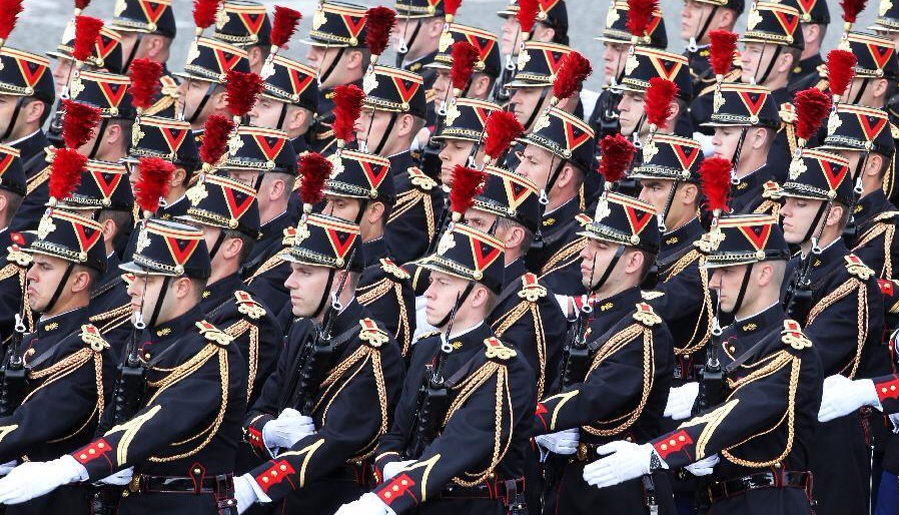

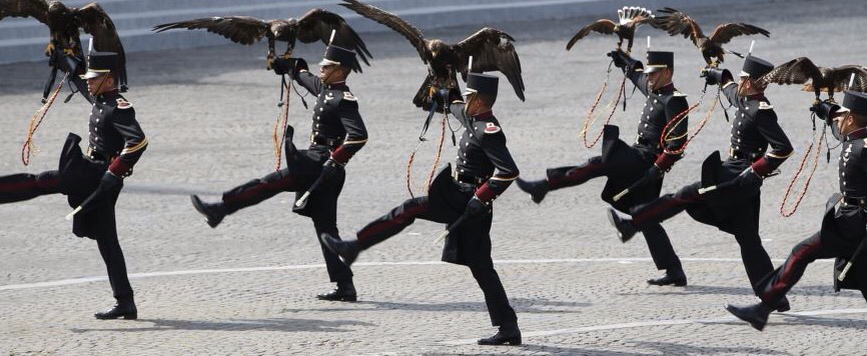
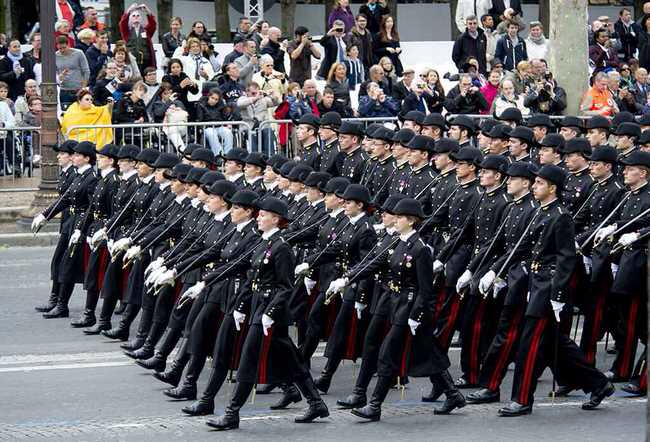
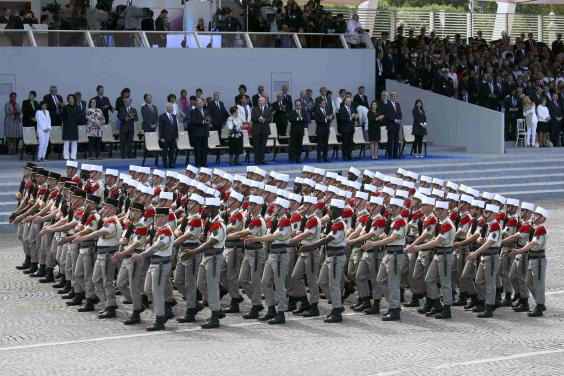
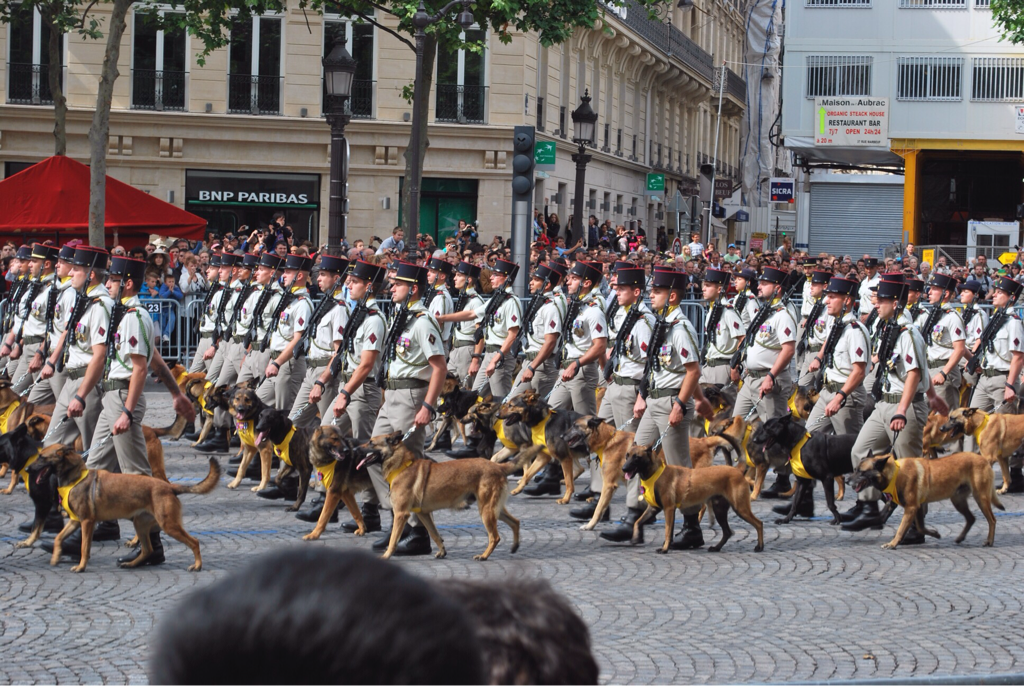
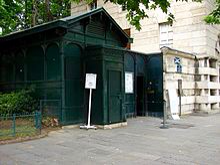
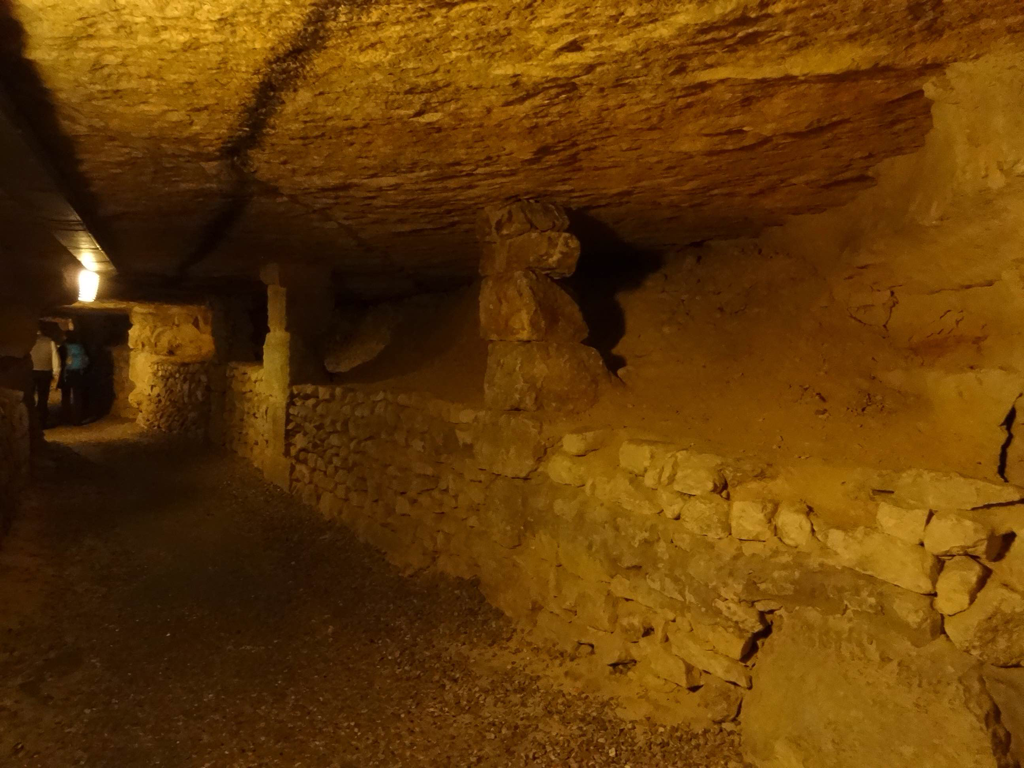
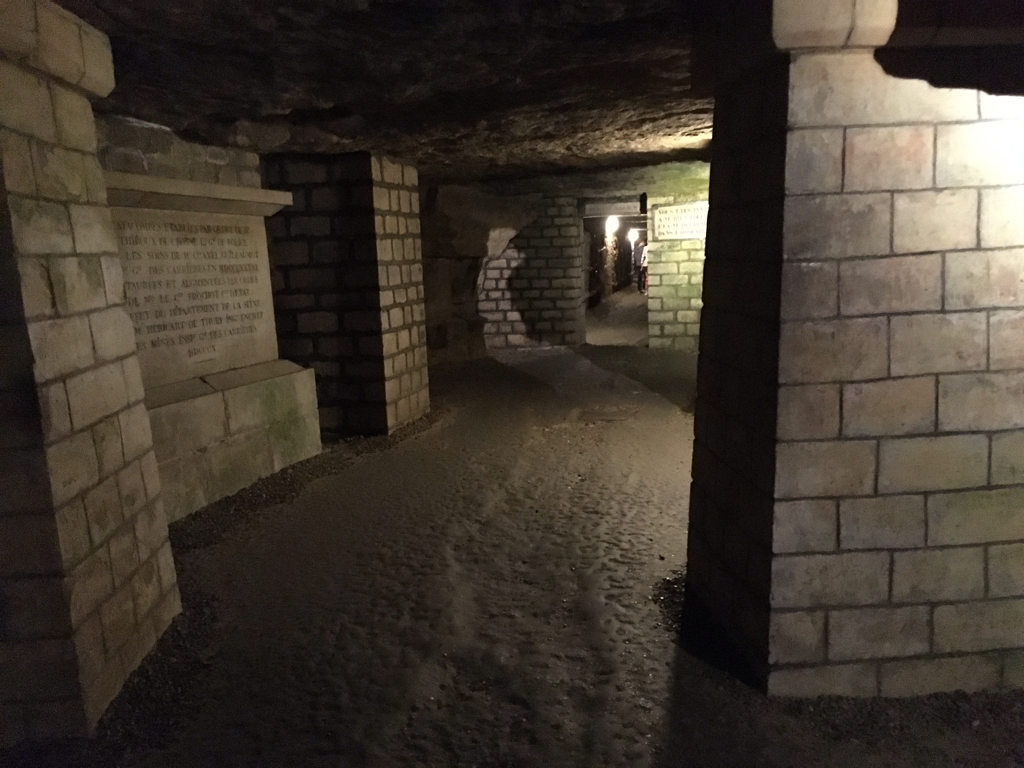
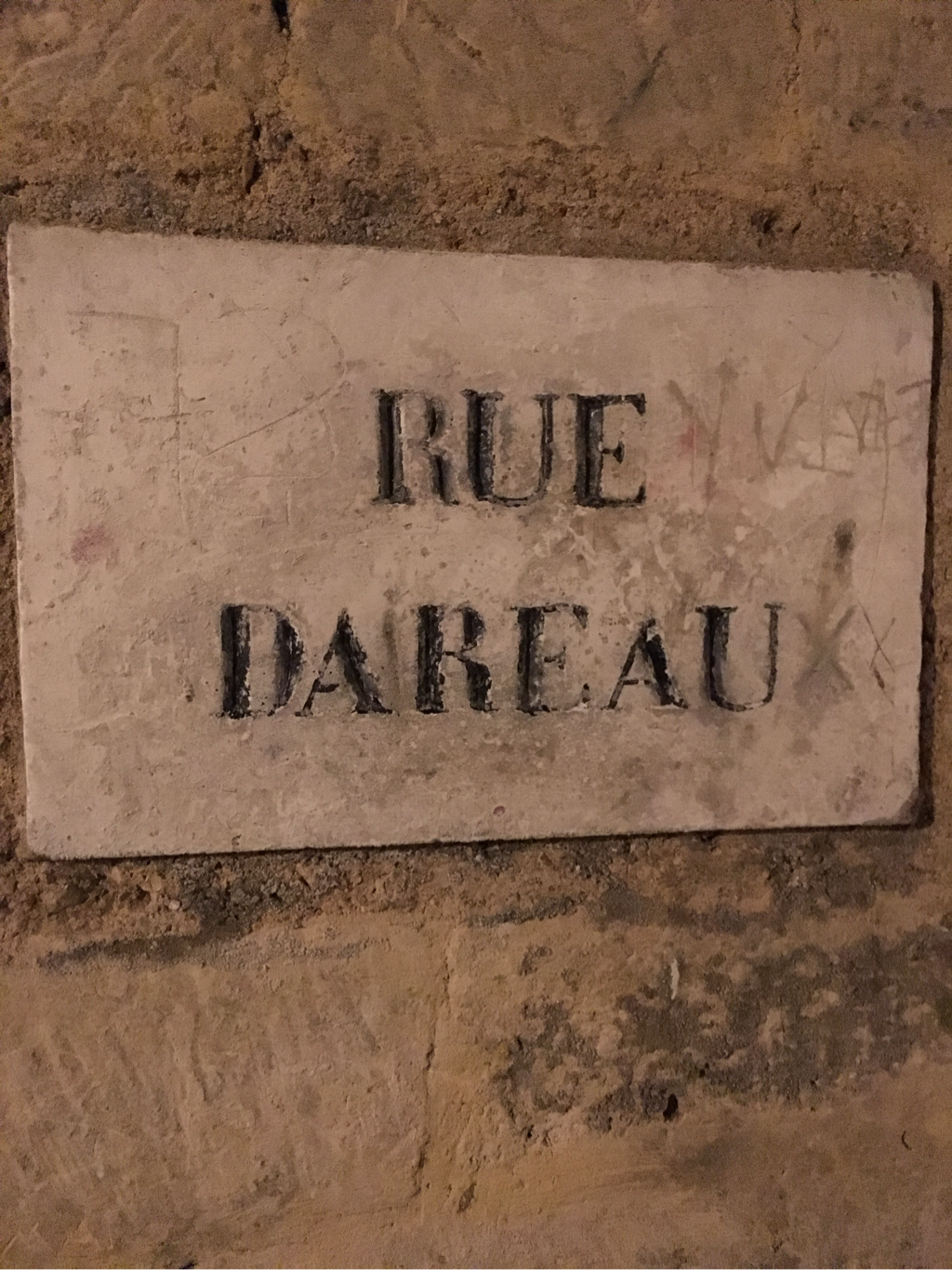
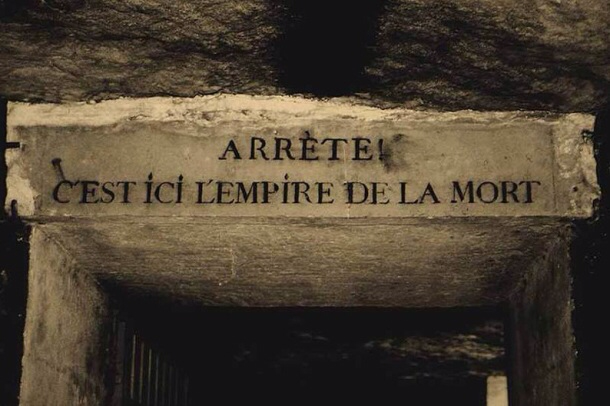
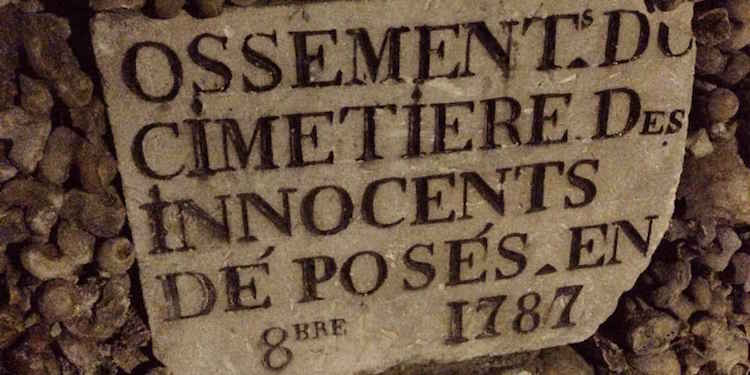
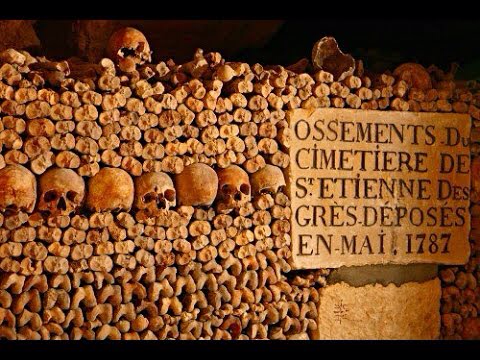
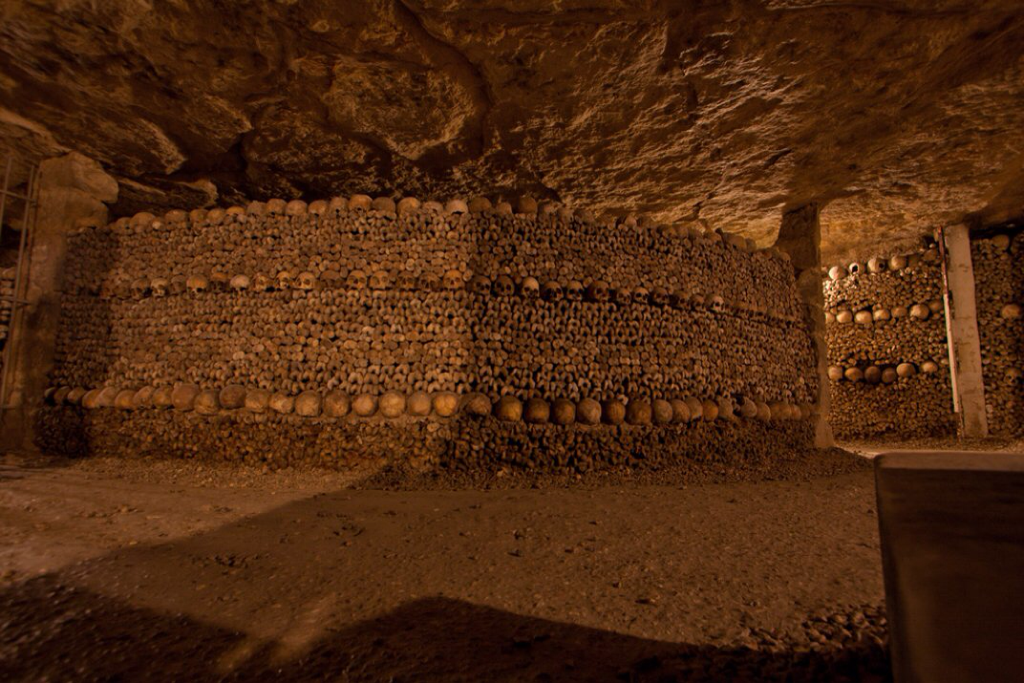
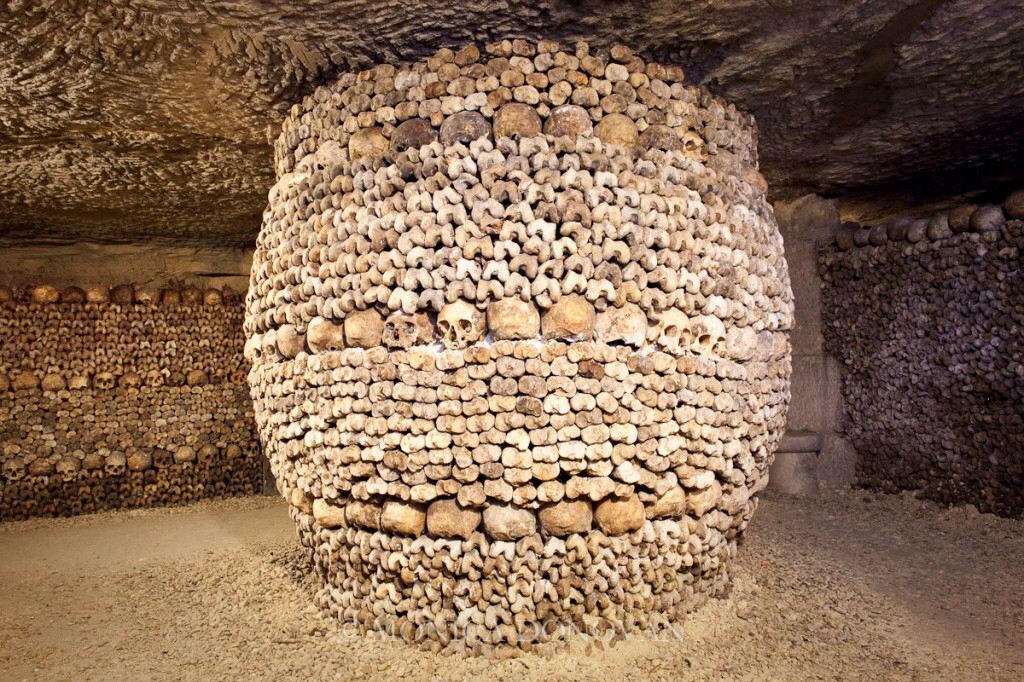
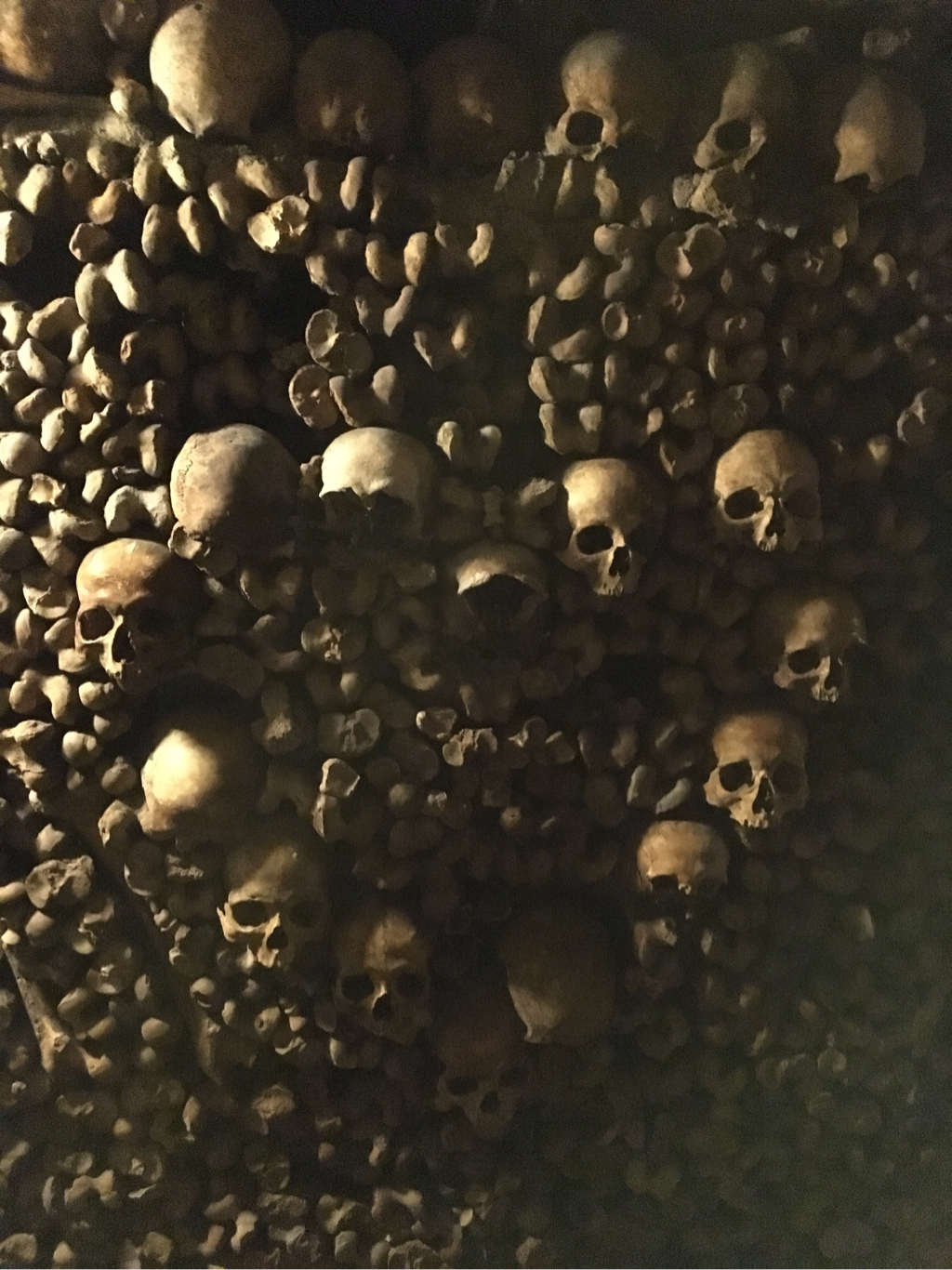
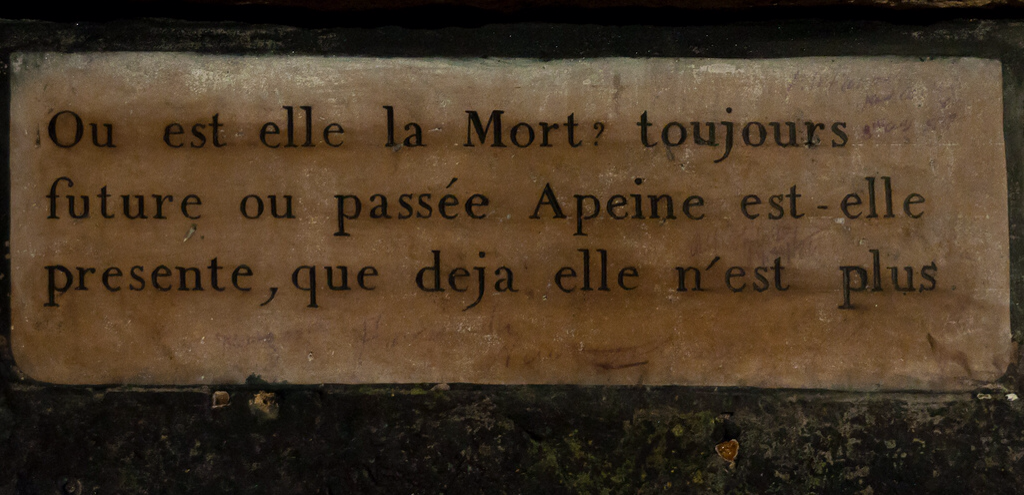
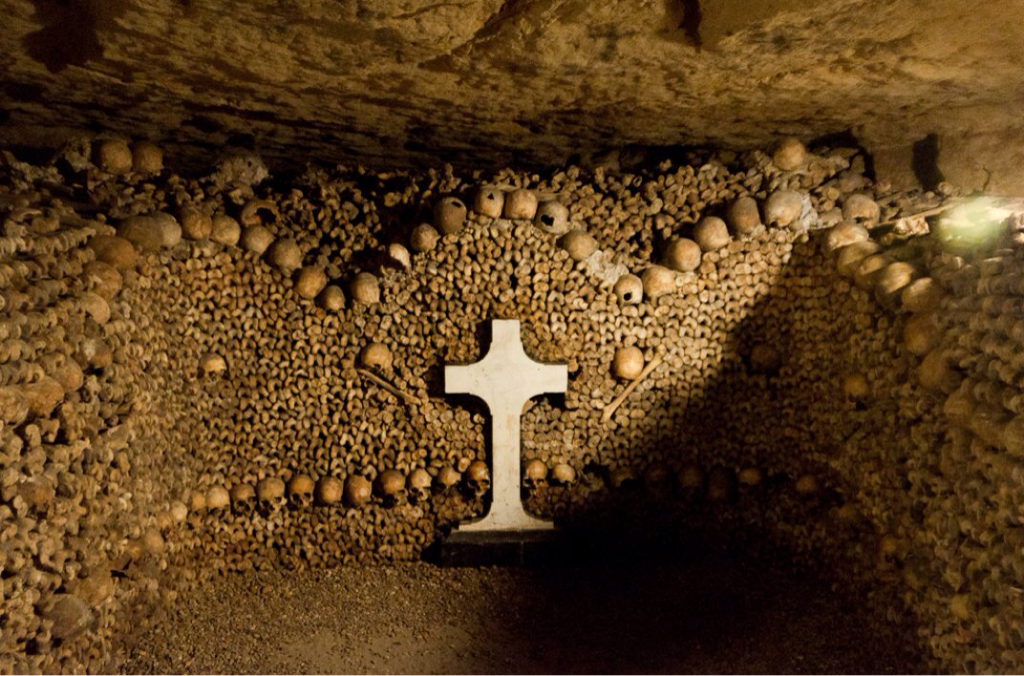
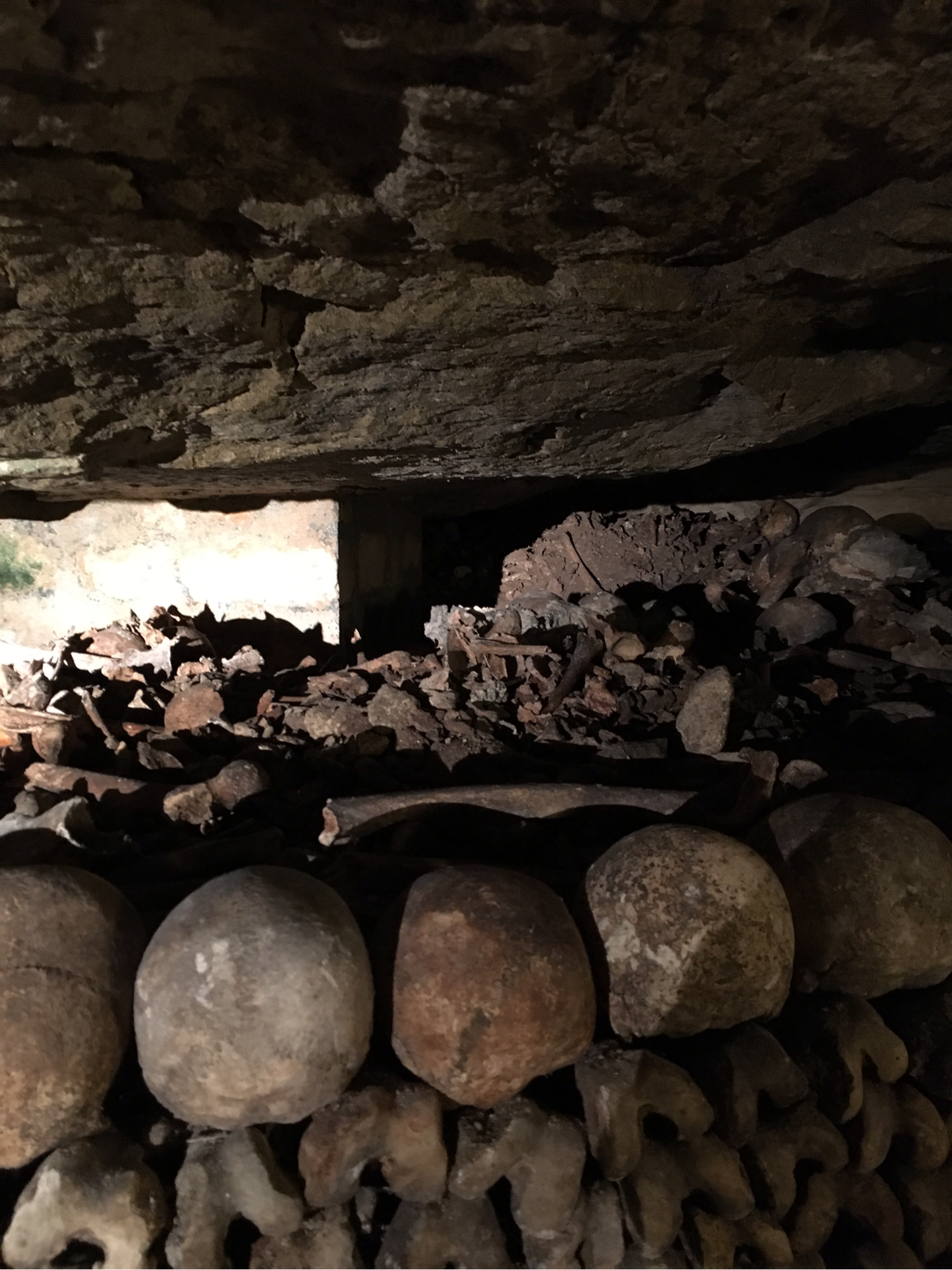
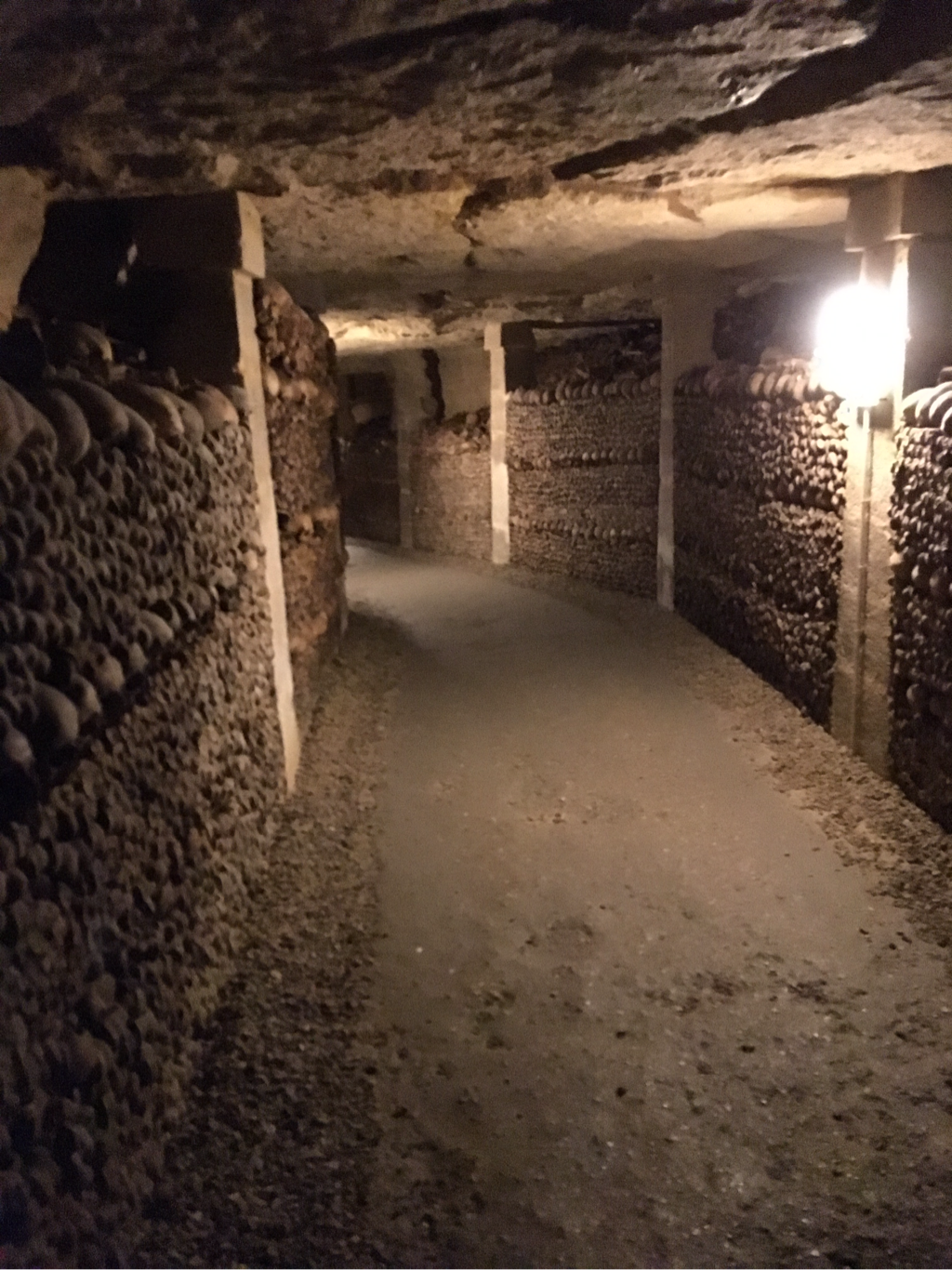
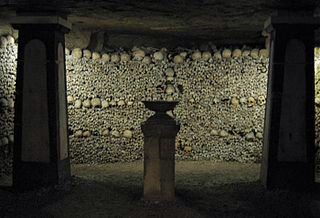
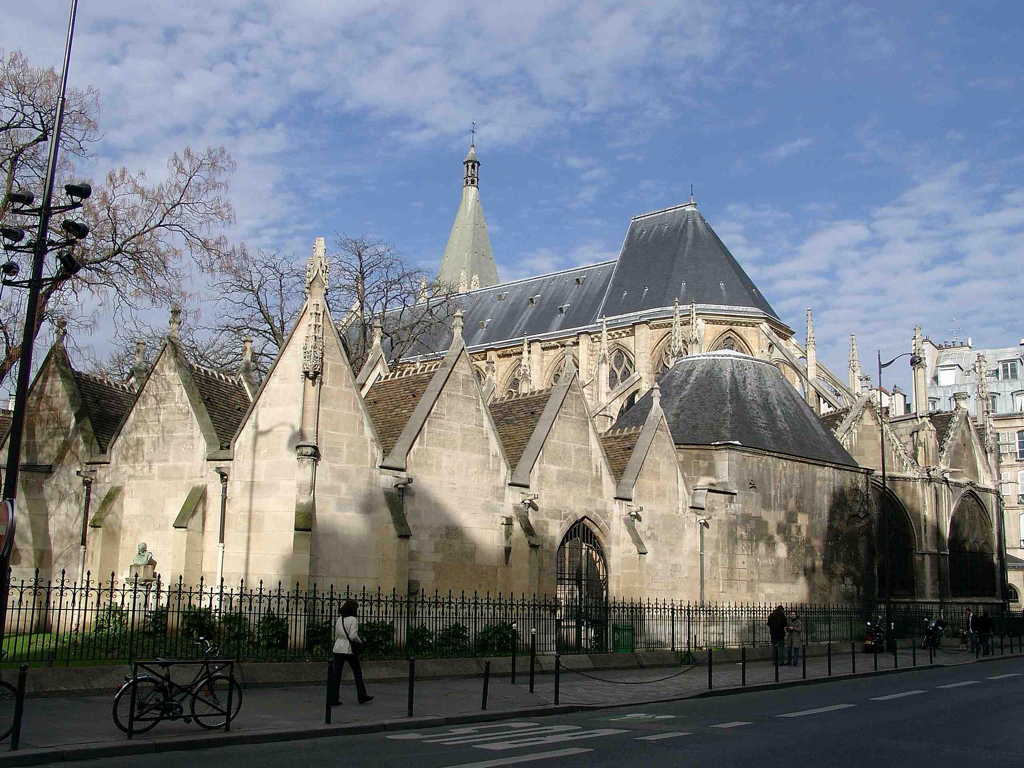
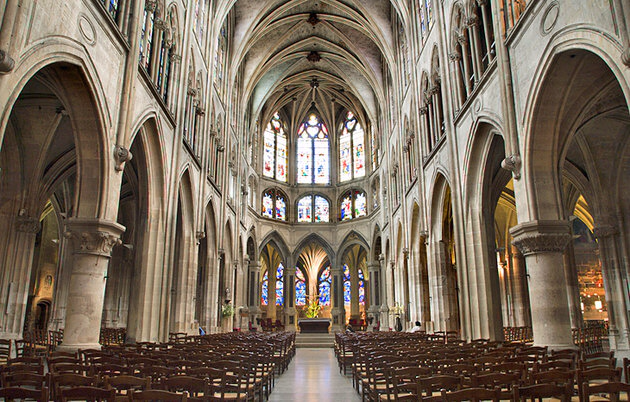
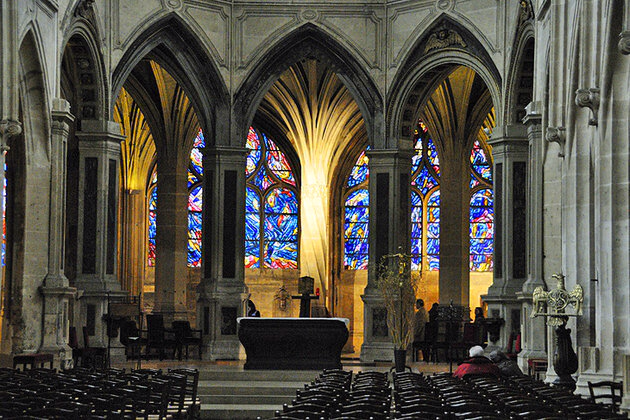
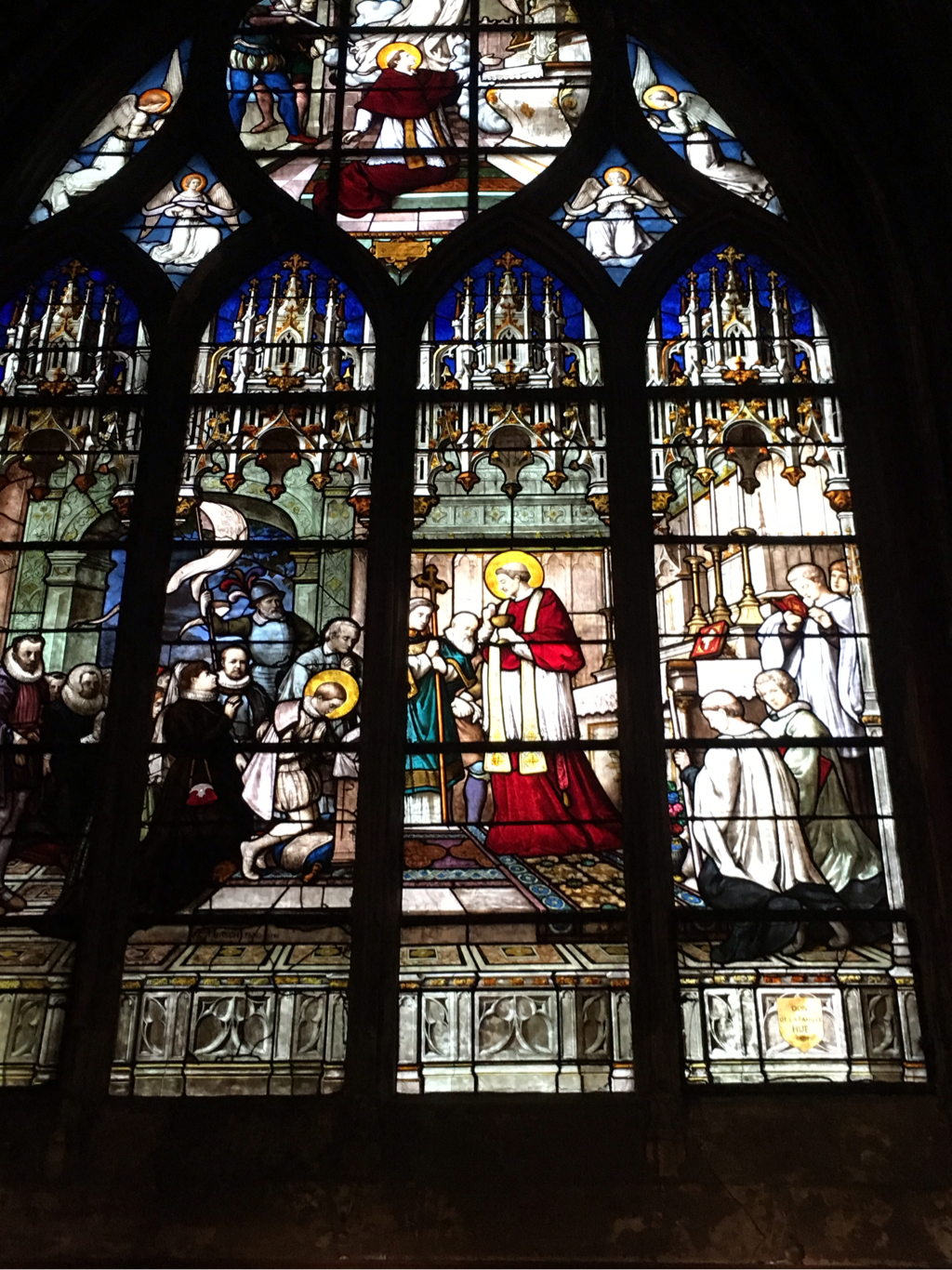
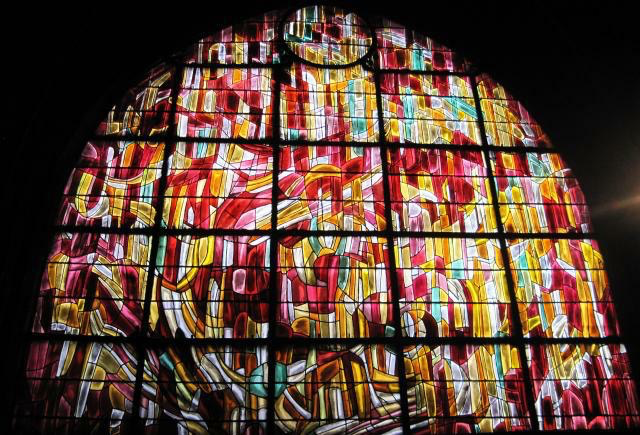
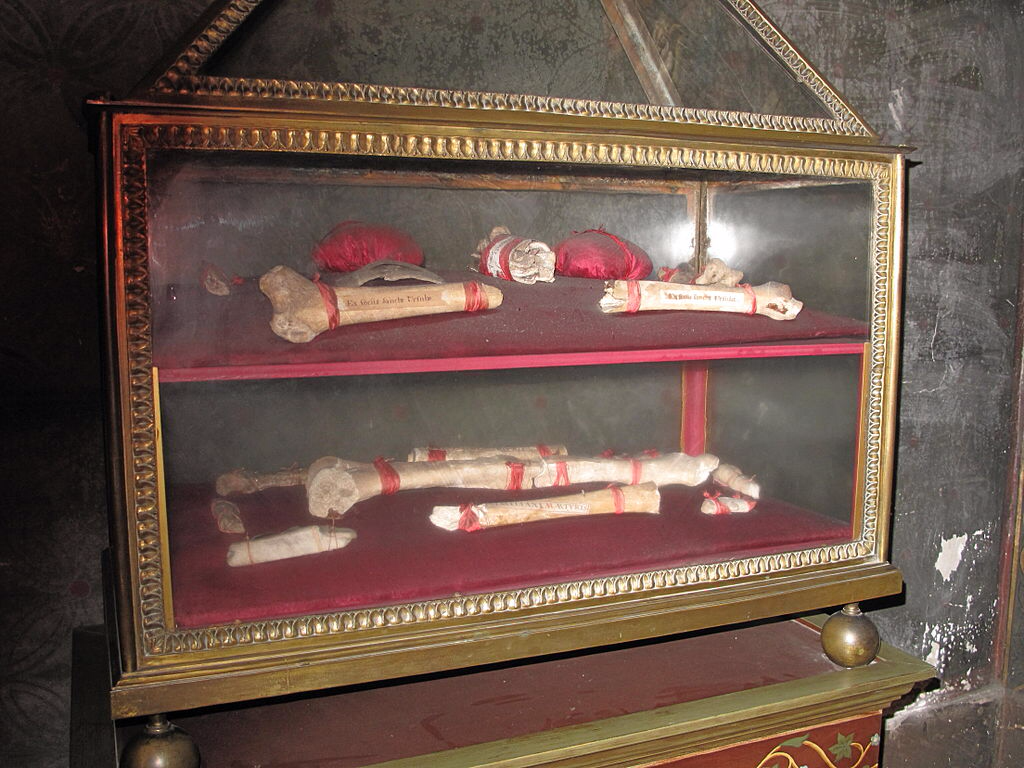
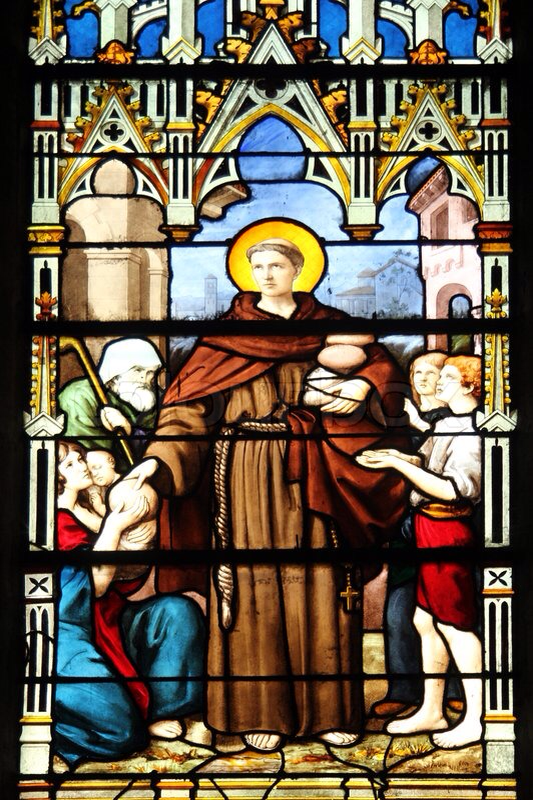
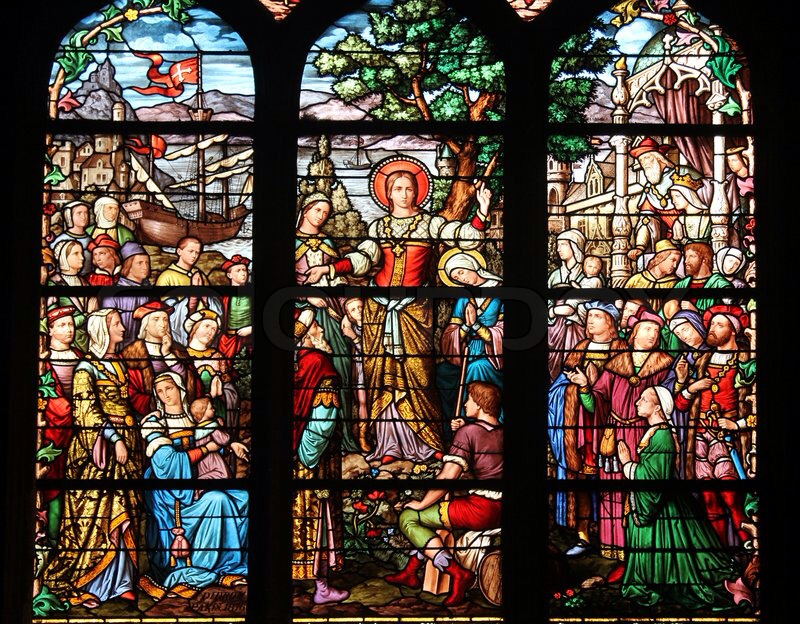
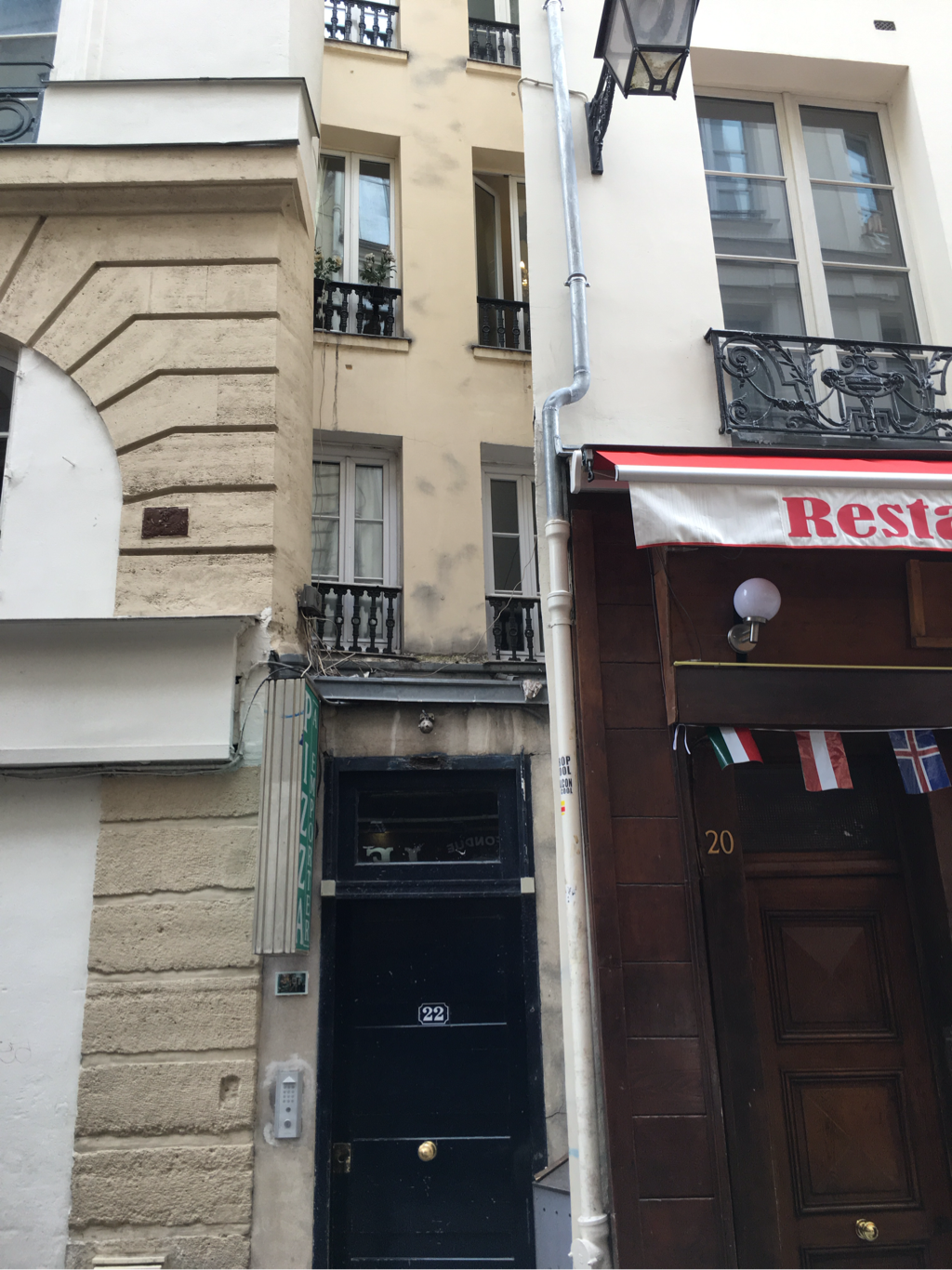
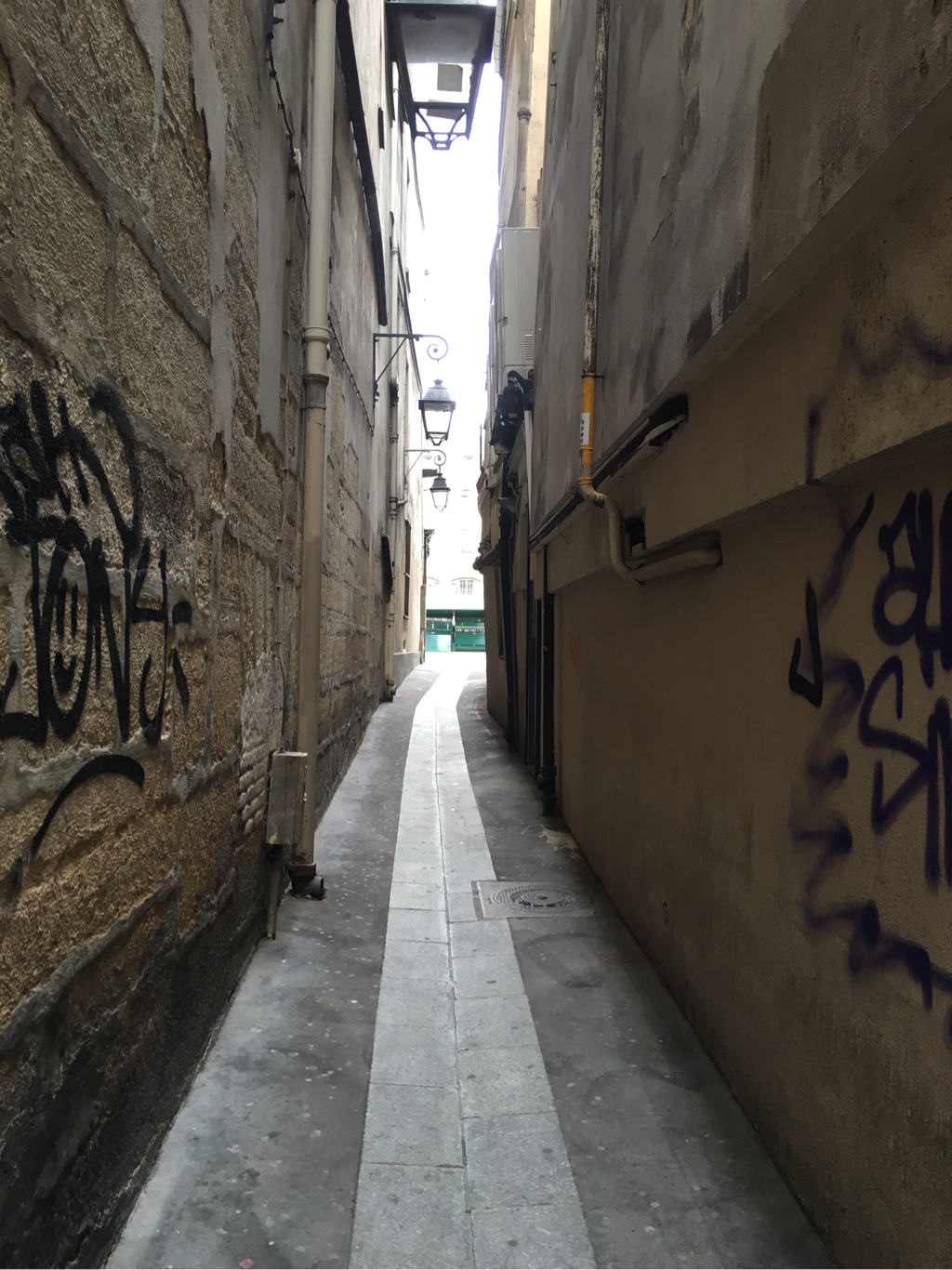
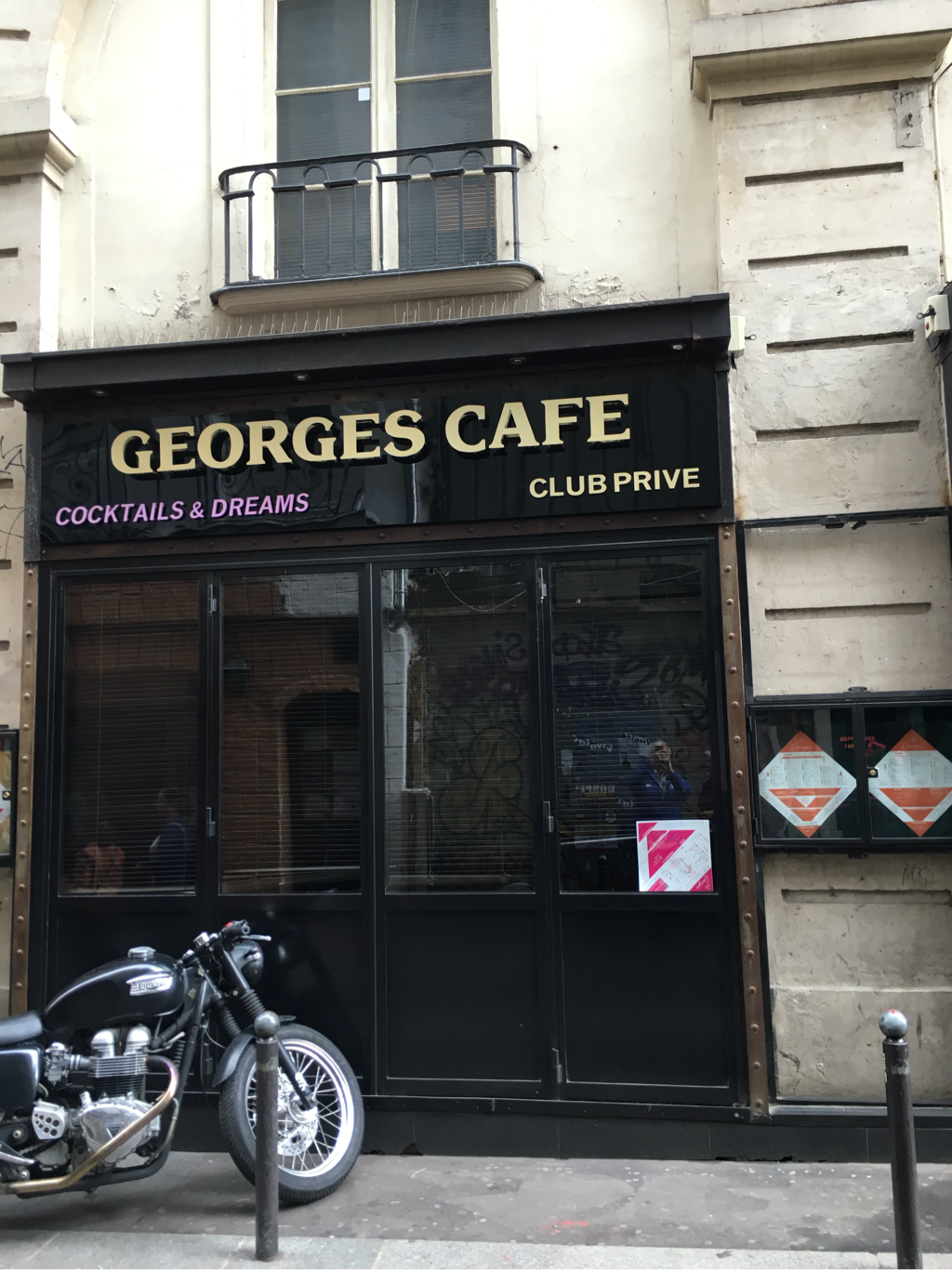
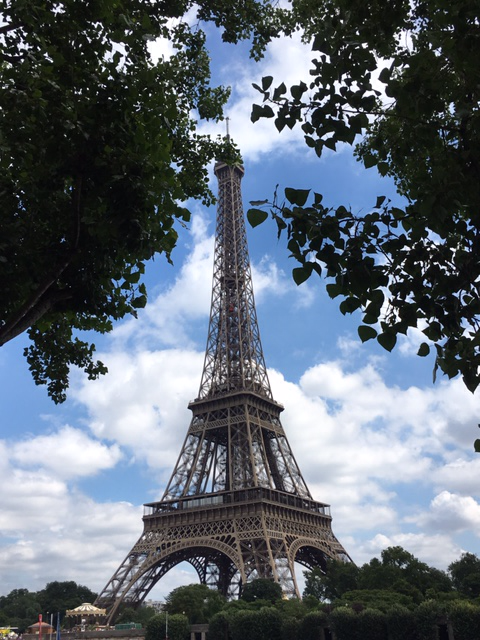
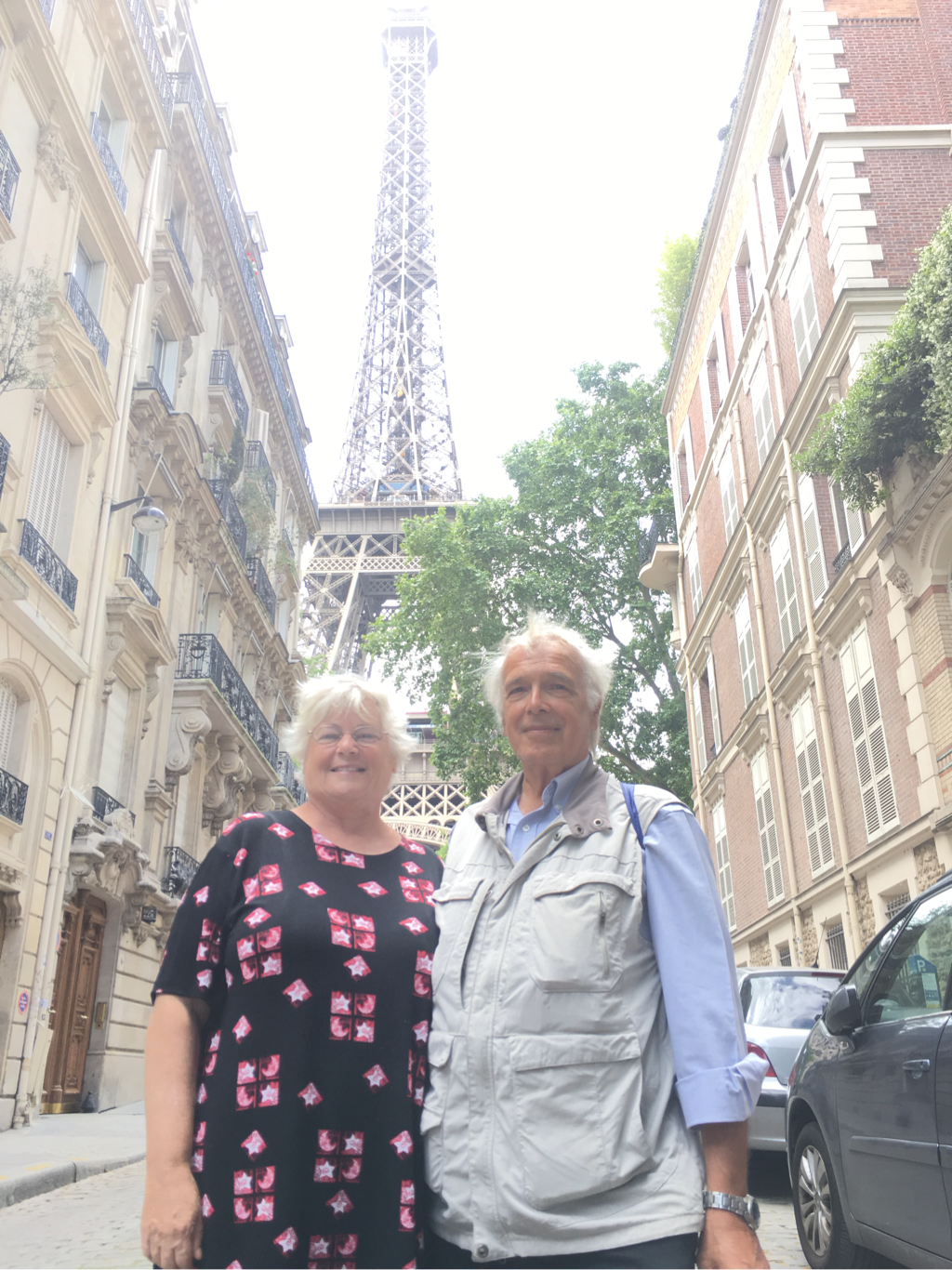
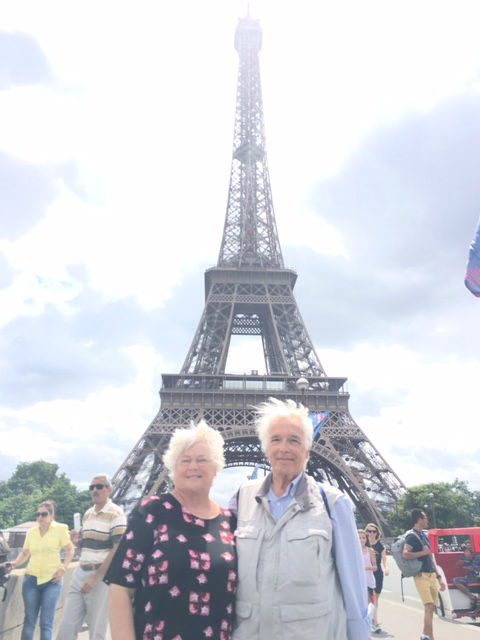
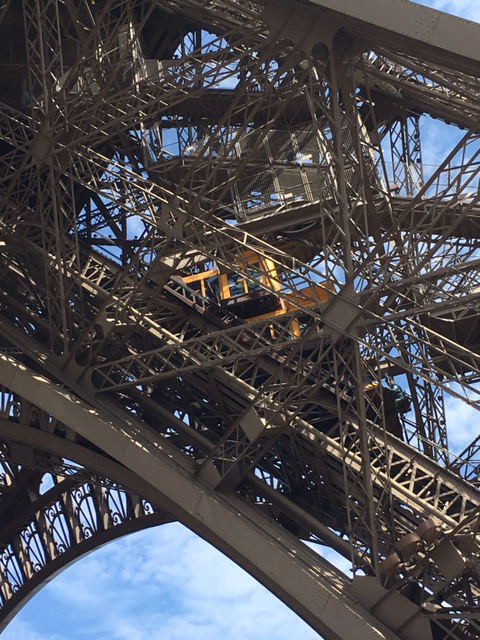
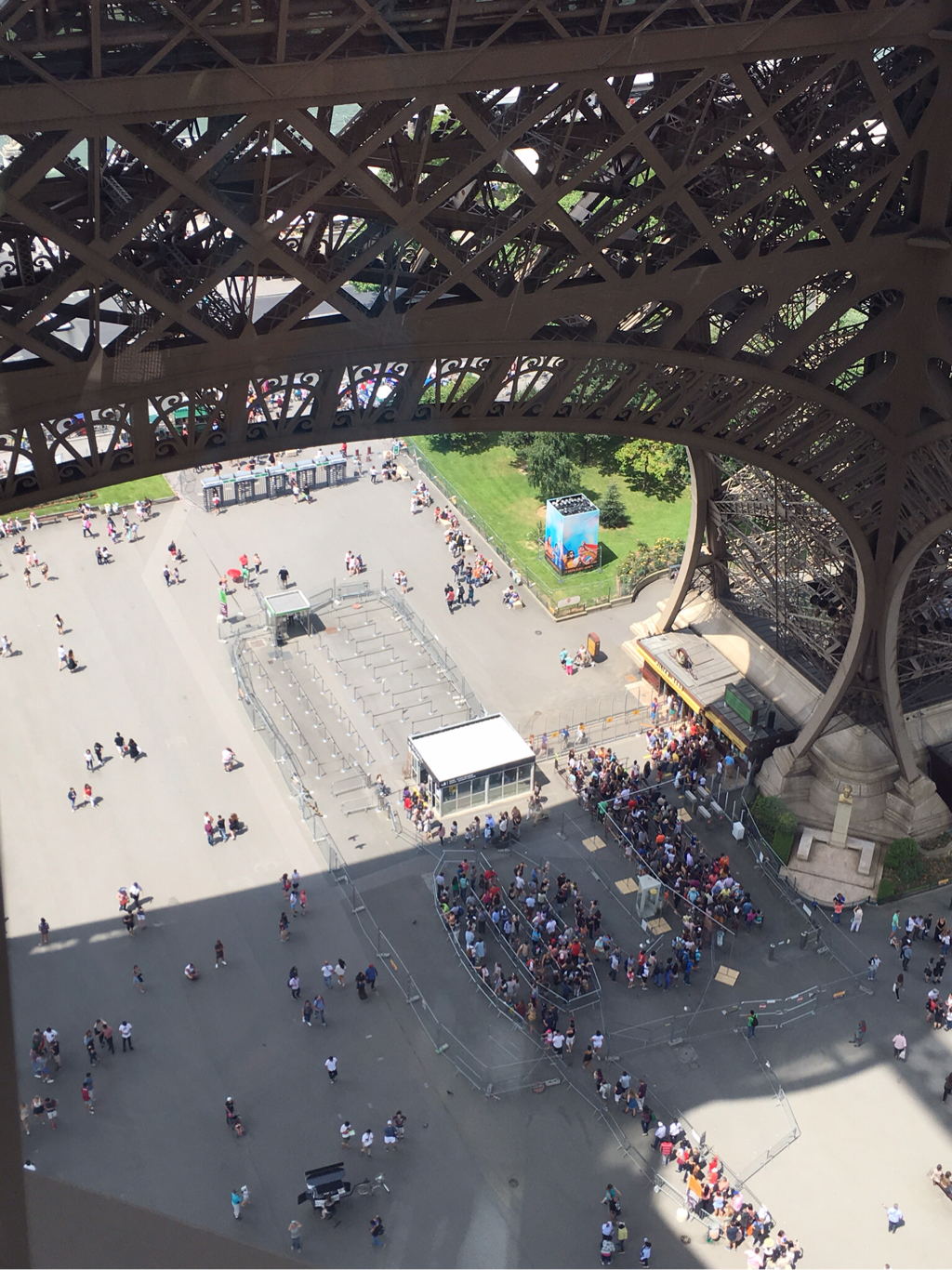
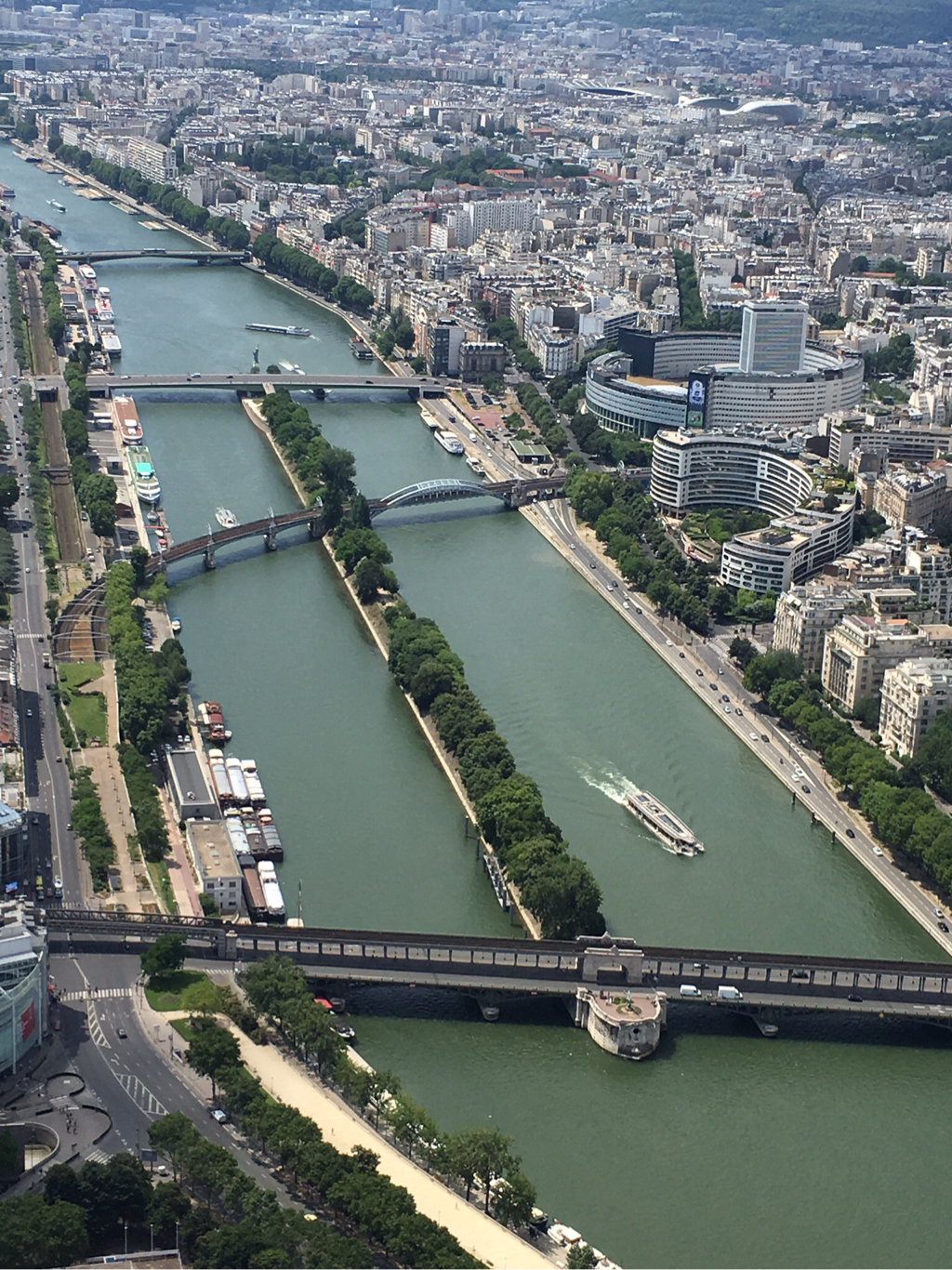
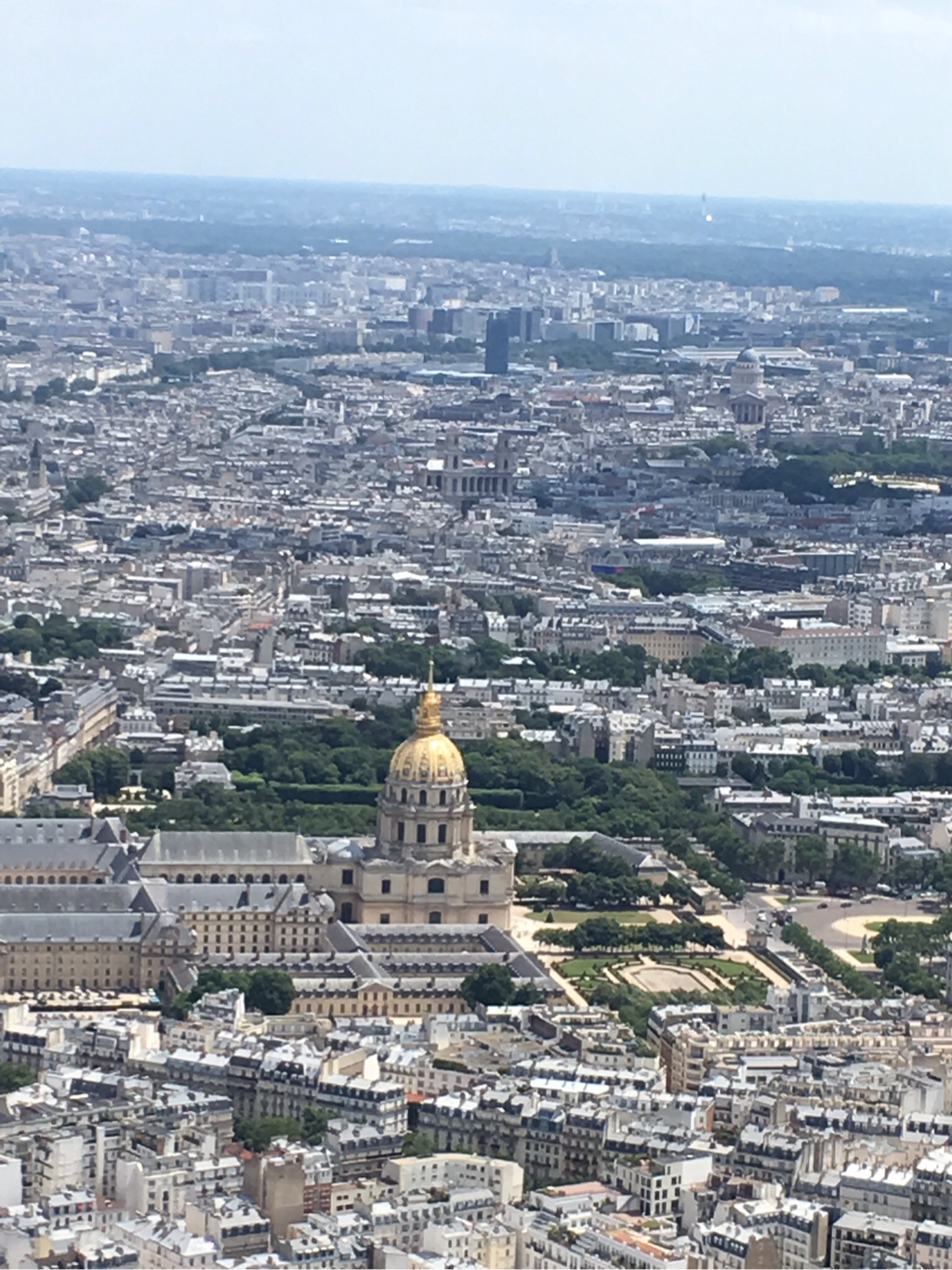
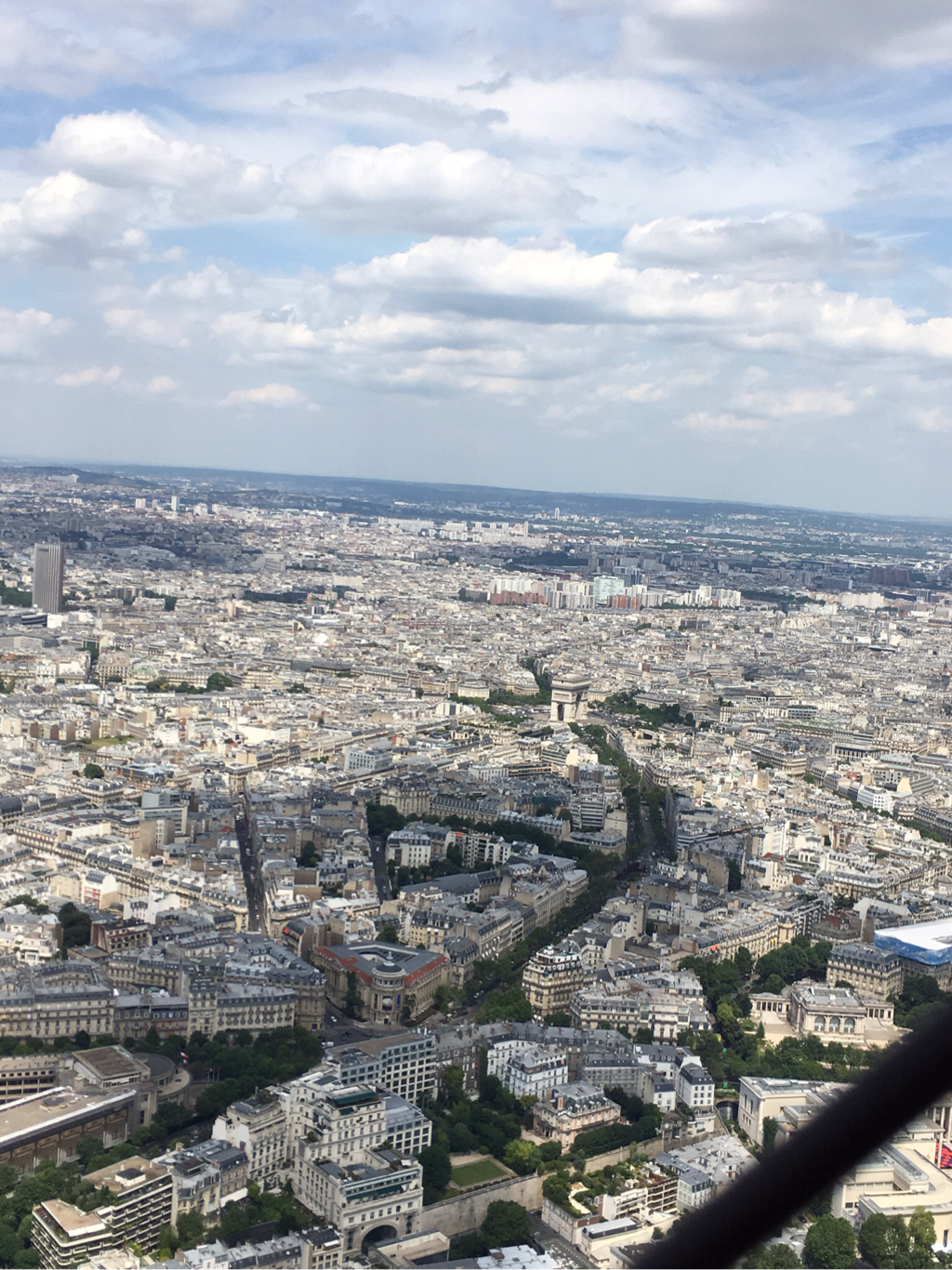
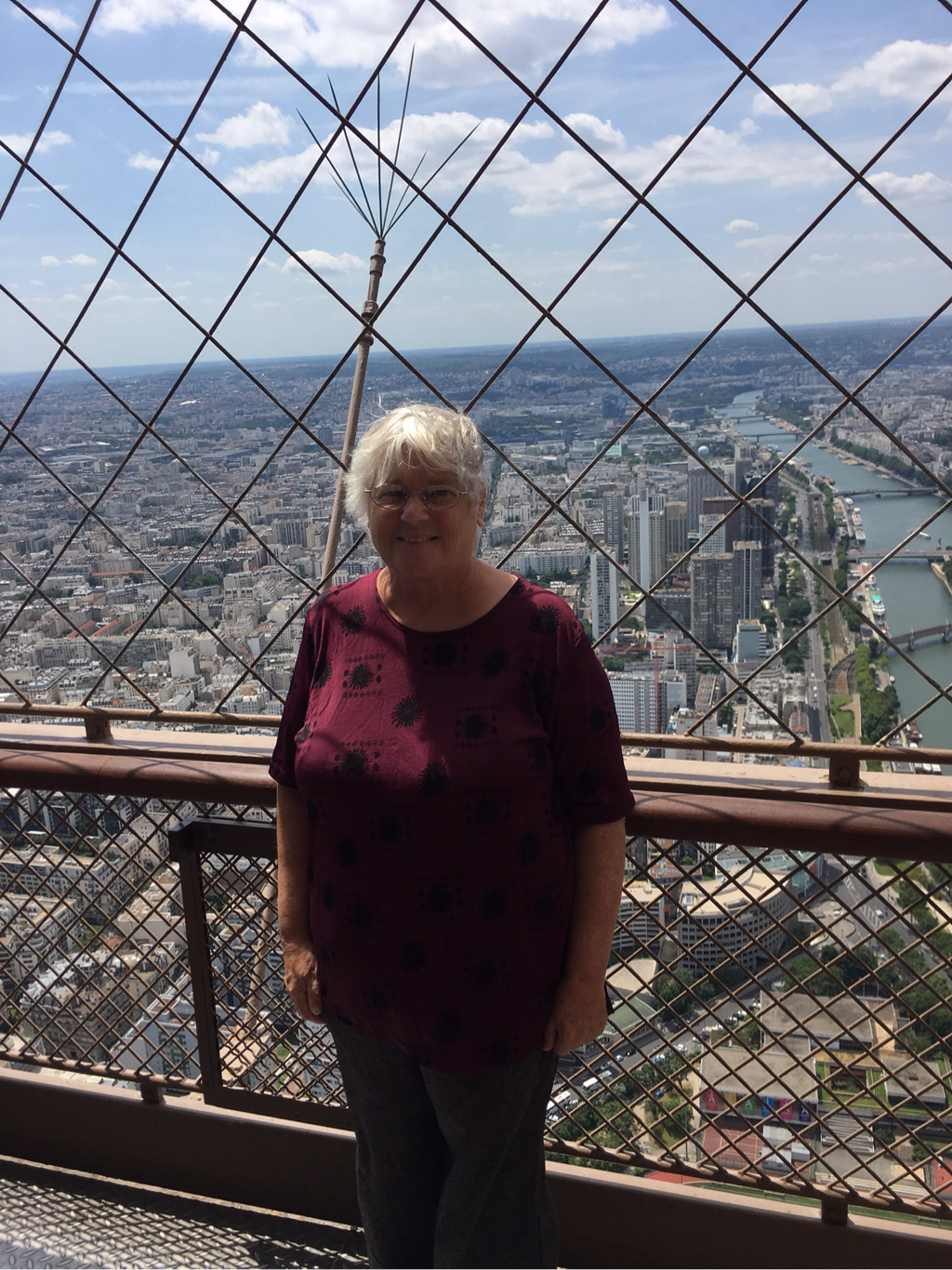
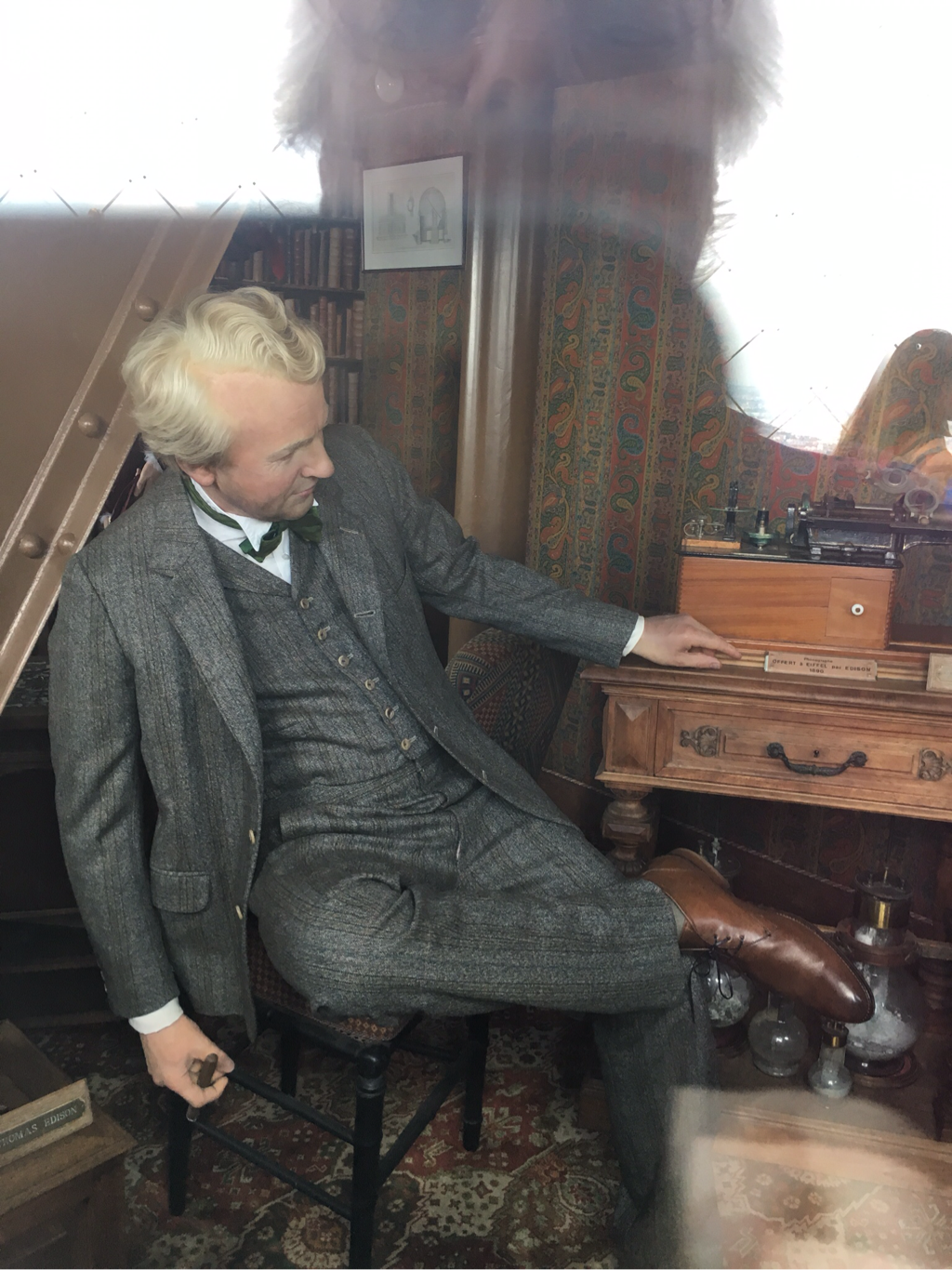
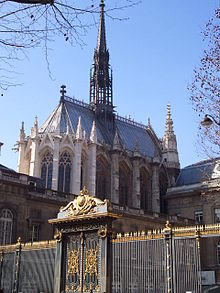
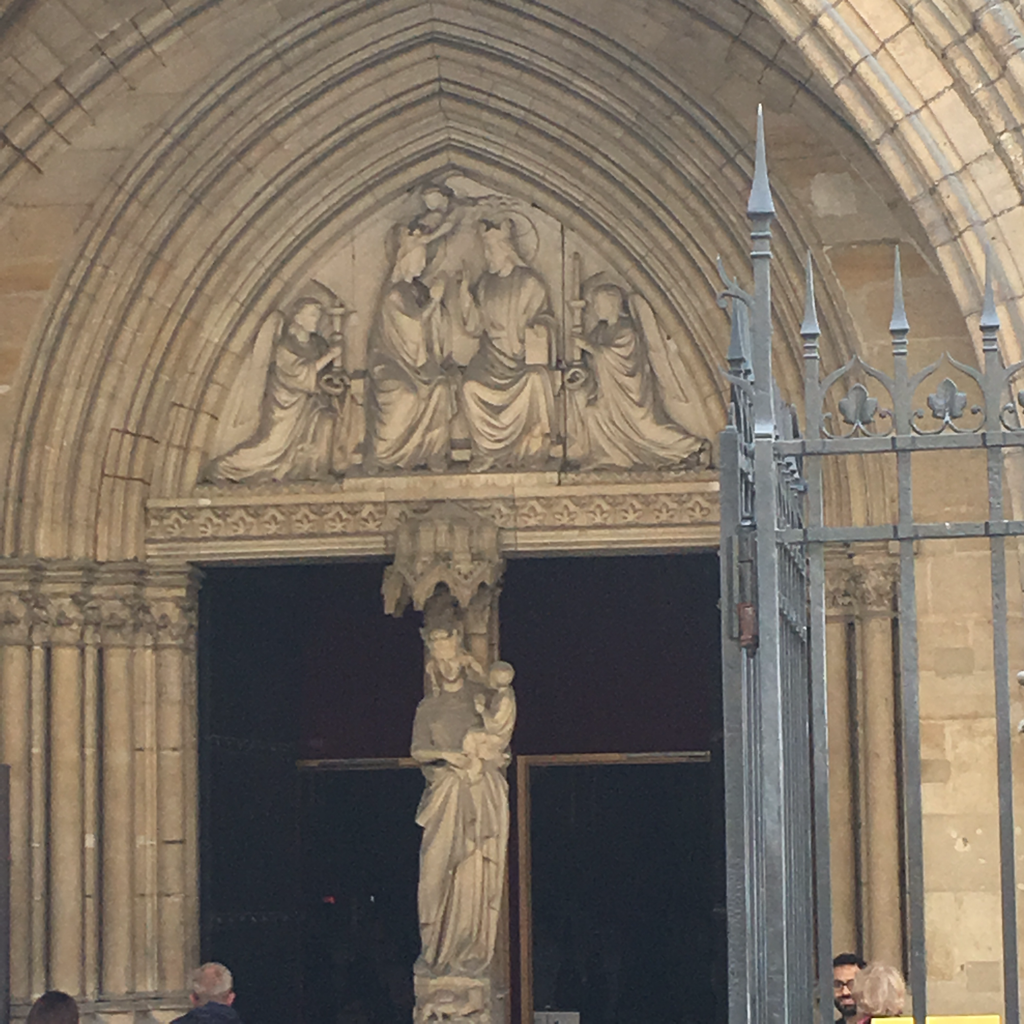
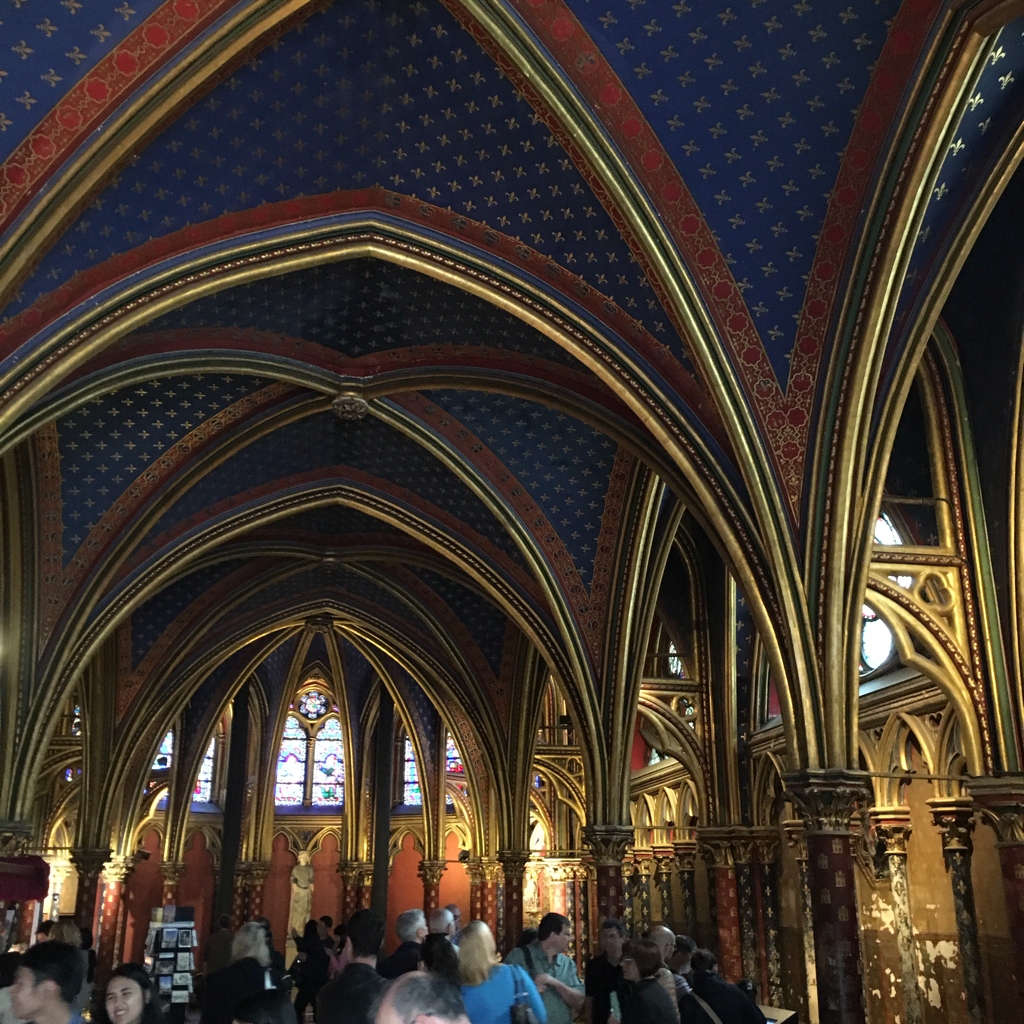
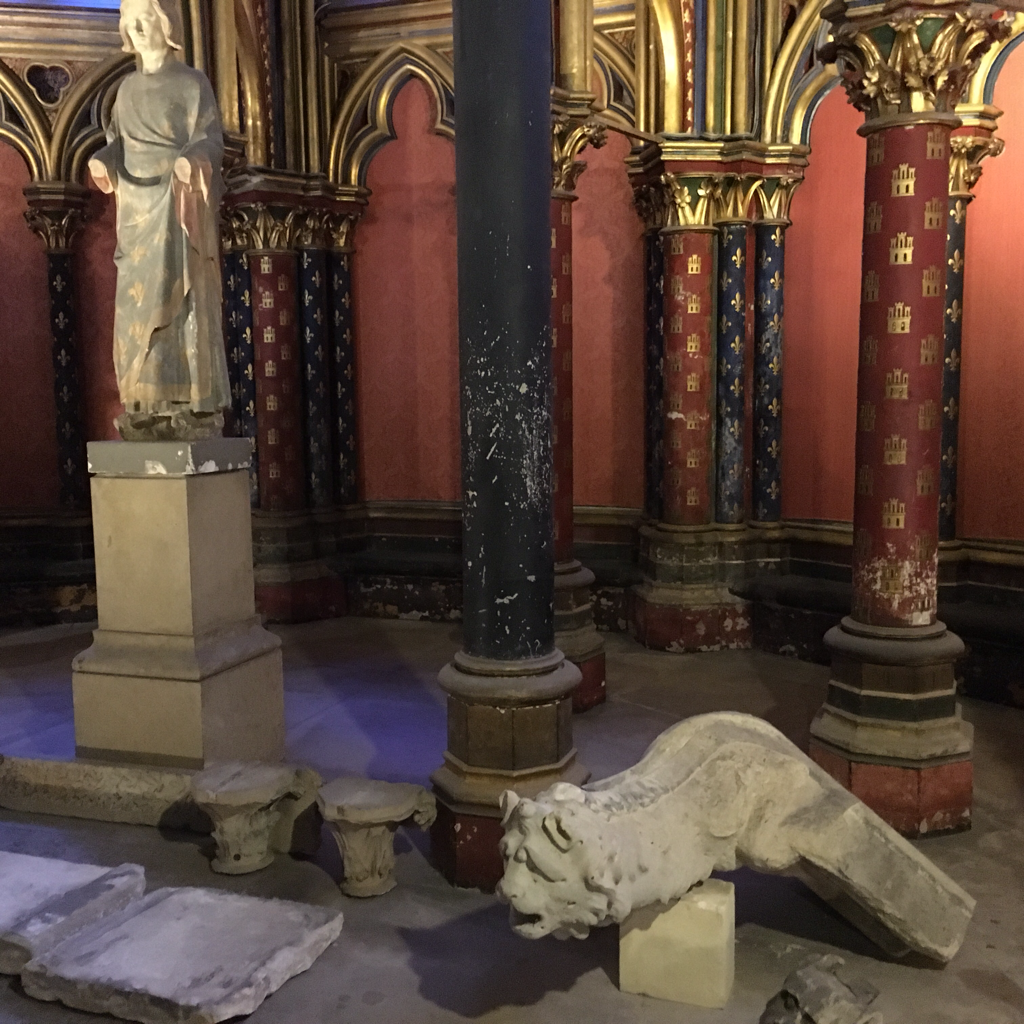
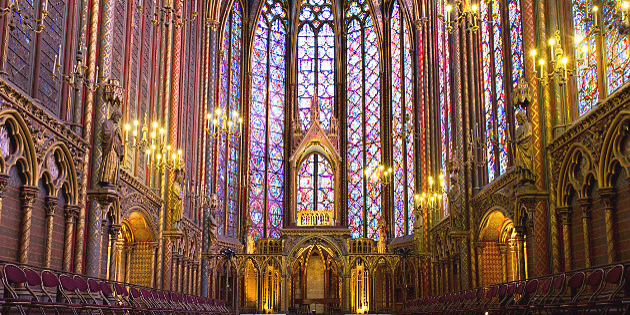
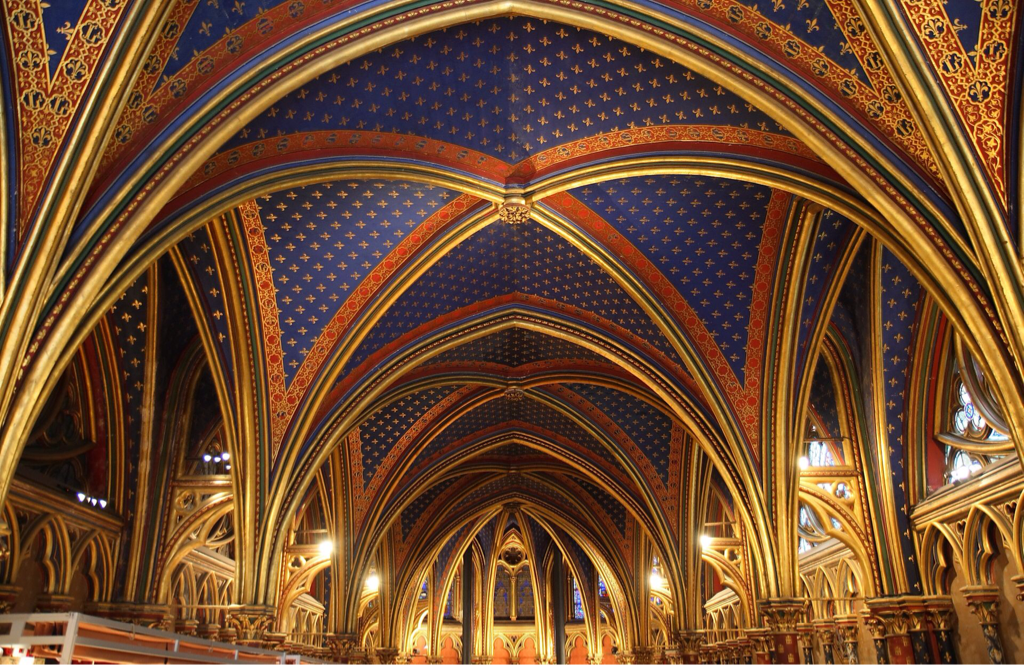
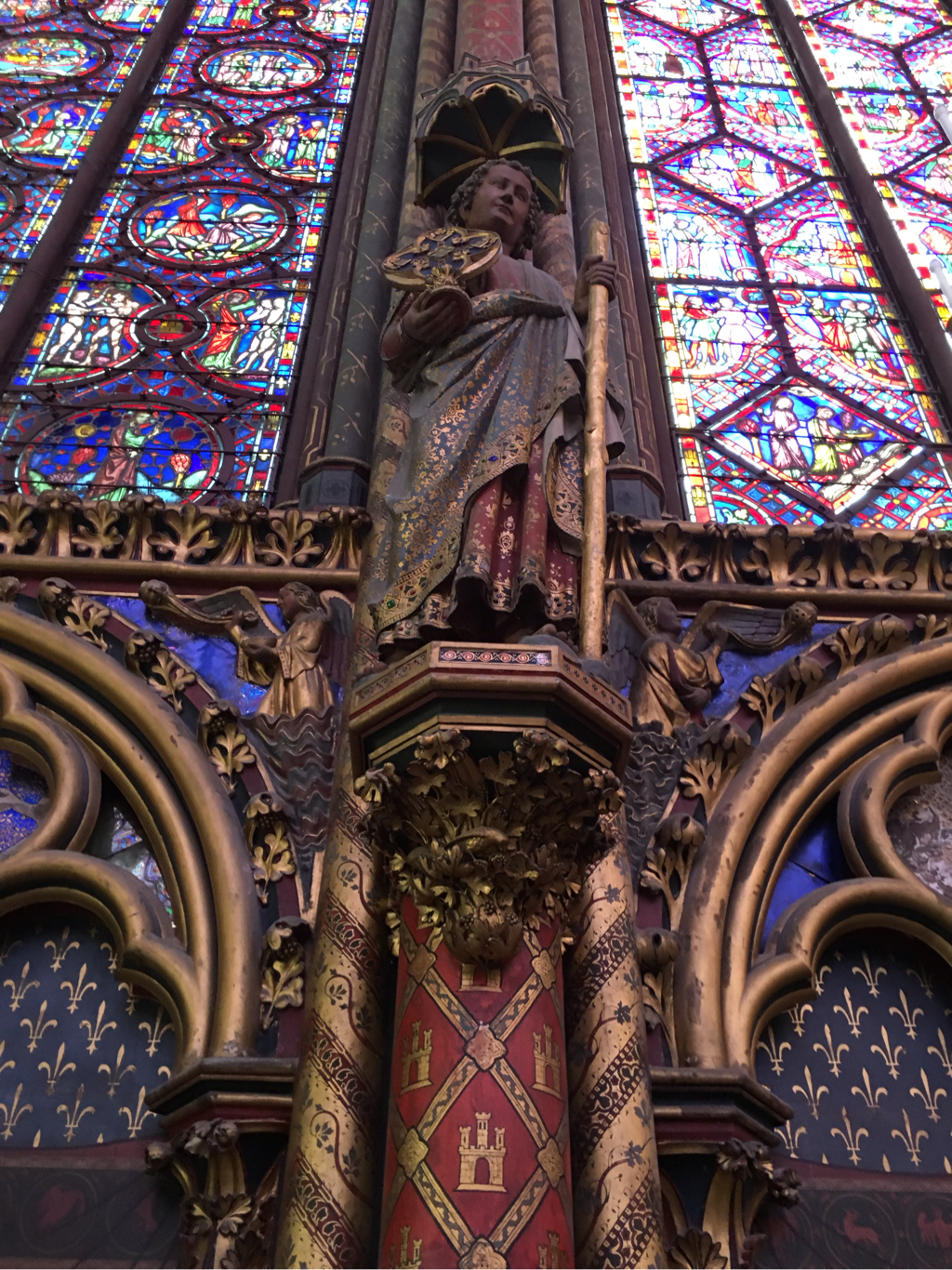
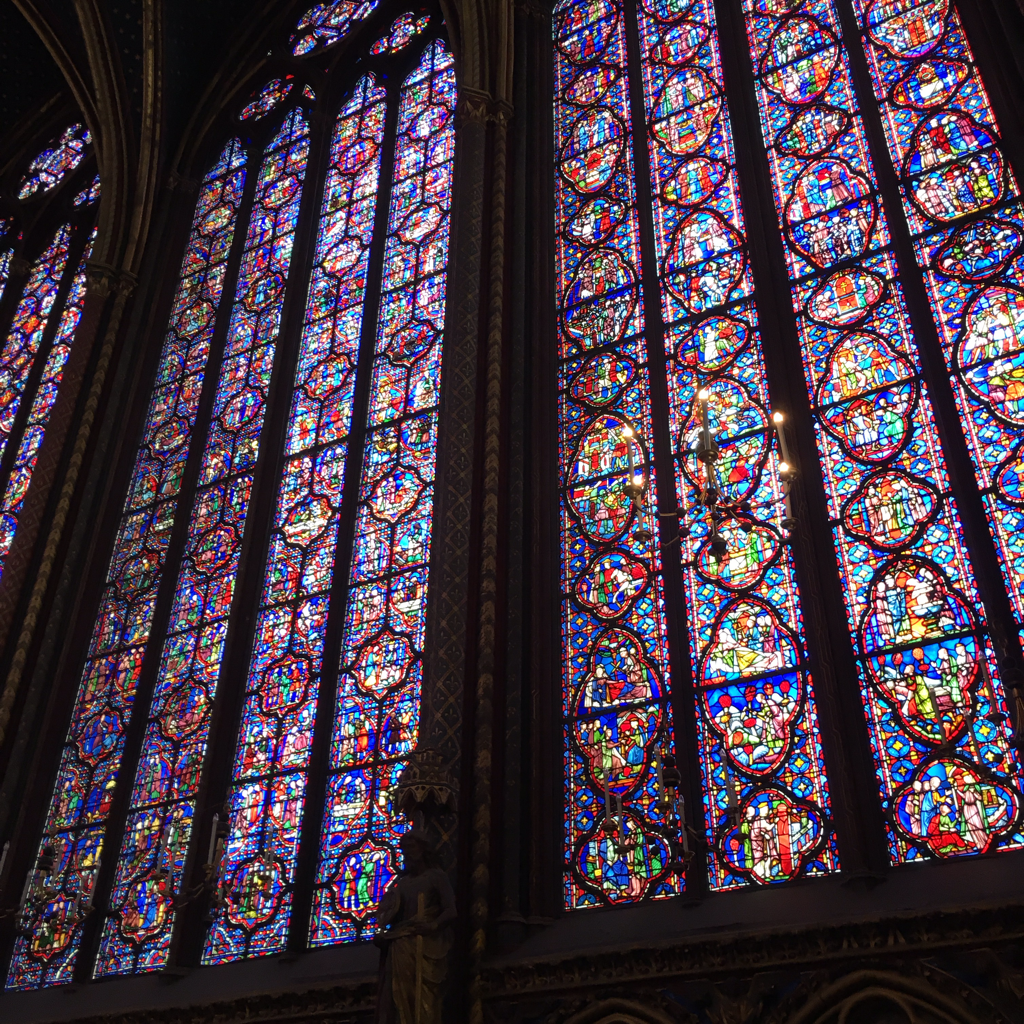
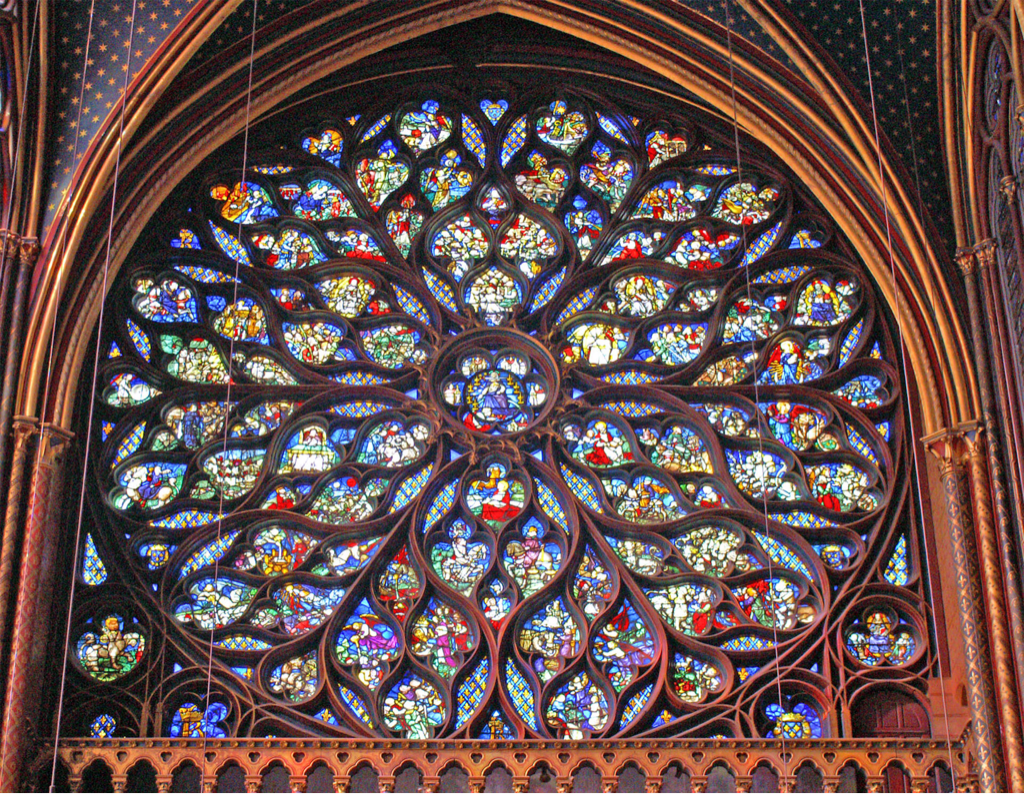
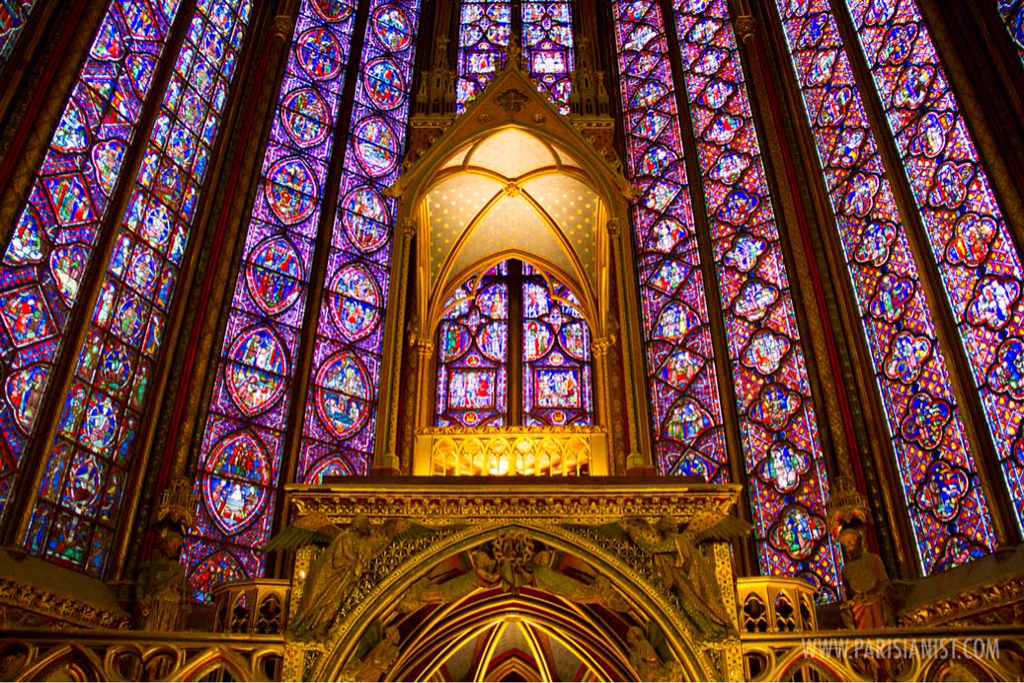
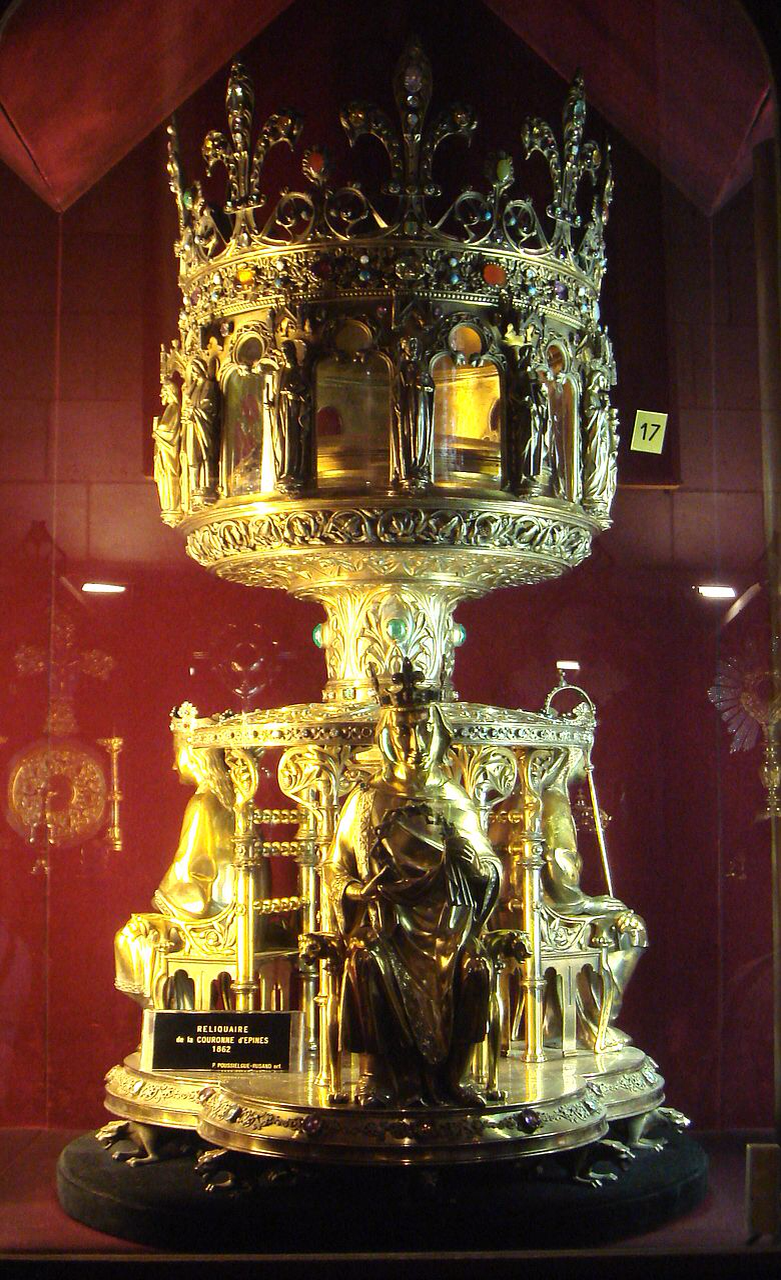
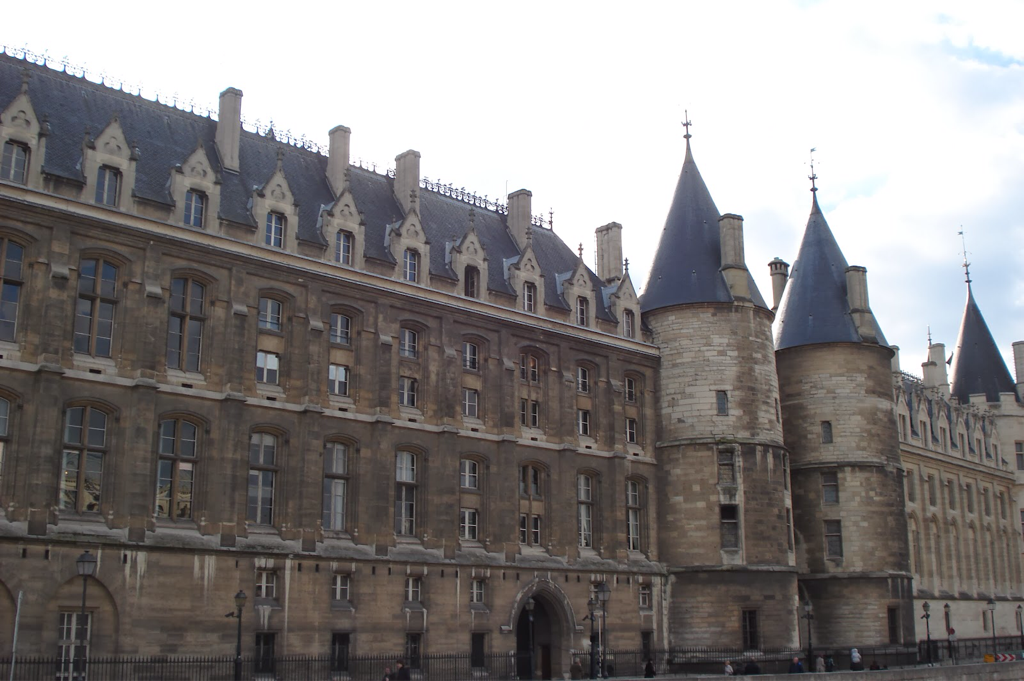
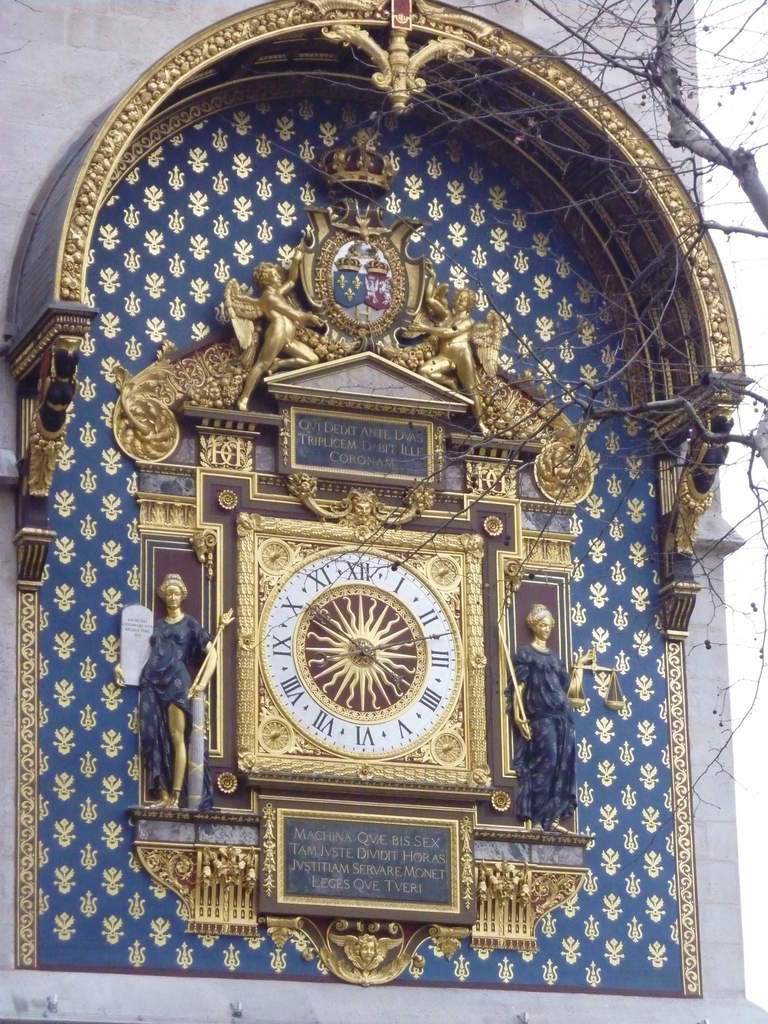
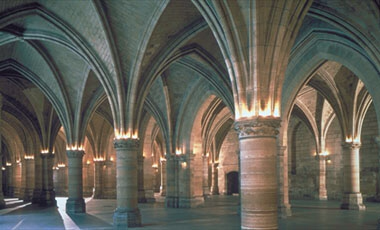
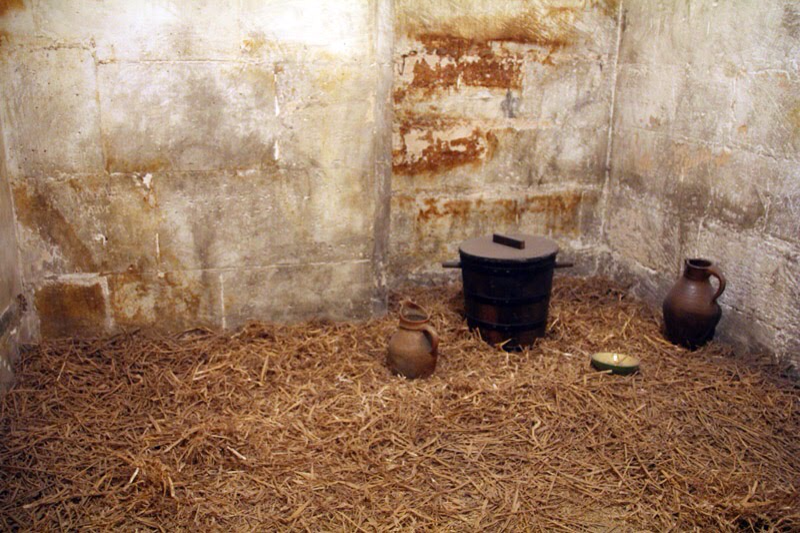
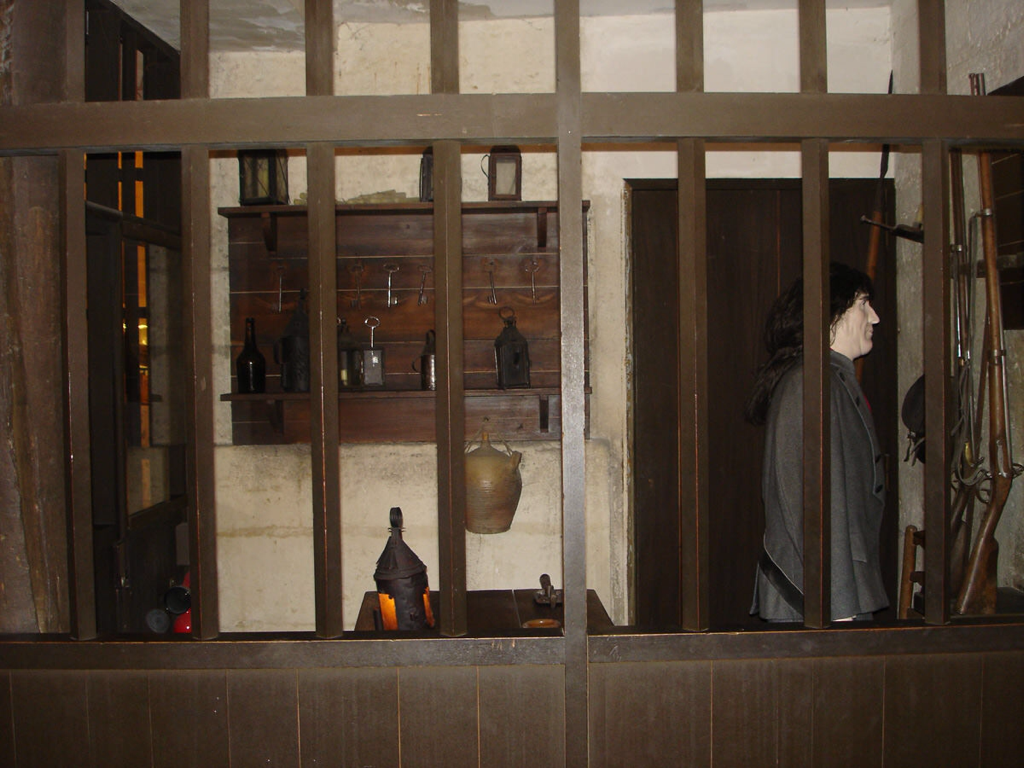
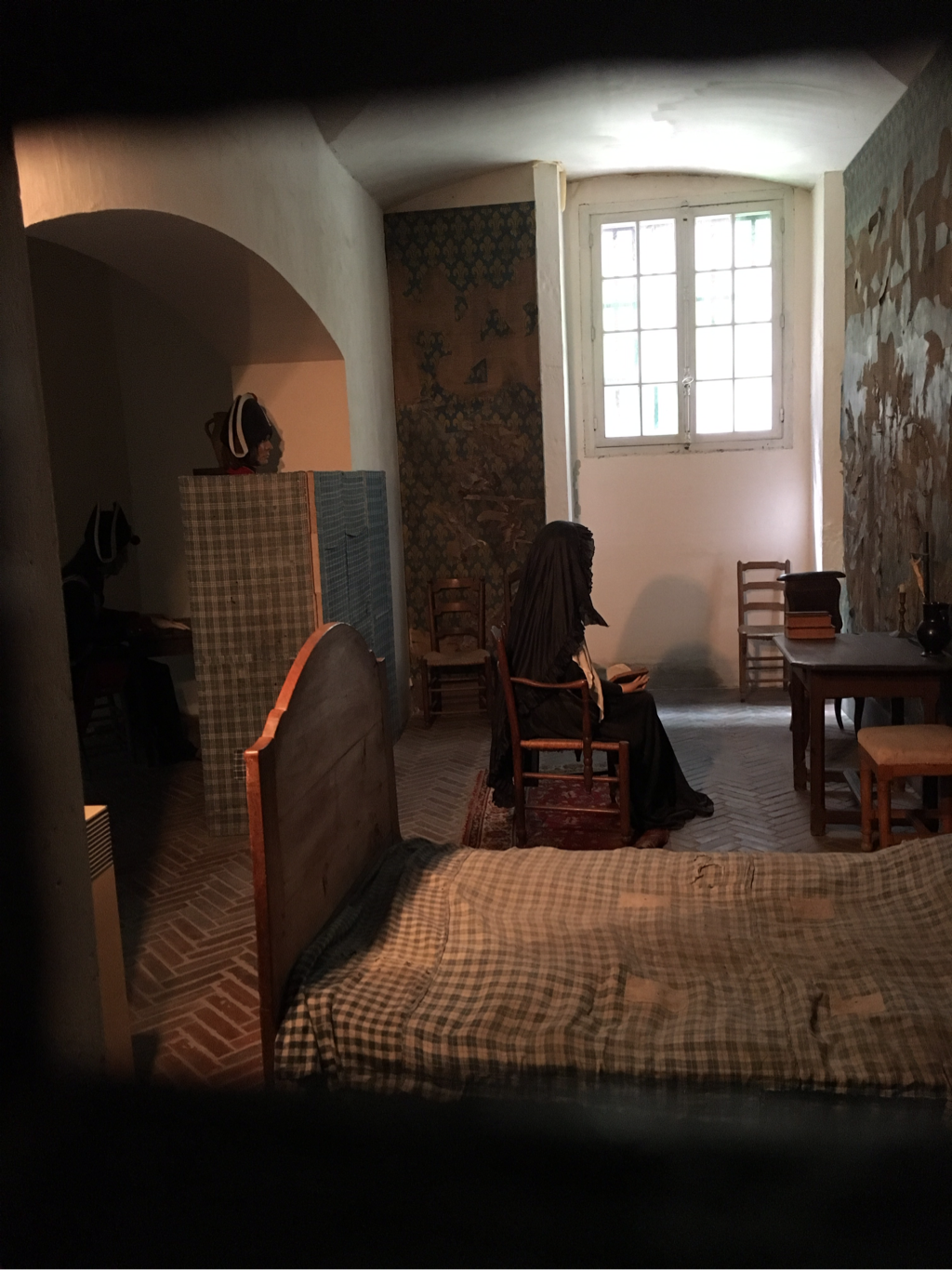
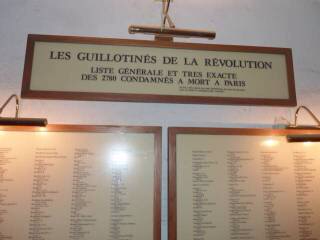
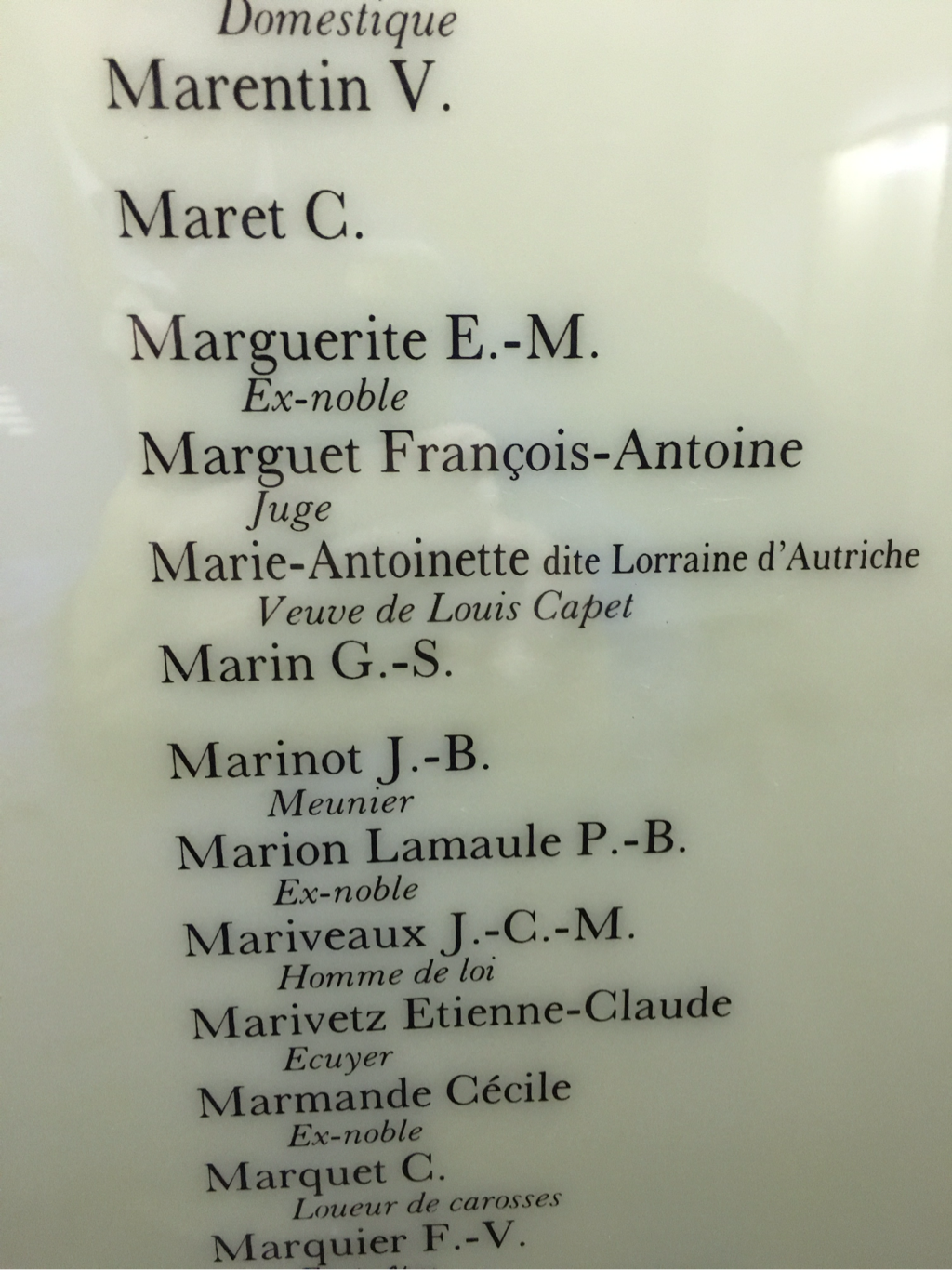
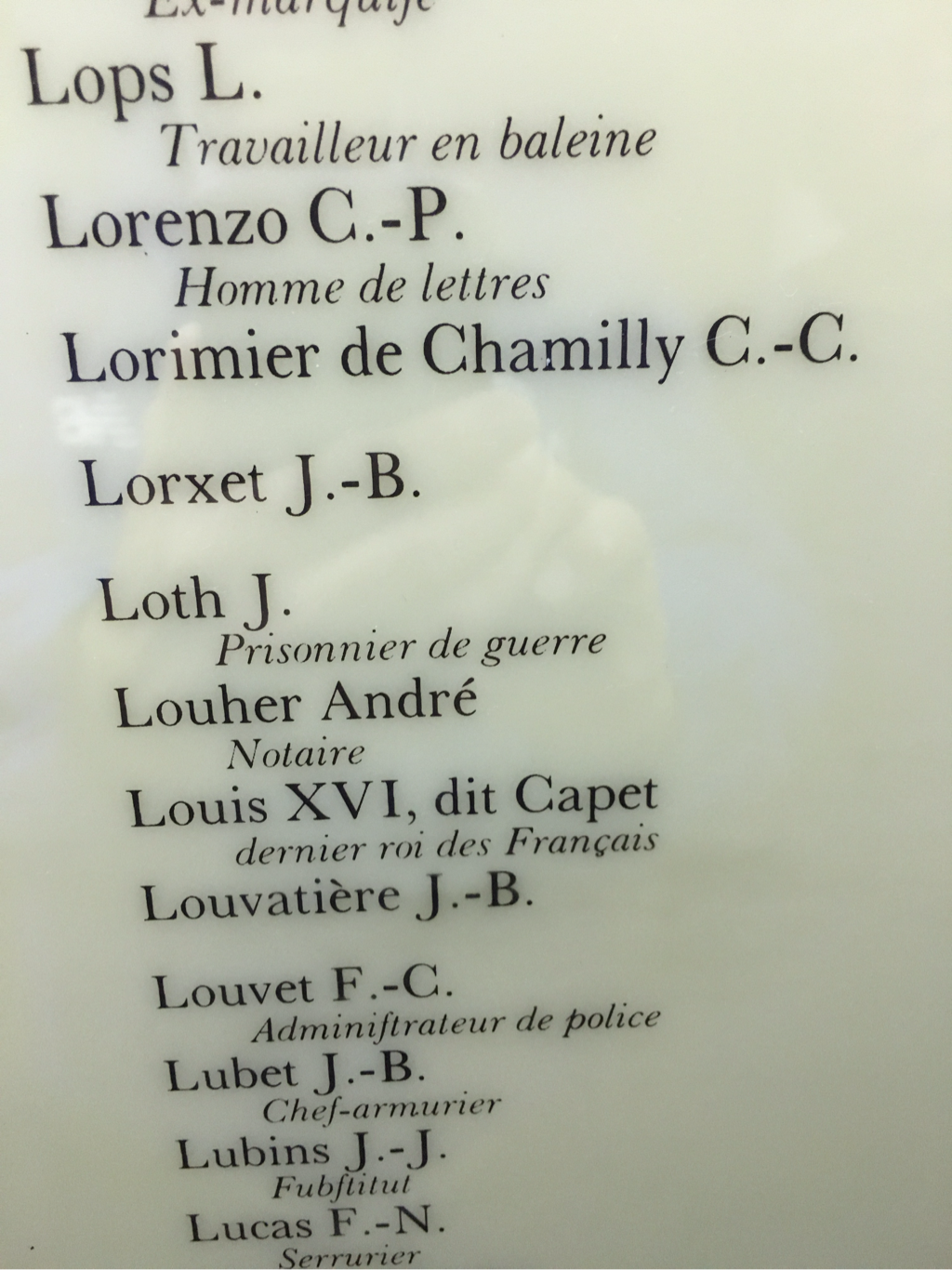
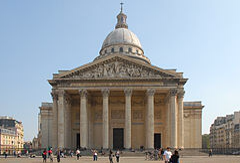
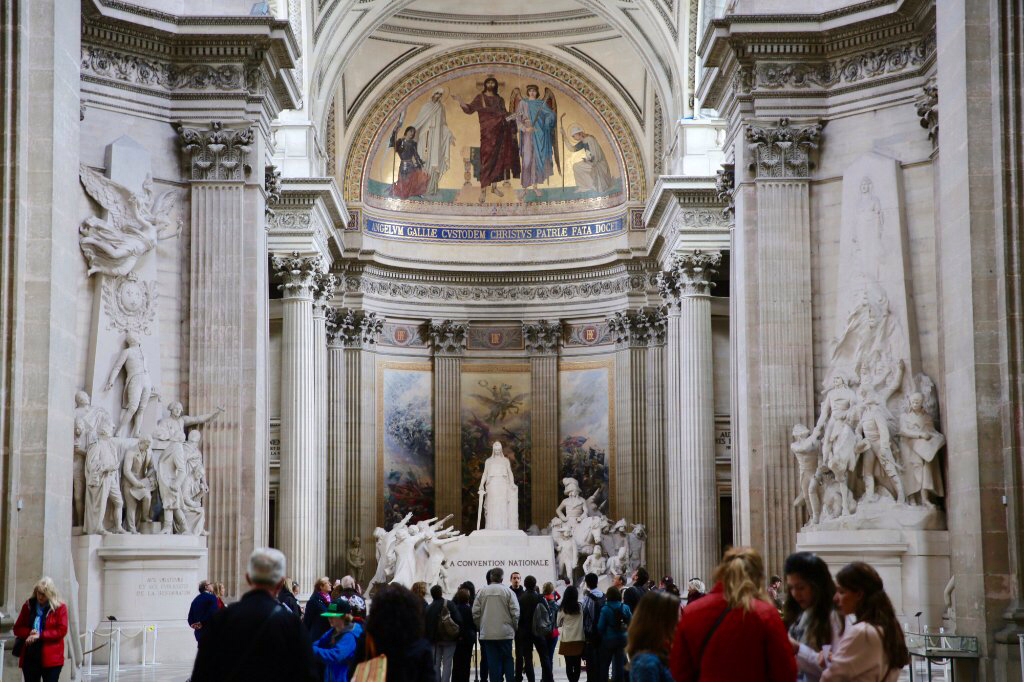
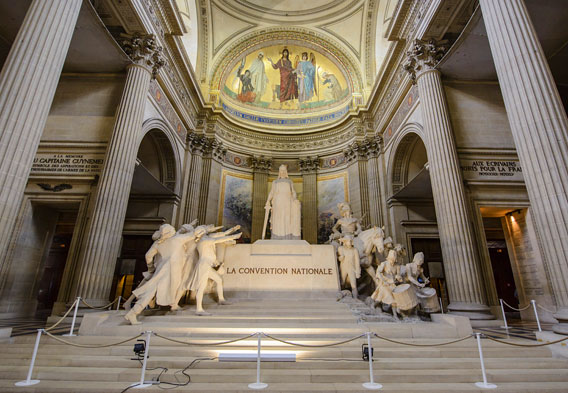
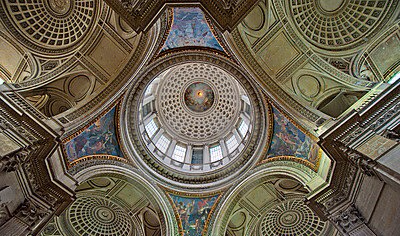
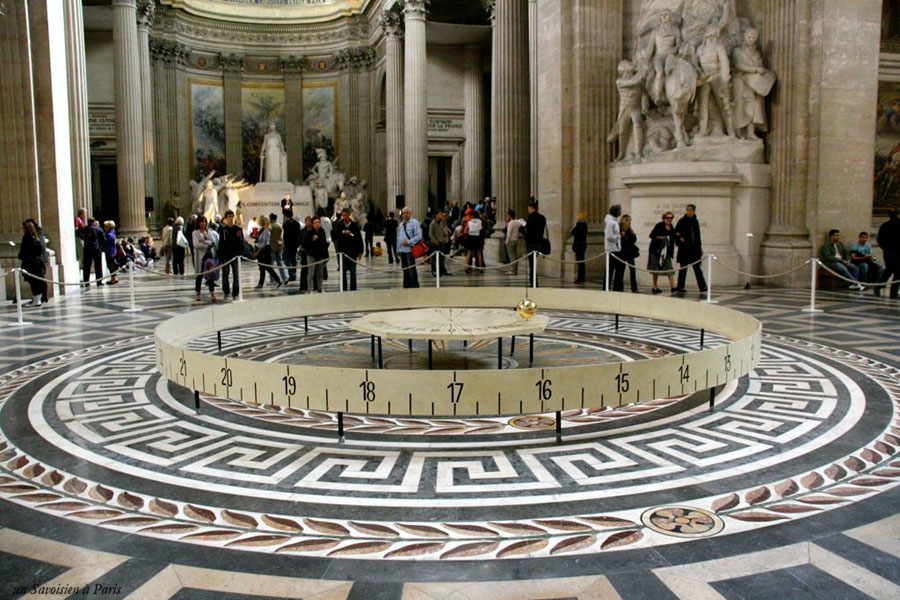
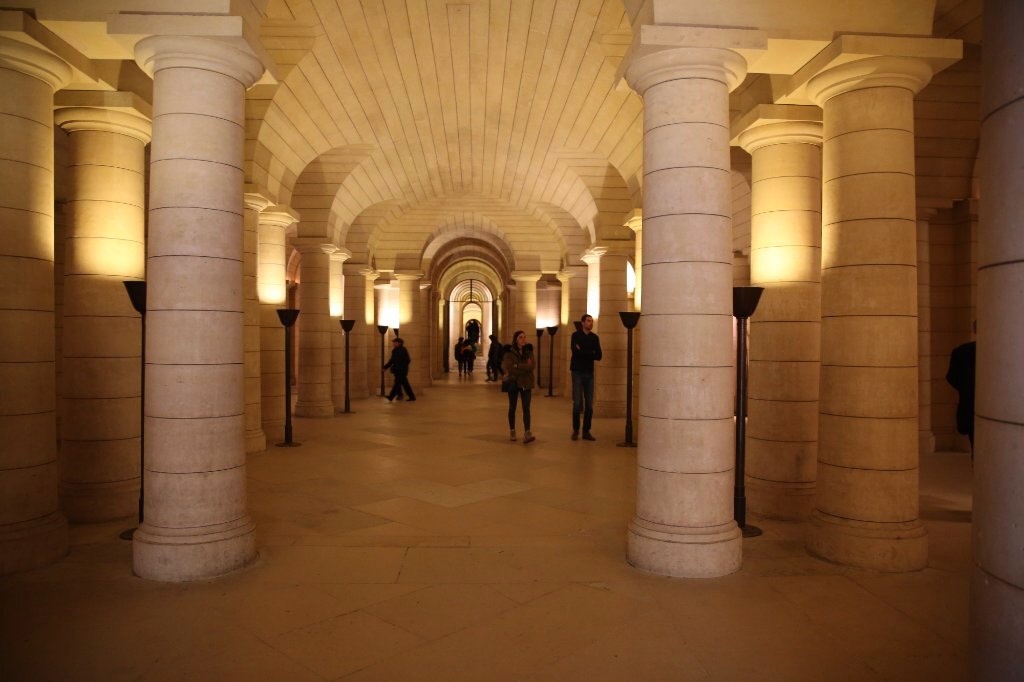
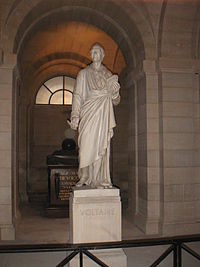
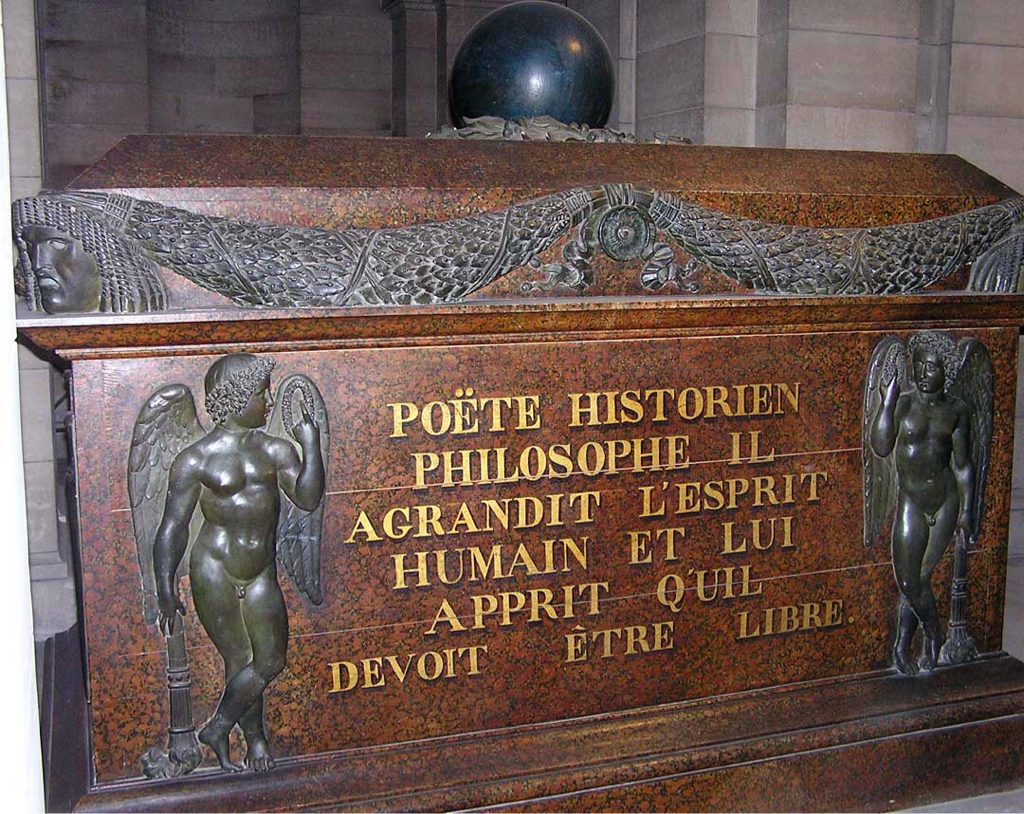
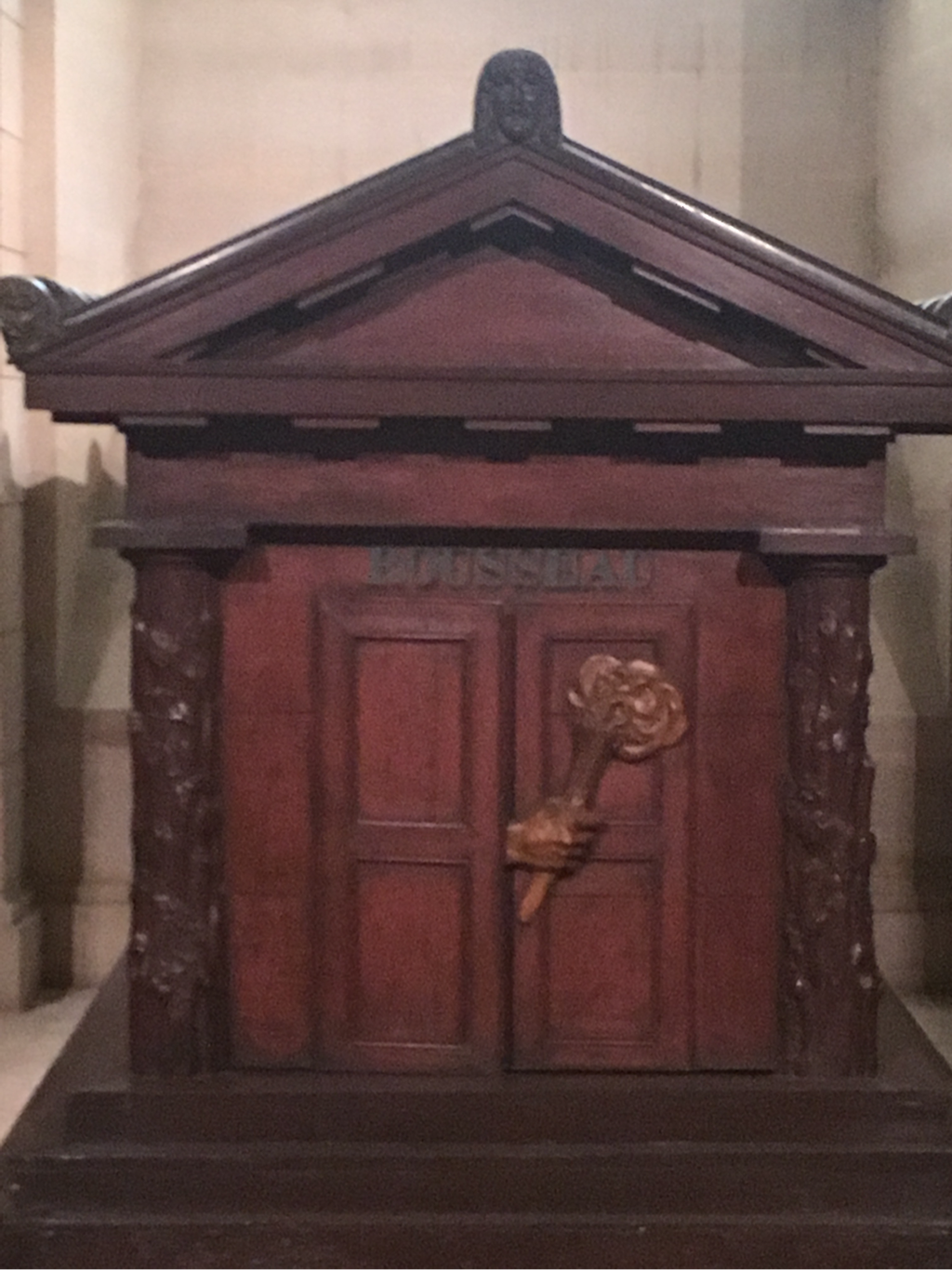
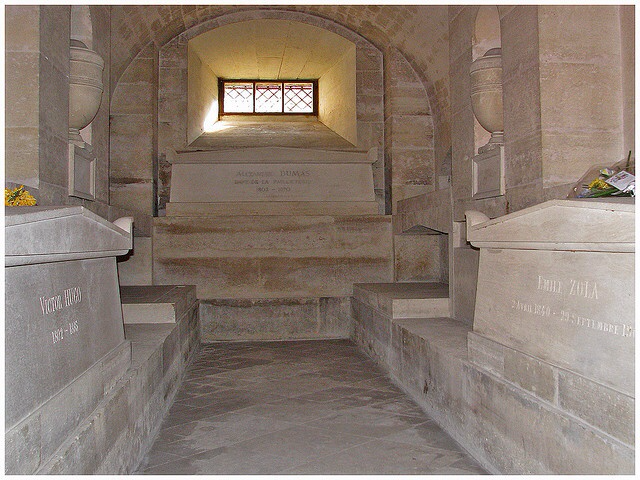
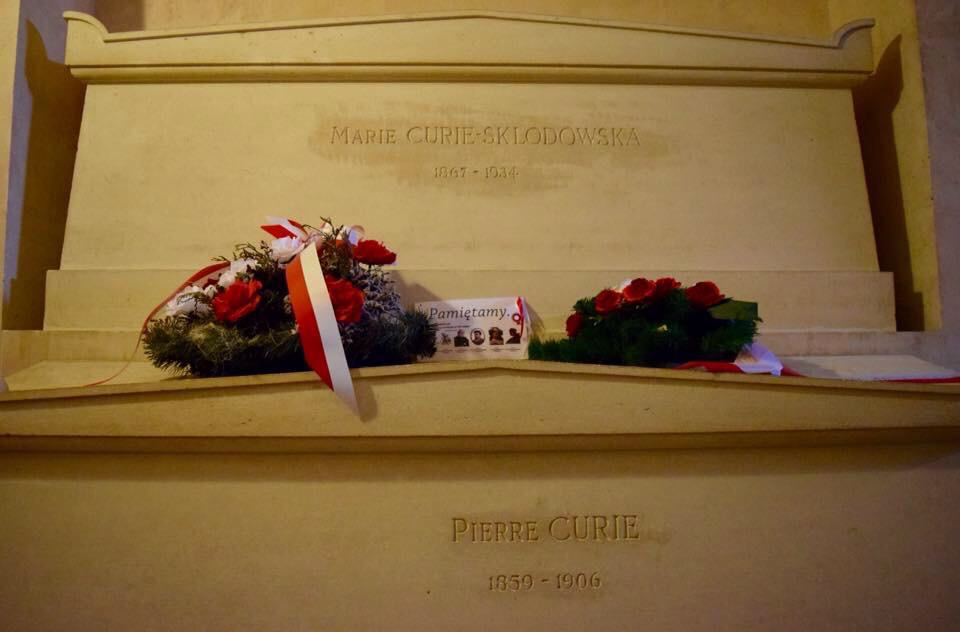
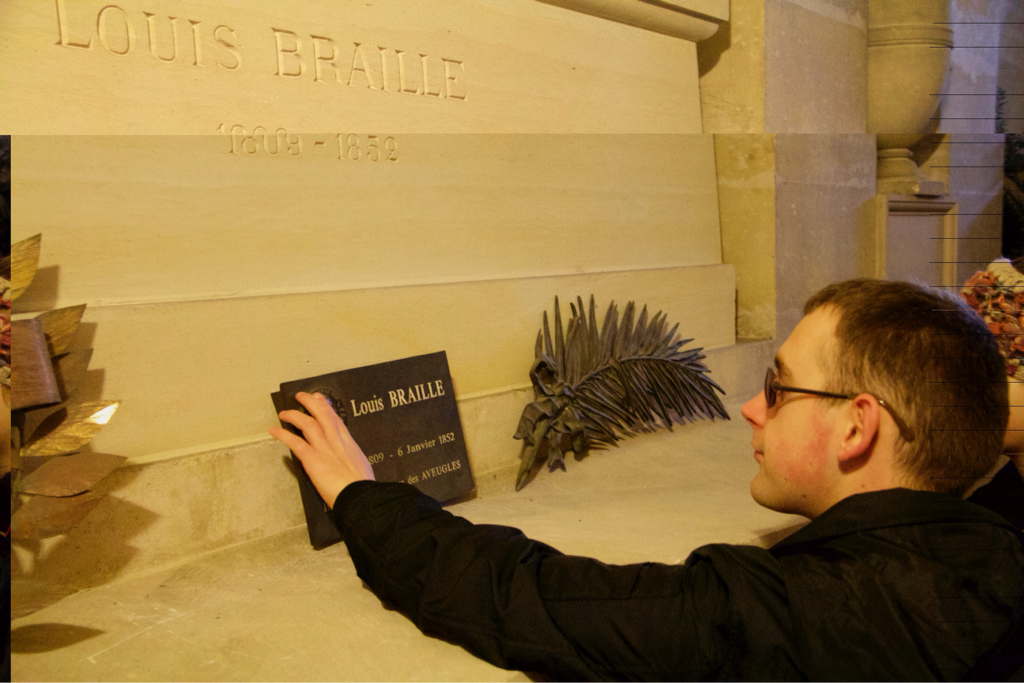
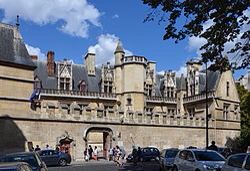
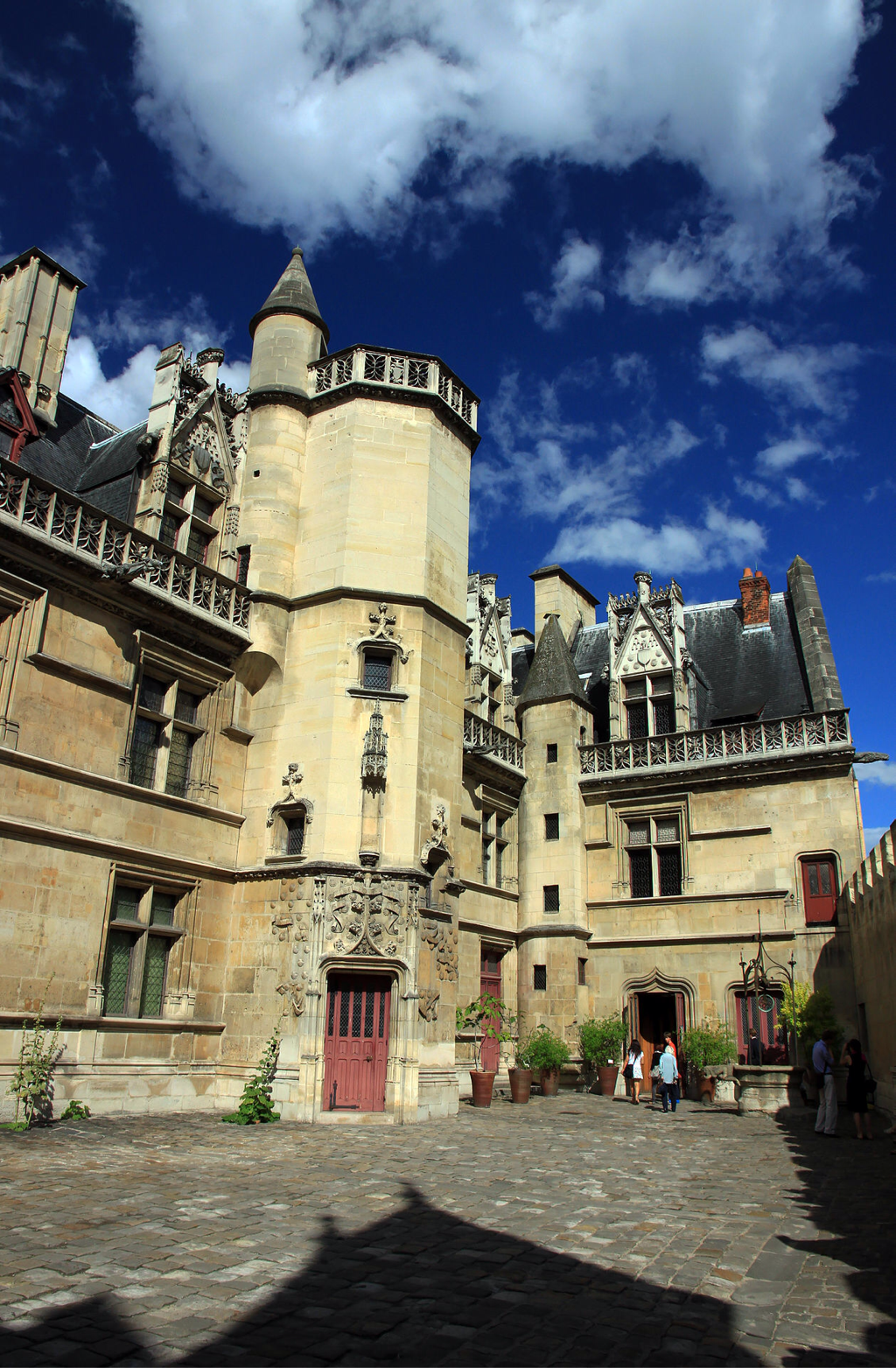
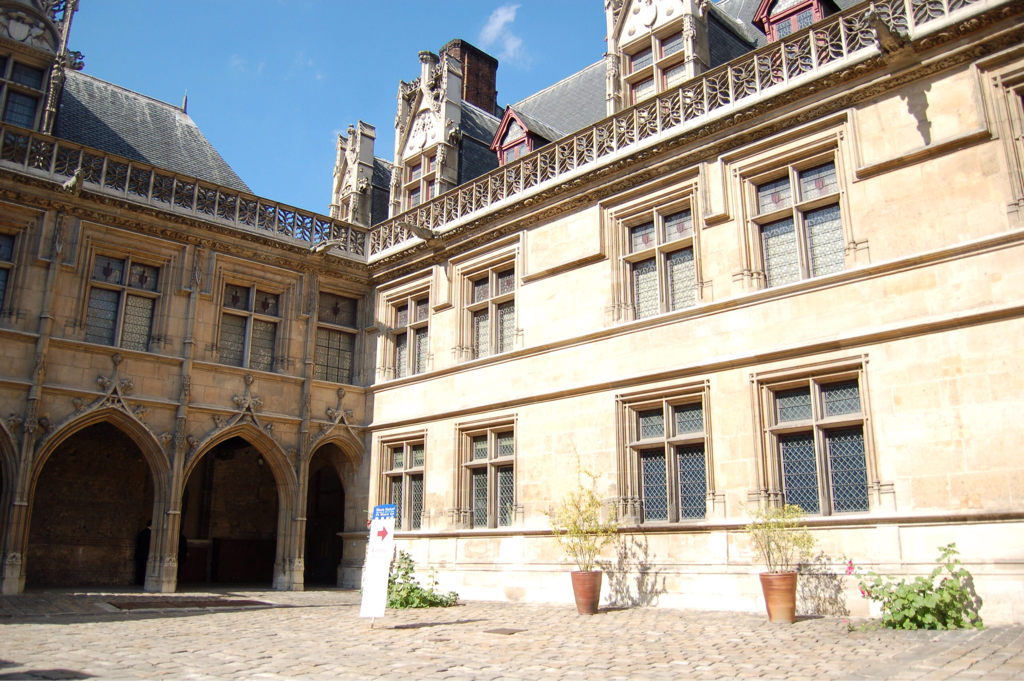
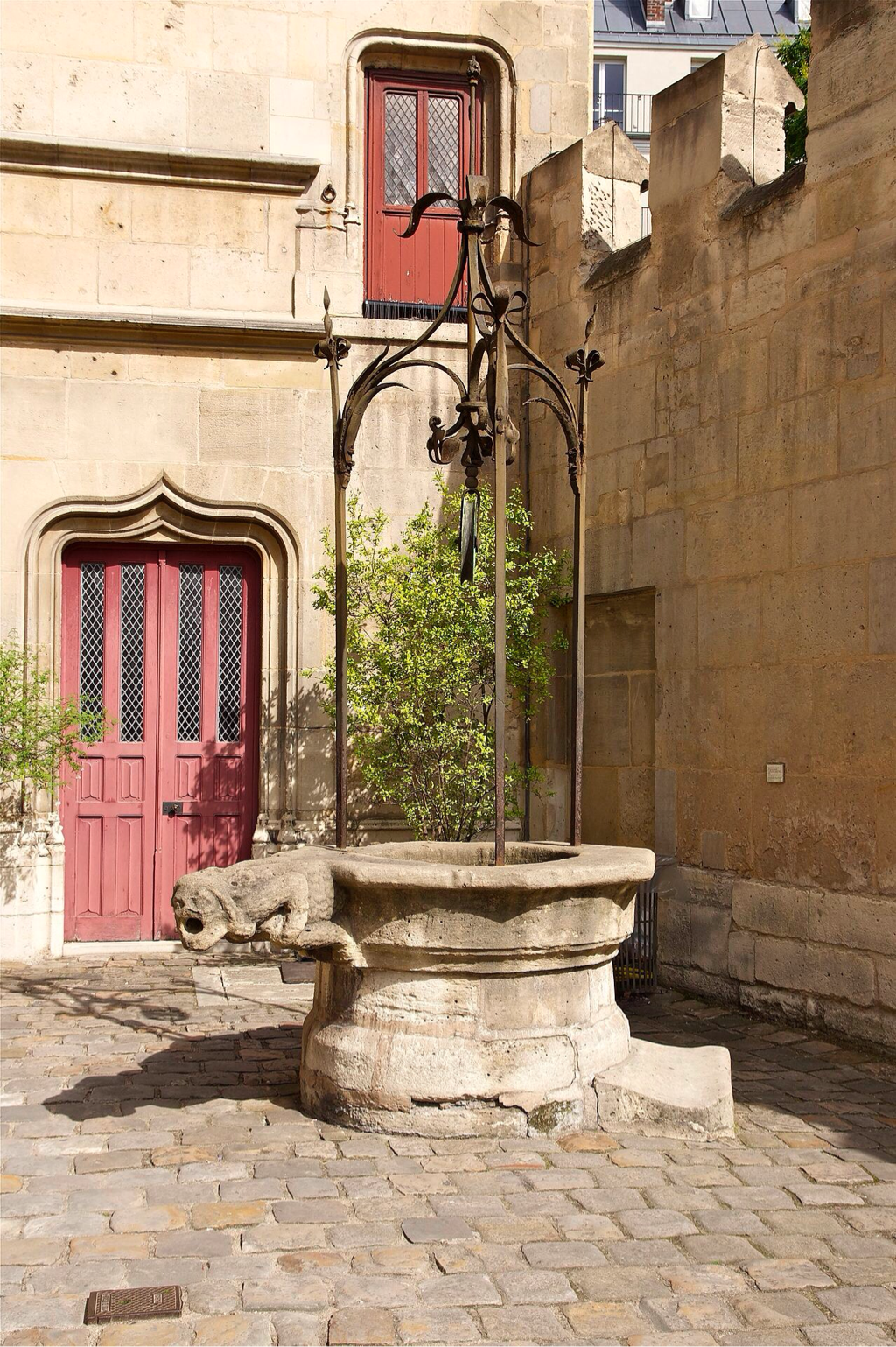
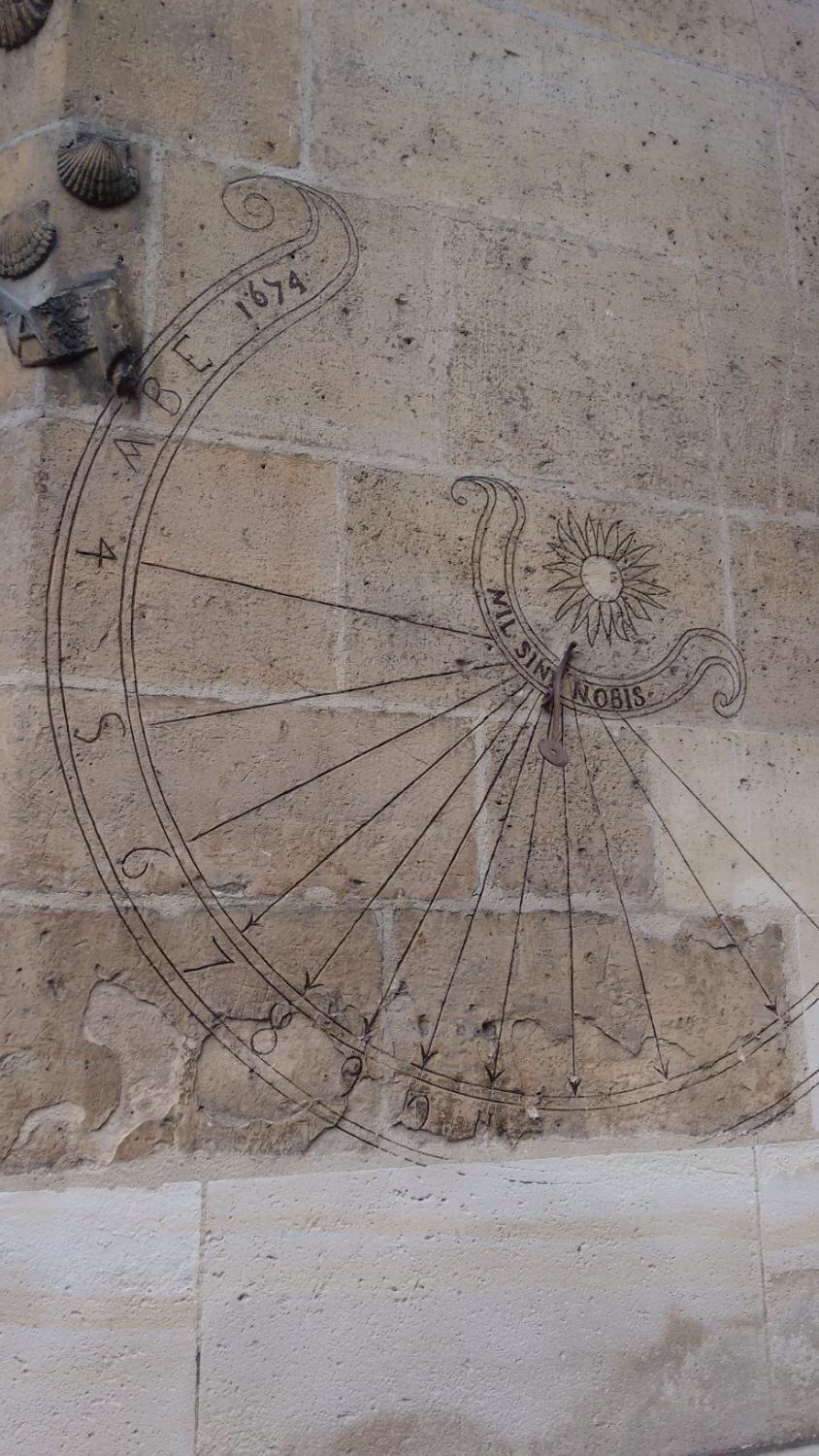
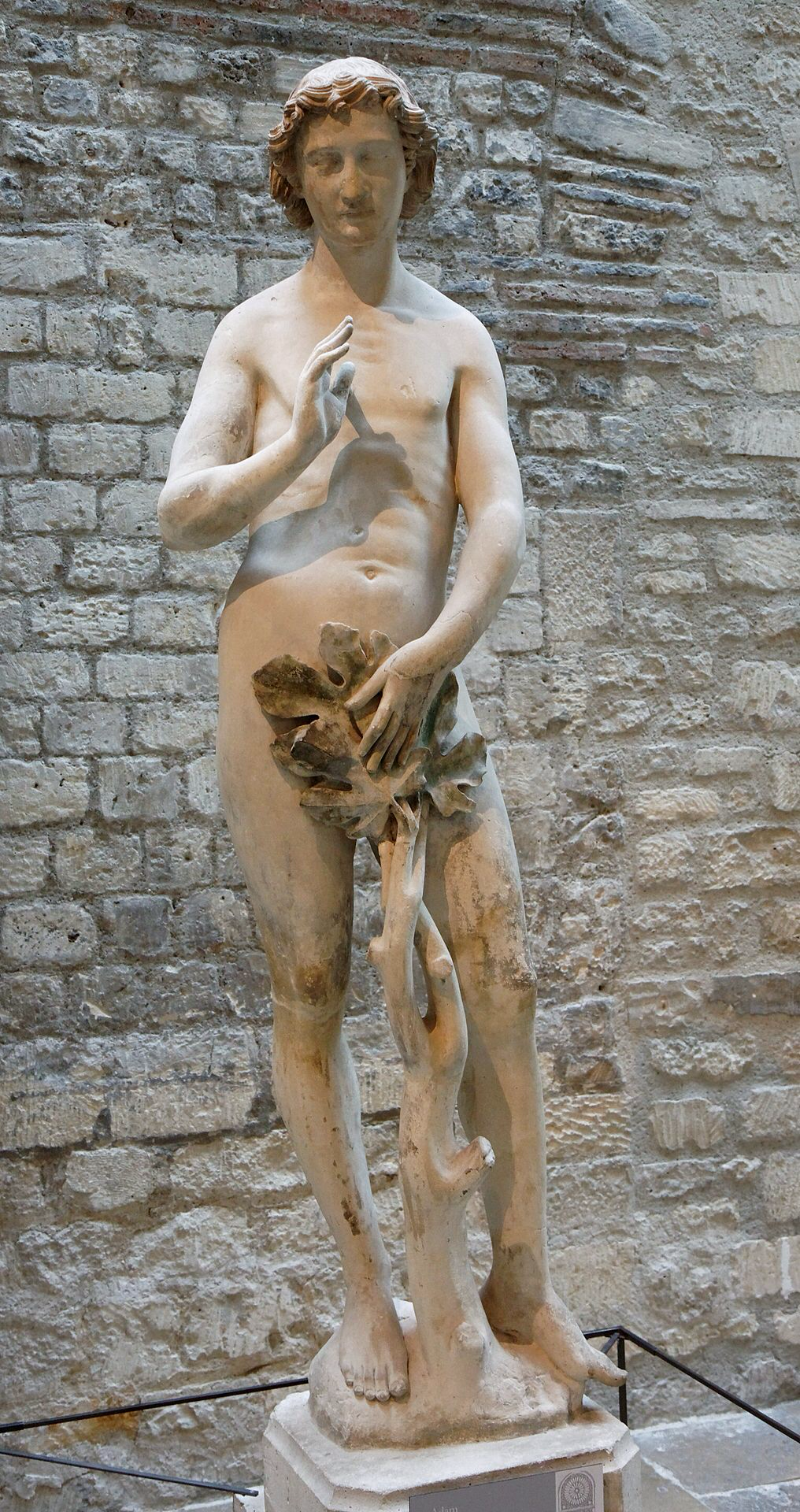
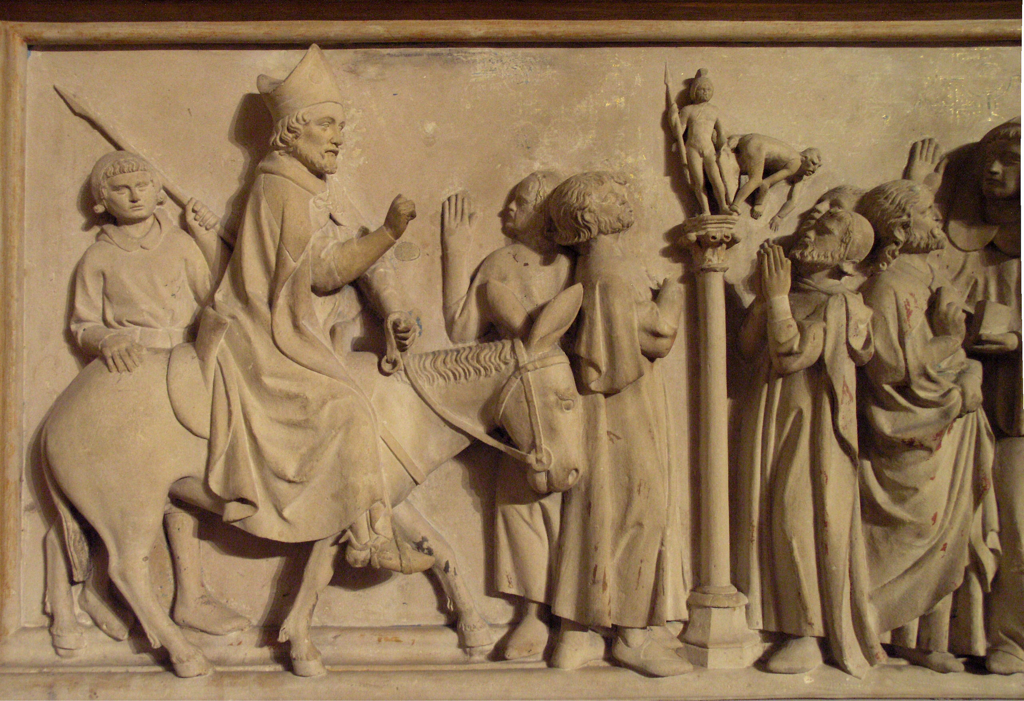
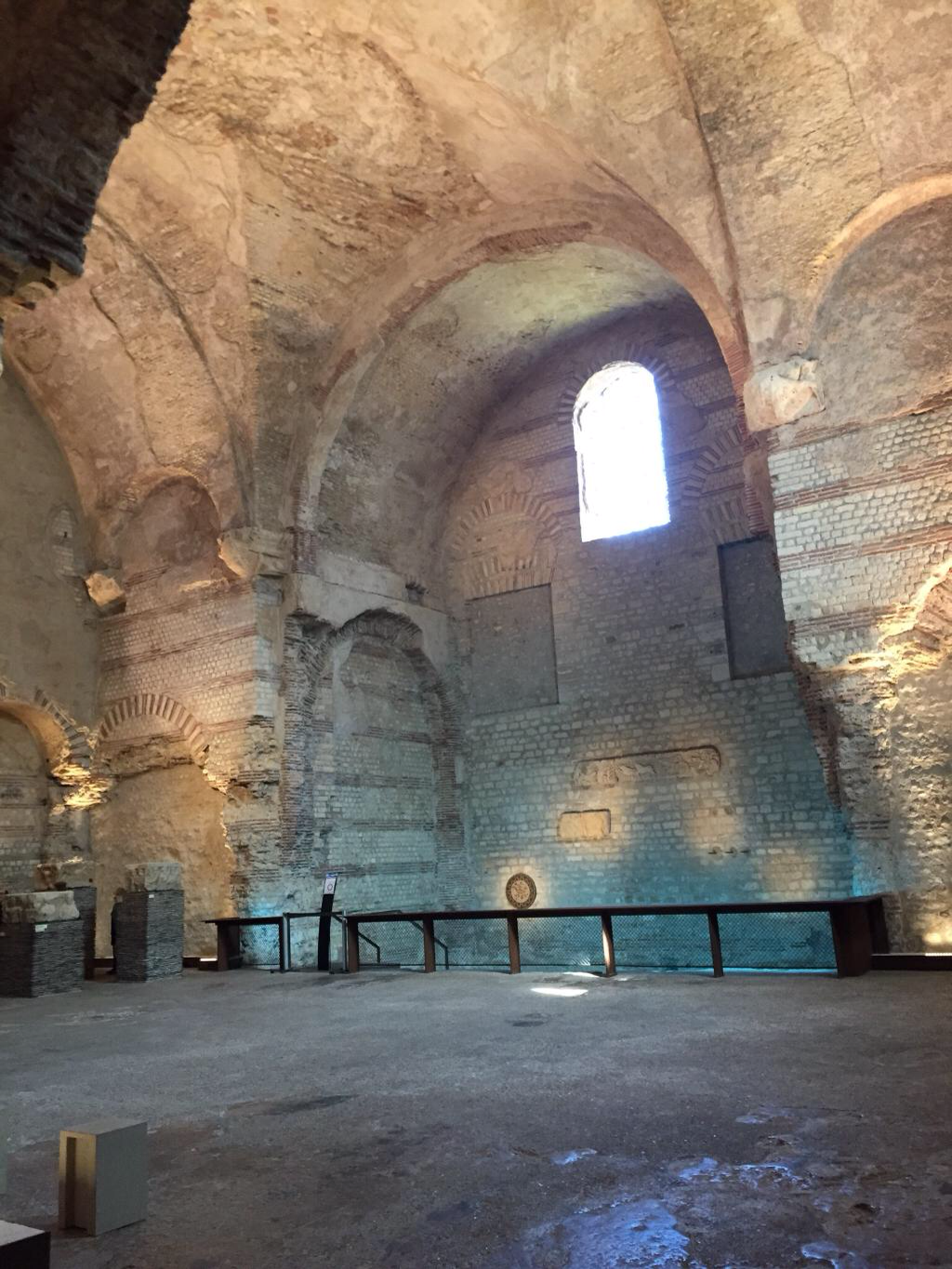
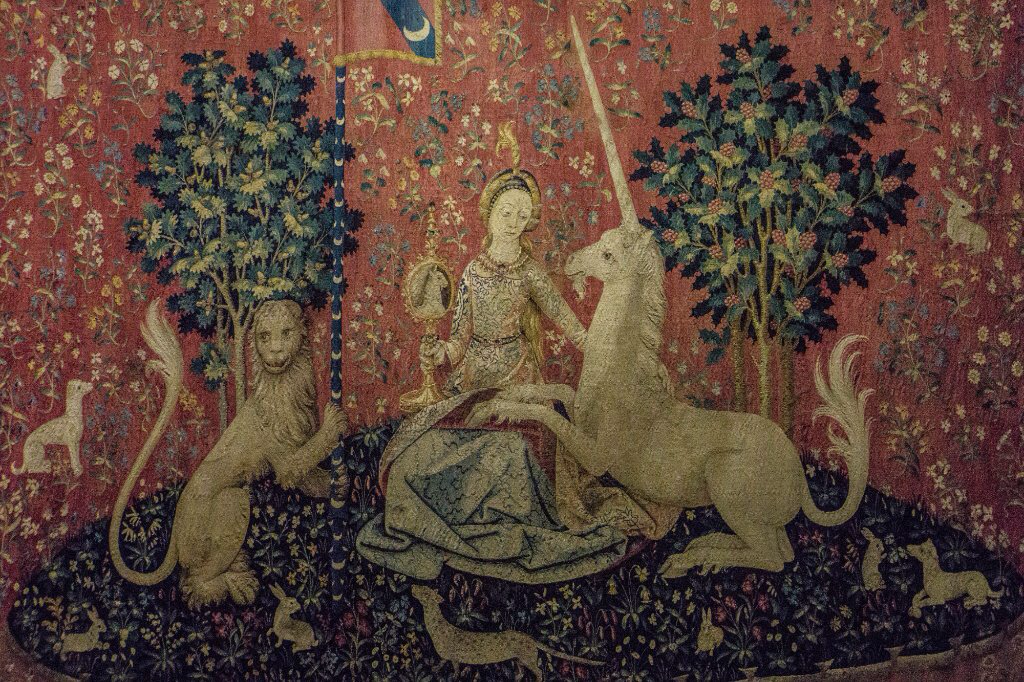
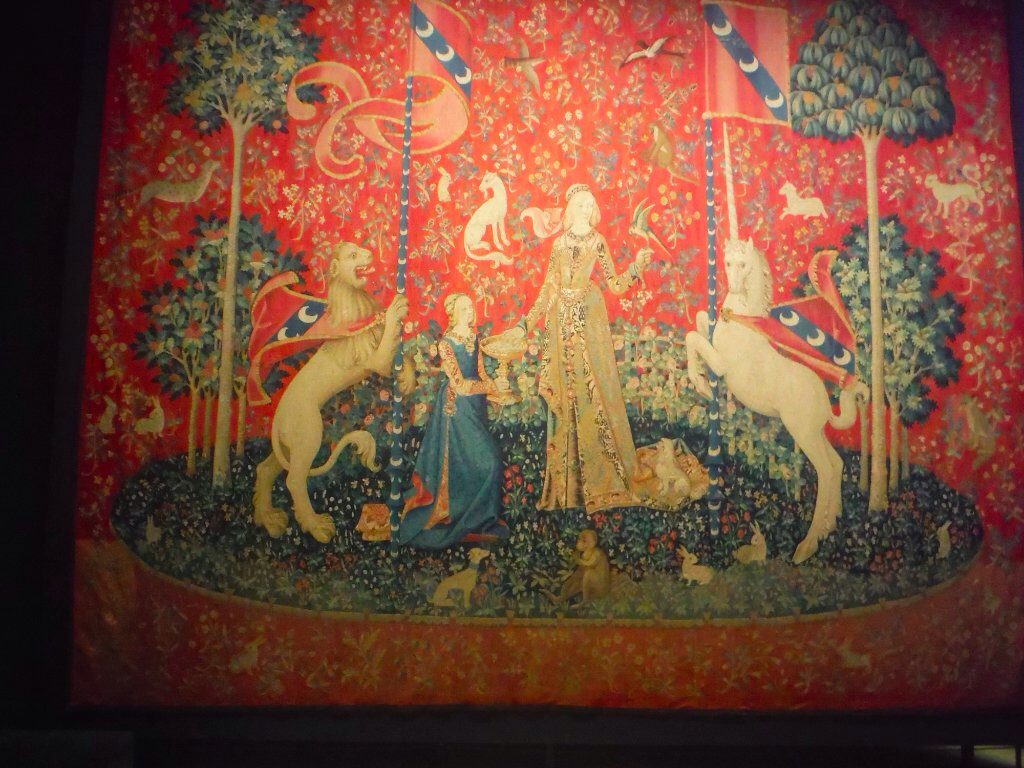
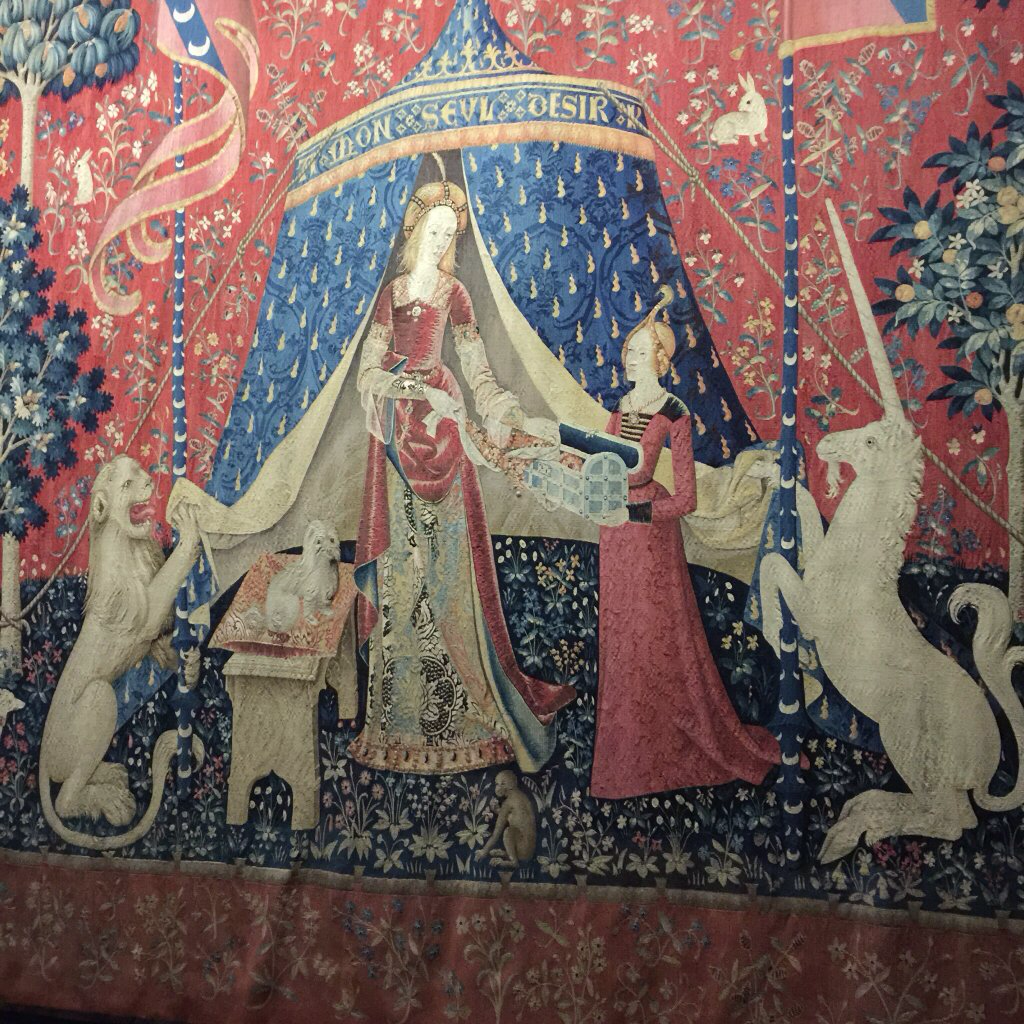
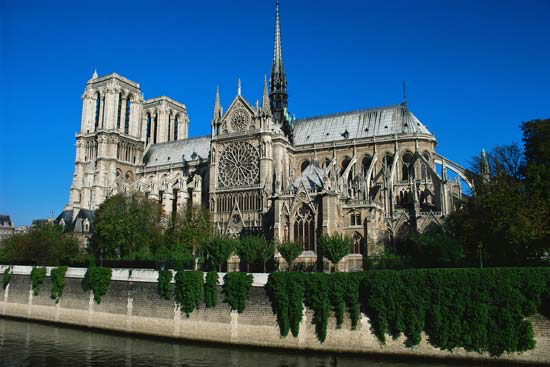
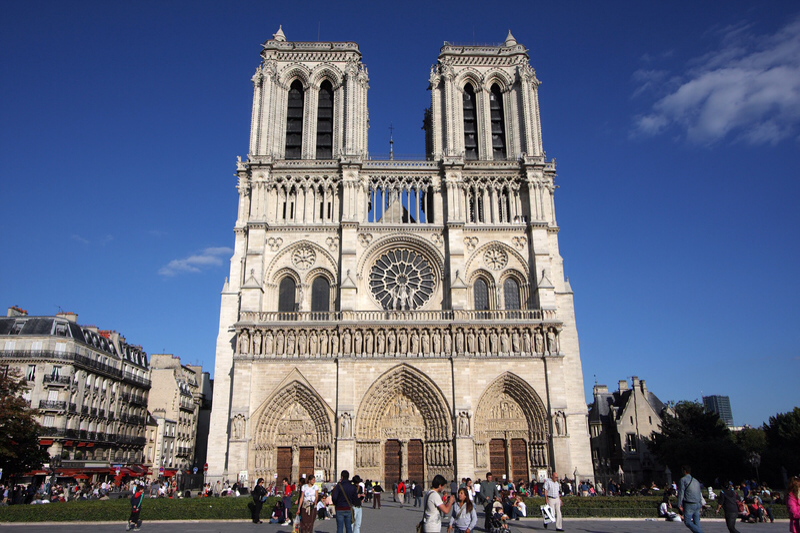
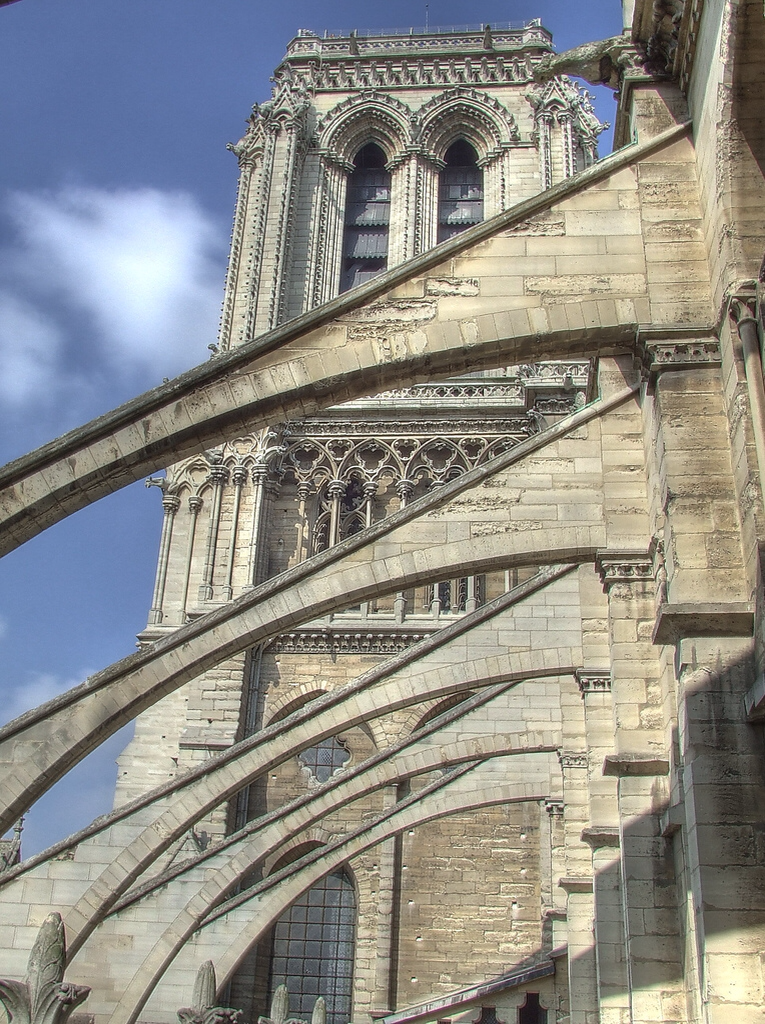
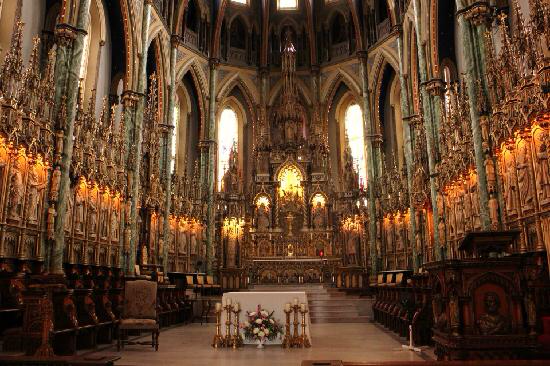
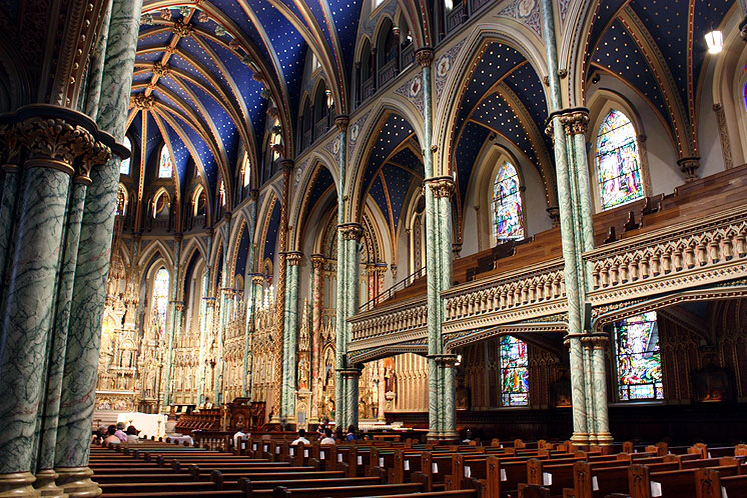
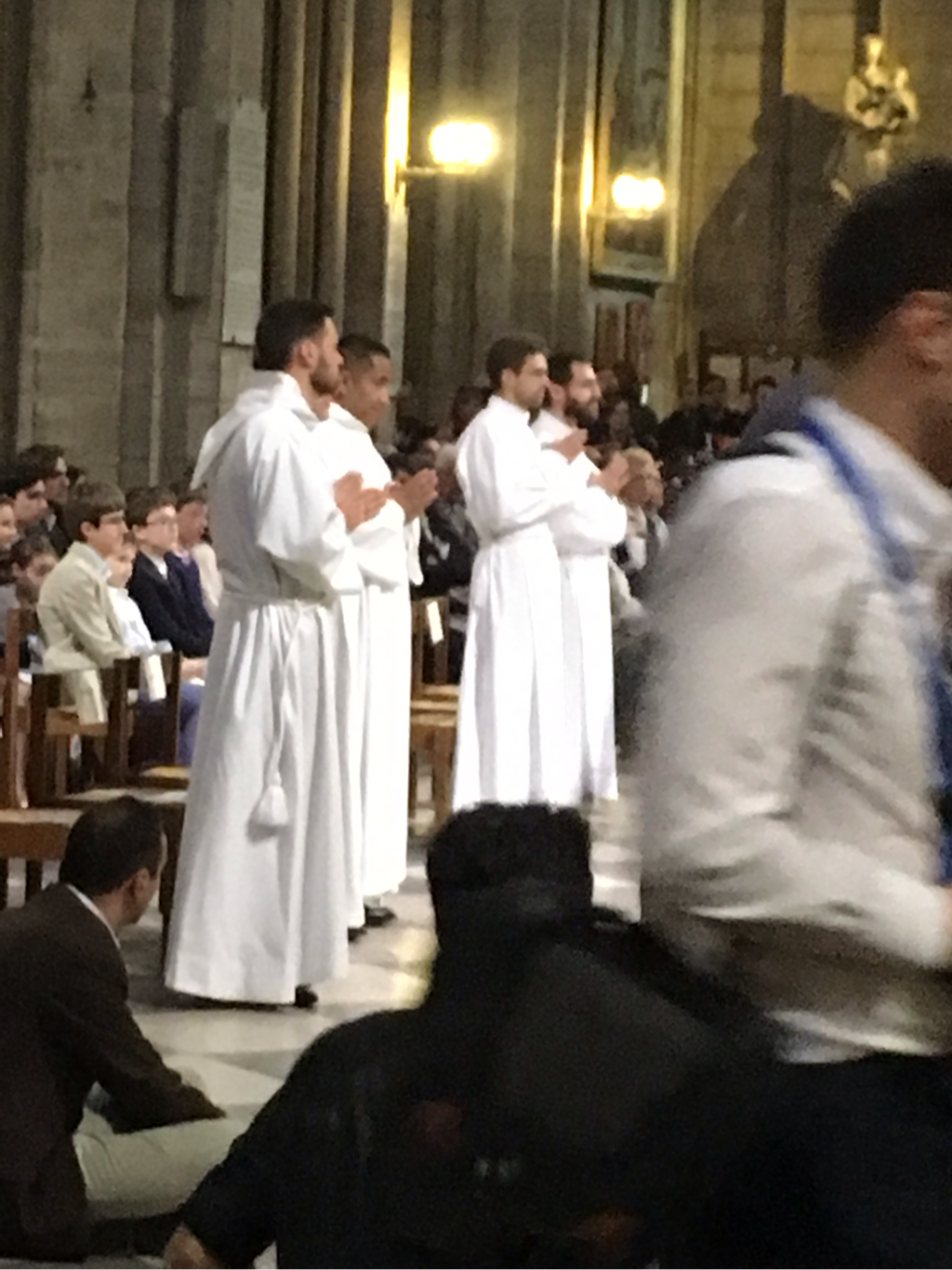
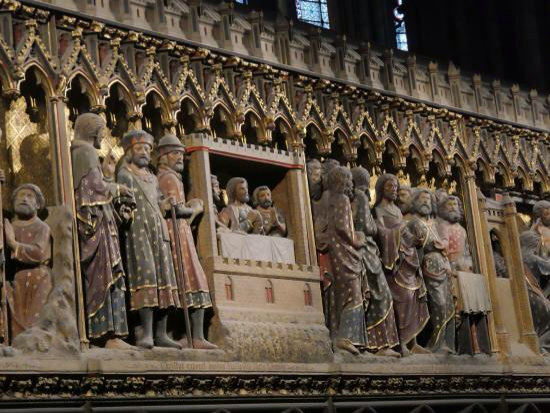
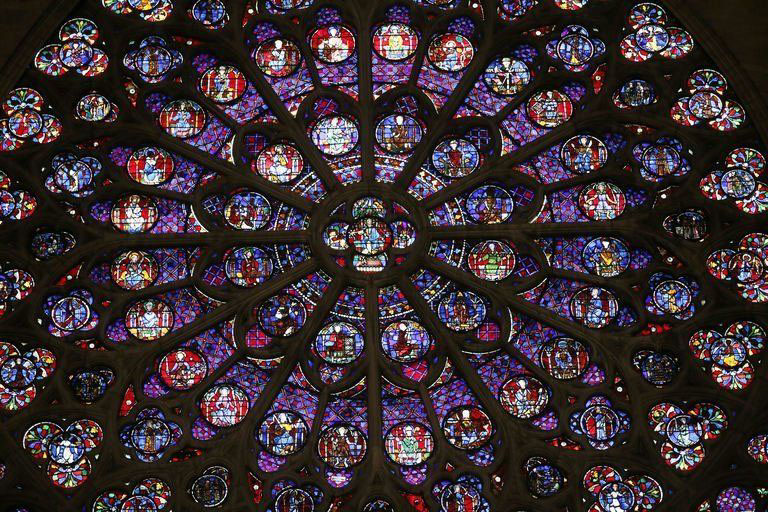
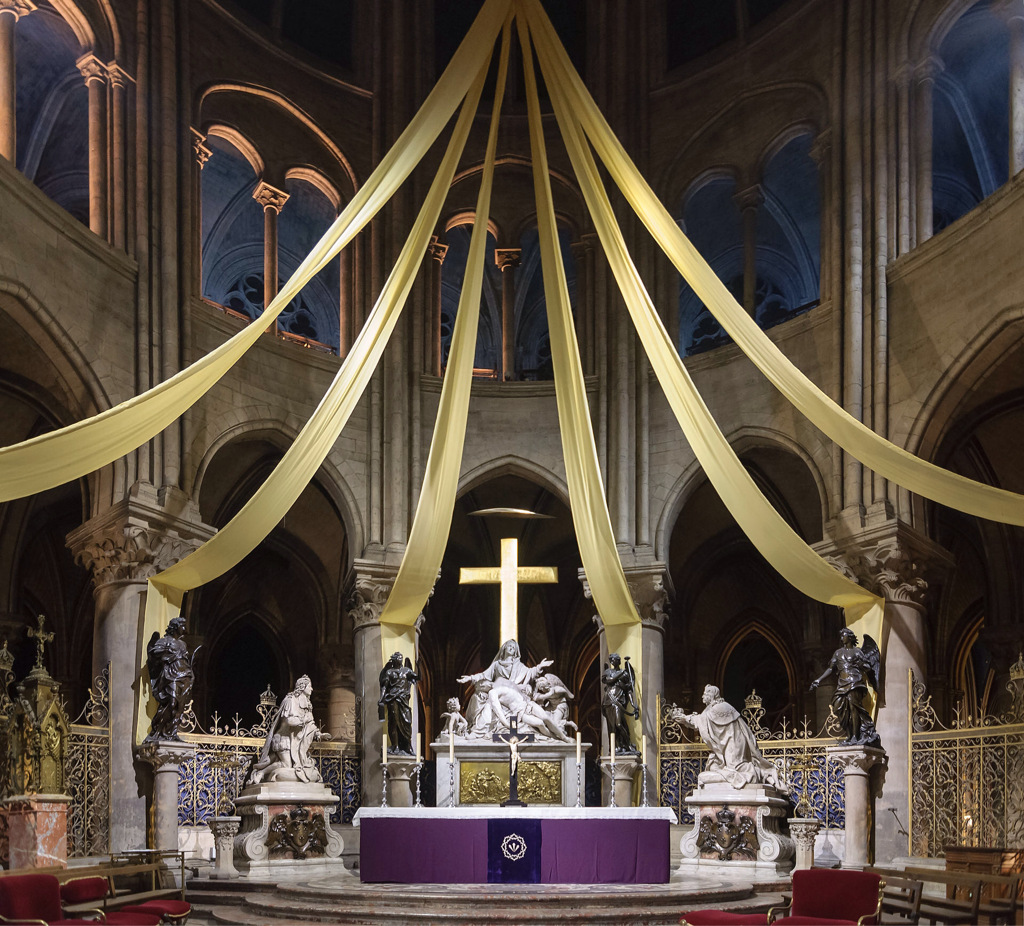
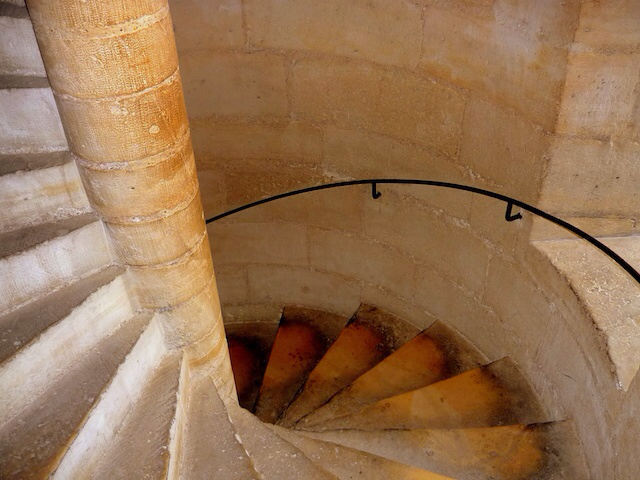
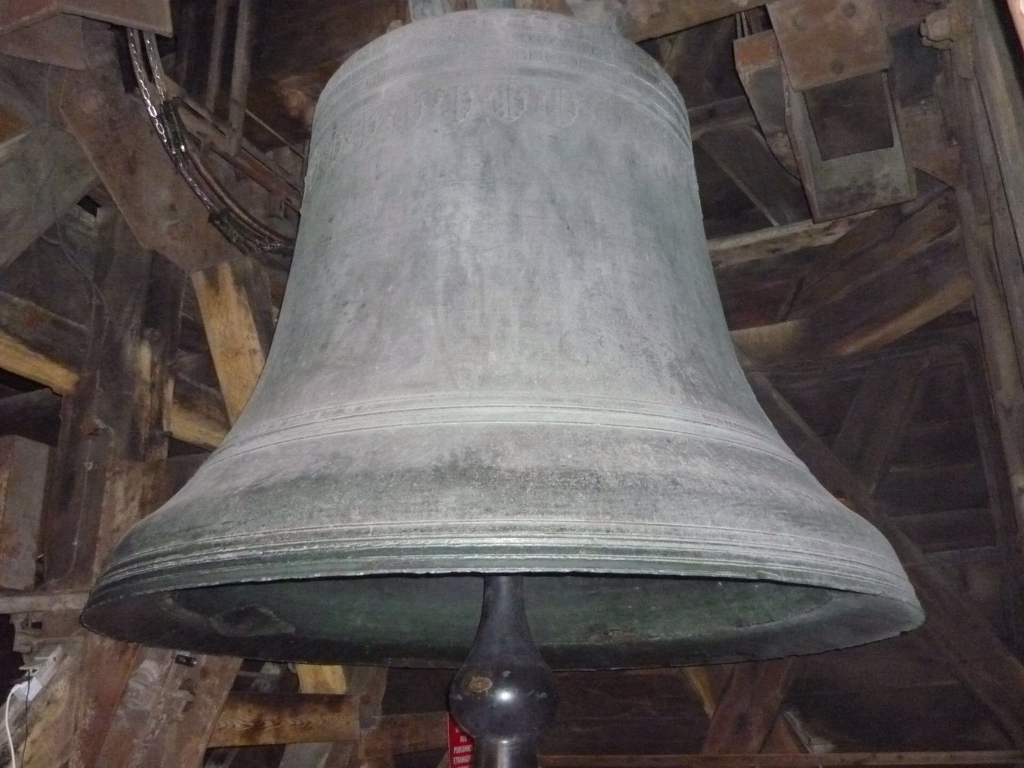
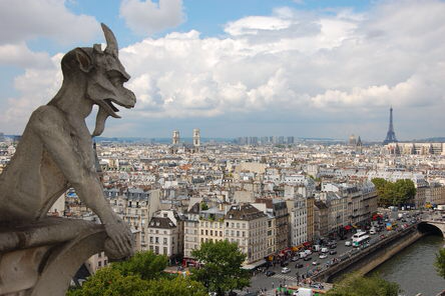
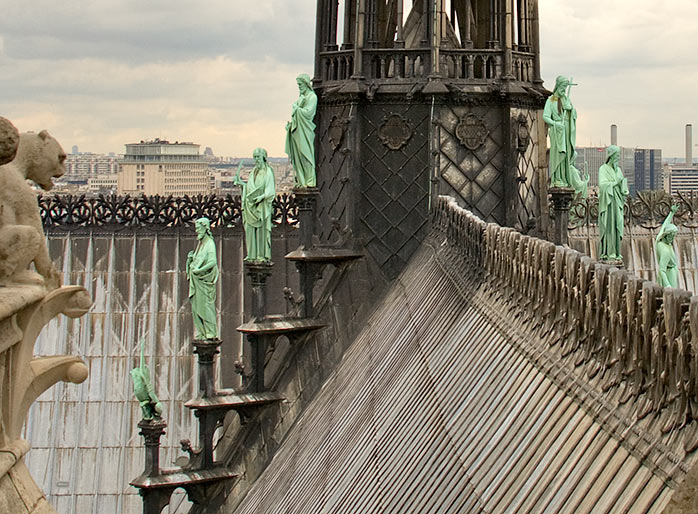
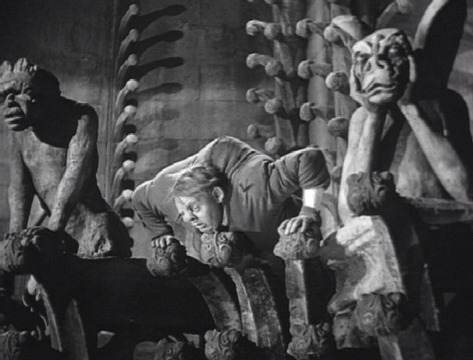

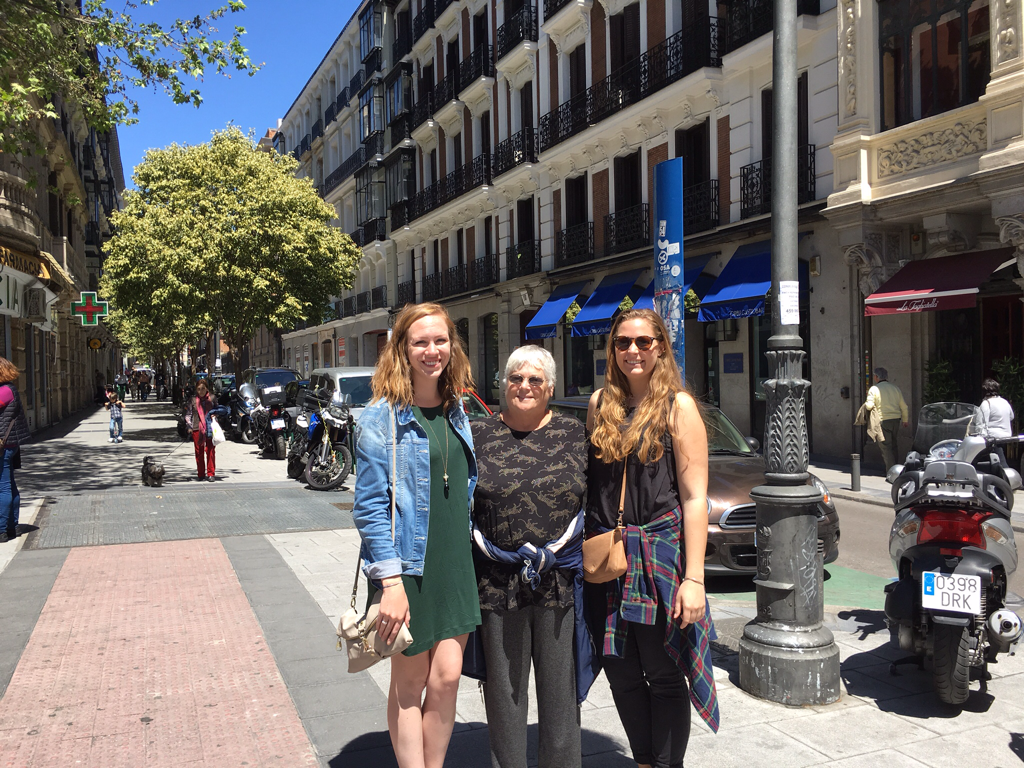
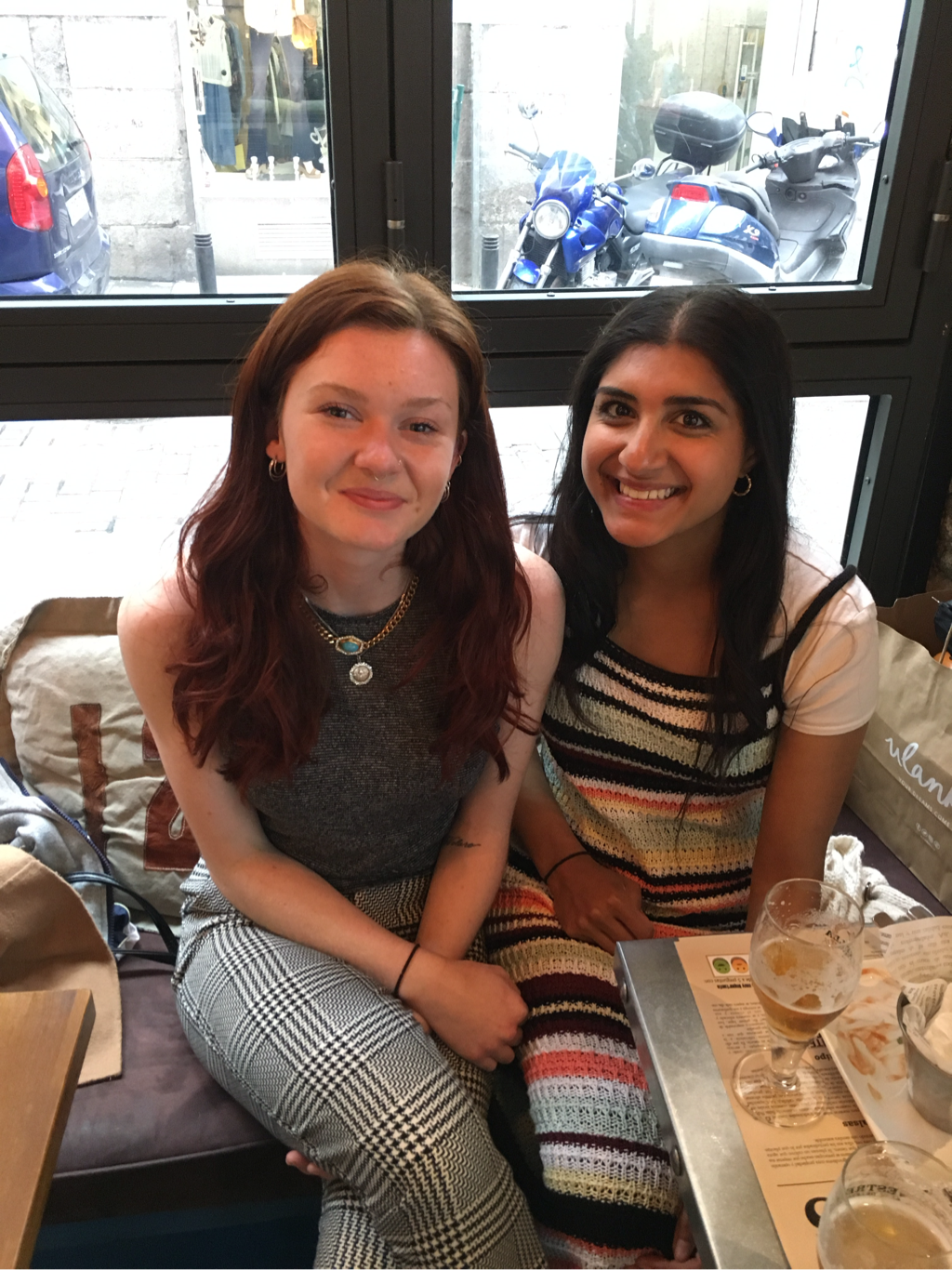
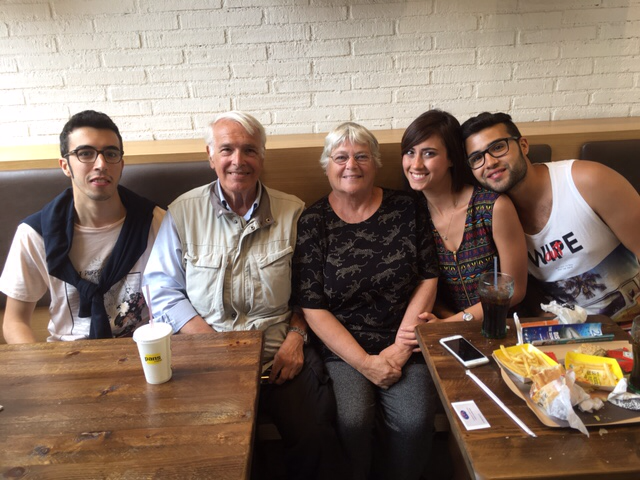
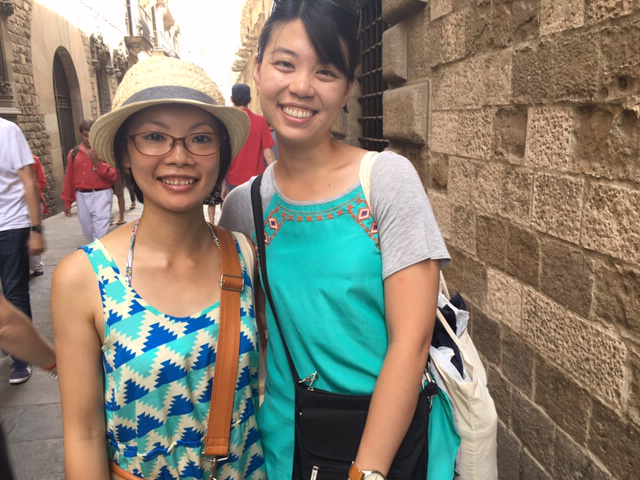
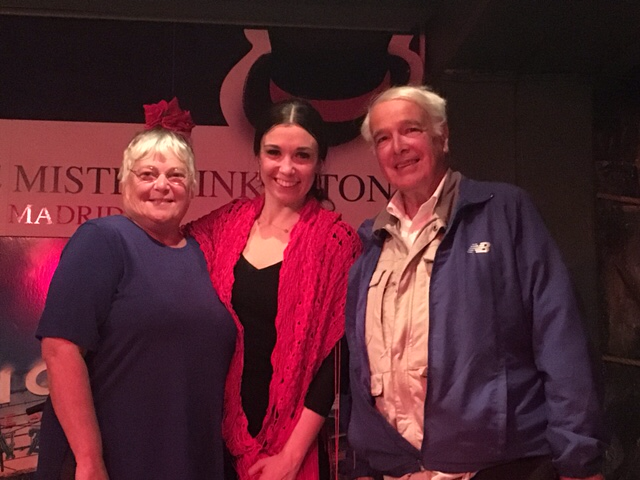
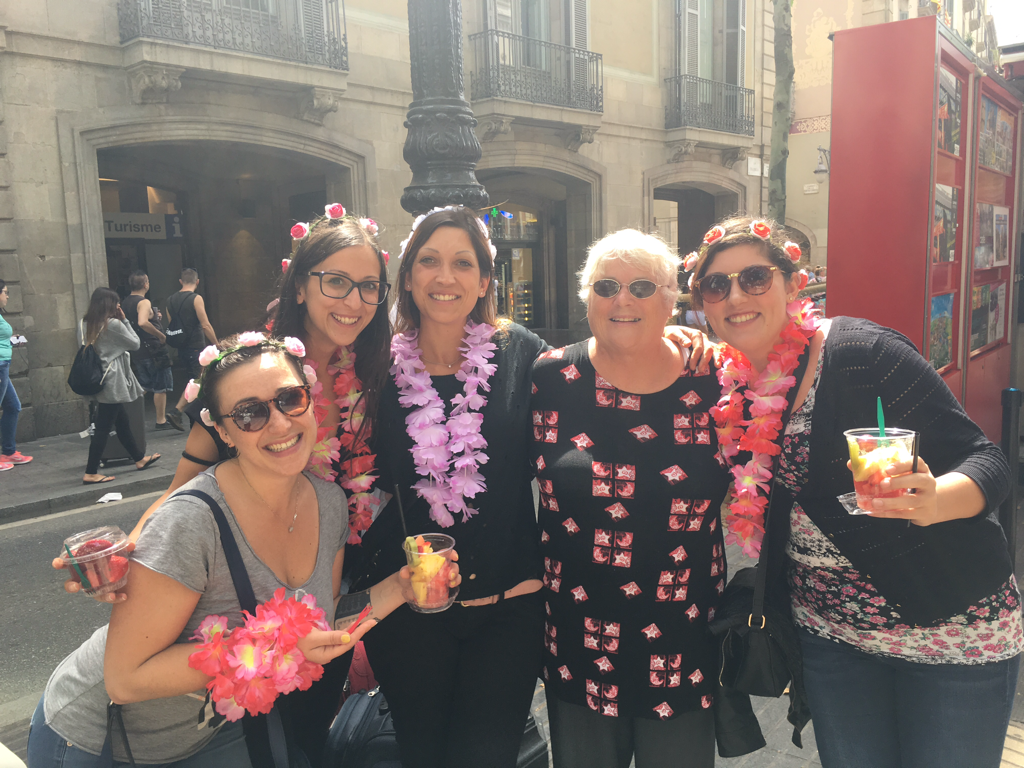
 RSS Feed
RSS Feed
